s t u d i o L A P R I M I T I V E

59 november 2024


s t u d i o L A P R I M I T I V E

59 november 2024

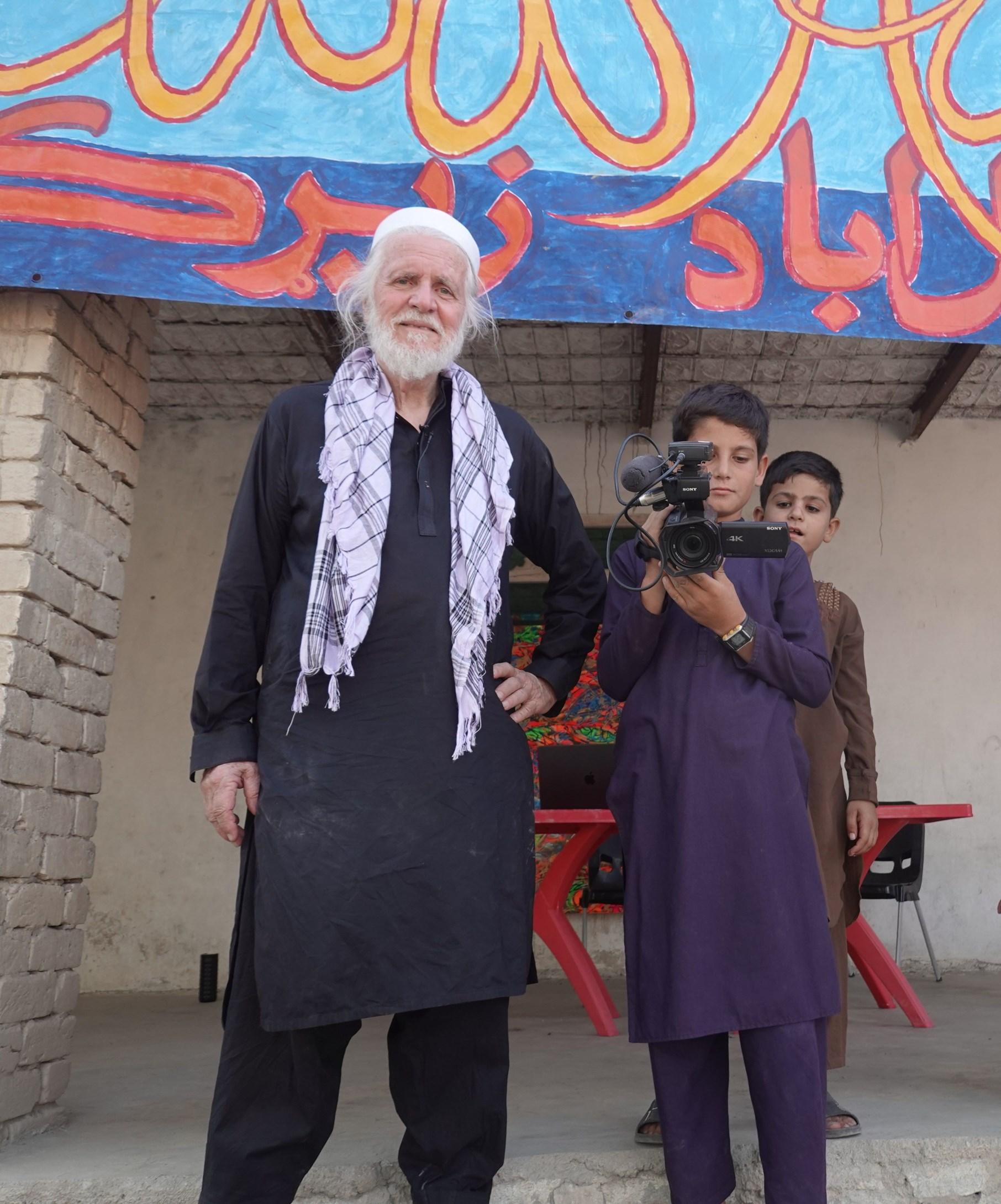
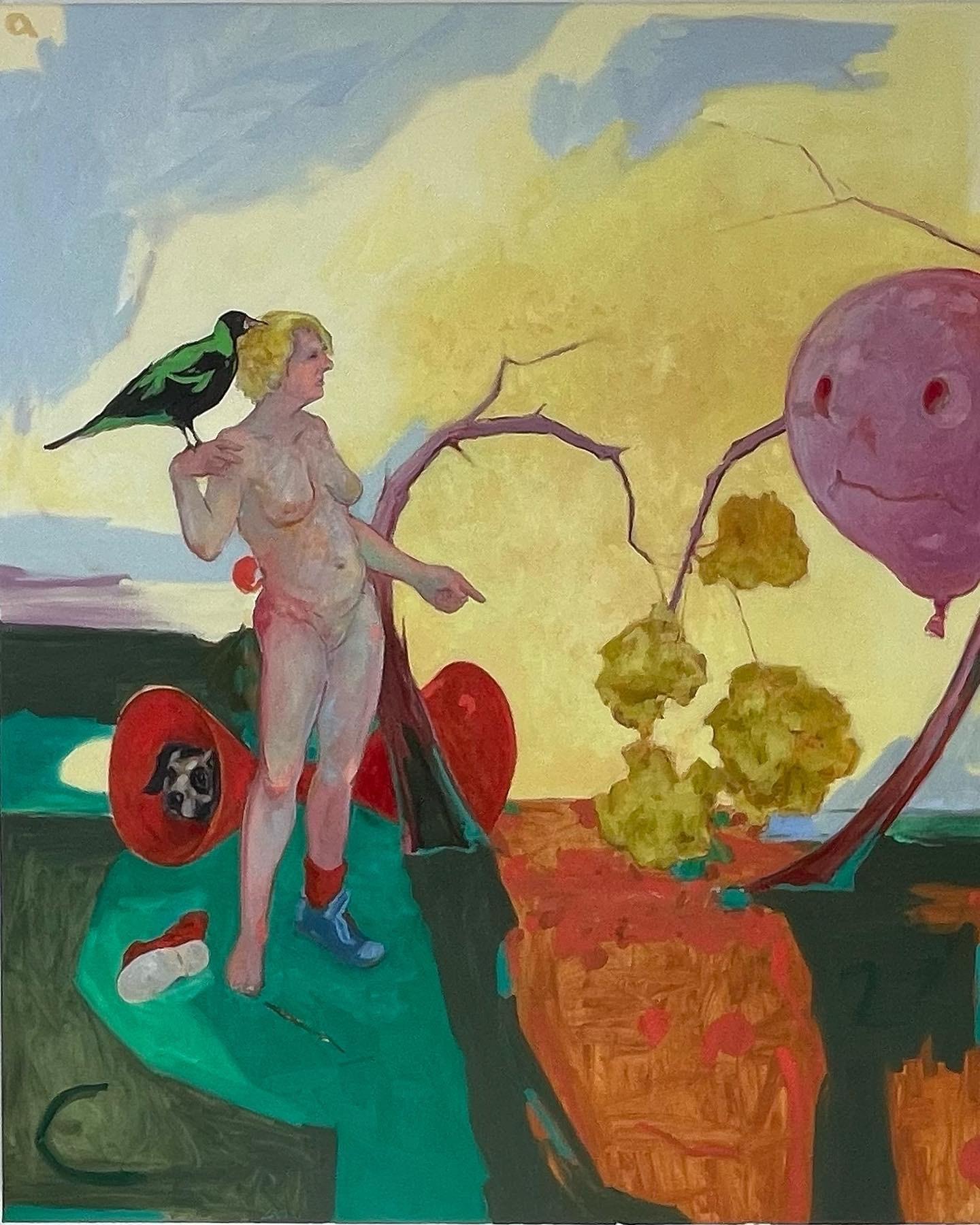


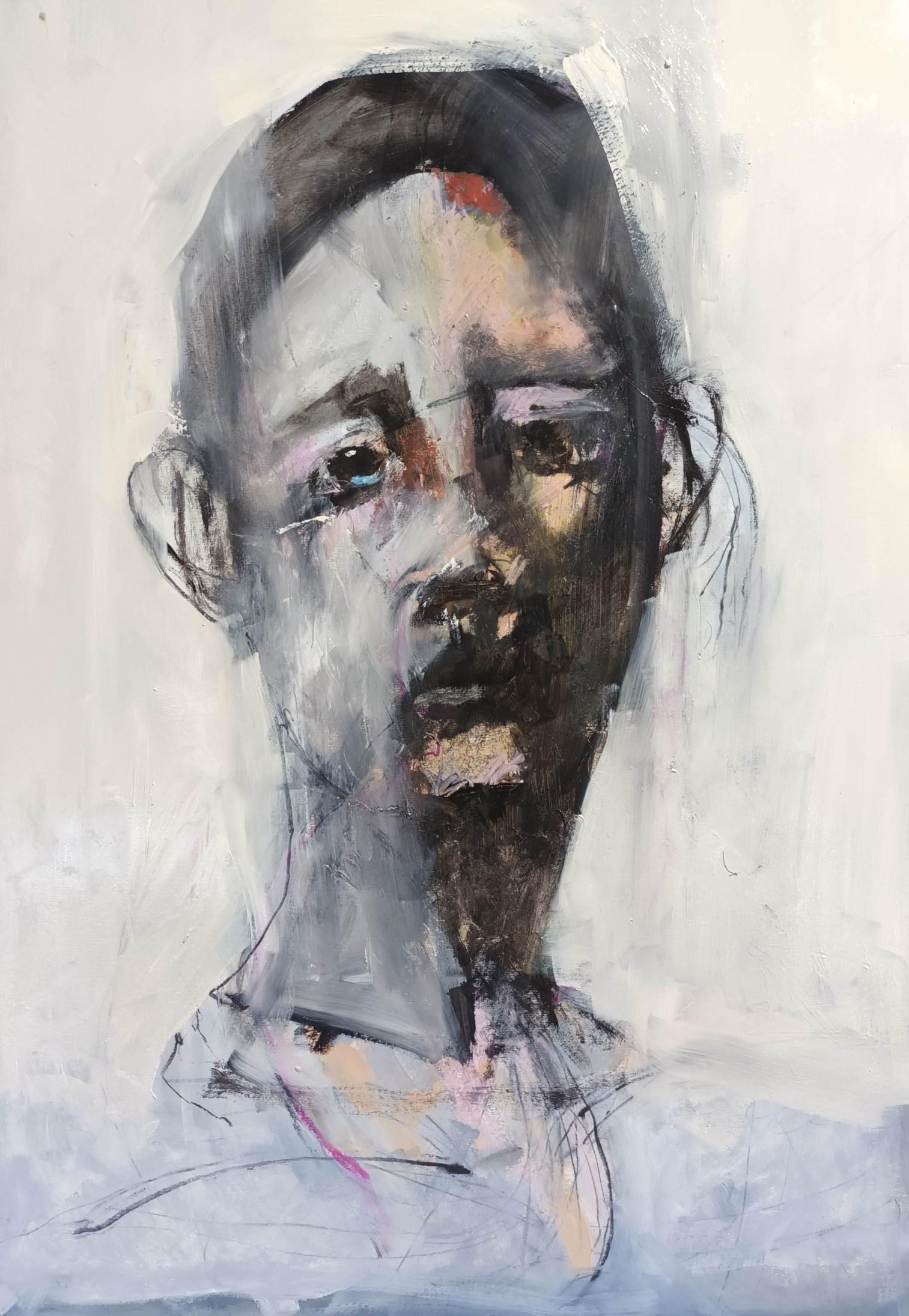

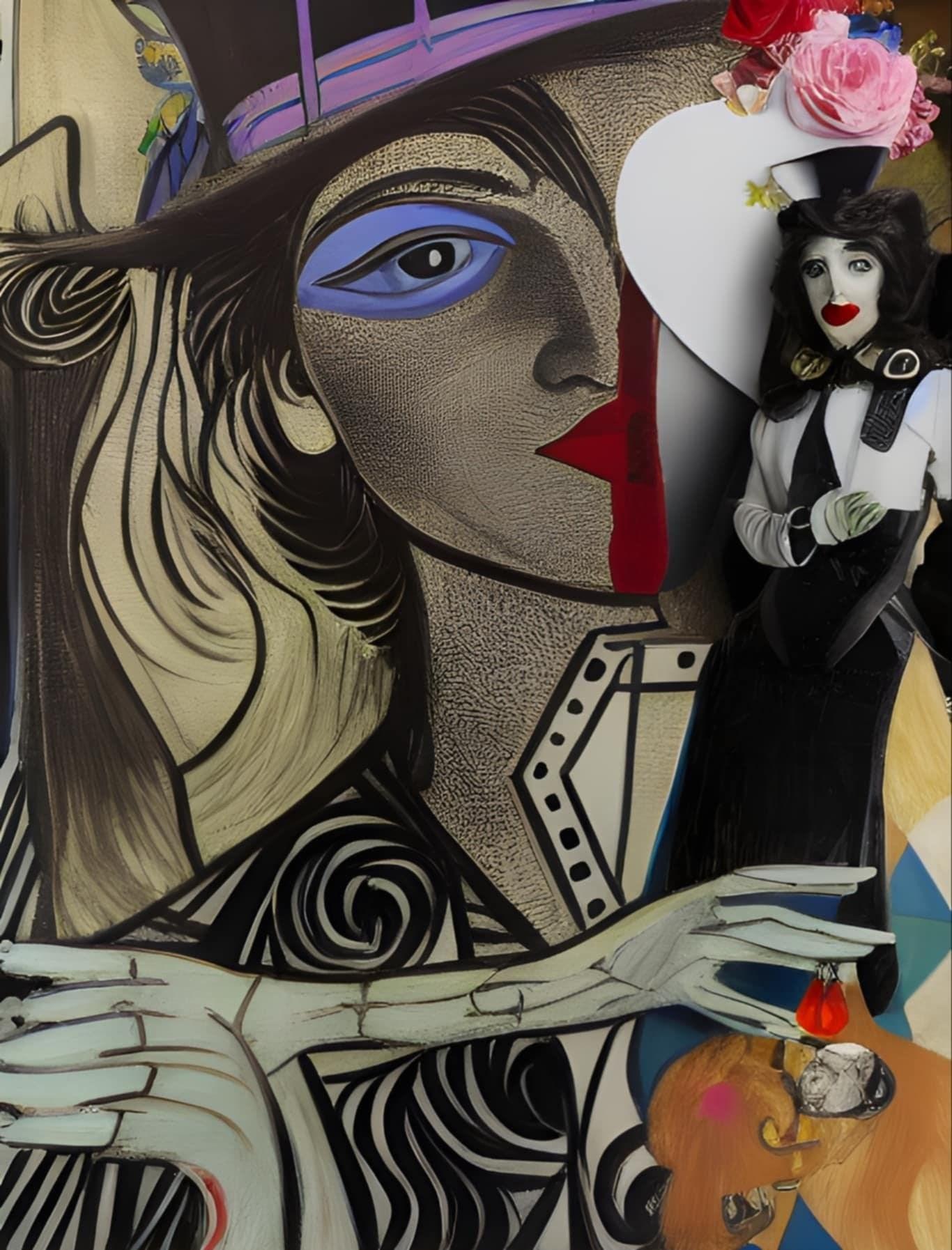
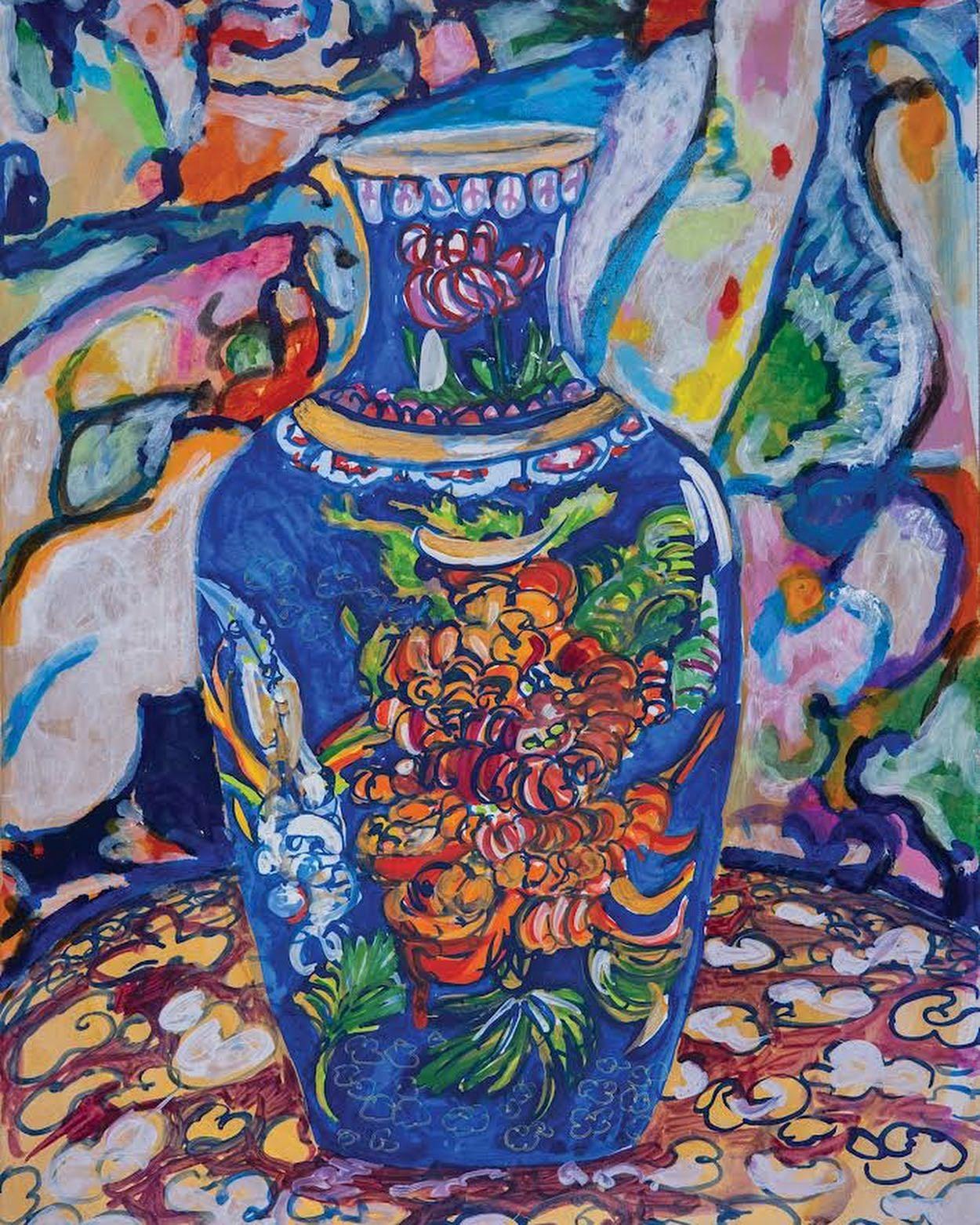
Del Kathryn Barton
George Gittoes
Susie Devenport
Anthony Cahill
Joseph Turrin
Julie Hutchings
Ann Caddey
Gresford Community Gallery
Maggie Hall
SEIGAR
Edmond Thommen
Brad Evans
Reese North
Eric Werkhoven
Robyn Werkhoven
Helene Leane
Arts National Newcastle
Timeless Textiles
Barbara Nanshe
Back to Back Galleries
Straitjacket Gallery
Dungog by Design
Lorraine & Robert Fildes
Studio La Primitive
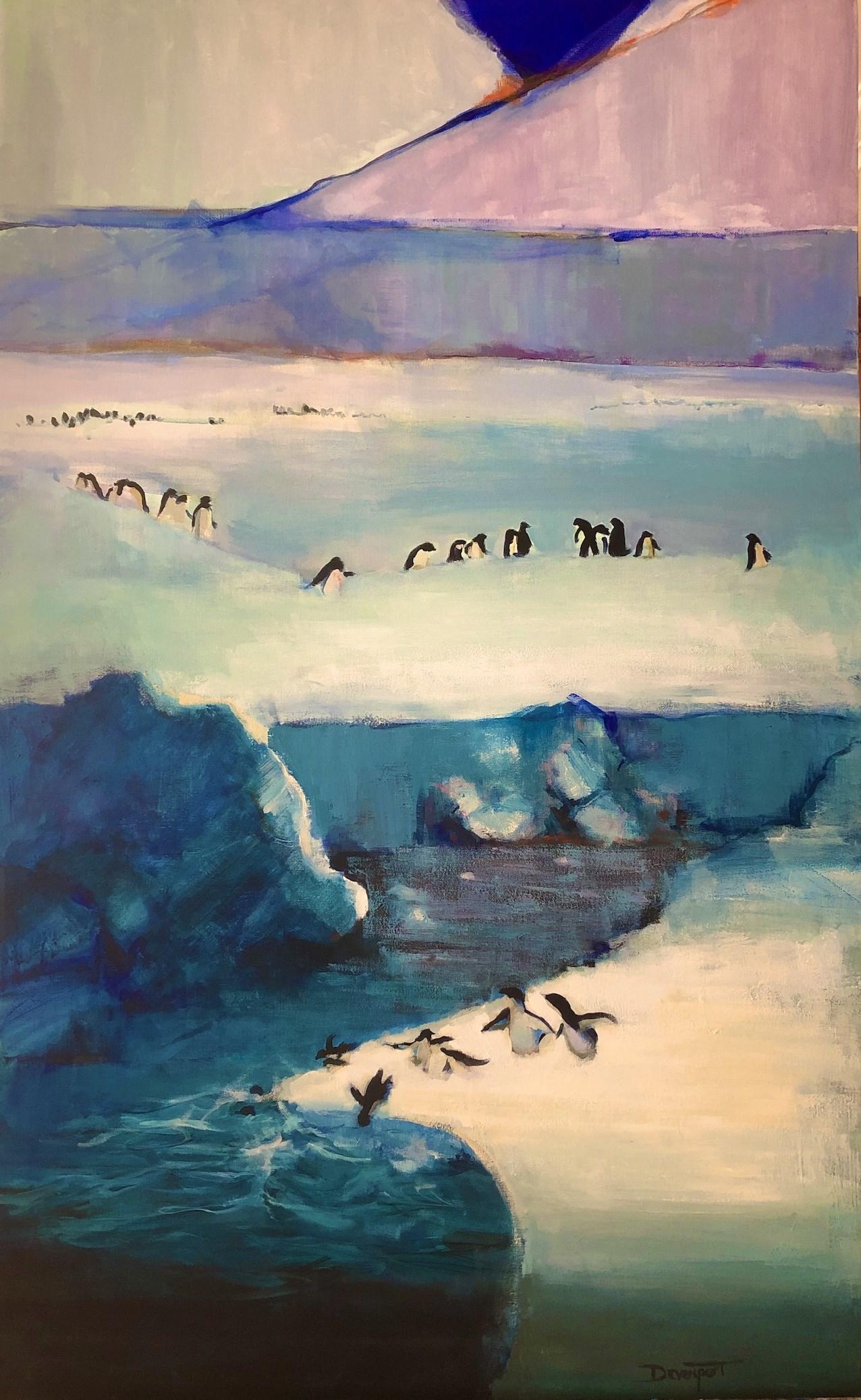
Greetings to ARTS ZINE contributors and readers, this is our November issue 59 for 2024. This is our last magazine for 2024 until we return next March 2025. We would like to wish all our contributors and readers great end of year celebrations and a brilliant New Year 2025.
The November magazine is a big issue with a diverse and amazing line up of artists, photographers and writers.
Del Kathryn Barton is one of Australia’s stellar artists. A multi-disciplinarian artist Barton is best known for her vivacious and highly detailed paintings, depicting people and animals.
Renowned artist, writer and award-winning film maker George Gittoes presents a fascinating article - Time Machine.
Artist Anthony Cahill’s work delves into the world of absurdity, exploring concepts around the representation of the landscape and a human presence.
Based in Sydney Susie Devenport is primarily a figurative painter, who also enjoys getting outdoors and painting landscapes.
Artist Joseph Turrin, works primarily in the medium of clay, drawing inspiration from nature. Turrin’s work extends from utilitarian tableware to unique vessels and sculptural pieces.
Julie Hutchings is a full-time contemporary artist whose passion is drawing. Hutchings has won numerous awards both locally and nationally throughout her career.
Indomitable artist and teacher Ann Caddey lives and works in Newcastle NSW. Caddey writes with enthusiasm about her life, art and the Drawing Room project.
Artist and poet Maggie Hall presents another surreal and unique piece THE PURGE: Another side of Alice.“WISE MEN OF THE WIND ONLY SING TO THE FEY”
International, award-winning Spanish artist and photographer SEIGAR includes a series of photos – Tales of Tenerife South, the Neverending Summer.
We have a follow up article on the new contemporary Gresford Community Gallery in the charming rural village of East Gresford in the Hunter Valley NSW.
Don’t miss out reading new works by resident poets Brad Evans, Reese North, and Eric Werkhoven.
ART NEWS and information on forthcoming art exhibitions.
Submissions welcomed, we would love to have your words and art works in future editions in 2025.
Deadline for articles 15th February for March issue 60, 2025.
Email: werkhovenr@bigpond.com
Regards - your editor Robyn Werkhoven
T U D I O

L A P R I M I T I V E

Del Kathryn Barton is one of Australia’s stellar artists. Born in Sydney in 1972, Barton graduated with a Bachelor of Fine Arts from the College of Fine Arts, University of New South Wales, Sydney, in 1993.
A multi-disciplinarian artist Barton is best known for her exuberant and highly detailed paintings, depicting people and animals. The breadth of her practice includes: drawing, collage, sculpture, textiles and film.
“The paintings explore the symbolic language of femininity, interweaving references to traditional folklore and the cosmos. Barton’s practice is grounded in self-referentiality, drawing from a euphoric, emotional inner world”.
In 2008 and 2013 she won the Archibald Prizes for portraiture presented by the Art Gallery of New South Wales.
In 2015 her animated film Oscar Wilde’s The Nightingale and the Rose won the Film Victoria Erwin Rado Award for Best Australian Short Film.
Red a short film made in 2017 features actor Cate Blanchett and dancer Charmene Yap, in a tale driven by the redback spider's mating instincts.
In 2022 her debut movie Blaze was released. It tells a story about traumatized young girl with a vivid imagination. She was a director and a co-writer of the script.
Barton and Huna Amweero won Best Feature Film - Original for their feature film script Blaze at the 2022 AWGIE Awards. The script won the 2023 Betty Roland Prize for Scriptwriting at the New South Wales Premier's Literary Awards.
Barton’s work is held in major public and private collections in Australia and internationally.
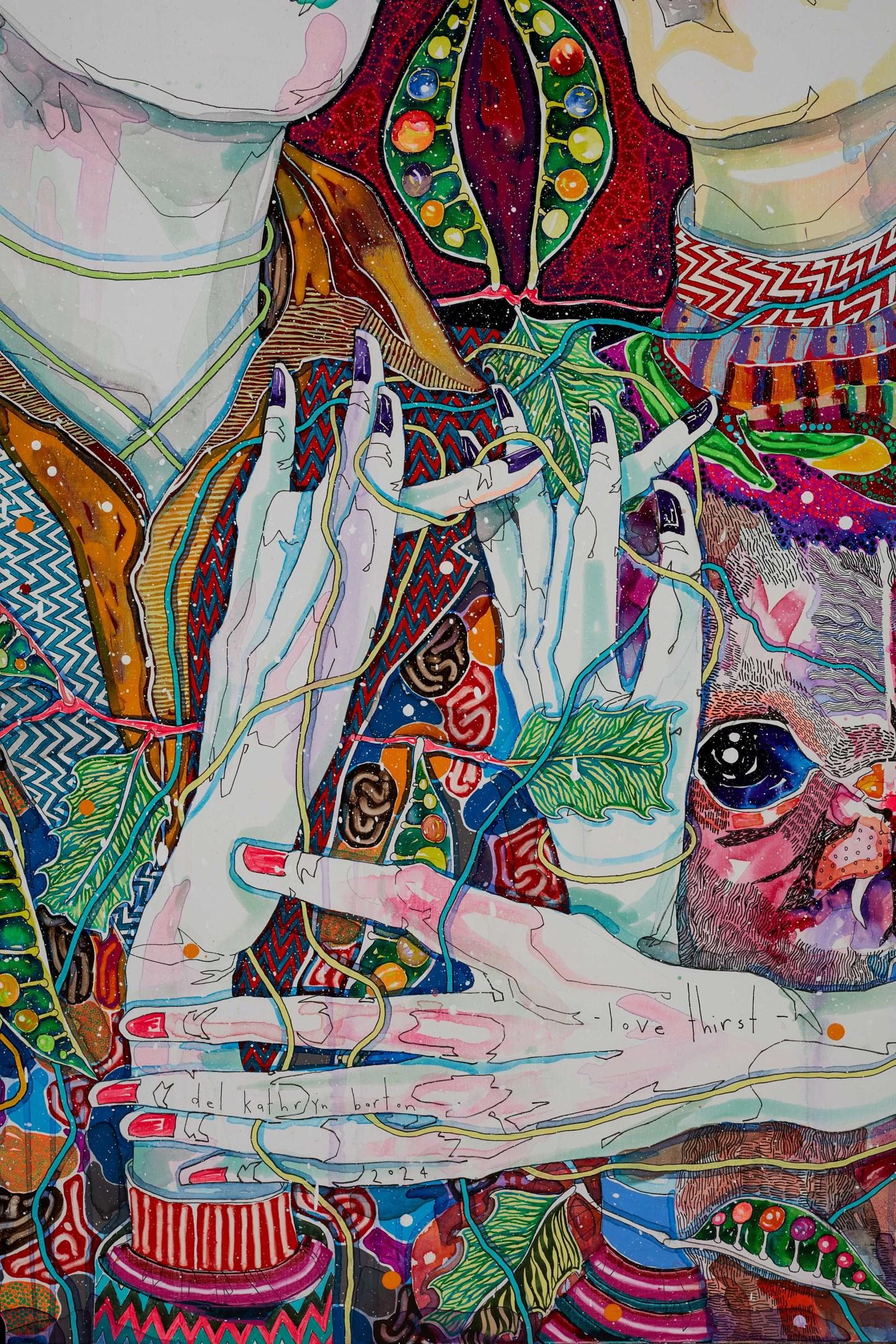
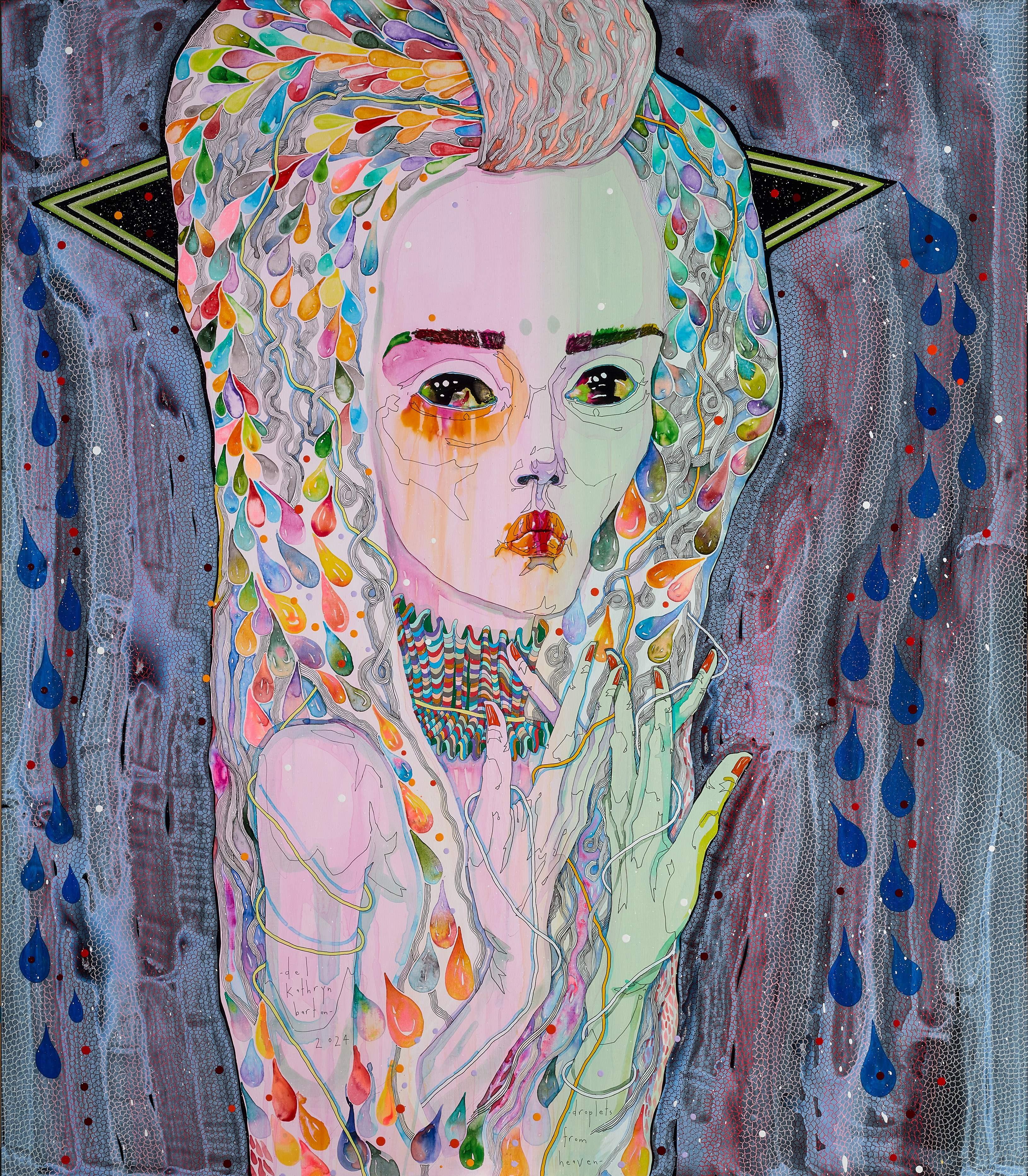
When did your artistic passion begin?
I can’t remember a time pre-ceding my creative passions, so, I guess, from the beginning.
Have you always wanted to be an artist?
An emphatic YES.
Describe your work?
Figurative with a tireless curiosity for and desire to celebrate female protagonists.
What is the philosophy behind your work?
Nothing too defined, but in essence – a complex dance between interpersonal spaces and DISCIPLINE.
Do you have a set method / routine of working?
The idiosyncrasies of my methodologies demand and determine technical procedures and timelines.
And yet I am constantly pivoting to protect ‘flow’ and ‘play’ as the core of my practice.
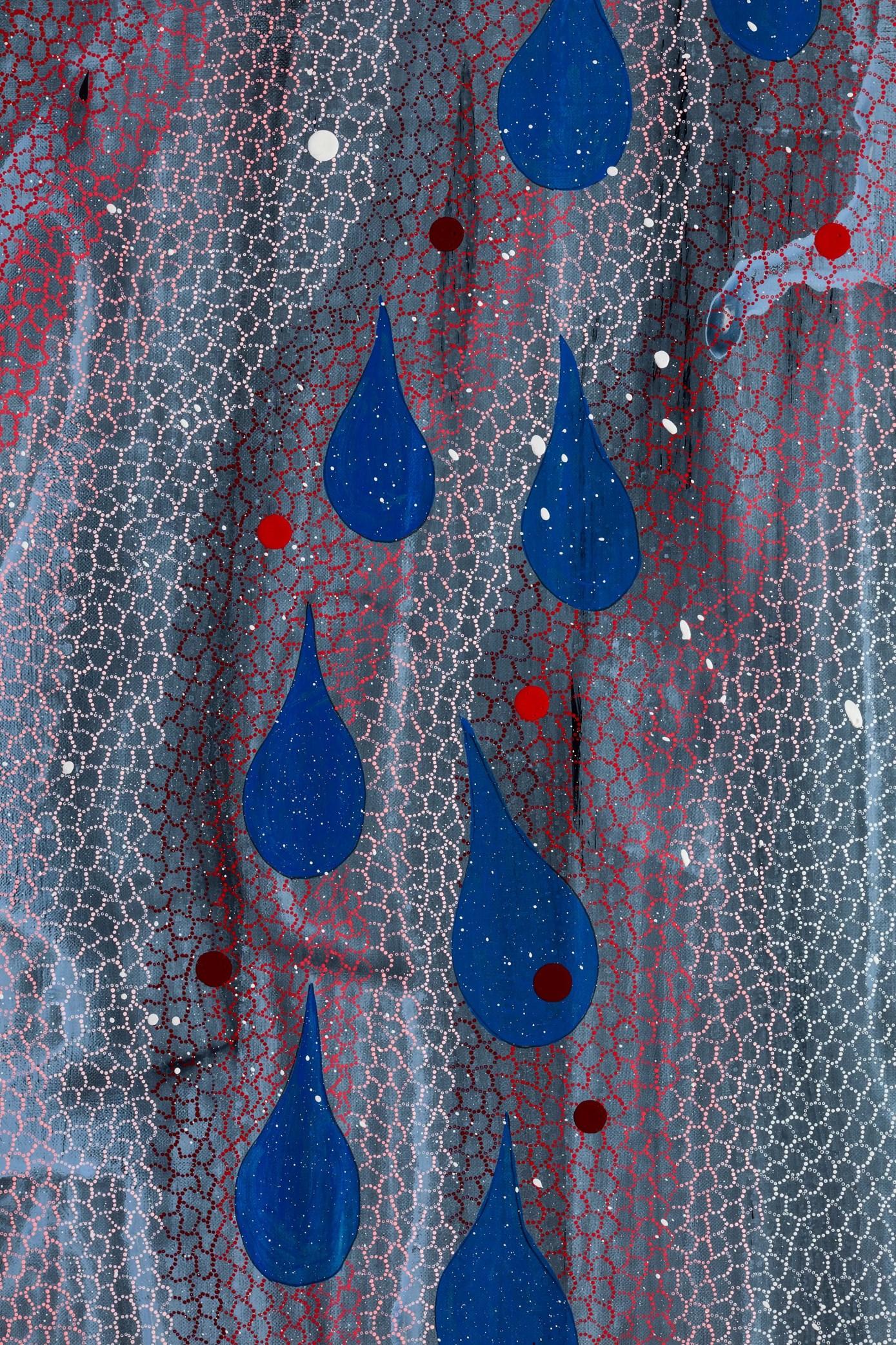
Why do you choose this material / medium to work with?
Choices determining materials and medium evolve over time with both intention and intuition.
There is always a desire to refine the core painting/drawing practice and at the same time extend my aesthetic into new spaces. How important is drawing as an element to your artwork? Drawing remains at the core of my practice.
What inspires your work / creations?
Anything and everything… I am always navigating the challenges of hyper-sensitivity and over-stimulation. What have been the major influences on your work? In essence the experience of inhabiting a female body.
What are some of your favourite artworks and artists?
Art is my religion, so too many to honour properly in this format, my answer would be almost endless…
What are the challenges in becoming an exhibiting artist?
The challenges are manifold and exhausting. One HAS to develop endless resilience to protect the core mystery of the creative act.
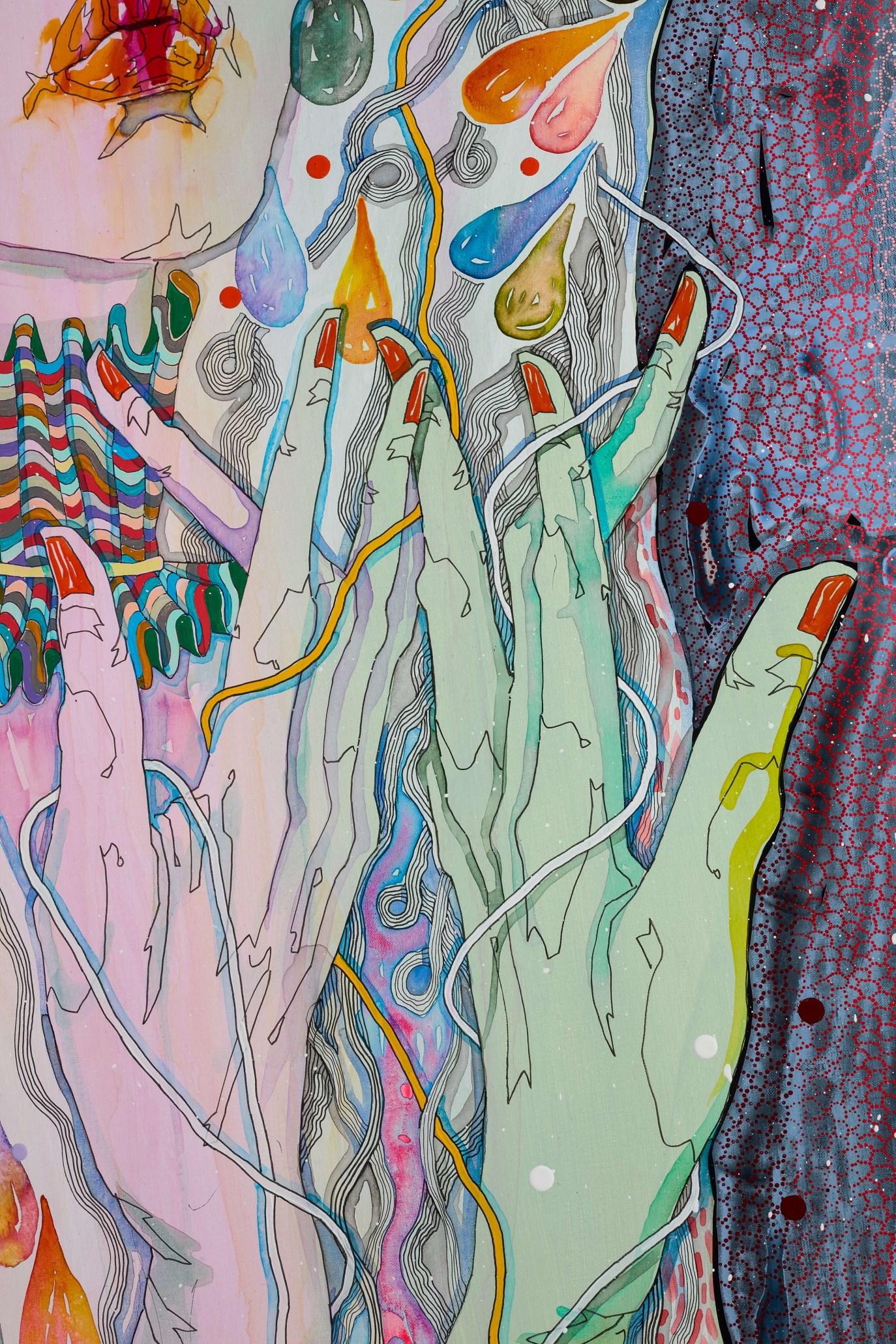
led you to making films, such as Red and then Blaze in 2022?
My passion for films and film-craft. It is an astonishing medium in service to full-sensory narrative outcomes.
What are you working on at present?
2024 continues to be a rich and focussed year in the studio prioritising painting, drawing and sculpture. What do you hope viewers of your art works will feel and take with them?
I hope for the feelings on the edge of feelings… life-giving offerings
Your future aspirations with your art?
To continue to put in long dedicated hours to making
making
making
- Del Kathryn Barton 2024.
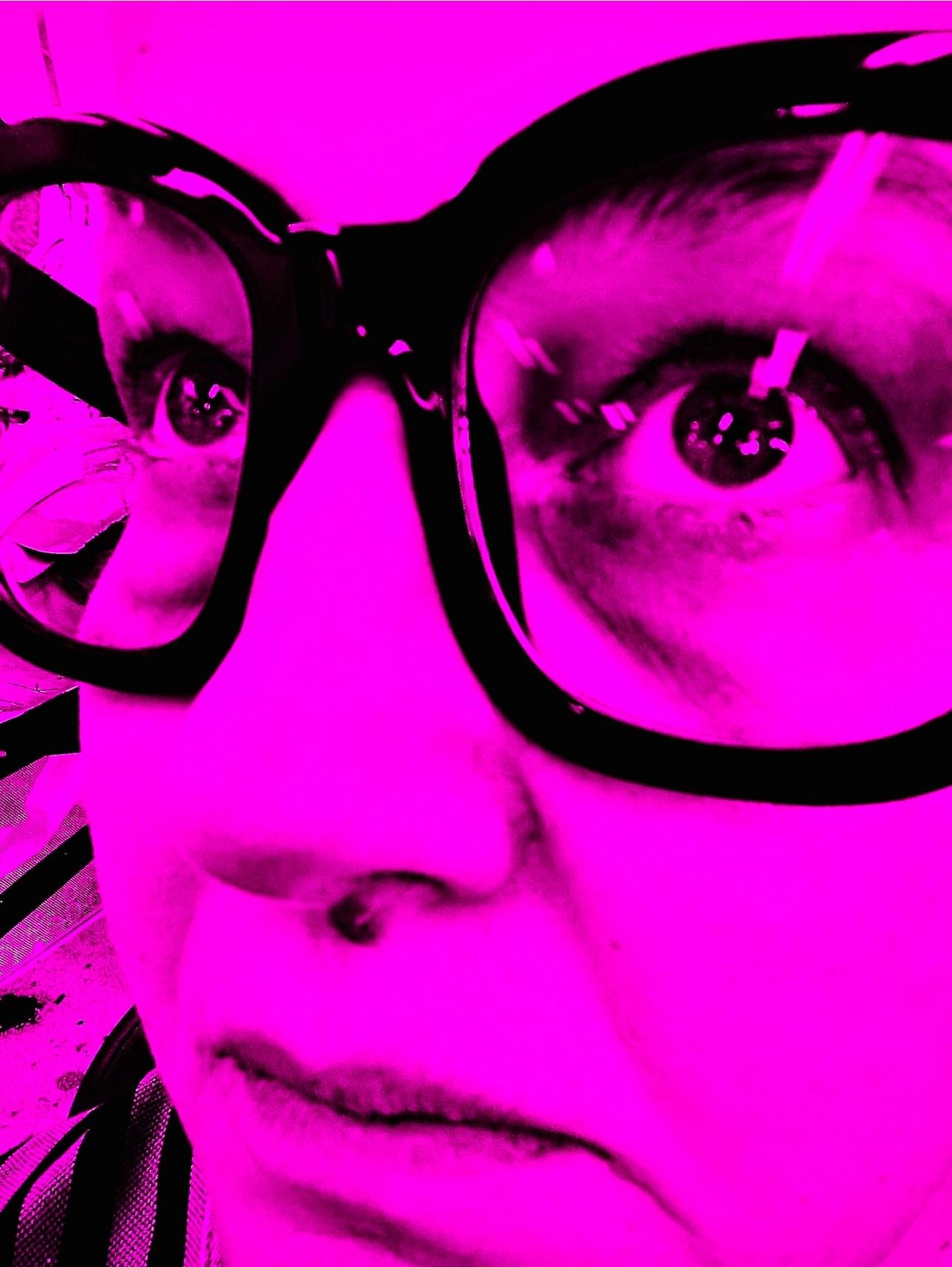
A L L E R Y D E L K A T H R Y N B A R T O N




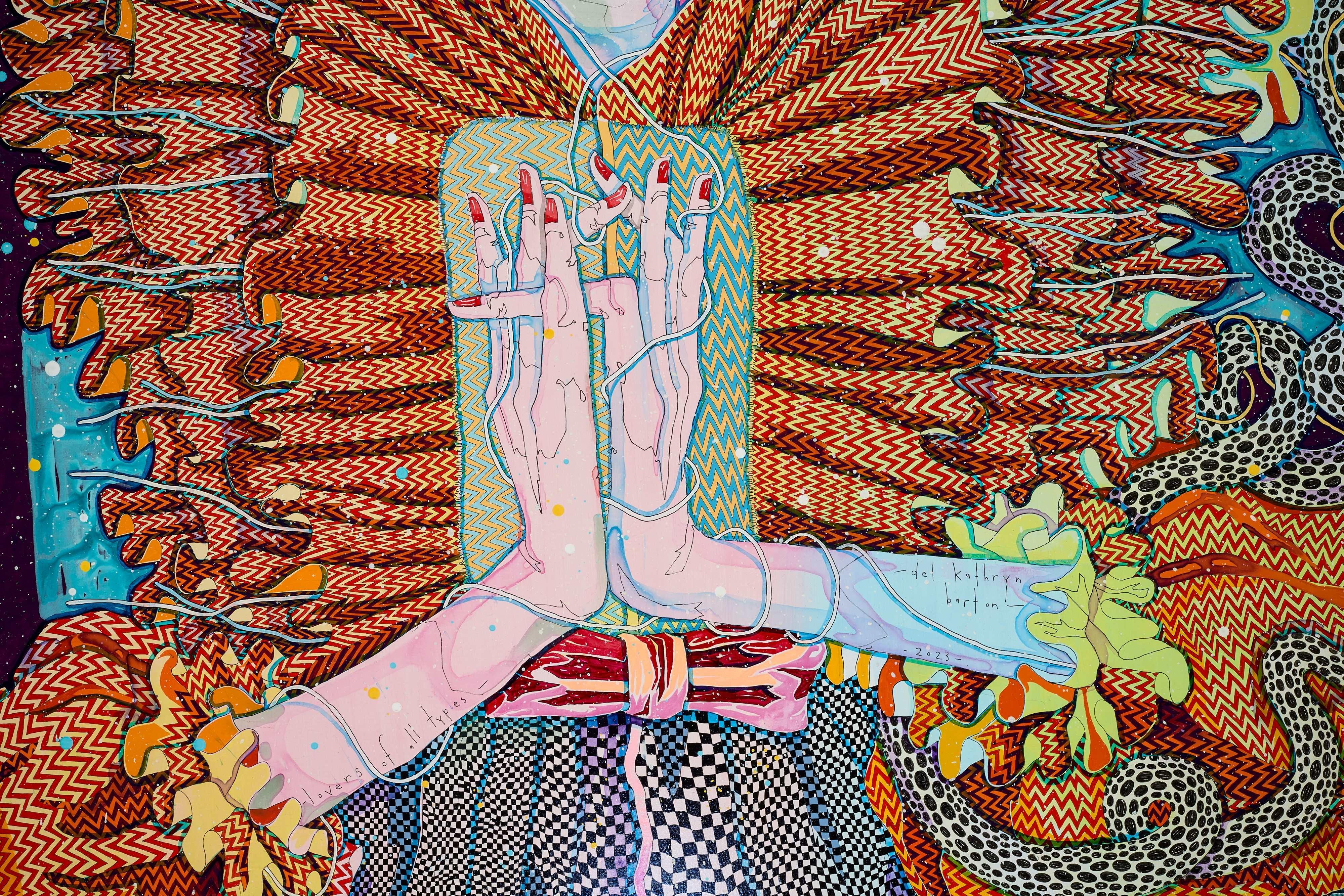
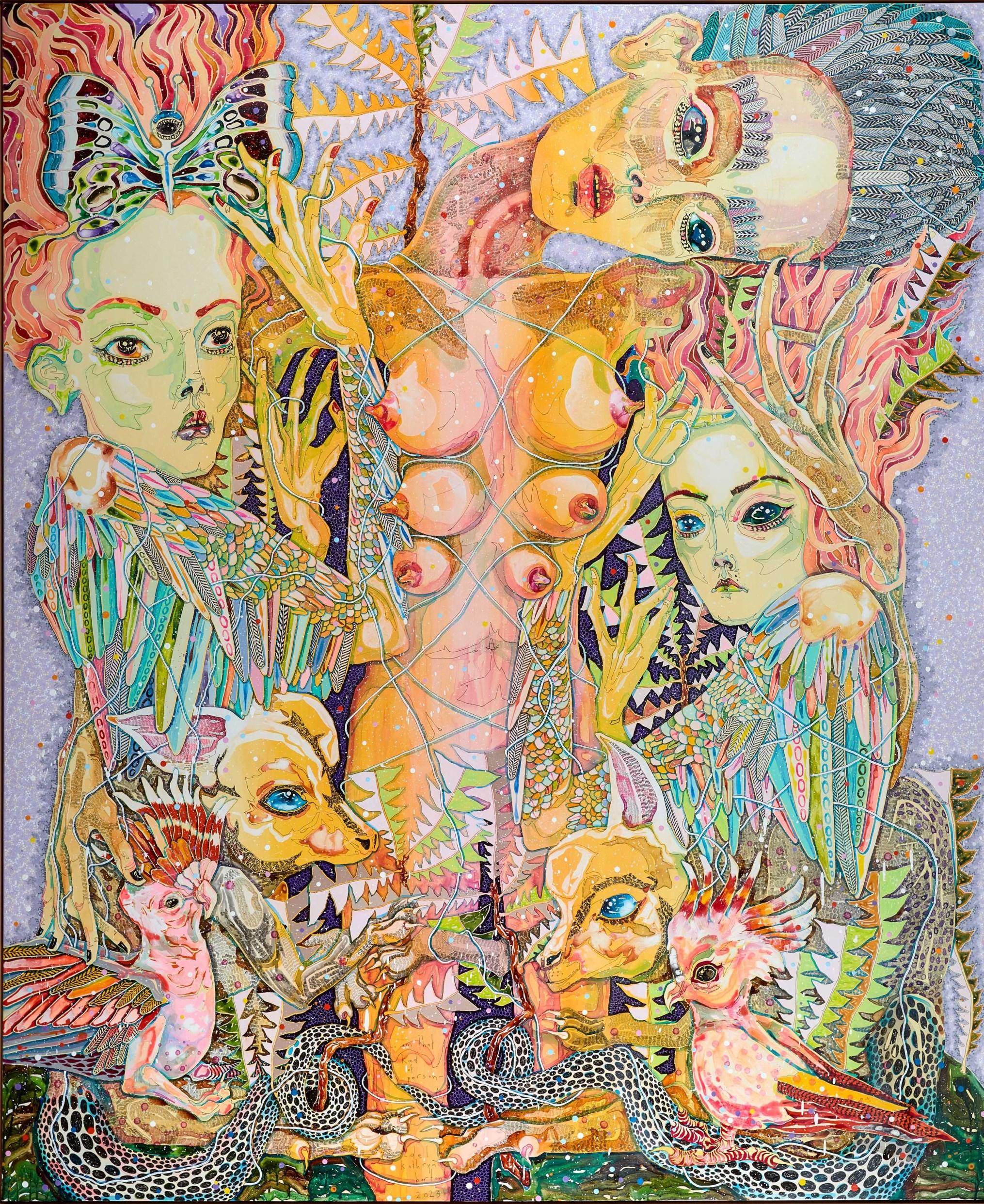

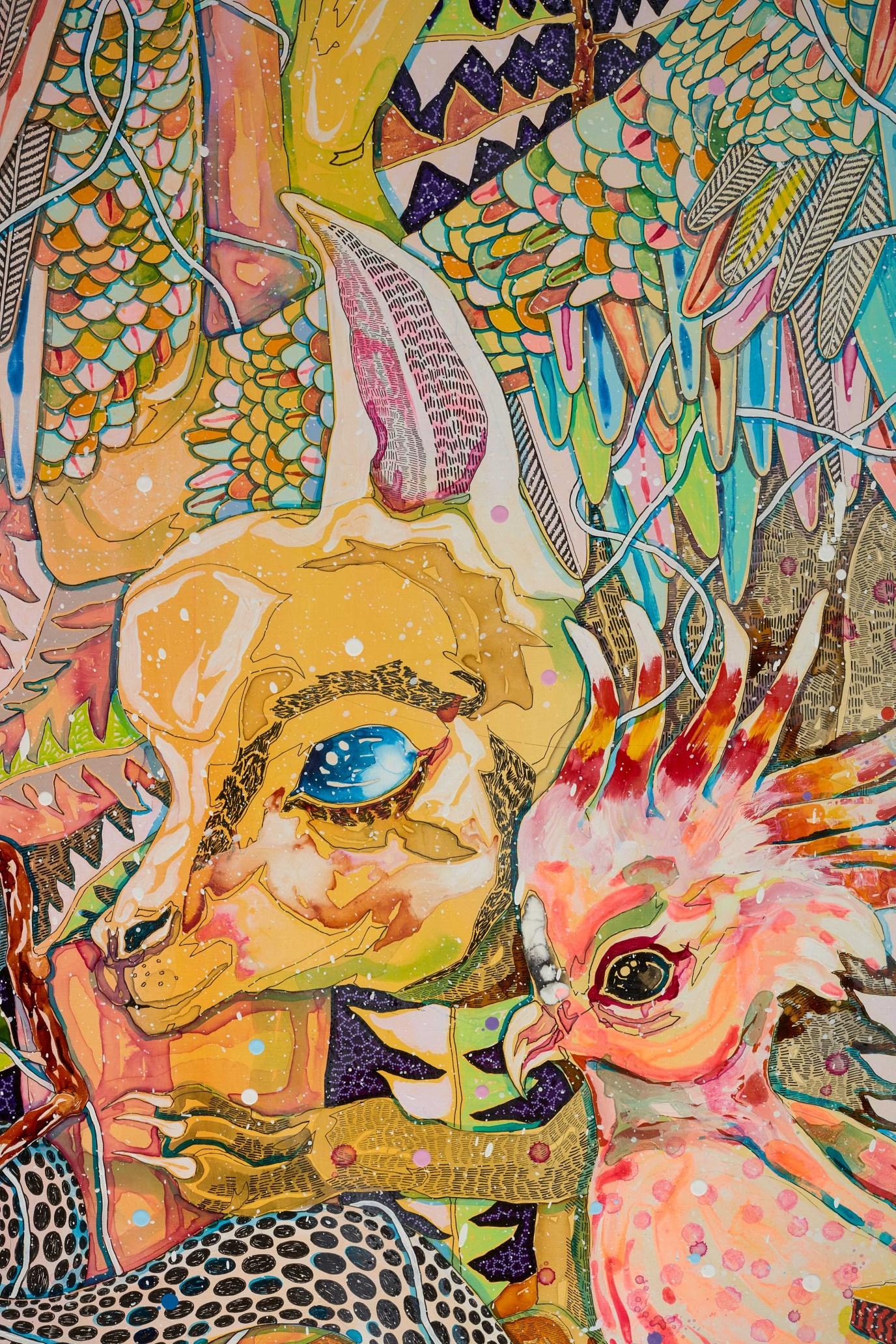

350
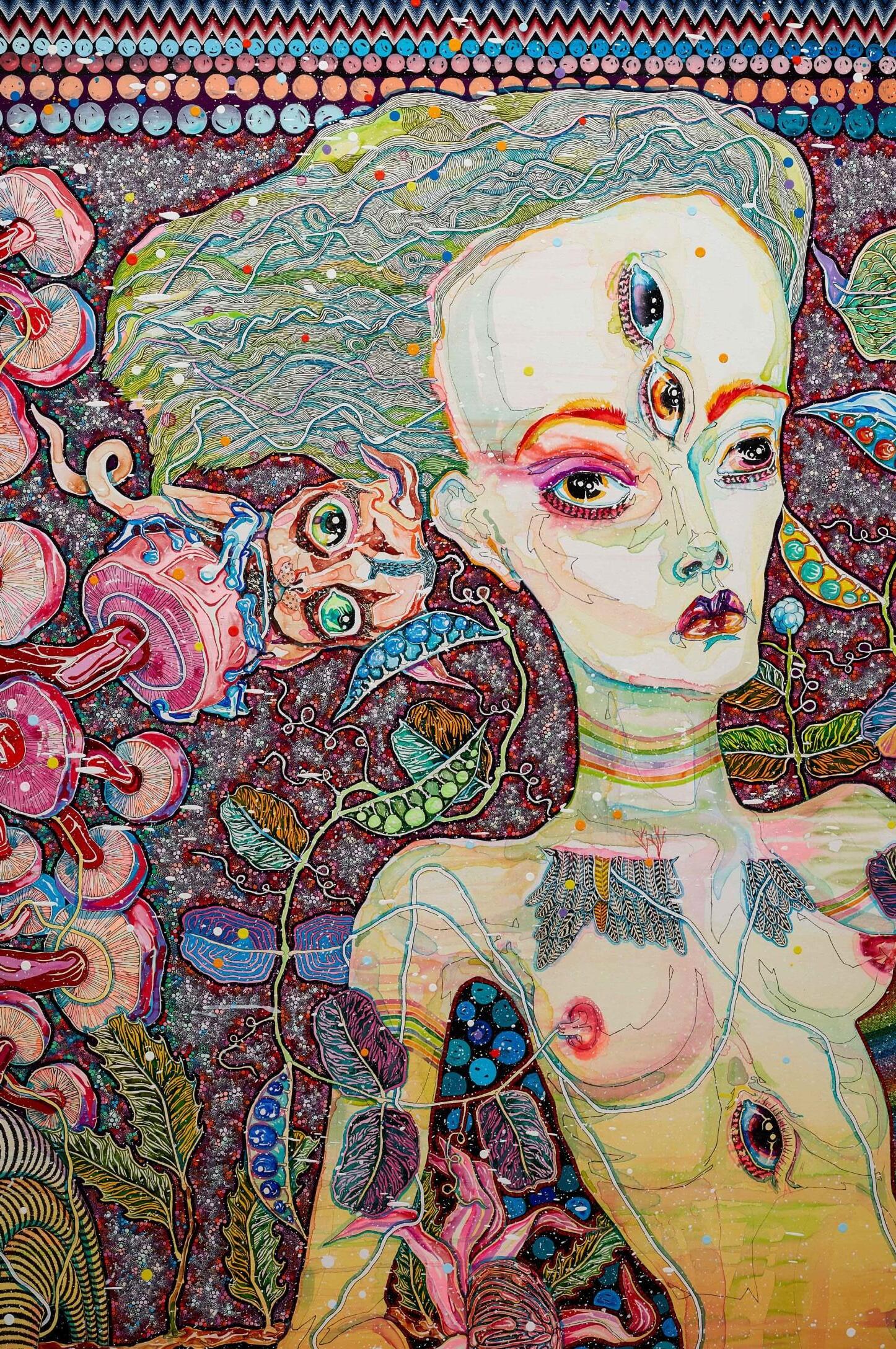
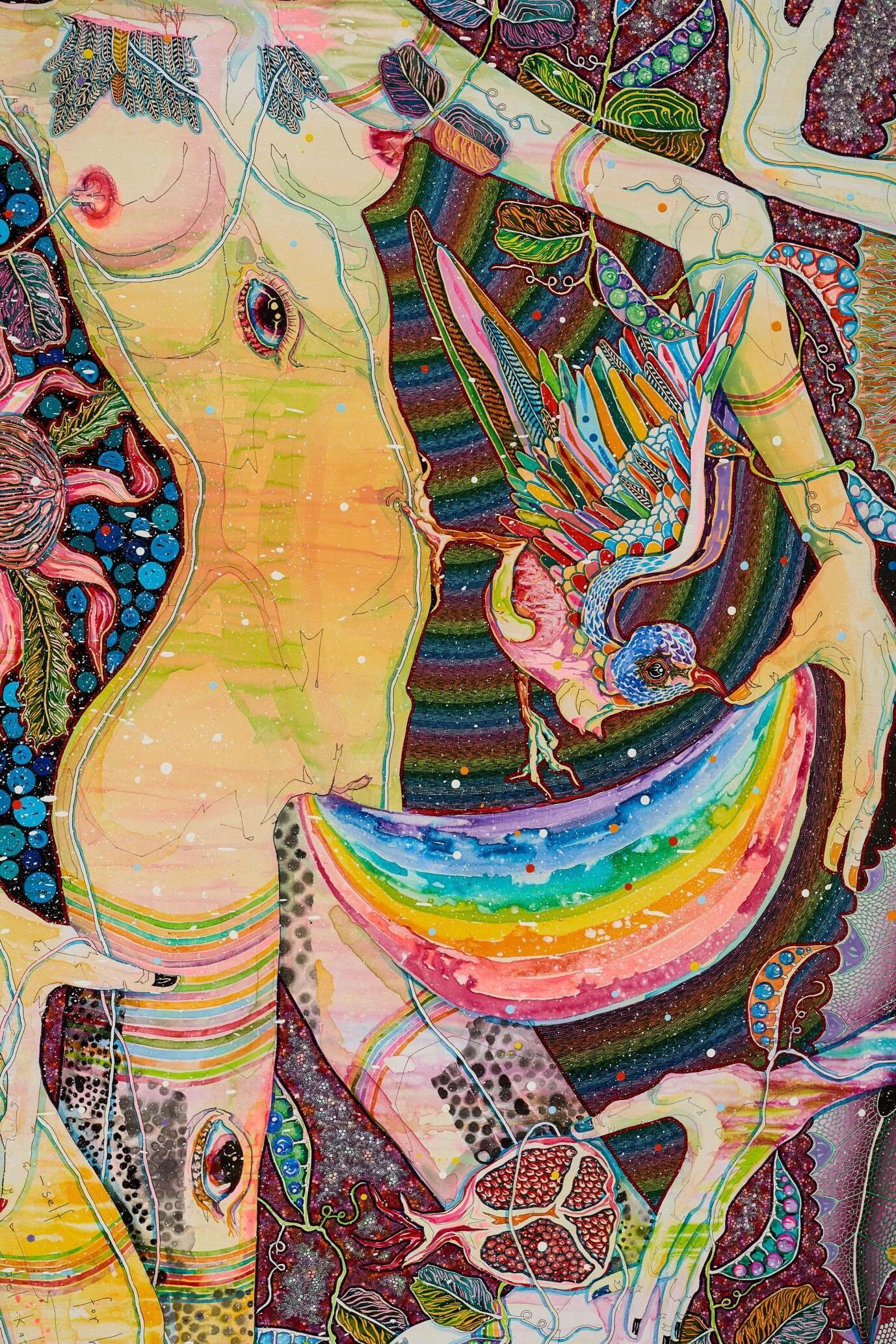

E L K A T H R Y N B A R T O N
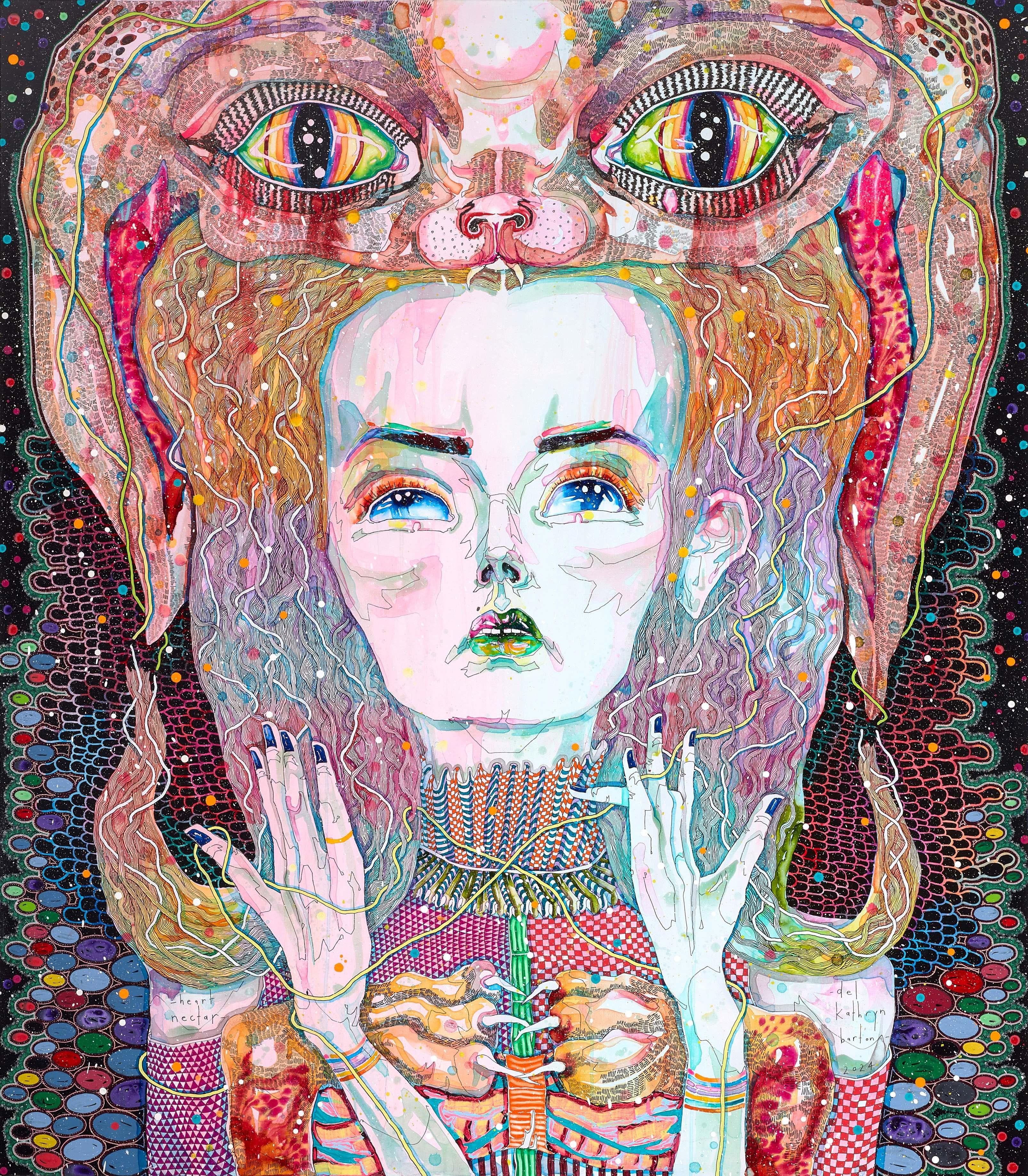

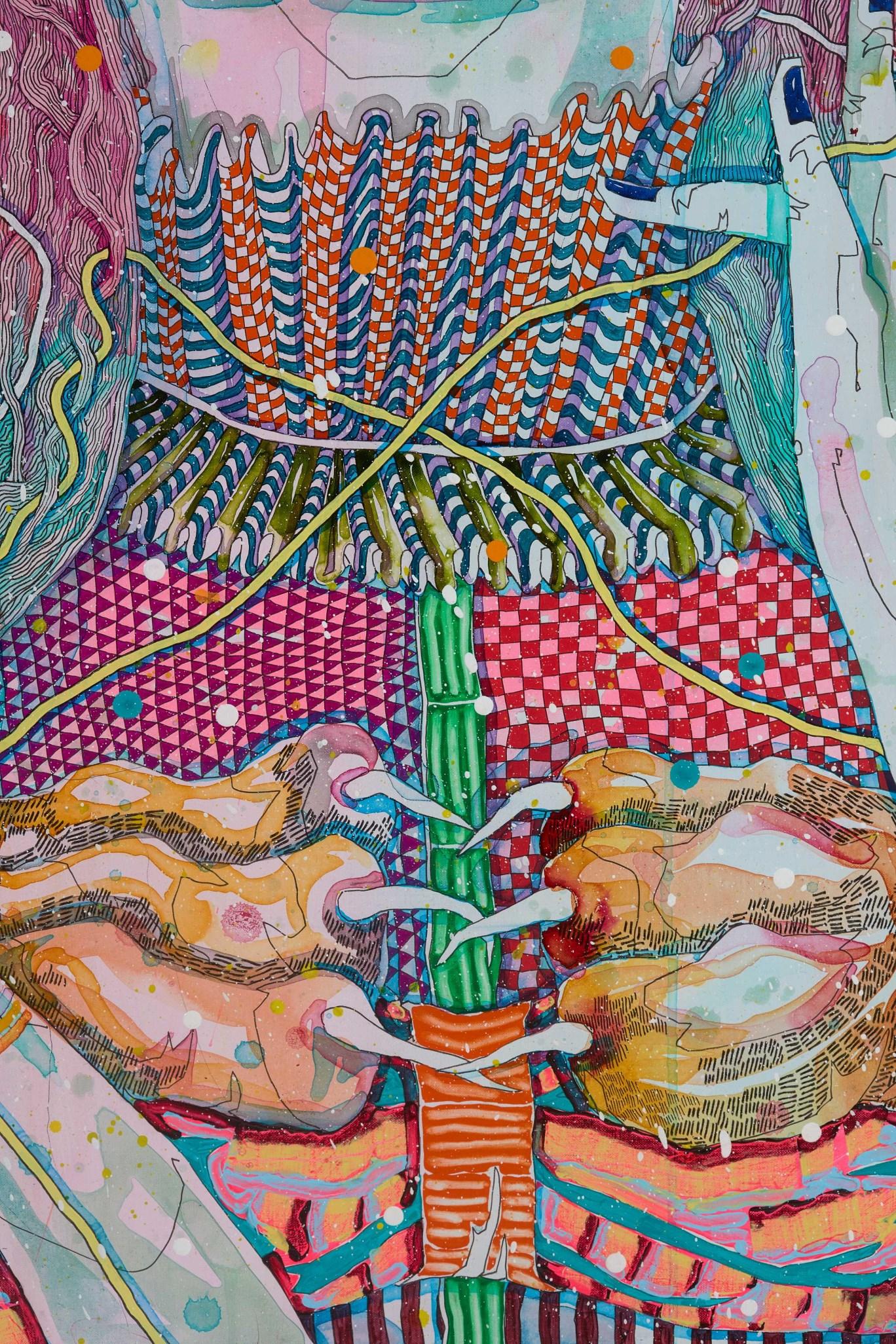
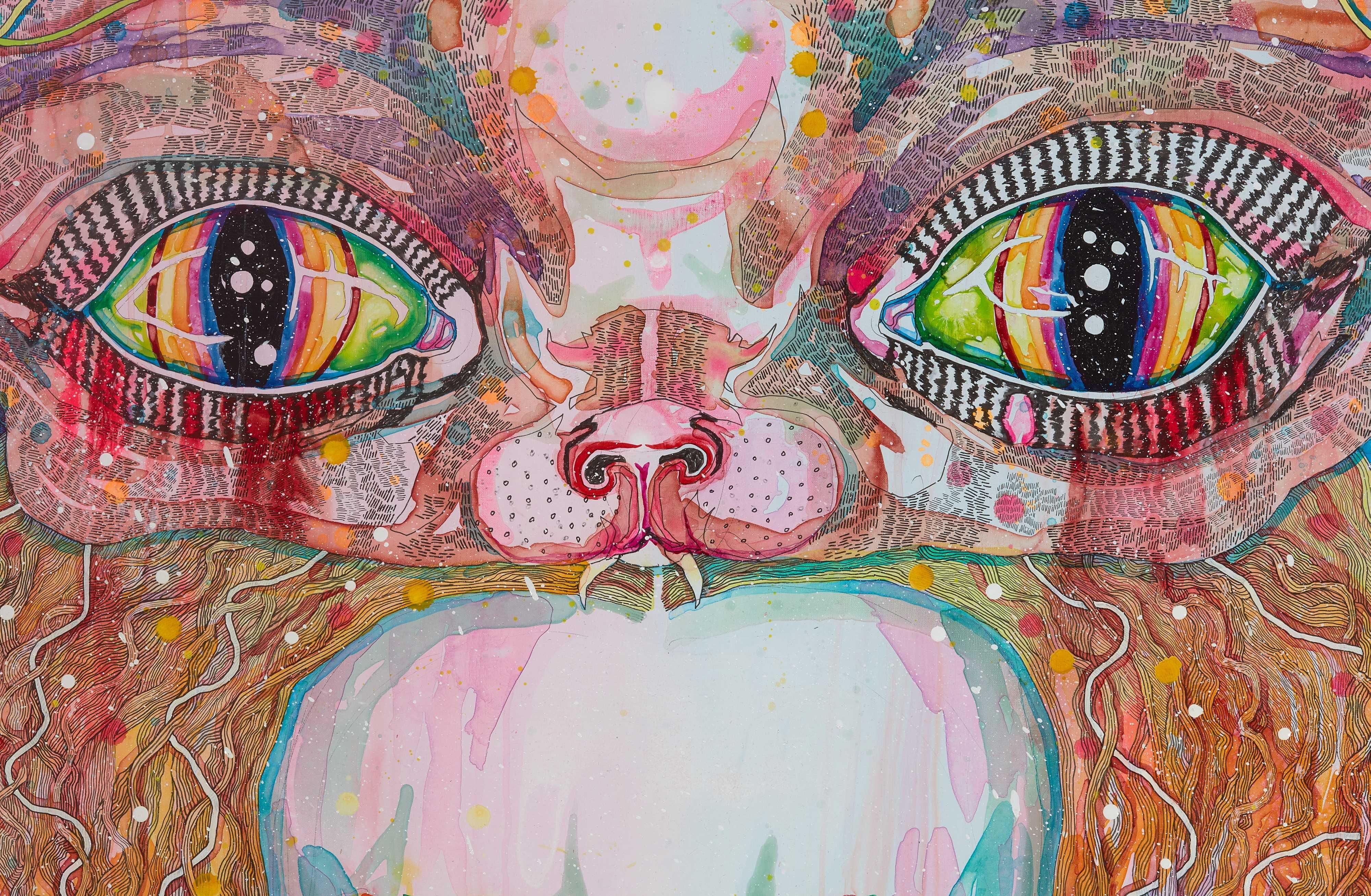
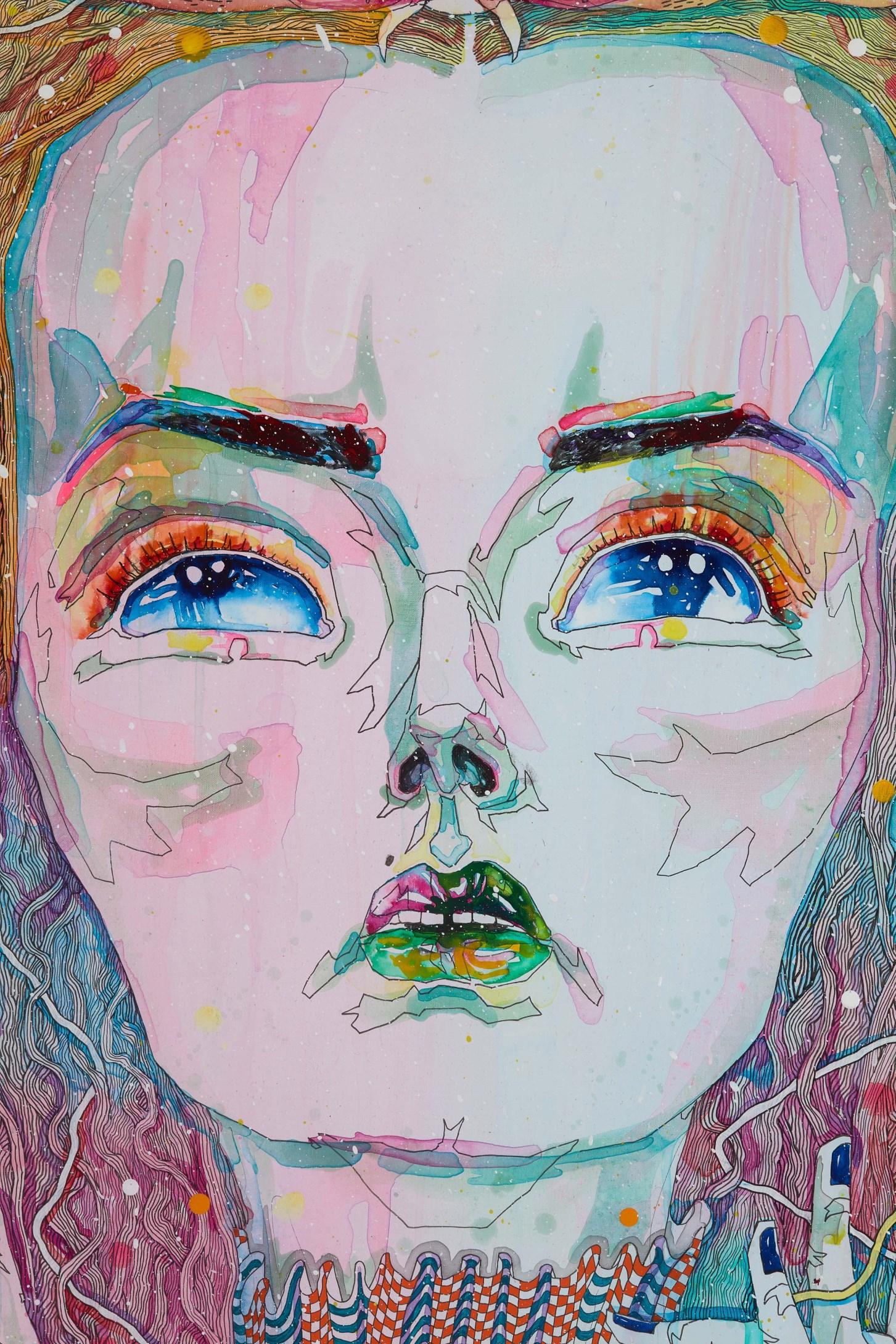
https://www.instagram.com/delkathrynbarton/ https://www.roslynoxley9.com.au/artist/del-kathryn-barton
Contravene with the outcome disclosed
Another act hard to follow, another perfect picture book.
It is like that, and it isn’t, quite as complicated, as in knowing our way around it and spin a yarn to get ahead of ourselves.
We retain the right to get back there, and many are coming and going.
Double standards are issuing forth on these seasonal platforms, and yet there is no way we can run that fast, or slow enough to catch our breath, for peace to come back from its unfathomable journey.
Always in addition to something else that needs to be replaced, upgraded.
Booted in, on the floor of mosaic scenes, and the world’s most wonderous love stories across the widening screen of millions of lenses.
Roll on to Woodstock, to all the Deltas where the rivers meet the sea, and you will find many more mouths to feed, with sumptuous morsels from your own plate.
- Eric Werkhoven © 2024.
The day thereafter, sent us hurrying.
In slow motion back to the origin of time, and the construct of each thought, ambles along.
Between two platforms we slipped and fell through the gap, and found ourselves strapped up in bed.
Herald to the moment to be waited upon, regressing into a small child wanting its mother.
The sunny side up, walking through the door.
To feed the birds in the park, swooping from the trees across the road.
Such precision at the landing to get home to this book full of analogies.
Stipend for all the time and effort.
Signatures decoded into, an apple a day.
- Eric Werkhoven © 2024.
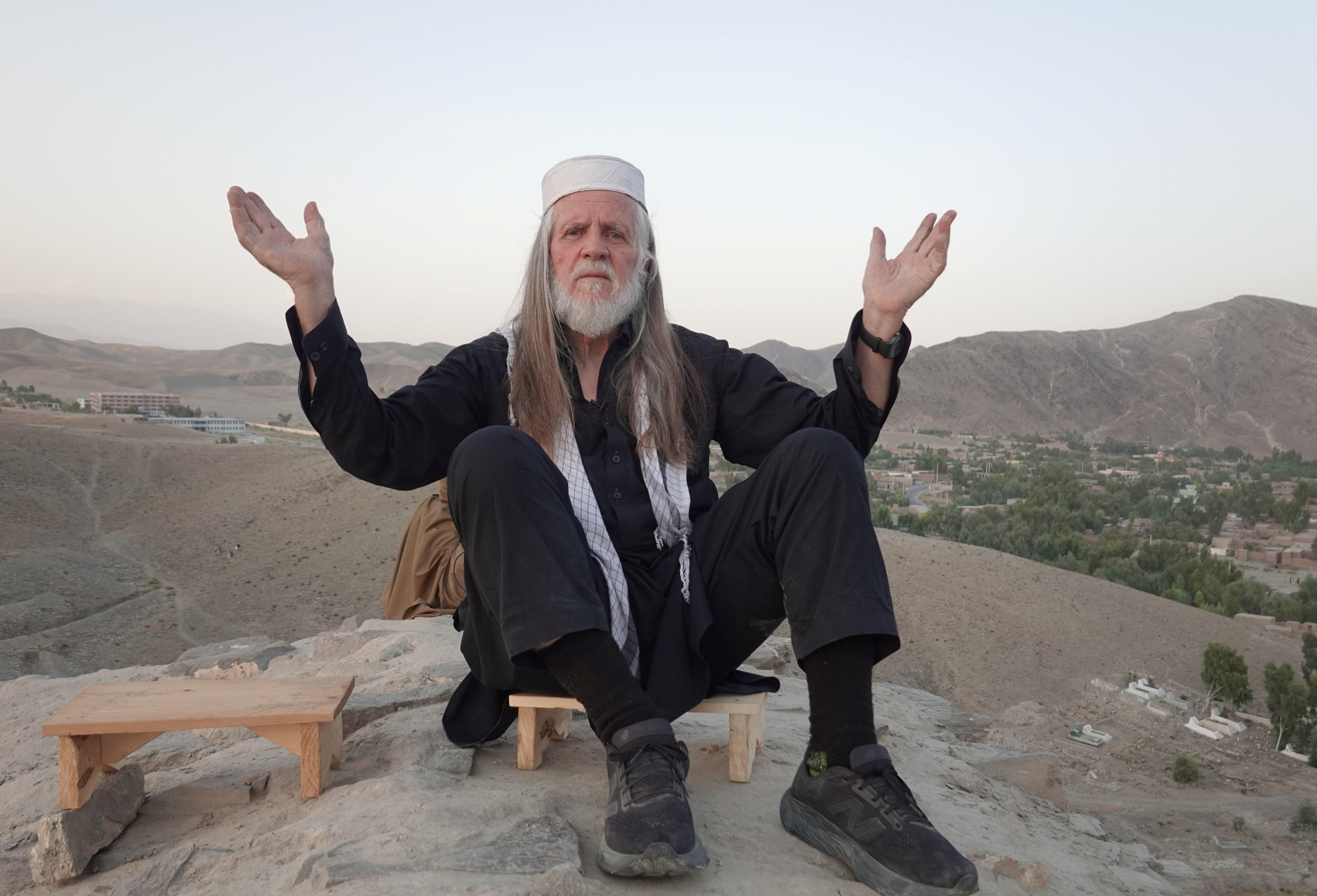
George Gittoes
While making our new film ‘Yellow House Afghanistan’ I have often looked down at my feet and realize what it must have been like for an Apollo astronaut when they looked down to see their feet on the surface of the moon. No foreigner would have walked in the places where I have had the privilege to walk over these last couple of years. I feel transported out of my time and world.
A few days ago, I climbed a mountain with Muzamil, a Mujahadeen fighter who survived many battles with the Americans. He has long oiled hair and black eyeliner. He wore his camouflage jacket and had ammunition pouches over his chest and carried an AK47 rifle, but he has the heart of a poet.
Our objective was to reach a clump of ancient trees at the top of the climb. Arrived I was surprised to see that people had built a bank of stones to dam-off water making a clear pond that mirrored the sky. Goats and a white horse were drinking from it.
Muzamil went over to the nearest tree to sit where flat rocks had been placed to make a perfect bench-chair. He rested his back against the tree and looked into the pool. I thought, ‘for how many centuries have climbers and shepherds rested their backs on this tree and enjoyed the beauty of the reflections’.
When our filming was over, I went and sat there for a while, on my own, and felt enriched to be able to experience this. The mountains are covered by delicate, mauve lavender plants, with the most beautiful fragrance.
I could see that it was traumatic for Muzamil to recount his stories of hiding in these mountains where he had to repel ground attacks from Special Forces and evade circling drones, one of which fired a Hellfire missile that killed his cousin. Muzamil showed me a rock which had been hit by a bullet. He had been preparing for battle against the notorious and barbaric Unit 2 of American/Afghan forces when a heavy machine gun opened on his position. The large calibre round missed his head by less than an inch and splinters of the rock hit his face. He explained that, for him, it is not possible to kill another person. He would return fire, shooting to the side or over the heads of the attackers, without aiming to kill. After telling his stories he picked a twig of Lavender flowers and pressed them to his nose, enjoying the fragrance and smiling. Then he smiled again, looking into my eyes, and placed a twig under my nose.
Everywhere on the mountains there are humanised places that have been adapted for comfort and outdoor habitation. Often the ground has been smoothed into a platform raised by rocks. I assume this is where the shepherds pray, sleep and eat. It all has an aesthetic, not like what the Japanese do with their love of cultivating spaces with rock arrangements and raking but a very Afghan sense of landscape art. Afghanistan has a great natural beauty but much of it has been moulded by hand in the most subtle ways. Old Man Time has had human hands.
A herd of goats were enjoying the shade around the trees and two shepherd boys sere minding them. The boys had some cobs of roasted corn which would have been their only meal. In the tradition of welcoming guests, they handed the corn to us. I felt embarrassed to take it but watched Muzamil , Waqar and Arshad thank the boys and begin eating. It is an insult not to accept a gift of food or tea. The shepherds decorate their goats with deep orange coloured henna. I can tell from the way the goats rubbed themselves up against our backs and legs while I did the interview, almost wanting to be part of it, that they are much loved, like pets, and well-treated.
Back as far as ancient Greek vase painting, goats have been shown as half human in art represented by the Pan God. Goats relax with one front leg tucked under their chest and the other straight out in front of them in a very human like pose. Their strange eyes with a squashed oval shaped pupil, stare, at us humans, with an intensity that is unsettling.
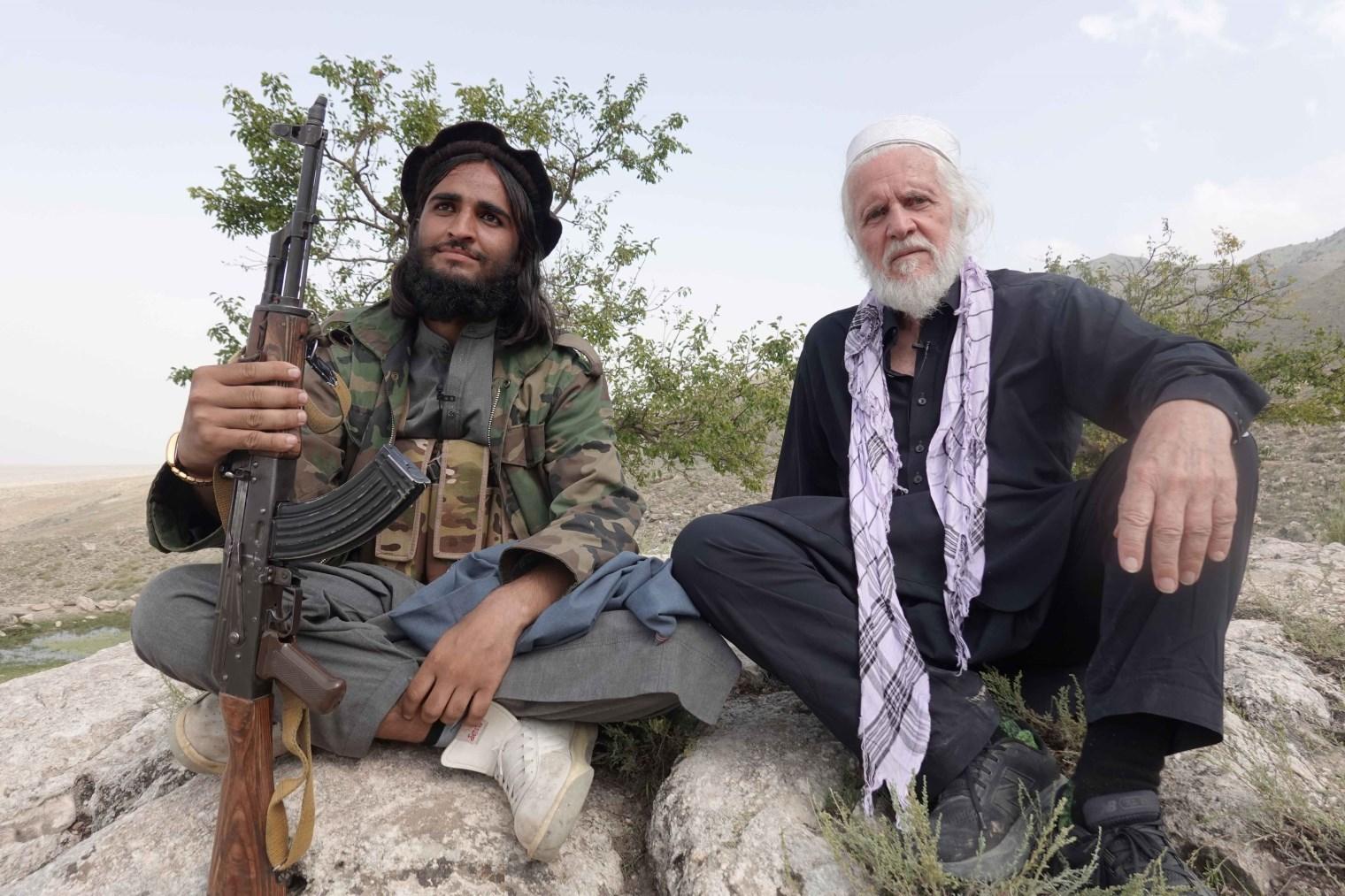
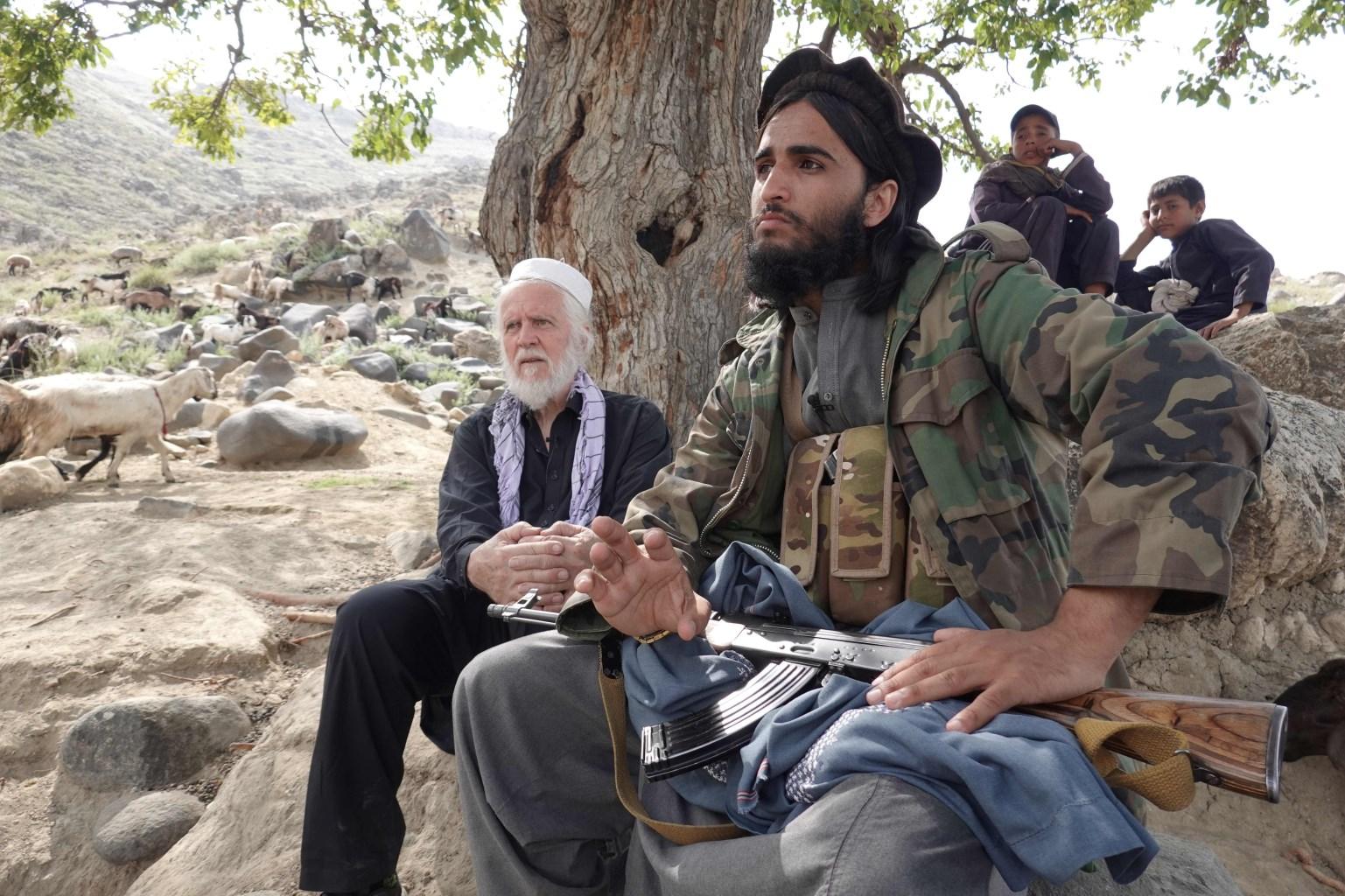

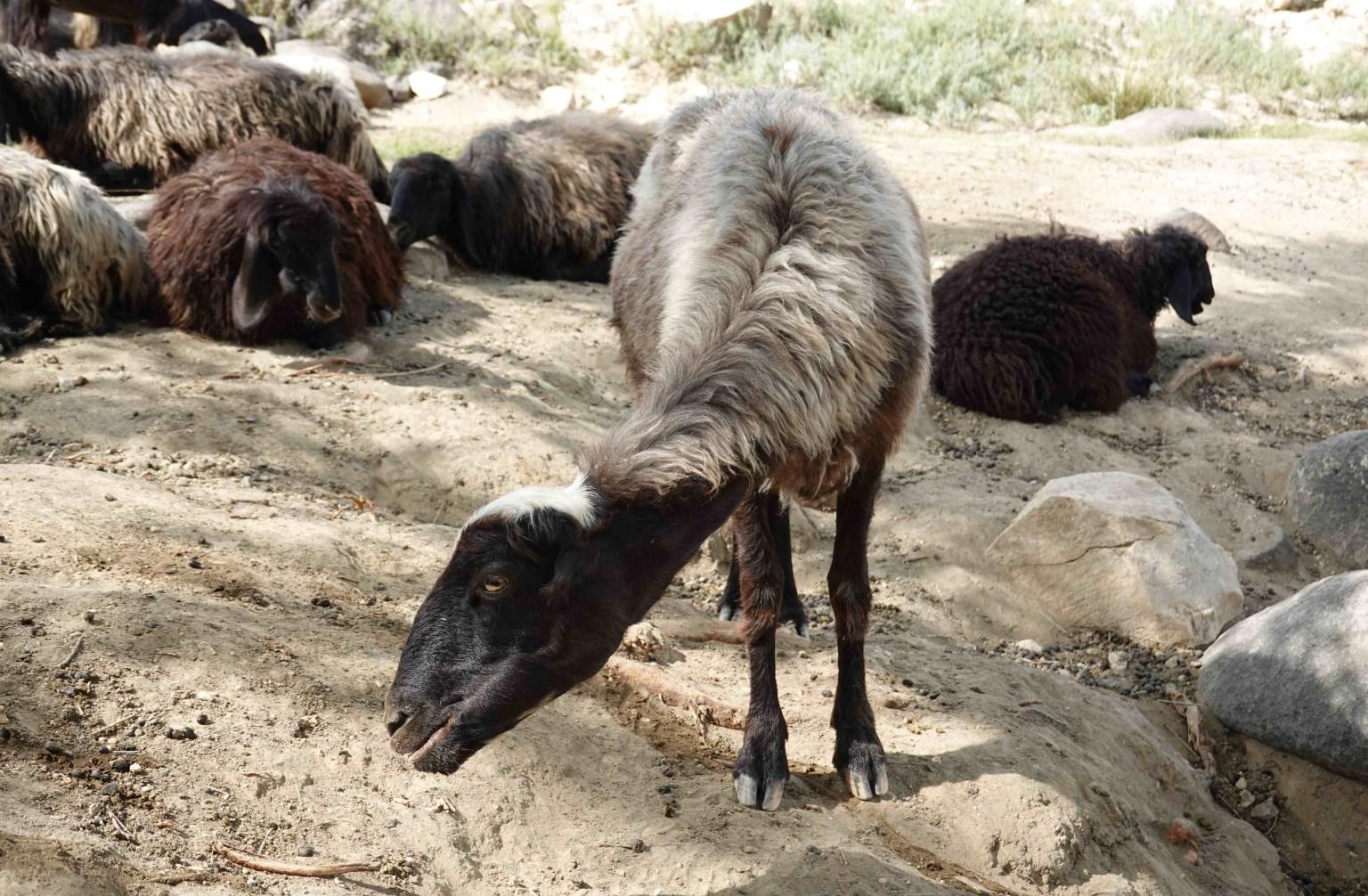
In 1960, I went to see Rod Taylor staring in the film adaptation of HG Well’s Time Machine, at Rockdale Odeon Cinema. I was ten years old and it had such an impact on my imagination, it has remained a profound influence. An influence that has come to fruition in the edit of our new ‘Yellow House Afghanistan’ documentary. This is our fourth film in this region, starting with ‘Miscreants of Taliwood’ and covering a period of almost 20 years. I see myself get old, babies are born and grow into teenagers and teenagers turn into adults. These four films are my Time Machine.
Hellen, Waqar and I spent six months shooting ‘Yellow House Afghanistan’ in Jalalabad. In the past we have taken our rushes back to Australia to do postproduction with the legendary Sydney editor, Nick Meyers. This time I decided to return to the Yellow House and see if I could direct the edit with Waqar Alam on the computer. Waqar has been Nick’s Assistant since ‘Miscreants of Taliwood’.
When filming Waqar operates the A camera while I shoot on the B camera. Waqar has impressed me with his speed and versatility and been easy to work with because he knows all the scenes, having been there. Plus he speaks Pashto.
My job as an artist-filmmaker is to push the boundaries of documentary which remains a very formal medium. Most documentary makers do not come through the arts but through journalism. Most follow an unwritten, conservative handbook of do’s and don’ts. The ABC department, dealing with documentary, is called Factual and any product that does not fit their strict guidelines is unlikely to get airtime. The selection team detest artists and are allergic to imagination. I have the attitude of ‘I would rather shoot myself in the foot than kiss theirs.” The way ‘Yellow House Afghanistan’ messes with time it will seriously mess with their heads. When I arrived in New York in 1968 I was doing minimal abstract painting which had appealed to Clement Greenberg and gained me a personal invitation from him to come to the Big Apple. But the Vietnam War was raging, astronauts were getting ticker tape parades after circling the moon and Malcom X and the Black Panthers were raising their fists at white racism. It was the photographers and not the painters who were giving a face to the times. Back in Australia photography was not seen as an art form until the mid 70’s when the Australian Centre of Photography was opened in Paddington Sydney along with Brummel’s gallery in Melbourne.
No one would now deny that photography is an art form, but Documentary Making Establishment is still struggling against accepting the input of artists to the medium.
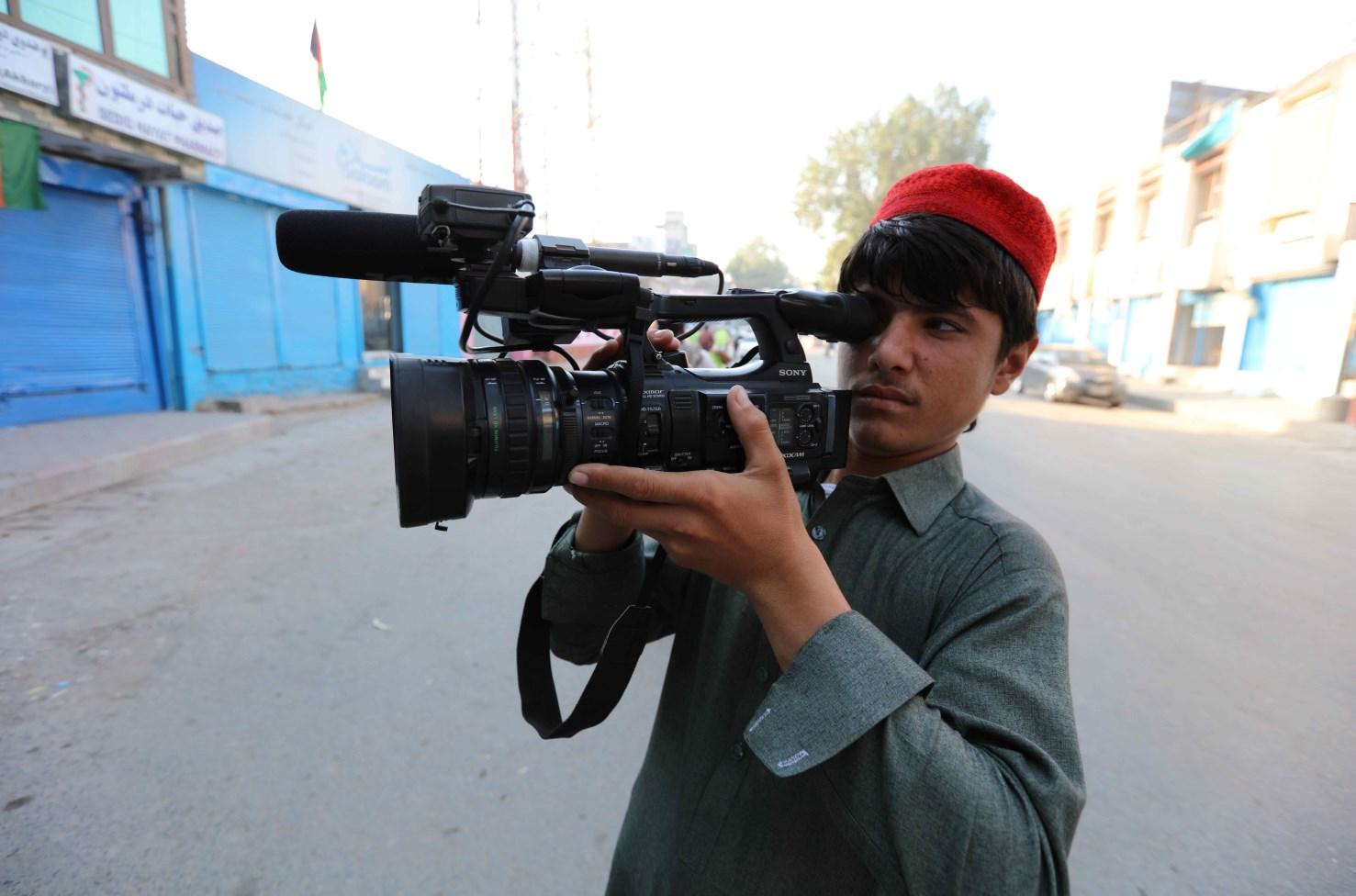
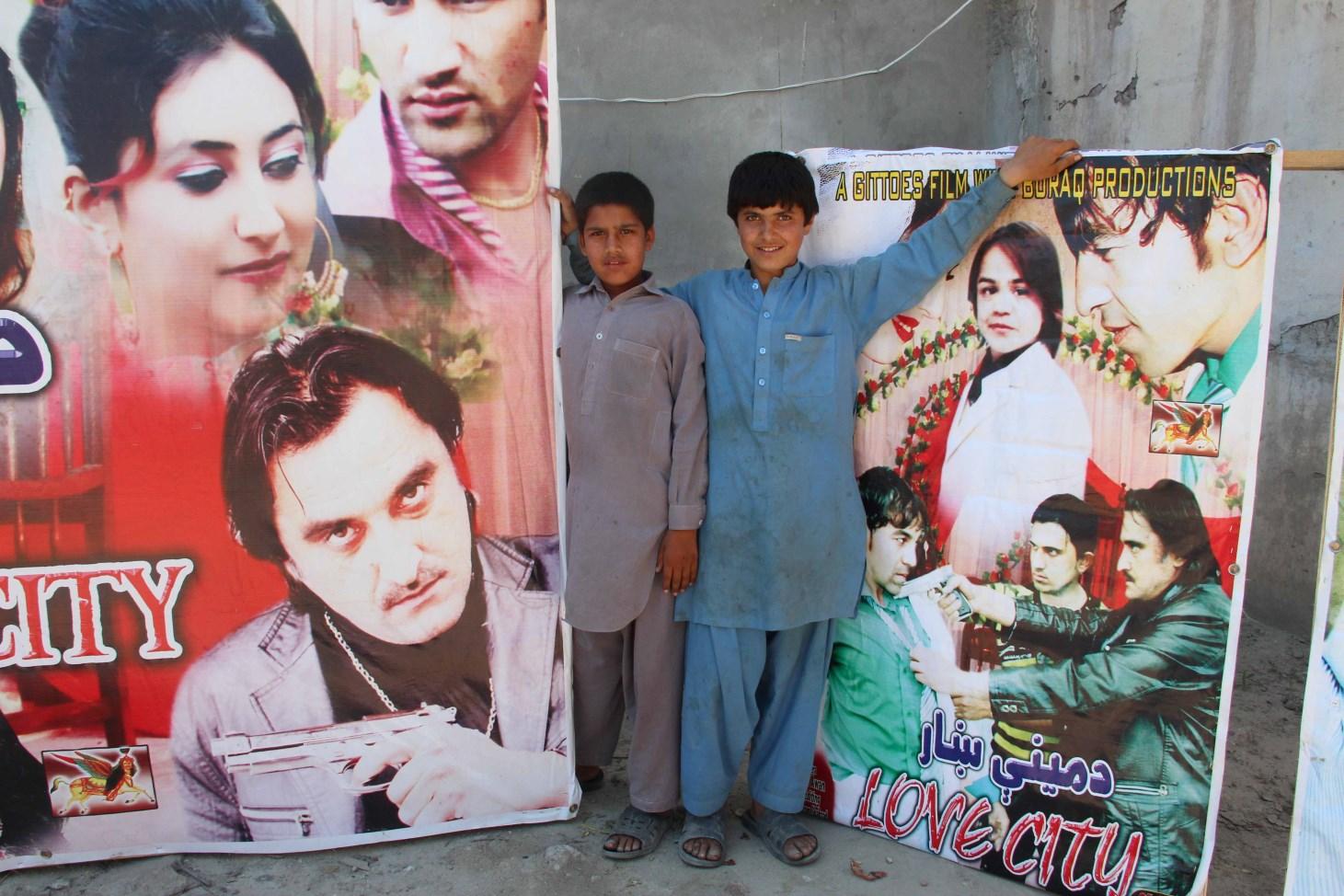
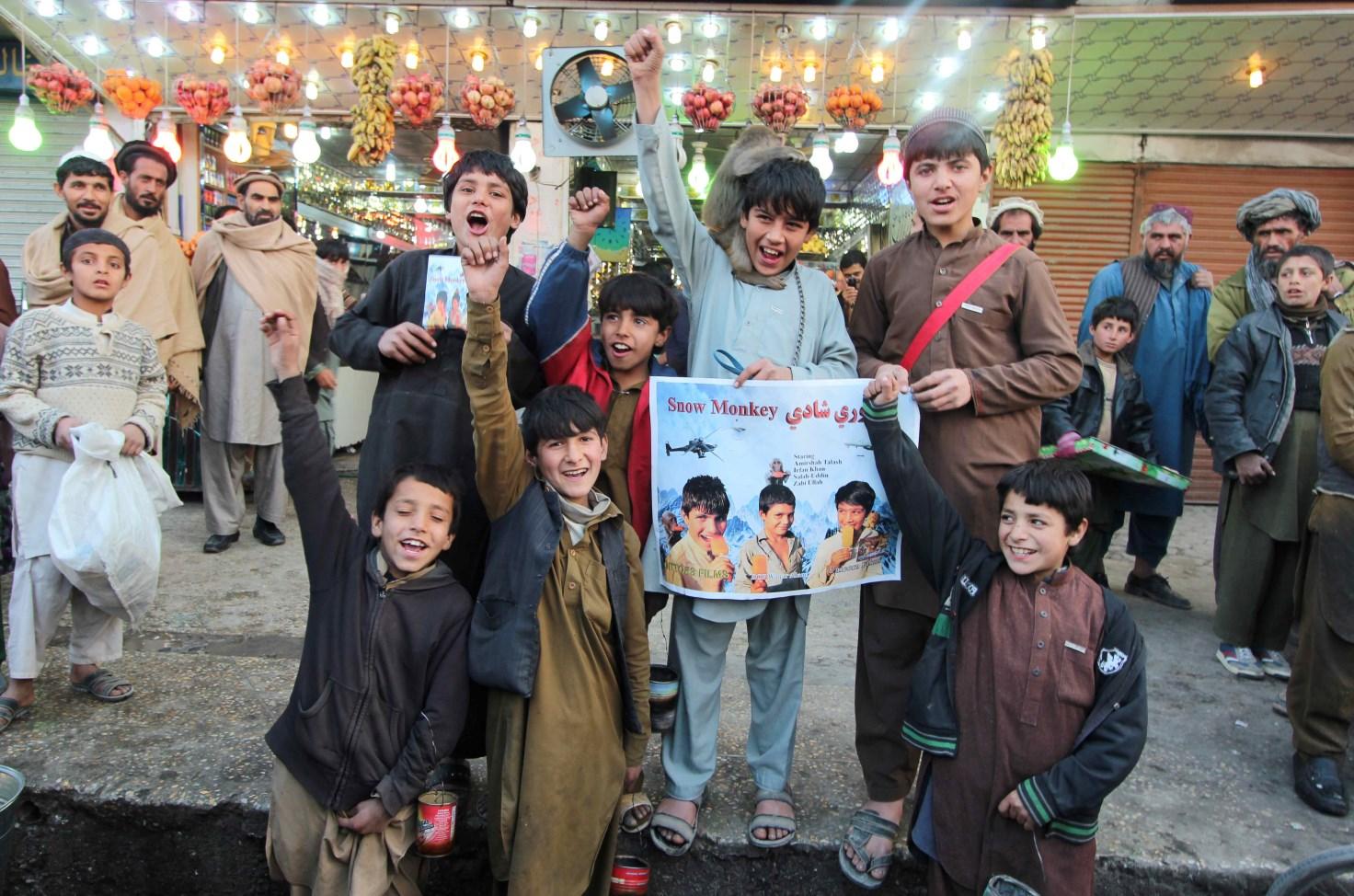

When Picasso and Braque became ‘Rambo’s of Form’ by breaking representational imagery up, and recombining it on the picture plane, they freed painting from the restraints of realist representation. Our film Yellow House Afghanistan reconfigures linear time into kinetic juxtapositions that play with the back and forth of the years. It turns documentary making into a Time Machine.
In our film ‘Snow Monkey’ two young ice-cream cart sellers, Zabi and Salahudin take me to a popular ice-cream parlour in the centre of Jalalabad city where they pitch their idea to make a drama about their young lives. That was 2014 and the boys were 11 and 12 years old and I had not fully transformed into old man that I now am at 74. Recently, we returned the parlour and were filmed in the same chairs and same spot. The boys are now men with their features completely transformed. The camera recording switches between 2014 and 2024. As we edited it together it was like making cubist portraits with time as the medium rather than paint.
We were filming ‘Love City Jalalabad’ in 2011 in a tribal village near the home of our friend Assam, when we heard that his wife had given birth to a baby boy. Hellen went inside and sang the newborn baby a lullaby while Neha filmed. The baby was Amar who has joined our Yellow House team as a young teenager. He was amazed to come into our edit room and see the first moments of his life on a screen. Amar loves using our cameras and asked to be assisted to make a film about the children of his Tribal Village. Over the last two months he has been going out every afternoon and shooting it. A decade or more from now these children will watch Amar’s film and travel back in time.
I have spent a number of days in the Muzamil home. It is extreme poverty. Made from mud and tiny. No furniture and not even carpets. The family and friends are loving and fascinated by his exotic guest. The window into which the sniper shot his father was bullet broken on the previous visits. Glass is a rare item in these villages. They were proud to show me that they are fixing it and have put a concrete layer over the mud floor of the hujra and tidied the front entrance with some more concrete. The unused bags of concrete were in the room where the father died and the Americans put a gun on his chest to make it seem he was a Taliban fighter when, in reality, he was just a poor farmer. Muzamil is bright and wants to learn English. Unlike the rest of the villagers he can read and write Arabic Pashto . I am buying him a lap top computer, today, and he is incredibly excited. I can imagine the computer at the family home like a treasure from another universe.
- George Gittoes © 2024.
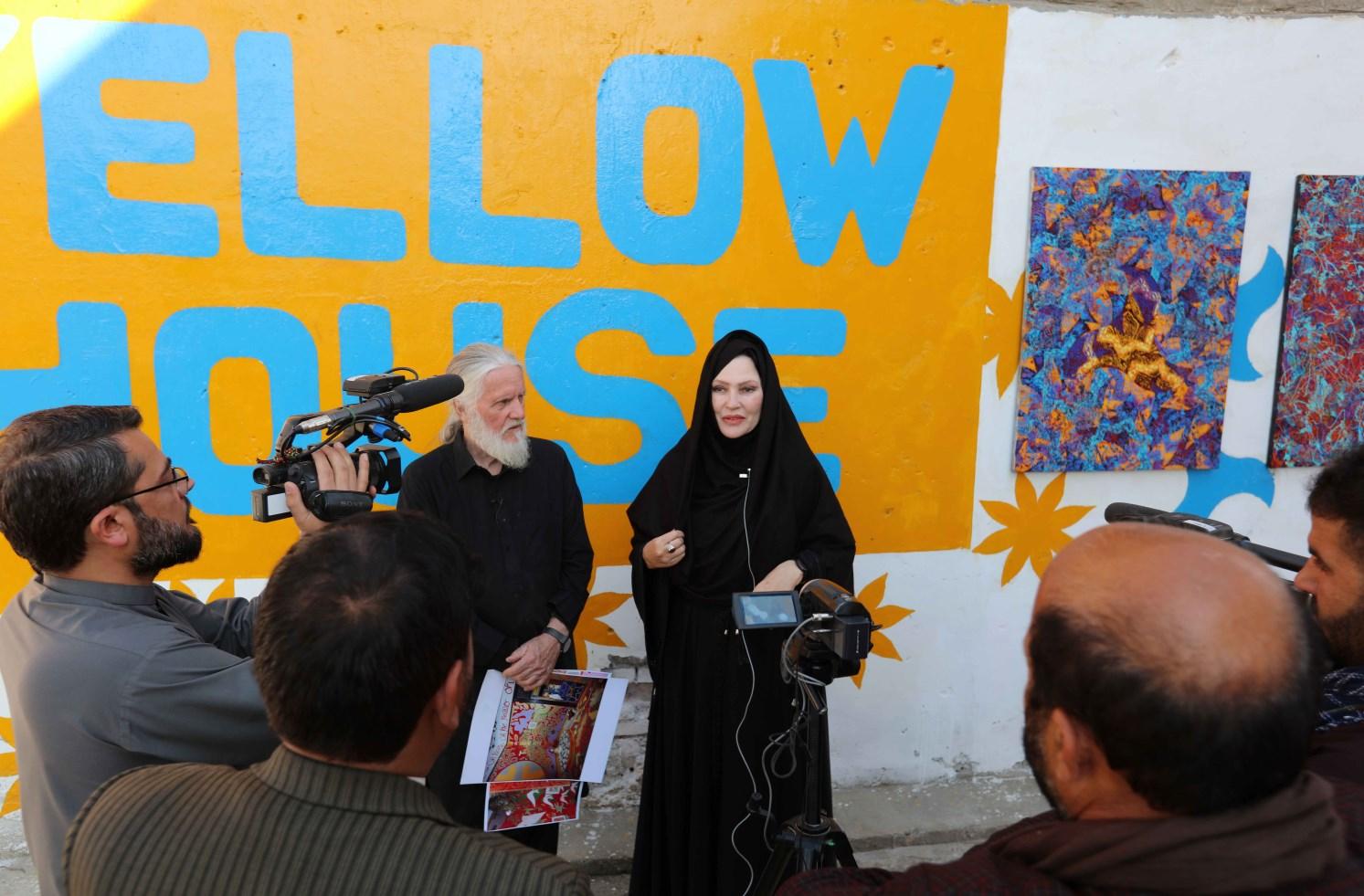

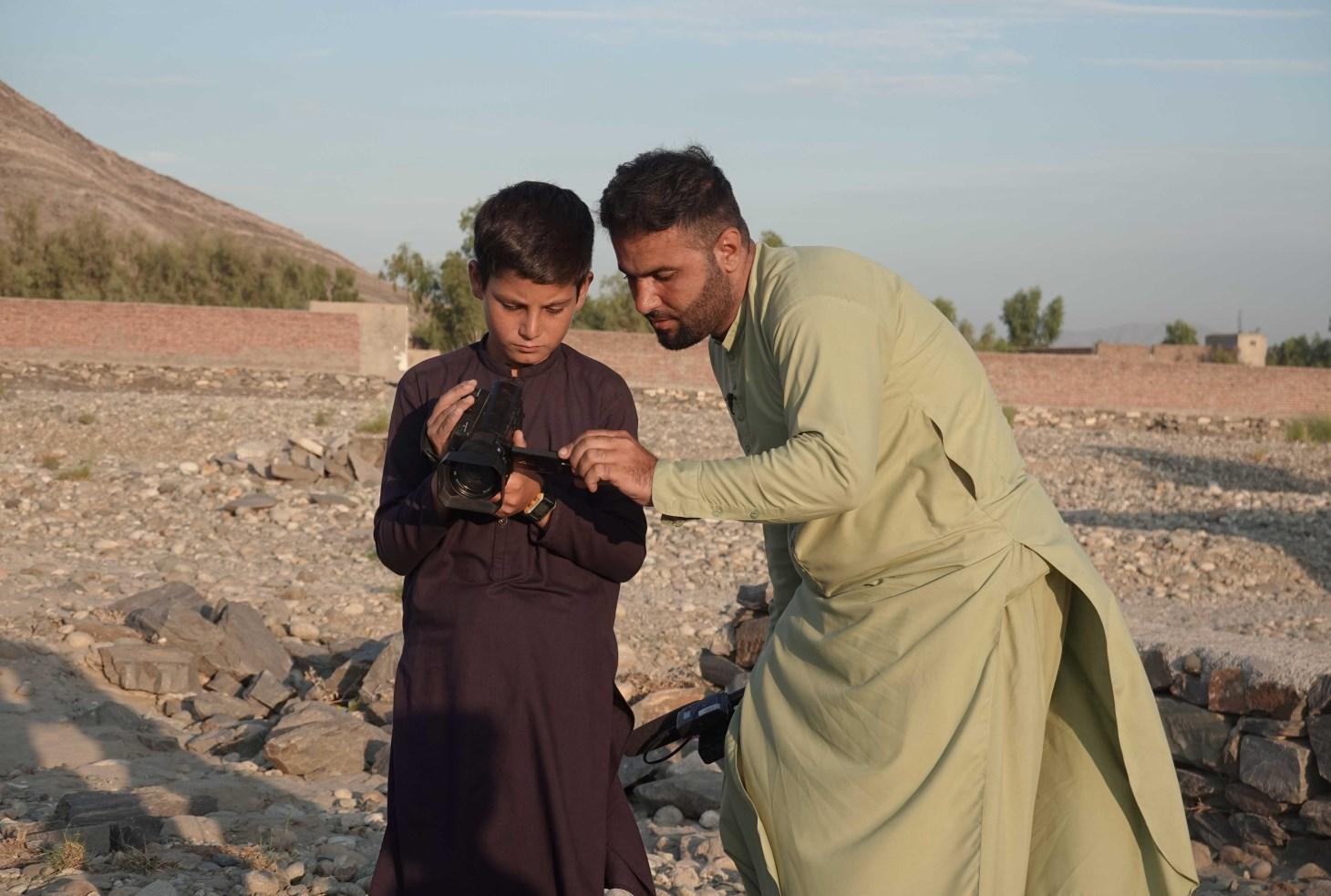

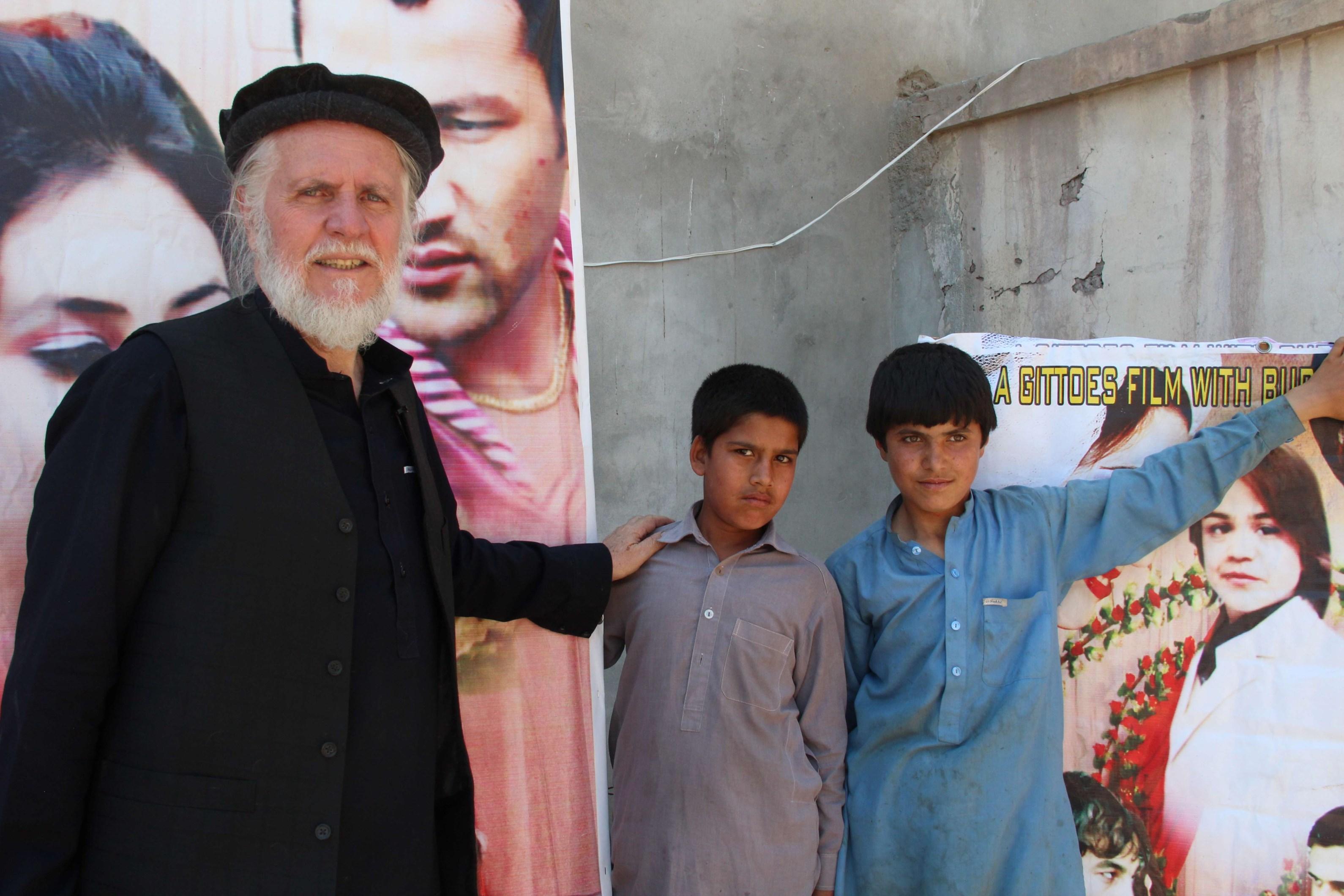
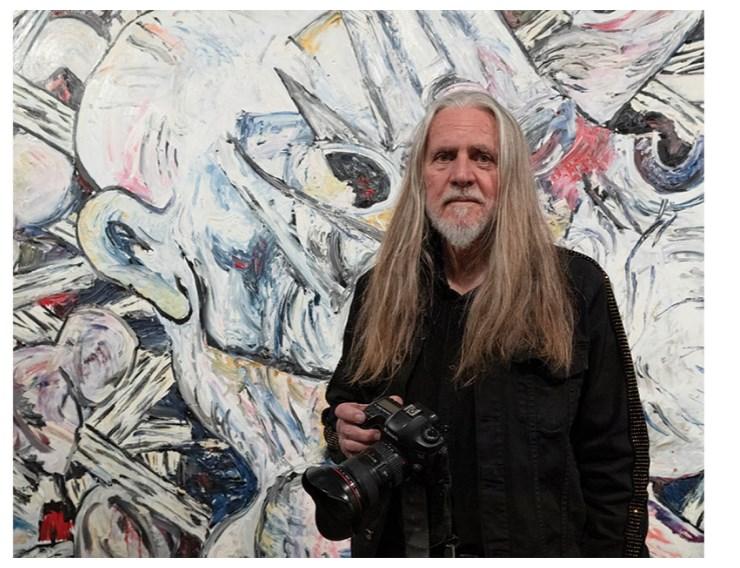
George Gittoes is a celebrated Australian artist, an internationally acclaimed film producer, director and writer.
Gittoes’ work has consistently expressed his social, political and humanitarian concern and the effects of injustice and conflict"I believe there is a role for contemporary art to challenge, rather than entertain. My work is confronting humanity with the darker side of itself."
As an artist Gittoes has received critical acclaim including the Blake Prize for Religious Art (Twice) and Wynn Prize. He was awarded an honorary Doctor of Letters by the University of NSW. His films have won many International Awards and in 2015 he was bestowed the Sydney Peace Prize, in recognition of his life’s work in contributing to the peace-making process.
R E E S E N O R T H
(with respect to David Brooks)
10 pm: I’m standing in my garden gazing at the stars, at first, Orion takes shape then the red glow of Betelgeuse & I wonder if I’ll ever see it turn into a Supernova –but such an event is probably thousands of years away. Suddenly the whole sky is ablaze & never has The Milky Way felt more like home. Standing in the soft glow of my back porch, I watch the grey, wafer thin legs of a Daddy Longlegs spider tread carefully along a window pane. I remember hearing its venom is deadly, but its pincers couldn’t pierce tissue paper, so I pick it up to let it walk on my skin, its nimble legs tickle the hairs on my arm. As I return it to the world
I am seized by a mood for Poetry, & I have no idea where to begin –so I think of my favourite political poets: Dylan, Ginsberg, Oodgeroo Noonuccal & Kevin Gilbert, but I can’t find a link – I turn to the Obscurists like Whitman & Shelley, I even think of Pound, but no help there – of course Eliot comes to mind, his Preludes helped me shape my style of street Poetry, but even he doesn’t help me locate what I’m looking for.
In desperation, I reach for my 6th edition of the Norton Anthology.
I flick through soft pages & drop in on random poets –Coleridge’s Rime holds my attention:
‘The ice was here/ the ice was there the ice was all around/ it cracked & growled, & roared & howled/ like noises in a swound.’
I smile at the brilliant use of meter & rhyme, but it doesn’t help me.
Wordsworth’s Michael, & Daffodils reminds me of the magic of the Romantics, but not even genius like this inspires me.
I close my eyes, realising the inspiration I am looking for began when I stood in awe of the universe, & the miracle of life in its many forms of expression.
I know I’m getting close when a breath of fresh air carries the deep aroma of an old Oak tree at the edge of the bush behind my home – I sit on the porch stairs & look up at the Ancient tree remembering Frances O’Roark Dowell’s short piece of a fictional conversation when the character, Murphy, describes why trees smell the way they do:
‘Stars.’ He says: ‘Trees breathe in starlight year after year, & it goes deep into their bones. So when you cut a tree open, you smell 100 years worth of light.’ - Reese North © 2024.
I found six of them last week. R E E S E N O R T H
1.
Mid October, a sense of wonder as I look through a purple curtain of Jacaranda blossoms framed against the evening sky –the sun slips behind a bank of dark clouds, & a cold wind howls followed by the roar of hailstones pounding my tin roof. I stand on my verandah with my dog, Diggity, & watch lightning mix its silver crackling with purple, & black –Diggity cringes
as a second wave of hail pounds my roof, like awe, that overwhelms, & binds us all to the moment.
2.
It is supposed to be Spring, it’s halfway through the season — the mornings are hot but by midday, it’s colder than winter.
In the Coral Tree in my backyard, fledgelings have fallen from their nests & lie frozen dead on the ground —
The Coral Tree no longer makes life giving nectar Honey Eaters can no longer sip nectar from the scarlet flowers — even nutrients for bees have dried up & they can’t make honey in their hives — they fly aimlessly around I found hundreds of them dead on the bough, the poisonous thorns of the Coral Tree driven through their tiny hearts.
3. Diggity’s knowing eyes wander over the scene he turns his gaze on me, & of course I have nothing to say. Diggity droops his head & begins to wail — for a moment everything stands still as the ululating howl of the Dingo penetrates into the heart of every living being within earshot even the flowers, & trees stand still in reverence of something so profound it goes to the heart of life.
- Reese North © 2024.

Anthony Cahill presently lives in Blackheath NSW.
Cahill has been a practicing artist exhibiting in commercial and public galleries in Australia and internationally since 1982.
Cahill Studied at National Art School and holds a master’s degree in fine arts. He lectured in drawing and painting at the National Art School in Sydney.
“His work explores absurdist notions around the representation of landscape and a human relationship with it. Cahill’s images are derived initially through direct observation; although he will mash up images from various sources, including from social media to arrive at a subject to paint, He works without concern for any formal boundaries between figuration and abstraction. Cahill enjoys exploring notions of living in a seemingly absurd world and his working method is intuitive and improvisational.” – Day Gallery. https://daygallery.com.au

When did your artistic passion begin?
This question had me thinking, I had a childhood illness that had me in “cotton wool” for quite a while and so drawing replaced running around and alike. Have you always wanted to be an artist?
Honestly not until I left High School after forth form.
Describe your work?
Describe your work -
I would describe myself as a Drawer / Painter. I have always been interested in abstraction although the greater body of my work will be seen as being figurative. The independent curator, Nick Vickers in 2015 when making the opening night speech for my exhibition,
“That other Place” referred to me as being an Absurdist.
Last year for my exhibition, There Goes the Neighbourhood 2.0, bat Straitjacket in Broadmeadow, Newcastle, Dr Glenn Wallace wrote an essay.
There Goes the Neighbourhood 2.0
Anthony Cahill
Straitjacket Gallery
16 September - 8 October 2023
“The realization that life is absurd cannot be an end, but only a beginning. This is a truth nearly all great minds have taken as their starting point. It is not this discovery that is interesting, but the consequences and rules of action drawn from it.”
- Albert Camus.
Anthony Cahill’s exhibition at Straitjacket is an expanded iteration of “There goes the neighbourhood”, a two painting solo show at the 4th Wall Gallery in Sydney. These paintings form a part of an ongoing series of work, where Cahill delves into the realm of absurdity, exploring notions of representation, landscape and human presence.
If accepting life as absurd is only the beginning, as Camus claimed, what can we glean from ‘absurd painting’ that might be of consequence and guide our actions today? Anthony Cahill’s paintings juxtapose natural and cultural elements. Images of clouds, landscapes and human and non-human presence in the artist’s work appeal to our sense of beauty, of form and colour, and delight in nature, appearing as discrete elements in works that are both complete and ultimately, and invitingly, unknowable. Interventions both cosmic and banal are everywhere, forming or dissolving both in the paintings and at the edge of awareness, placed amid a compendium of mark making drawn from the knowledge gained from a lifetime of teaching and practice.
The happenstance of composition, and choice of images the artist suggests, can come from anywhere. The logic of a painting can at times accord with a sense of formal rules. Yet Cahill’s landscape elements do not rely on the picturesque. The artist’s colour palette may play upon prevailing modes of aesthetic feeling, though not without subtle perturbations. Frisson is never at bay. Anatomically ‘correct’ figures appear less as representations of friends and acquaintances but instead an every-person, representing a disposition, a subject - is it the artist or viewer? - reflecting on what there is to see and what it means to see.
Aspects that can be made out most clearly in Cahill’s work often counter what else these paintings present. An illogical and unsettling sense of the absurd is seemingly at play. Arguably these contradictions represent the fundamental absurdity of the escalating intervention of human presence on the natural world whose beauty and mystery is in peril. A world in which neighbourhood level which threatens the sense of community, or through the extraction of resources that threatens the global environment - must not be seen as the end, but rather the beginning of imagining different forms of action, of new forms of habitation and a new respect for the planet.
Cahill’s absurd paintings invite reflection and guide our actions by challenging us to ask ourselves what it means to be present, not only in front of these paintings, but in the world today..
- Dr Glenn Wallace, September 2023
Review of Nausea by Jean-Paul Sartre, published in the newspaper Alger Républicain (20 October 1938), p. 5; also quoted in Albert Camus and the Philosophy of the Absurd (2002) by Avi Sagi, p. 43. https://en.wikiquote.org/wiki/Albert_Camus. Artist interview with Annabelle Josse, Art and The Land, Contemporary artists talk about their connection to the Landscape https://artandtheland.com/2014/09/13/anthonycahill/

Do you have a set method / routine of working?
I generally work intuitively, initially automatism is one way for my to start working.
Why do you choose this material / medium to work with?
I use materials that appeal to me on the “day” as it were. Whatever is most useful/sympathetic? Watercolour, oil paint, charcoal, pastels, graphite, wet and or dry.
How important is drawing as an element to your artwork?
It is the element rom which everything comes.
What inspires your work / creations?
The observation of life going on around me is where it starts.
What have been the major influences on your work?
So many, so very many. Although from the gift of a book on El Greco when I was eight or nine years old, I’ve always had his painting kicking around in my head.
What are some of your favourite artworks and artists?
El Greco , Beckmann, Manet, Ken Whisson, Kathe Kollwitz, Paula Rego, Bonnard.
Name your greatest achievement, exhibitions?
To be glib, its that I’m still working and exhibiting. The thing that really gave me my start was winning the AGNSW Travelling Scholarship in1982.
What are you working on at present?
Right now, I’m drawing daily especially in my sketch books, I’m also making a growing suite of small paintings on birch ply around the 30 cm mark.
What do you hope viewers of your art works will feel and take with them?
People who own my work will sometimes tell me that they can always find something new in the work even after a long period. Your future aspirations with your art?
Ha, wouldn’t it be nice to turn a profit one day.
Forthcoming exhibitions?
Some group shows are coming up this year and in 2025. - Anthony Cahill © 2024.
G A L L E R Y A N T H O N Y C A H I L L

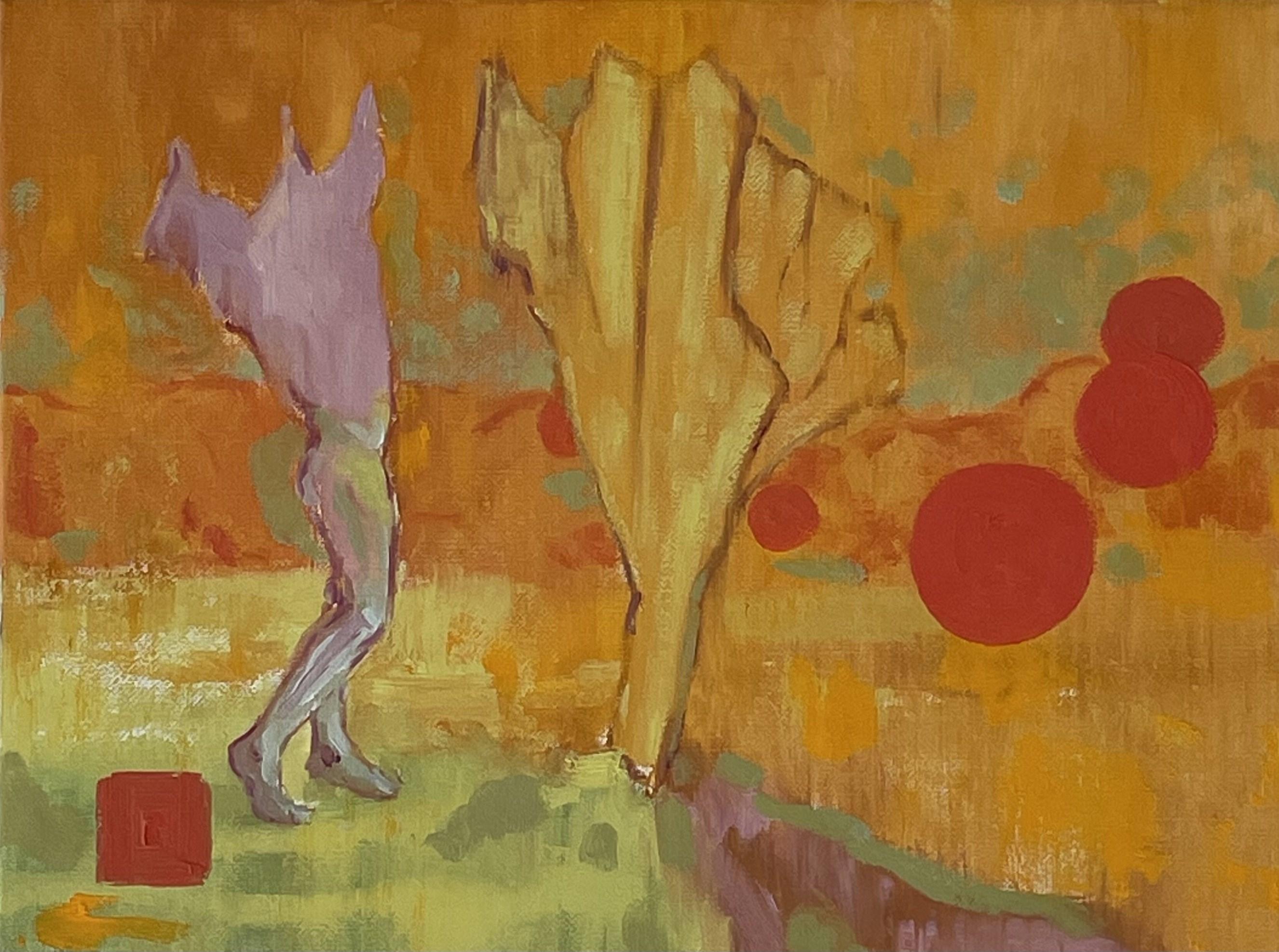


For No Good Reason
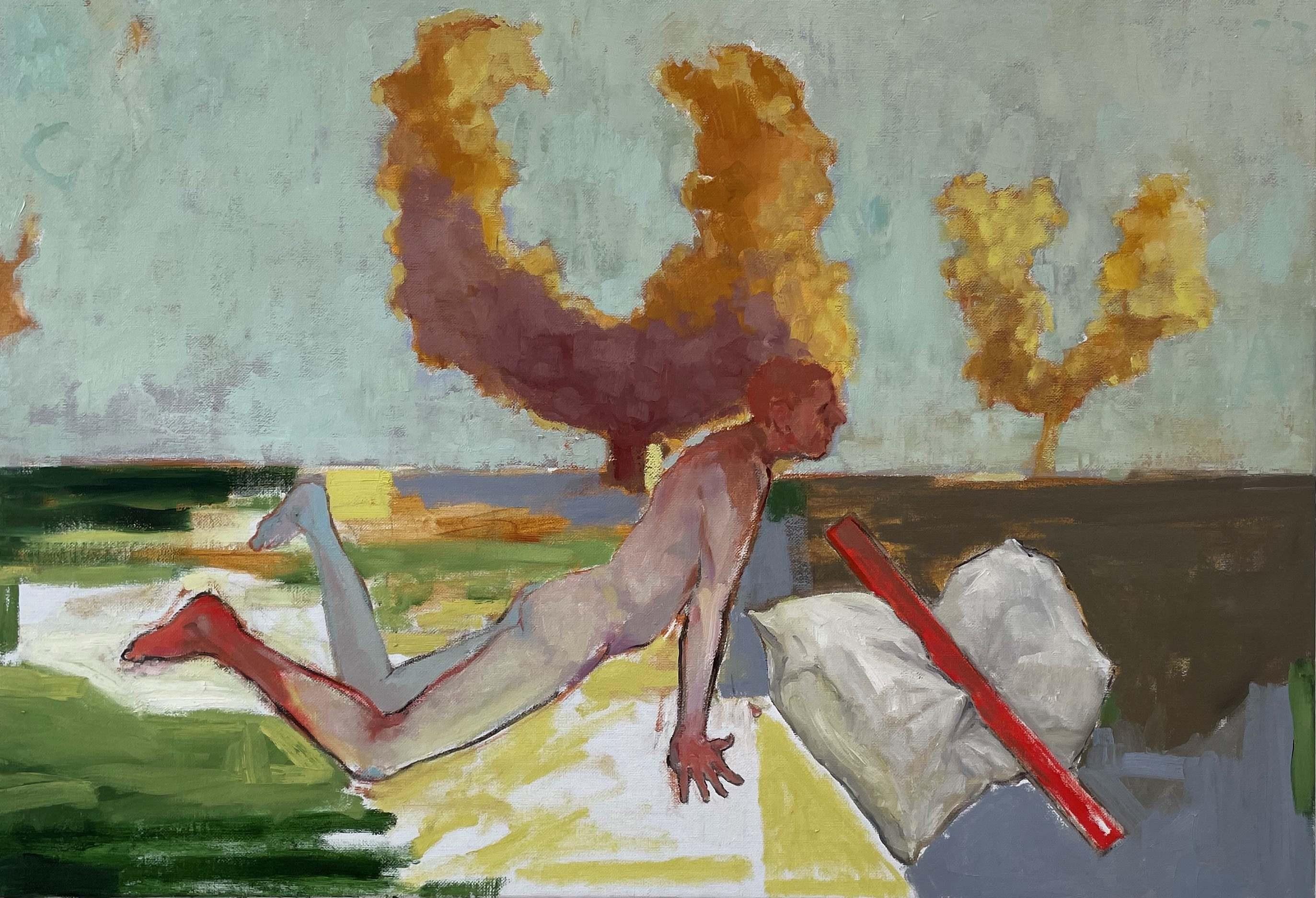
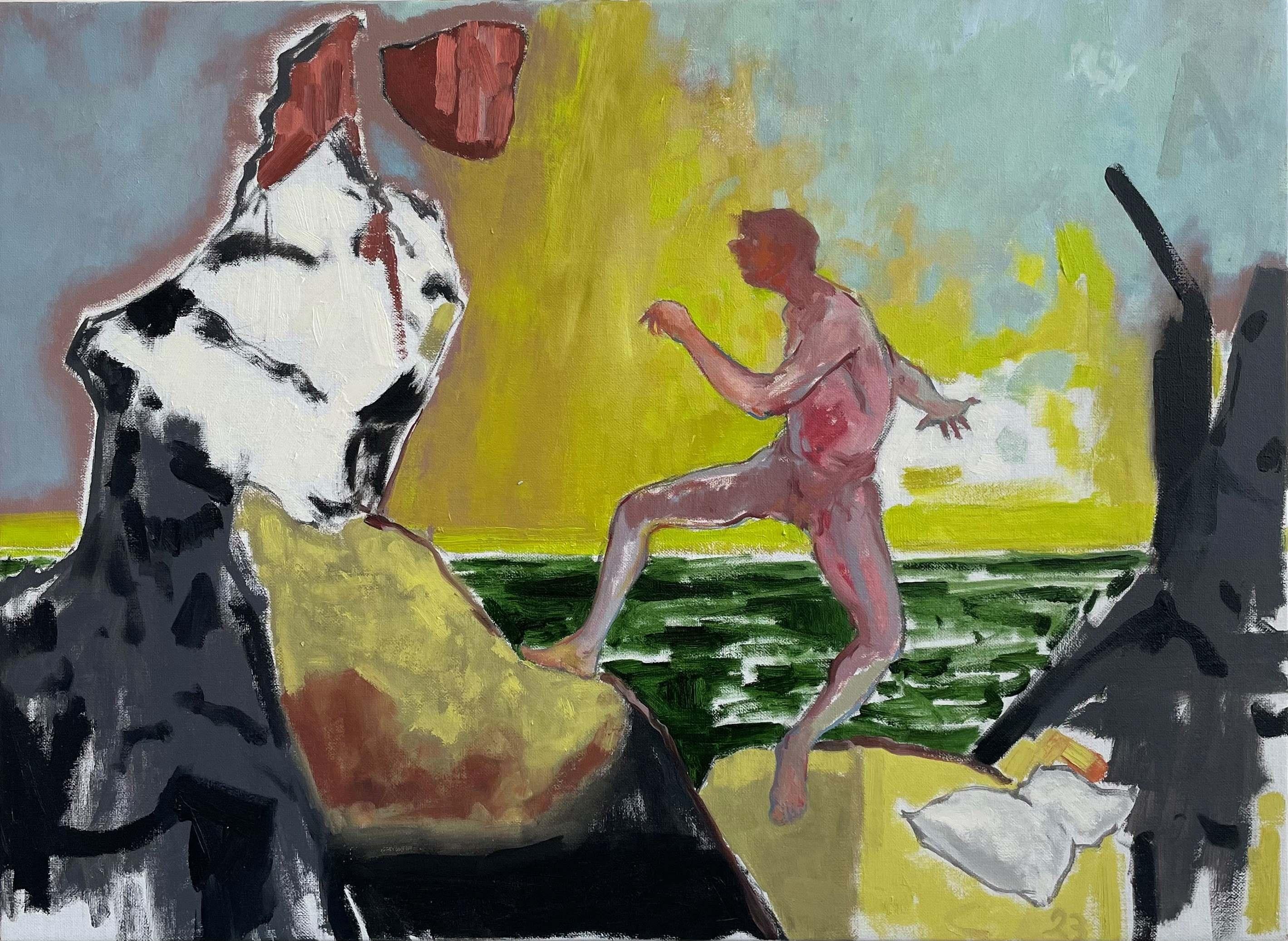
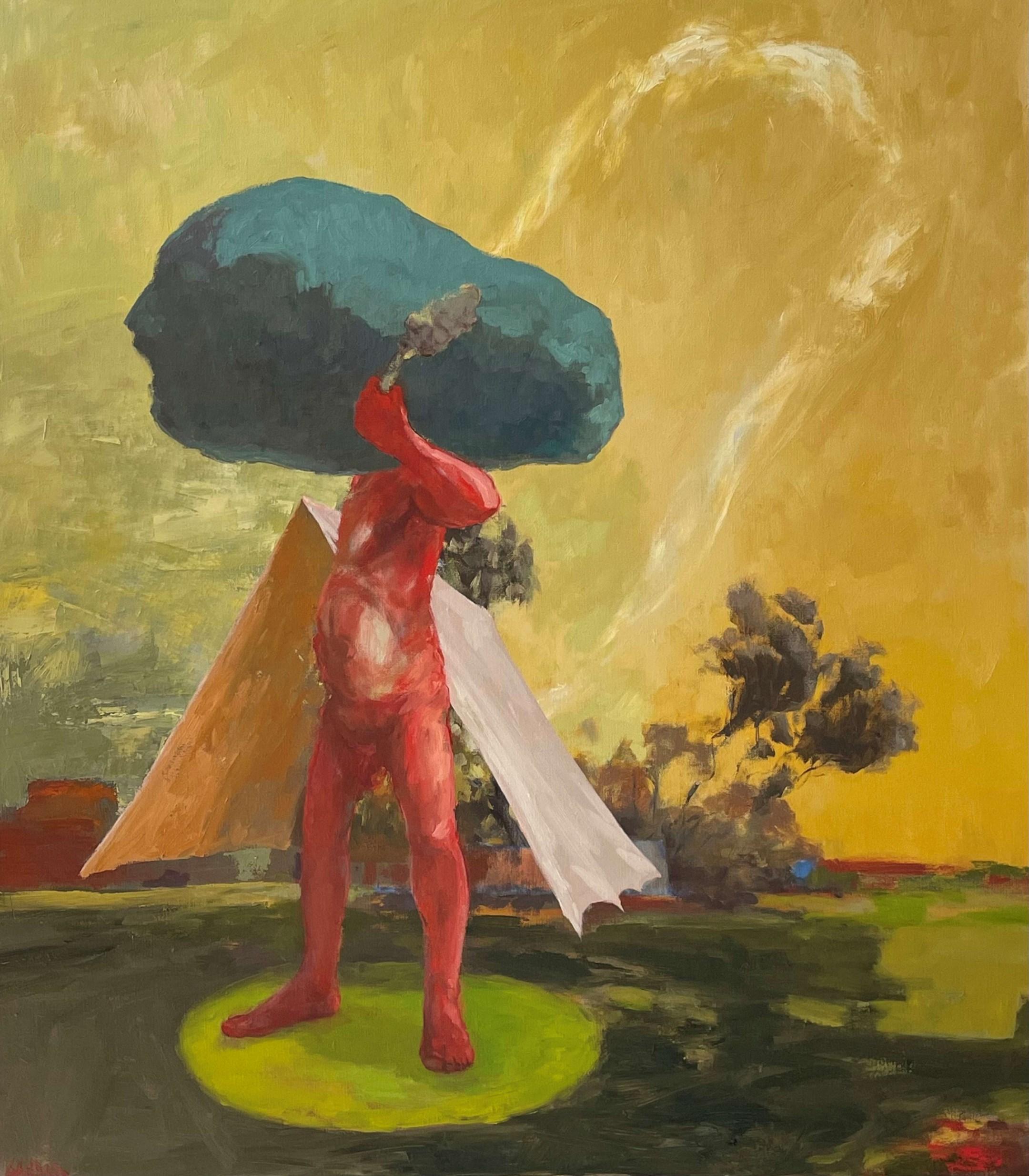
Marking Time
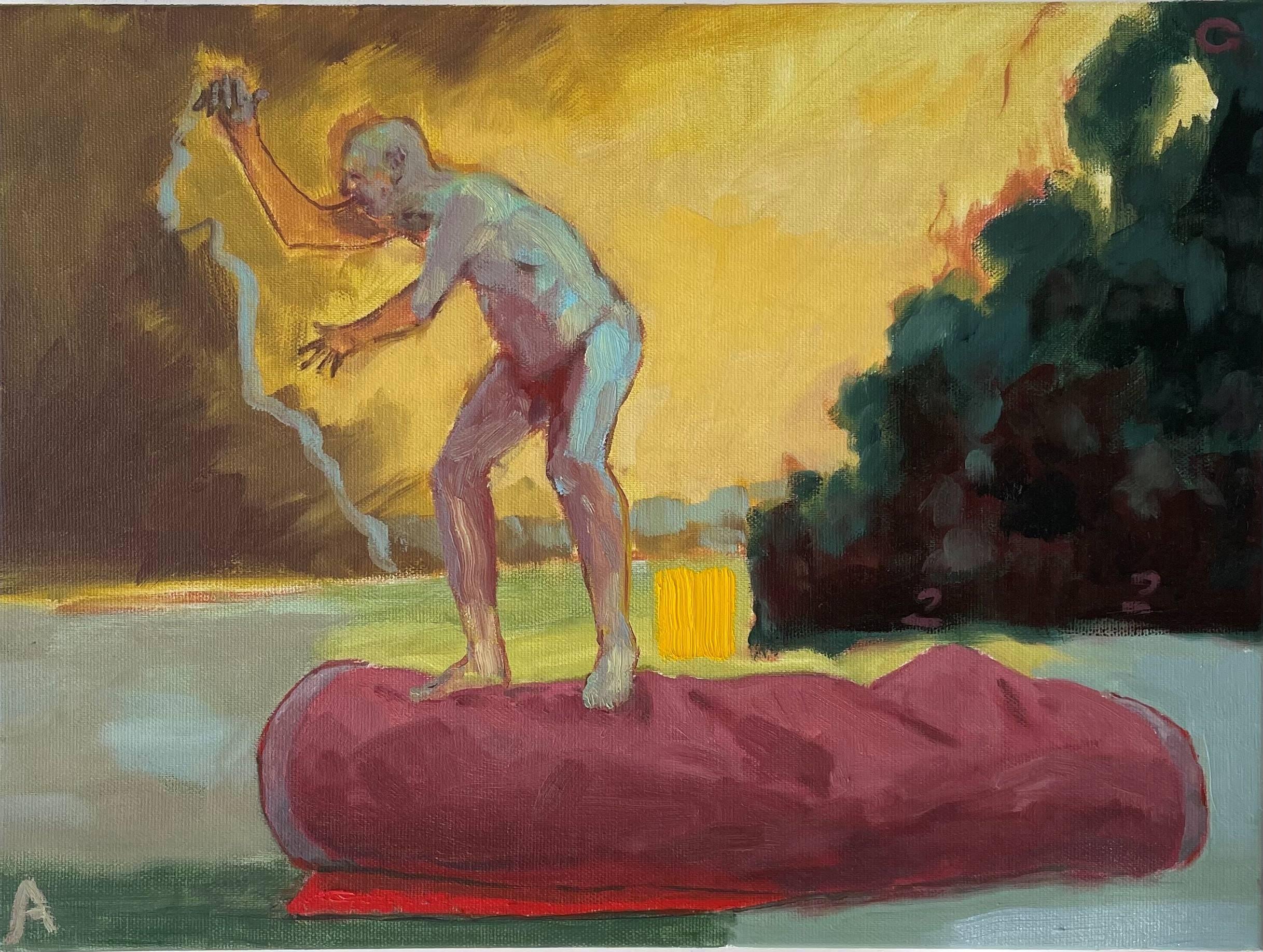
A N T H O N Y C A H I L L
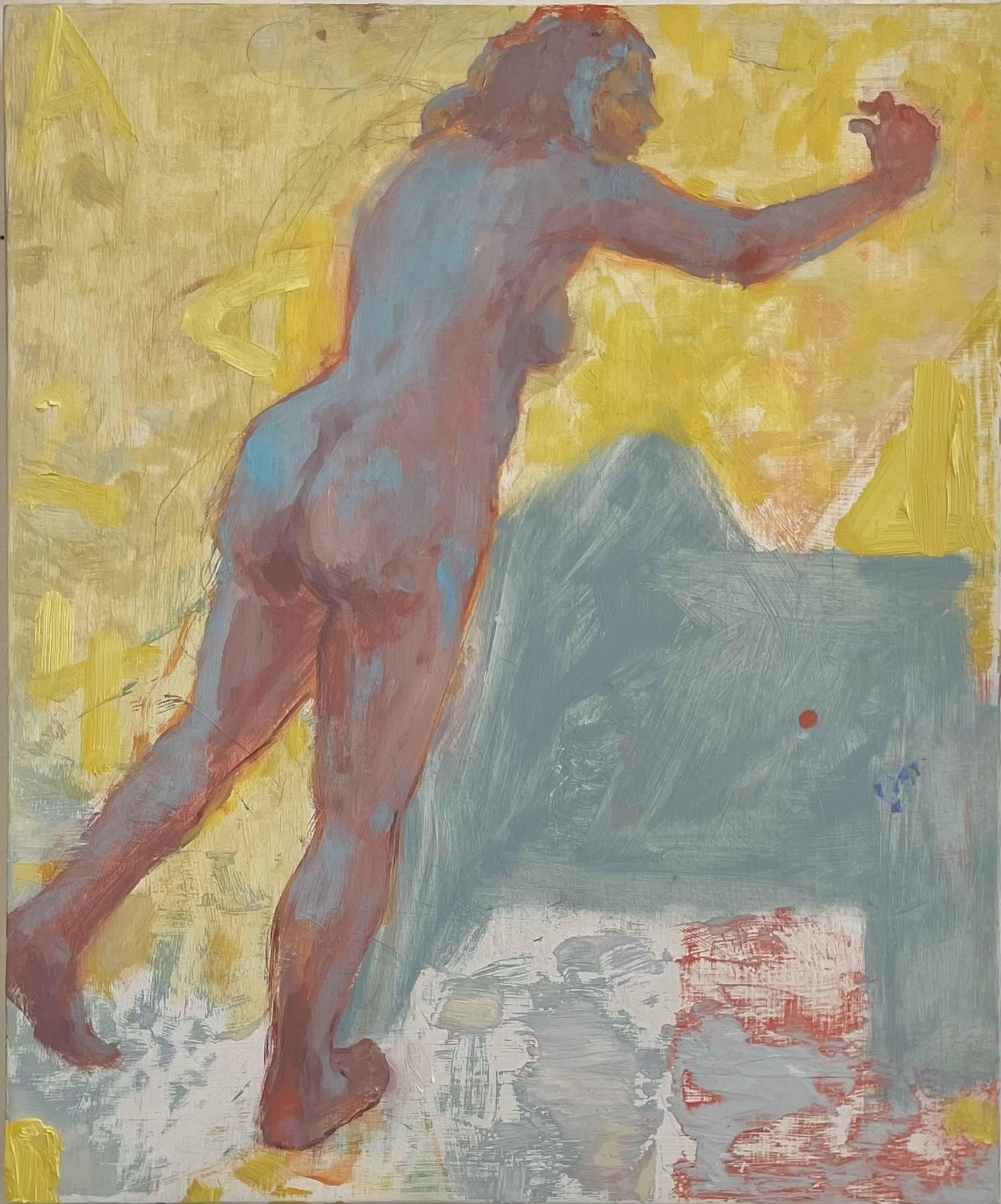

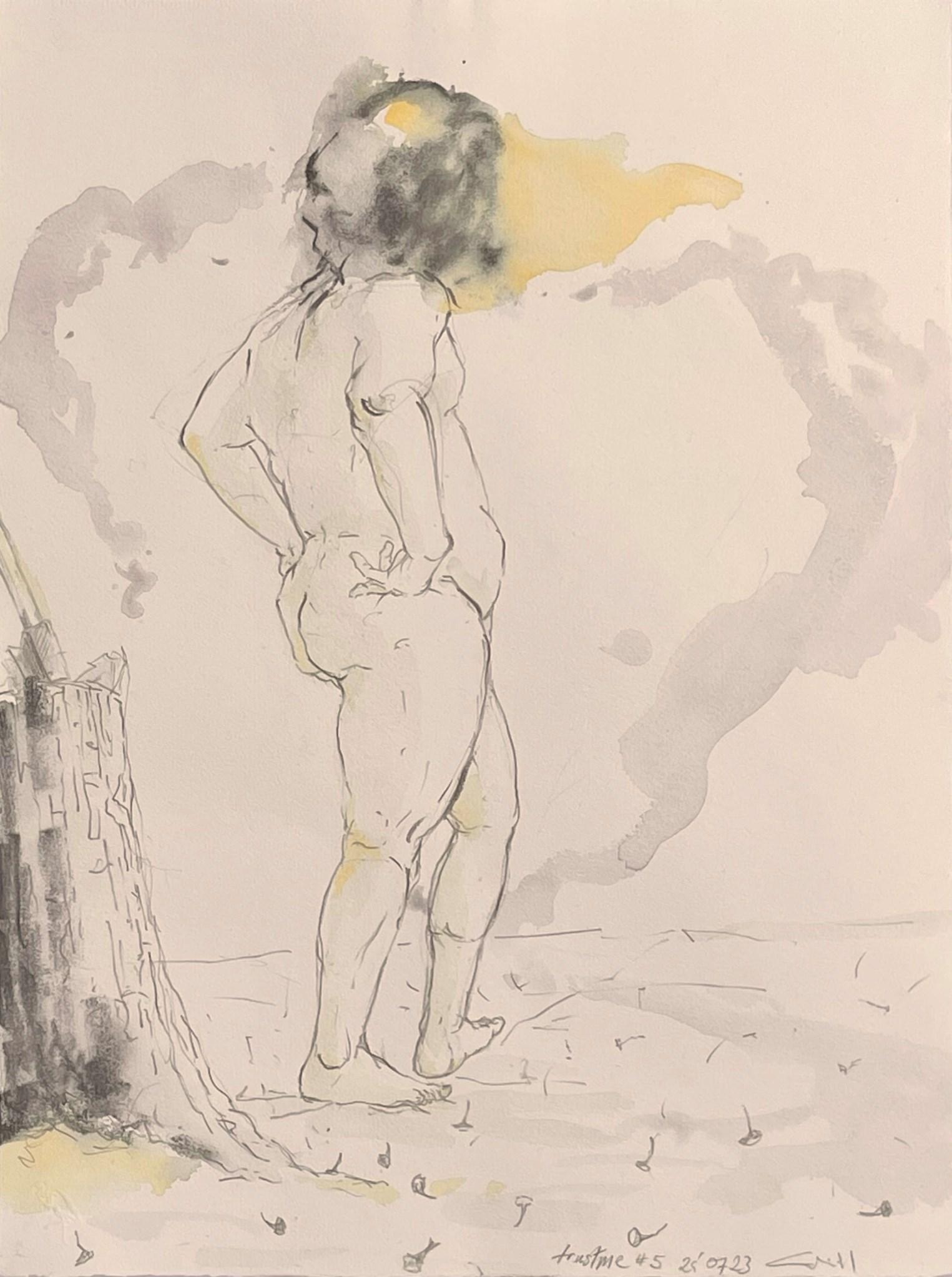
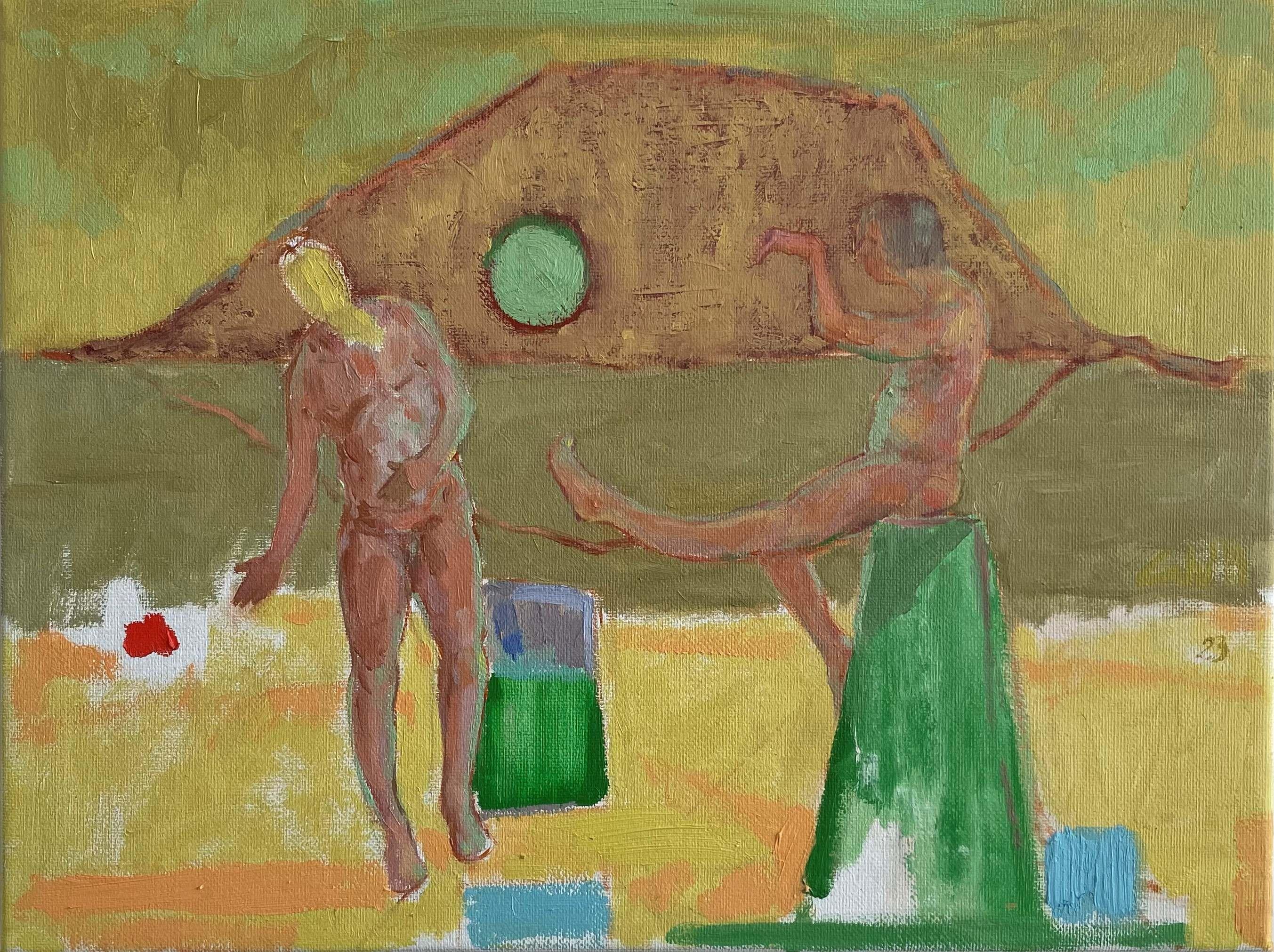


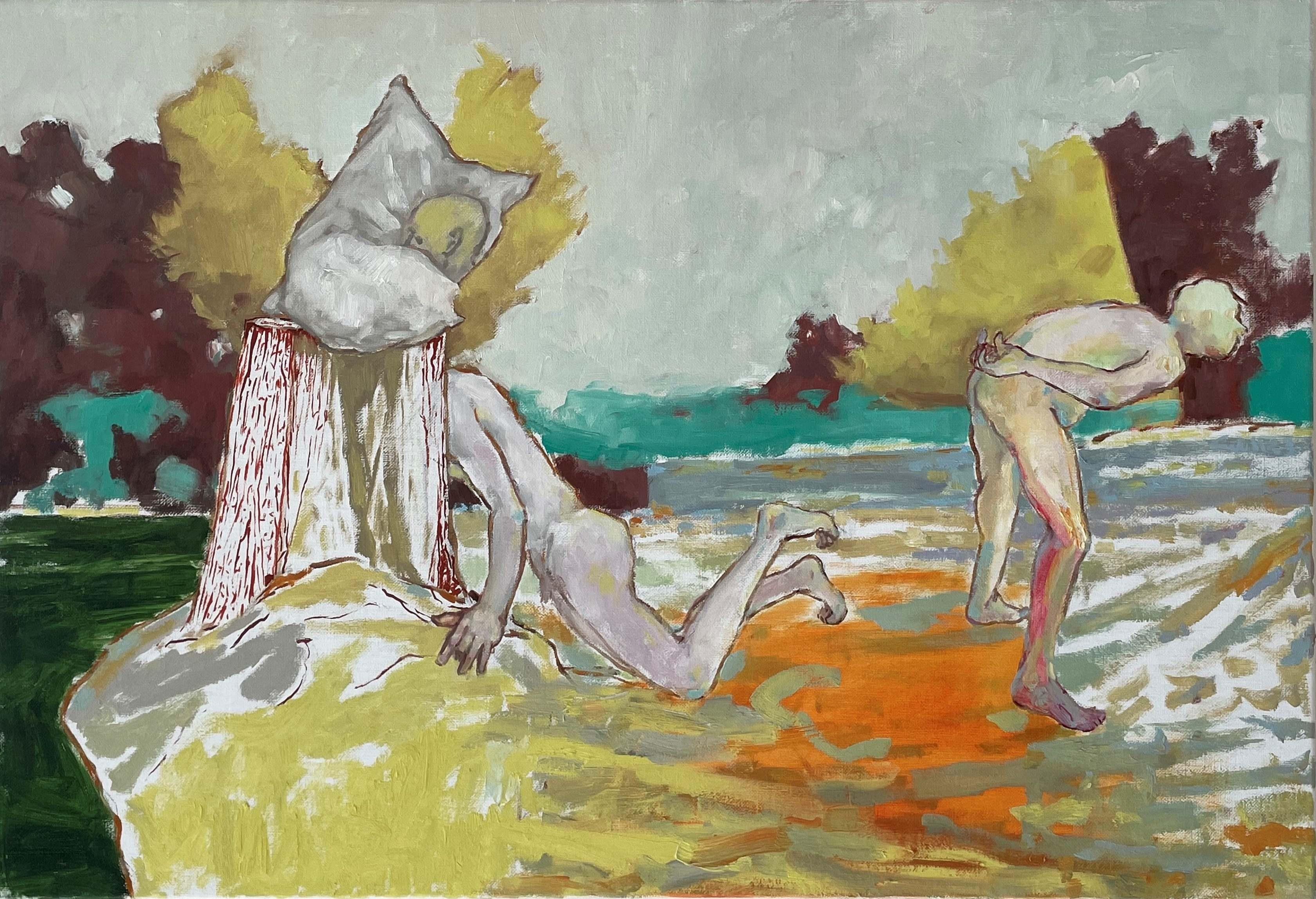
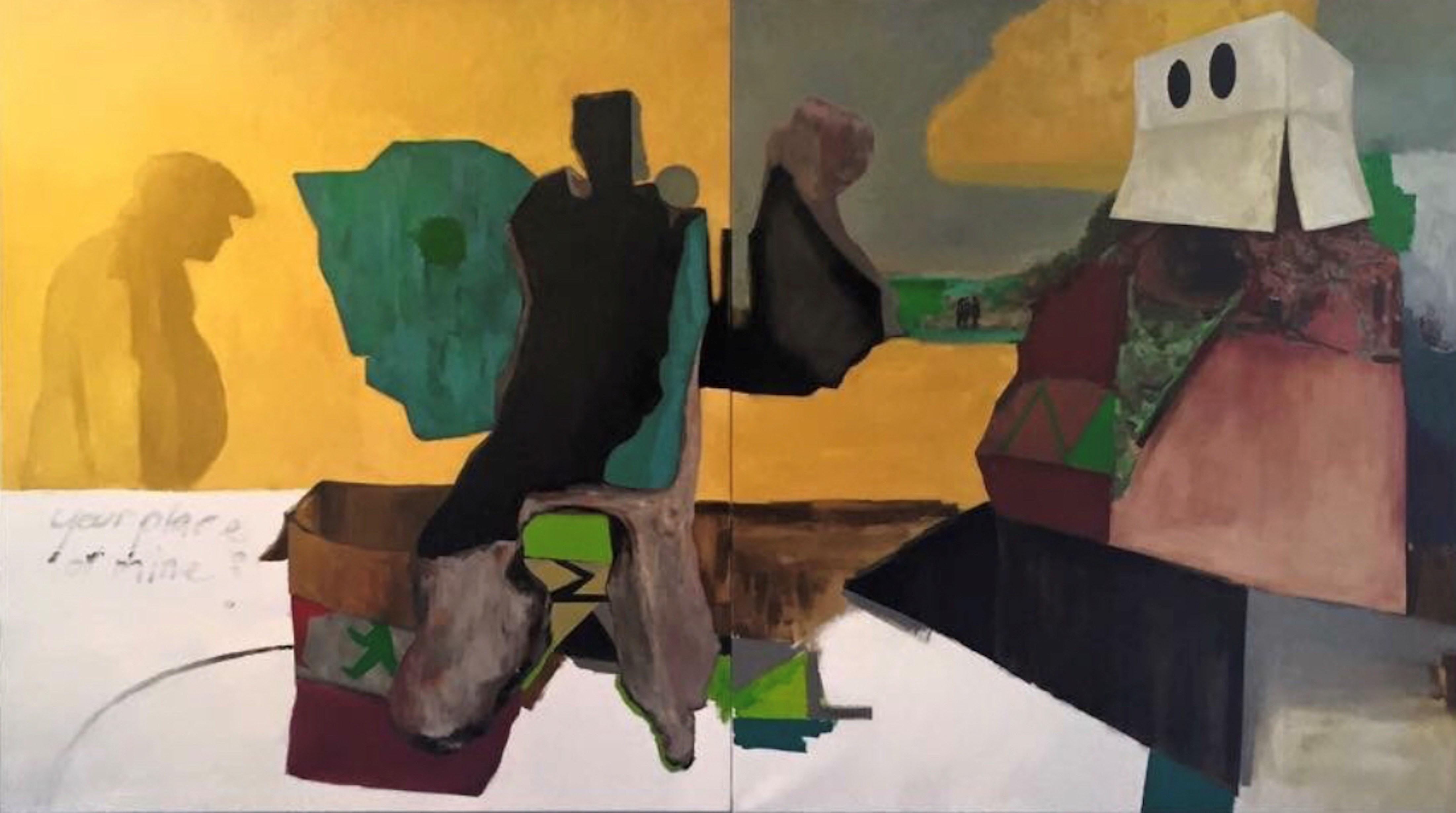
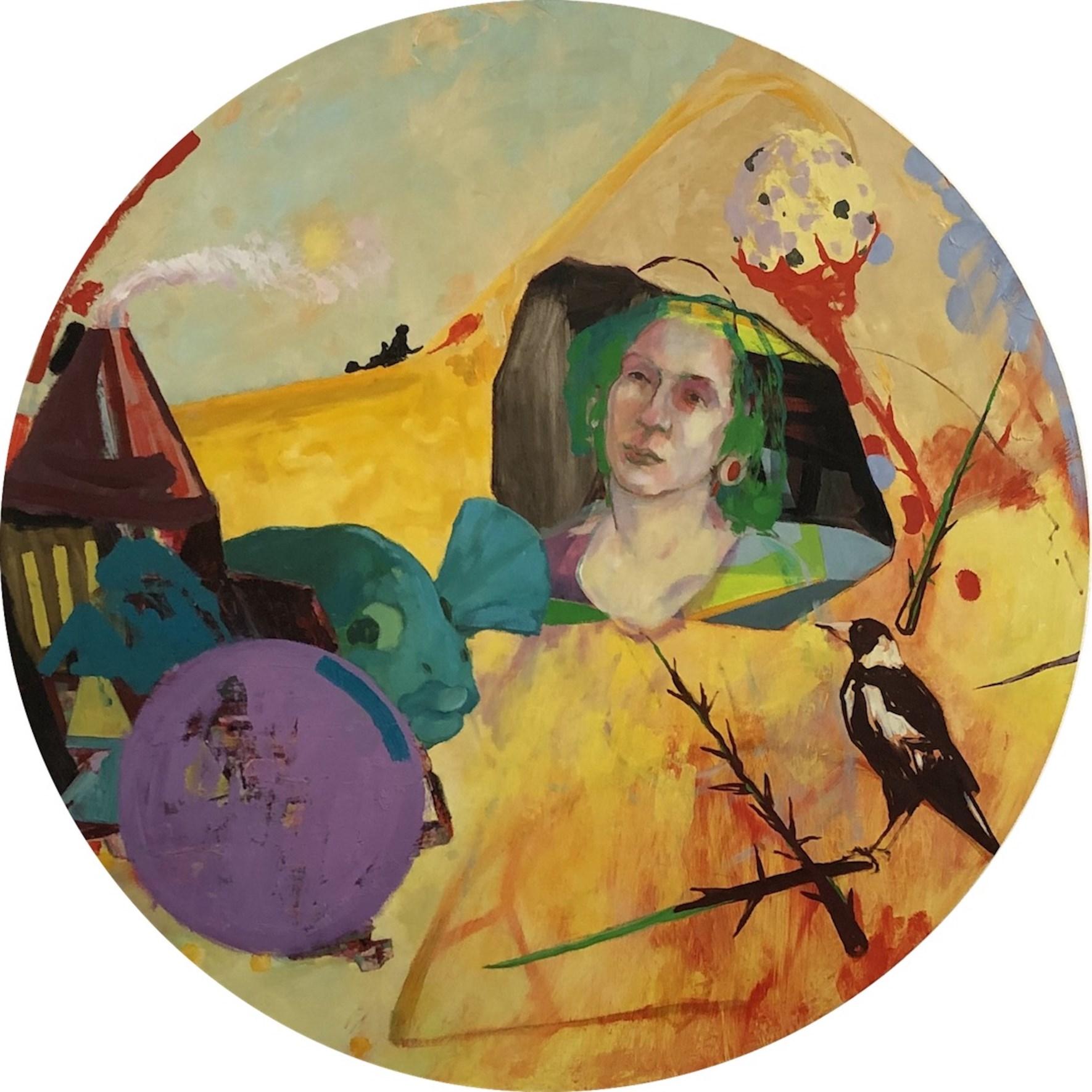
R A D E V A N S
In early spring on Cherry Hill Park
A cathedral hidden from view
We stopped beside a trailing trellis
And invited ourselves through
And as we walked we held our hands
And made one wish, not two
A wishful blessing to be betrothed
By nature hidden from view.
Well through we walked
- Brad Evans © 2024. betrothed
And passed by once
And felt no blessing then
When just before lunch
We followed our hunch
And walked on through again.
And as we walked
We asked once more
Our wish to be betrothed
When with a loud snap
My love felt a tap -
A blessing had been bestowed.
not wanting to be late for work I cut across Parker’s Piece before I hear the shouting. As I approach, I spot the source of din in the distanceA lone figure swaying from side-to-side in his right hand a large wine bottle, nearing empty.
Knowing just how much of a magnet I am to these types
I try to find another way but realise that the only exit was right beside him.
I keep walking nearer as the shouting gets louder and see a bearded face peering into the rusty dawn
with feet - bare & grubby and mouth wide open,
his vocals roundly defeating the surrounding noise of traffic; with ripped jacket and belt-buckle loose and something inside his trousers that didn’t smell quite like mud he reaches across as I pass, pats my arm sling while in a soft voice: “What happened there?” “Just a sore arm” I reply with a smile.
A little unsure about his state of mind
I pick up my pace and listen to the shouting start up before it began to fade into the distance all the while thinking well, there was a man abandoned by all - even by worry.
No longer concerned about bills or bog rolls or even running latean almost free man who could still lash out his tongue into the deep, bloody dawn…
Having torn off yet another 8 hours of my life I took that same route back home, after work, and for no particular reason I stood there in the darkness, near to where I last saw him,
And all I could hear now Were the victorious sounds of the trafficthe traffic and the headlights of all the travelling defeated.
- Brad Evans © 2024.

Based in Sydney Susie Devenport is primarily a figurative painter, who also enjoys getting outdoors and painting landscapes.
Devenport’s formal art study commenced at Julian Ashton’s Art School while still in high school and then continued with the Royal Art Society of NSW.
“My artmaking has always been an extremely personal pursuit and passion with a strong drawing foundation, I work in all media including; charcoal, conte, ink and pencil. Gestural drawing can be the most intensely emotive form of expression, and I love the exploration of line, space and colour through oils, pastels and mixed media. I enjoy the freshness and spontaneity of painting directly from life, “alla prima” and have always had a fascination for faces and the human form, often using humour and compassion to highlight the human ethos”. - Susie Devenport.
Devenport is a Fellow and former Vice-President of the Royal Art Society of NSW, and was an exhibiting member with Portrait Artists Australia.
She has worked on many commissions, received various commendations and awards over the years and is represented in collections both nationally and internationally.
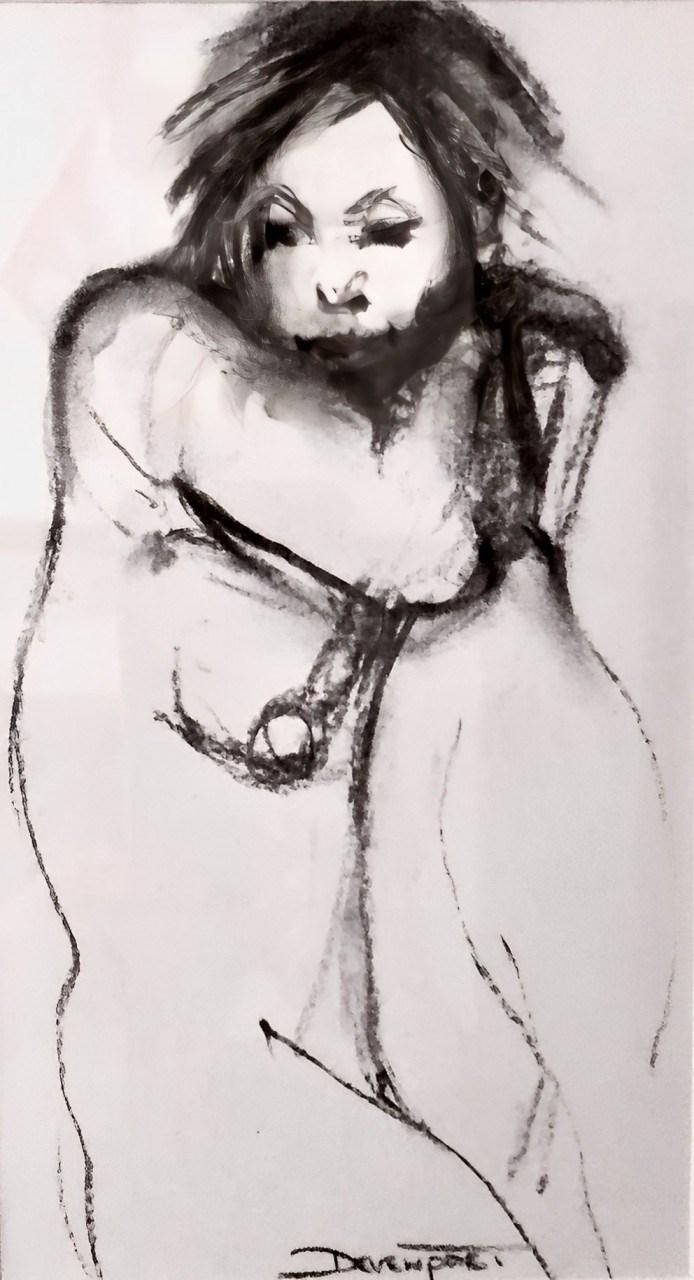

When did your artistic passion begin and have you always wanted to be an artist?
I have loved all things “Art” for as long as I can remember. I was the kid who drew all the birthday cards, made all the painterly presents, drew the “Pin the Tail on the Donkey” and was the nerdy one who thought an outing to the art gallery was the best day ever. I was the one who went in all the art competitions and came home with my fair share of awards. I would happily go along to Julian Ashton’s on weekends while still in High School and on receiving all the acceptances and scholarships I needed to further my education through university and colleges, my parents informed me that it was a “lovely hobby, but go and get a real job”.
Yes, I have always wanted to be an artist and I continued my art studies part time while working in the travel industry, which was my second great love. For ten years through the mid 70’s to mid 80’s I travelled the world for next to nothing, went to some very far flung and exotic places and kept on painting. Creating art is like breathing for me. I just can’t imagine life without it. It’s a need not a conscious decision.
Describe your work and philosophy
I love to draw. I think it can be the most emotive form of expression; the exploration of line, gesture and use of space. I love to watch peopletheir many complexities and the undeniable fact that we are all connected in some way. I love the natural world and its creatures. I love colour, freshness and spontaneity and feel an overwhelming compassion and appreciation of life. Art making is extremely personal, intimate and exposing. I think for this reason, I have never been a very good self-marketer… plus I’m too busy making to market. People have always had trouble pigeonholing my style. I’m always exploring and adapting; often even choosing the medium that I think best suits the subject matter. My favourite material is charcoal because of it’s incredible versatility and gestural ease with the exploration of line; I love pastels because of the instant colour and drawing possibilities and also enjoy oils because of their buttery texture and ease of colour mixing; gouache and watercolour are good travel options and mixed media? - Sure, sometimes that’s the best way to tell my story. I think that probably the most indicative marker of my work is the use of gestural line and my love of colour - especially blue!
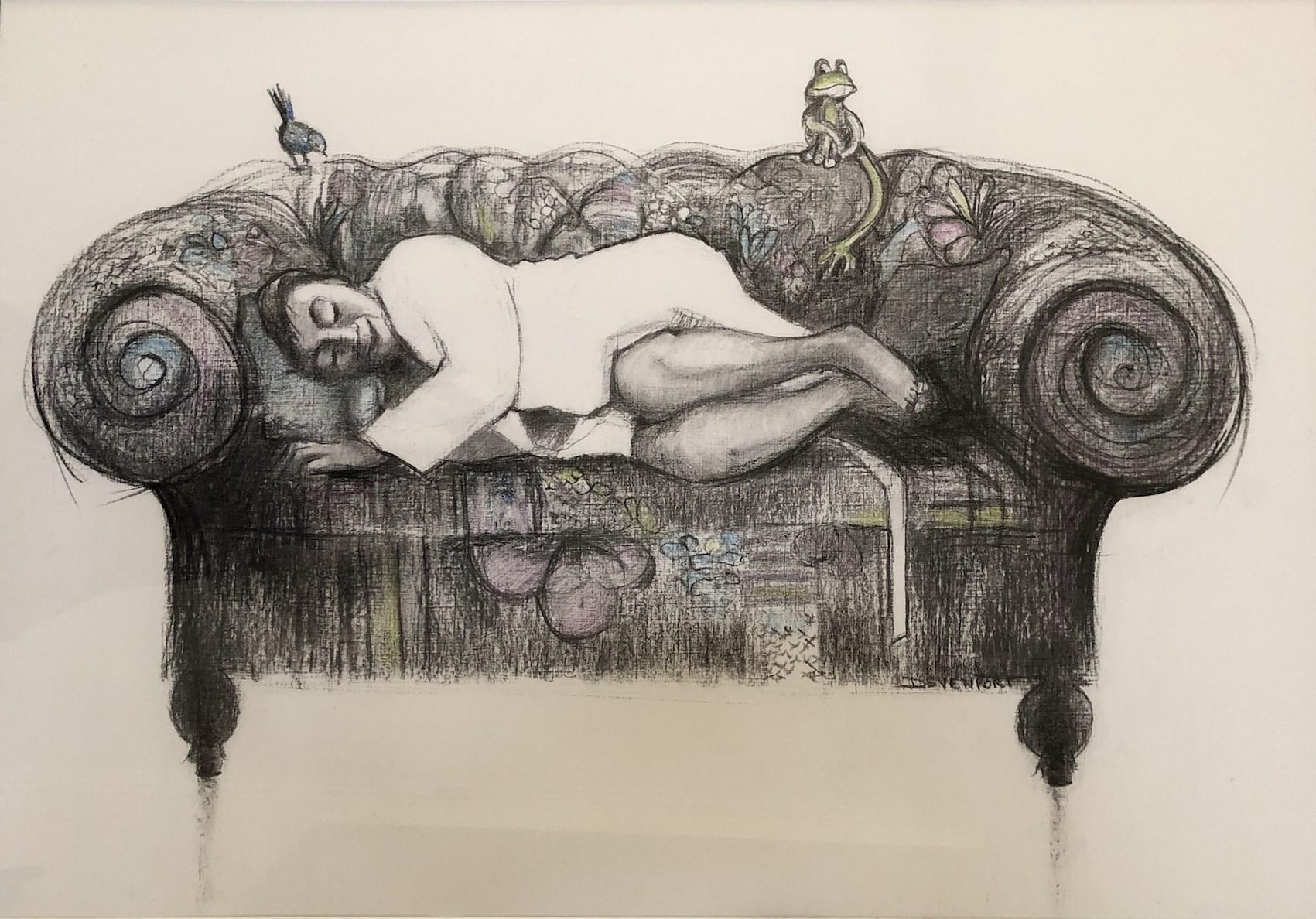
Do you have a set method/routine of working?
No, unfortunately! My entire home is my studio now the family has moved on. The desire to create is so strong that I can’t stop for anything once I get going. But I tend to just lunge into it with a great sense of urgency. The method I use depends on the subject matter and medium. I love a blank canvas - so full of hope and possibilities! Like many, I’ve often had to juggle work, children and later caring for my parents with my painting and had a “do it when you can” attitude. My then husband would sometimes ask me if I realised it was 1 or 2 in the morning when I’d simply lost track of time. What inspires your work?
Most of us artists are telling a story or expressing something and I’m no different in trying to communicate something. I look at the world around me; sometimes disturbing, sometimes brutal but also unbelievably beautiful. I will paint whatever is on my mind at the time and whatever inspires me or sometimes troubles me. It can be a way of venting or a satisfying meditation and escape. It is often a reflection of the times and sometimes a social comment, other times something to put a smile on my (and hopefully the viewer’s) face. One needs a sense of humour to survive.
My only sibling, my sister, died aged just 24 and this tragedy had a profound effect on all of us and has tended to influence many of my life decisions since. This event made me realise at a very early age the preciousness of family, friends and life in general and I never take any of these things for granted. I also had 33 years in a difficult marriage which has no doubt also had some influence on my art.
During Covid, my mum died. I had been caring for her full time and although inevitable, it was nonetheless devastating. For the first time in my life, I didn’t want to paint; didn’t see the purpose in it any more and lost my way for a while. The arrival of my first two grandchildren changed that. Why? Newborns give hope and on a practical note, I realised I had to write and illustrate a book for them. It got me going again. It’s been a struggle to reignite the passion, but the art world has always helped enormously in this regard, through the friendships made and wonderful encouragement and support always given.
Influences, Favourite artworks, artists and styles?
Too many to name, but Gustav Klimt was always up there near the top of the list. Although hugely over exposed and commercialised, I still admire his juxtaposition of the decorative with his very fine and sensual drawing ability. I admire Lucien Freud and his intimate studies of people, John Singer Sargent’s everything he ever produced, Mary Cassatt’s mother and child studies. Closer to home, I was a great admirer of my first teacher, David Brian Wilson, there’s Margaret Woodward’s fascinating style and use of space, Ann Cape’s skilful people studies and Warwick Fuller and Brett Mon Garling’s beautiful Australian landscapes. I’ve had the privilege of calling some of these people my friends and have been fortunate to enjoy many en Plein air and studio experiences with like minded artists over the years, sometimes travelling with them both overseas and more locally.
Challenges and achievements in becoming an exhibiting artist?
I started exhibiting (and sold my first painting) aged 15 at the Royal Easter Show and then at Rotary Exhibitions. I’ve always liked the idea of “art for good” and have participated in many group shows which raised money for causes such as the Red Cross, Motor Neurone Disease, Amnesty International, Bear Cottage, Youth Centenary Foundation, etc. My solo exhibitions usually raise money for organisations such as Cure Cancer Australia and Open Heart International. After the initial years at Julian Ashton’s, I discovered the Royal Art Society of NSW and have been associated with them for nearly 50 years now. I was honoured to be voted Fellow of the RAS and took on the role of Vice President and Councillor for 10 years. I still have a close association with them and exhibit in their Lavender Bay Gallery throughout the year. I also exhibit with Ku ring-Gai Art Society and am a member of Portrait Artists Australia.
I’ve been asked to judge art competitions, teach and run workshops from time to time and have been a finalist in the Gallipoli Art Prize, Berkelouw and Shirley Hannan National Portrait Awards, received various awards and commendations over the years including being awarded the Golden Jubilee Trophy for Best in Show at Ku Ring Gai Art Society and International Women’s Day prizes a couple of times. One of my larger paintings is on permanent exhibition at the Gallipoli Memorial Club and another in the permanent collection of the Royal Art Society of NSW. I’ve worked on many commissions over the years and am represented both overseas and locally.
are you working on at present?
A new home for me and my paintings! What began as, “if I move this wall, I could have a fantastic studio space”… has turned into a major rebuild. It occupies most of my time, but I still take short painting sanity breaks into the countryside with fellow artists or spend time at the RAS studios with the model.
What do you hope viewers of your art works will feel and take with them?
If I have communicated something and my art makes them stop, think and feel, then I will have succeeded. Whether it makes them laugh or cry, I want them to know that for a very short time, I trod this earth and this is what I saw. It’s important that I leave something behind to say, “I existed”. Future aspirations?
To be as true to myself as possible and not ever get caught up in trends or what I think people want to see. Support and recognition from my peers is more than enough.
- Susie Devenport © 2024.
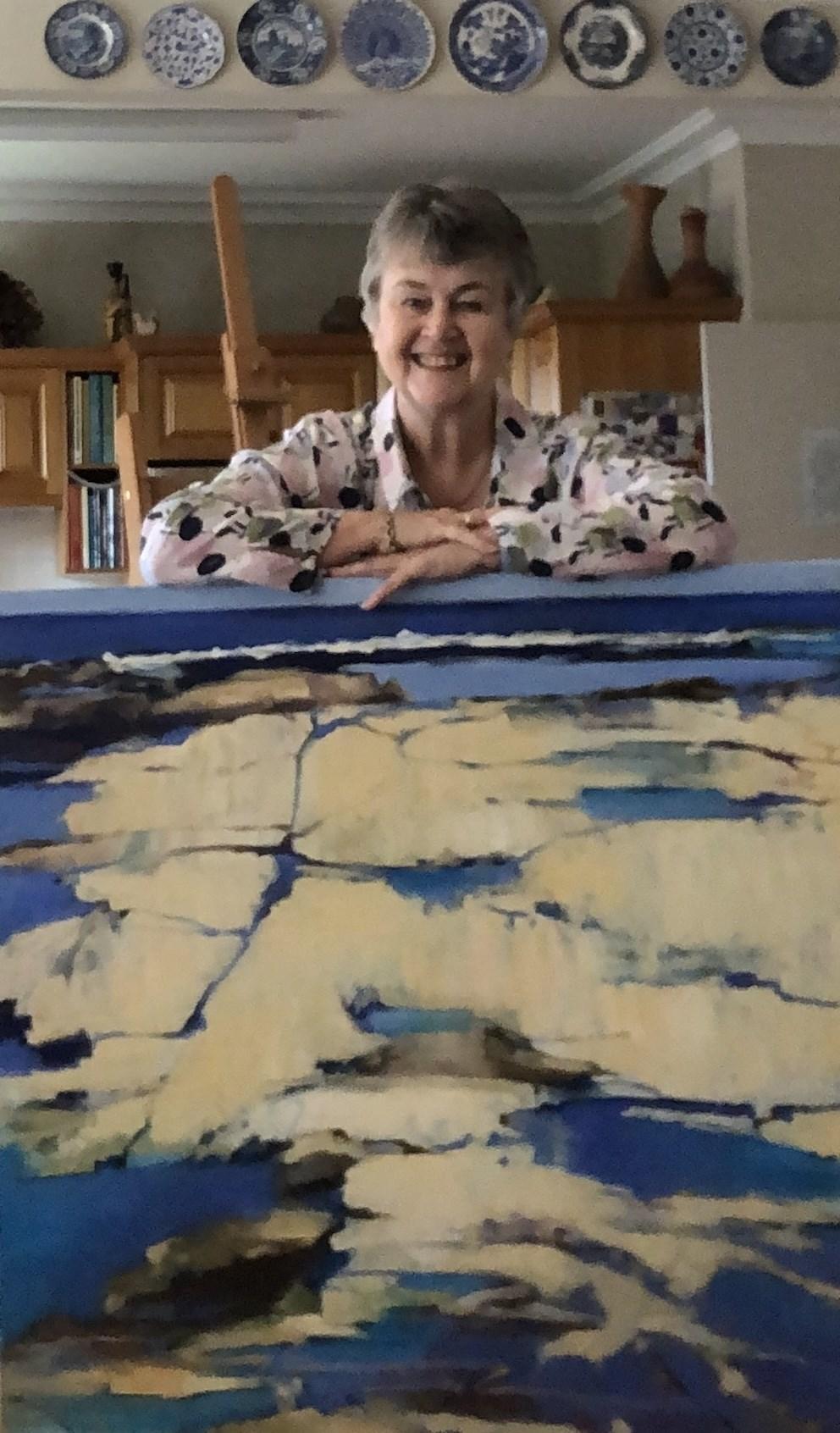
A L L E R Y S U S I E D E V E N P O R T

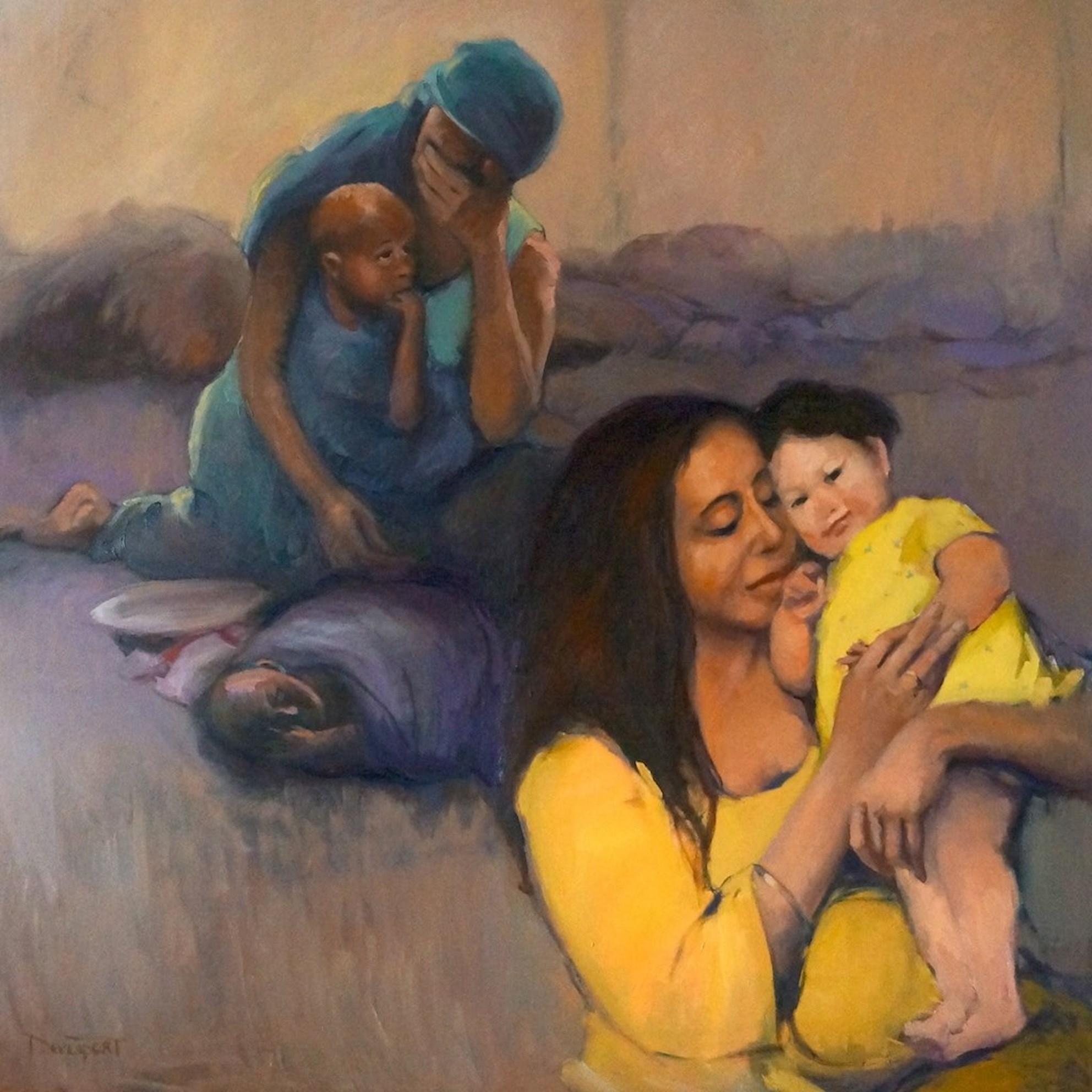



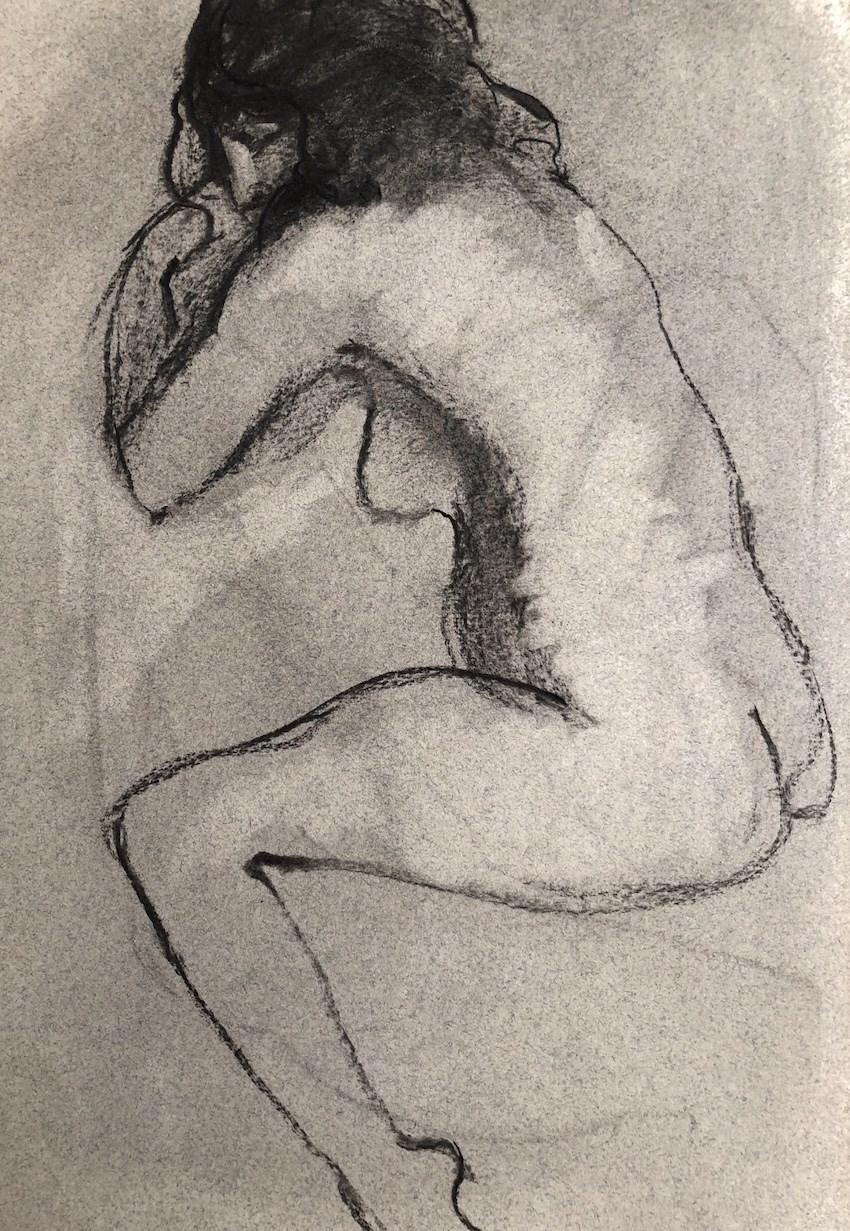
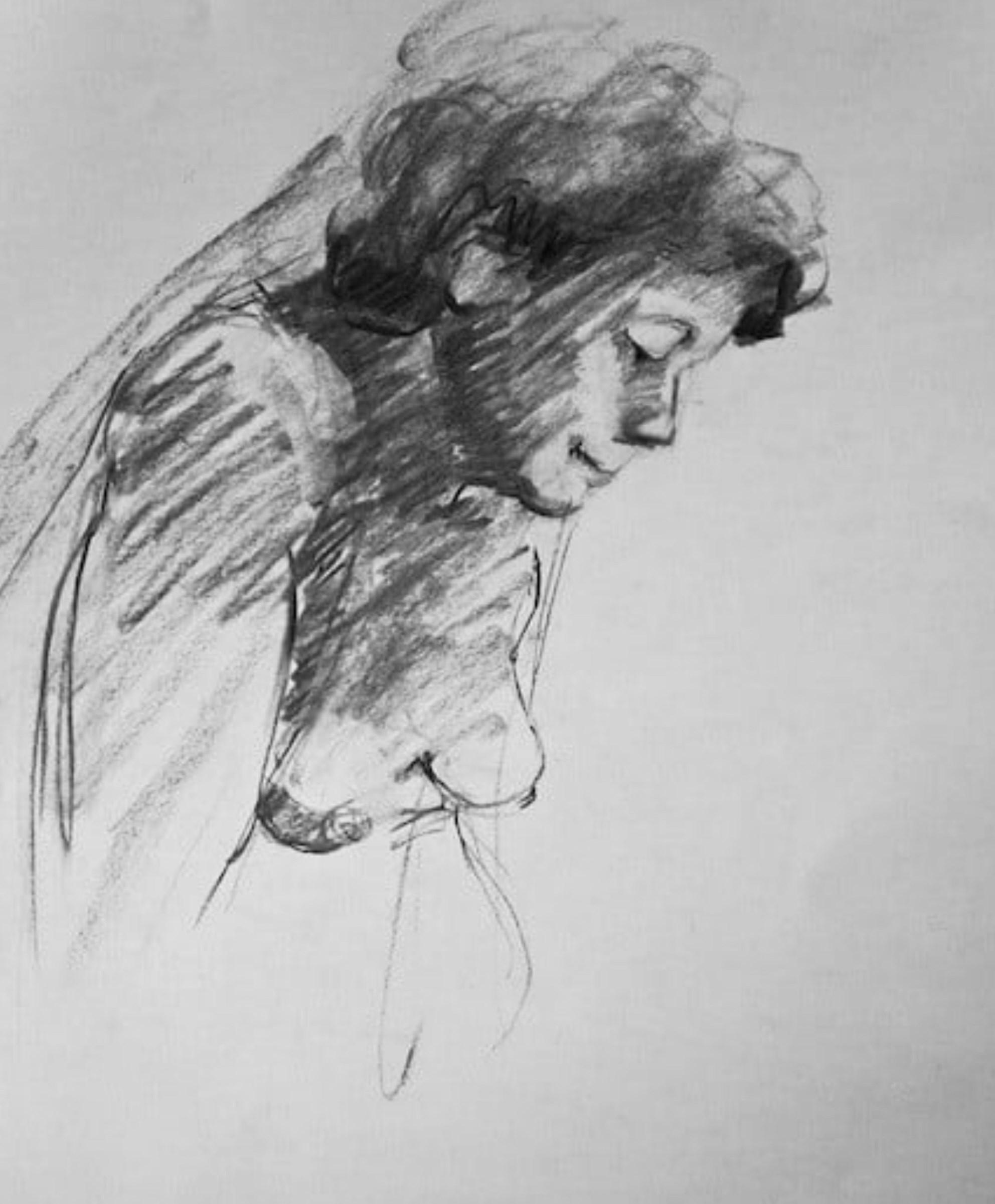
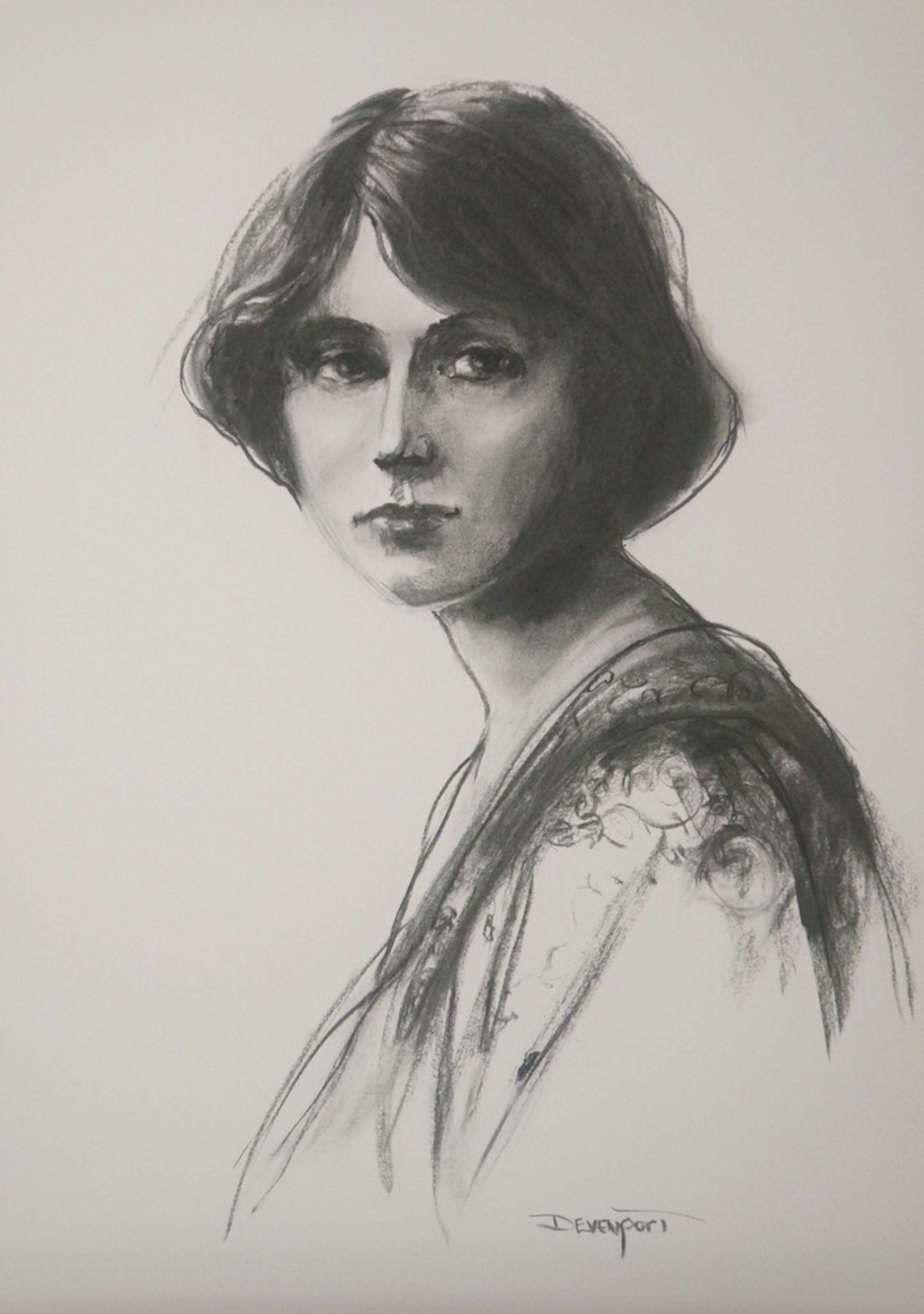
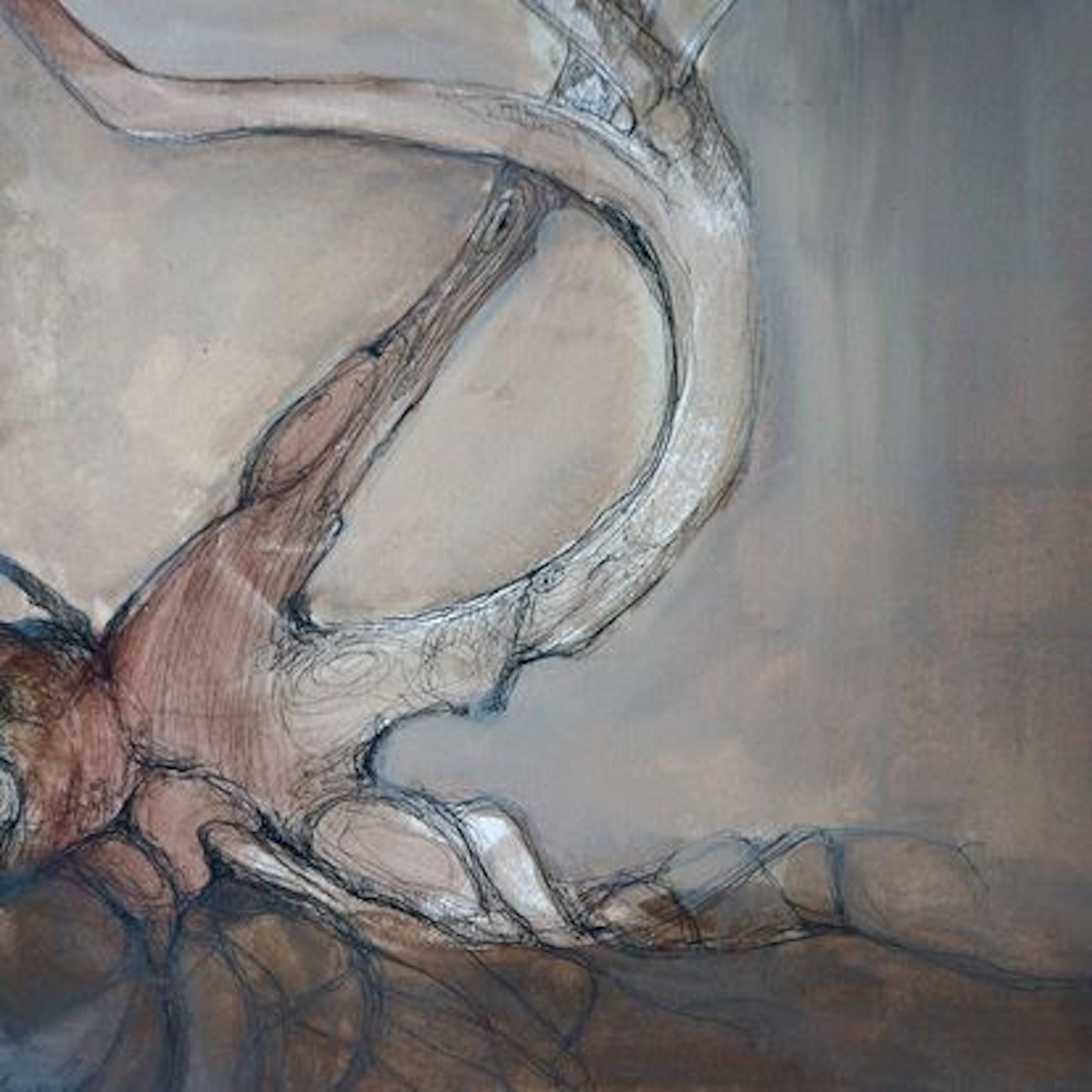
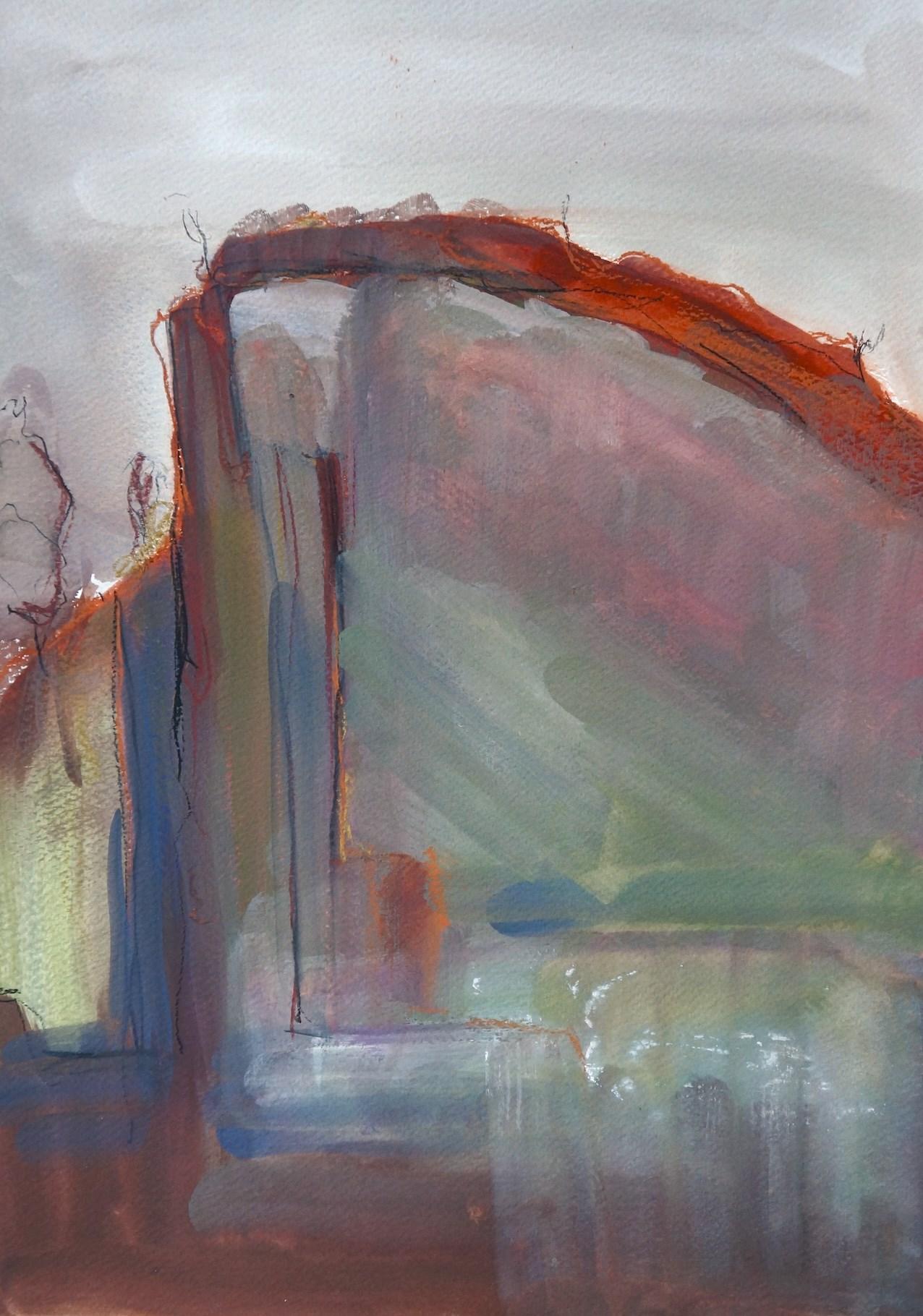
U S I E
E
E N P O R T
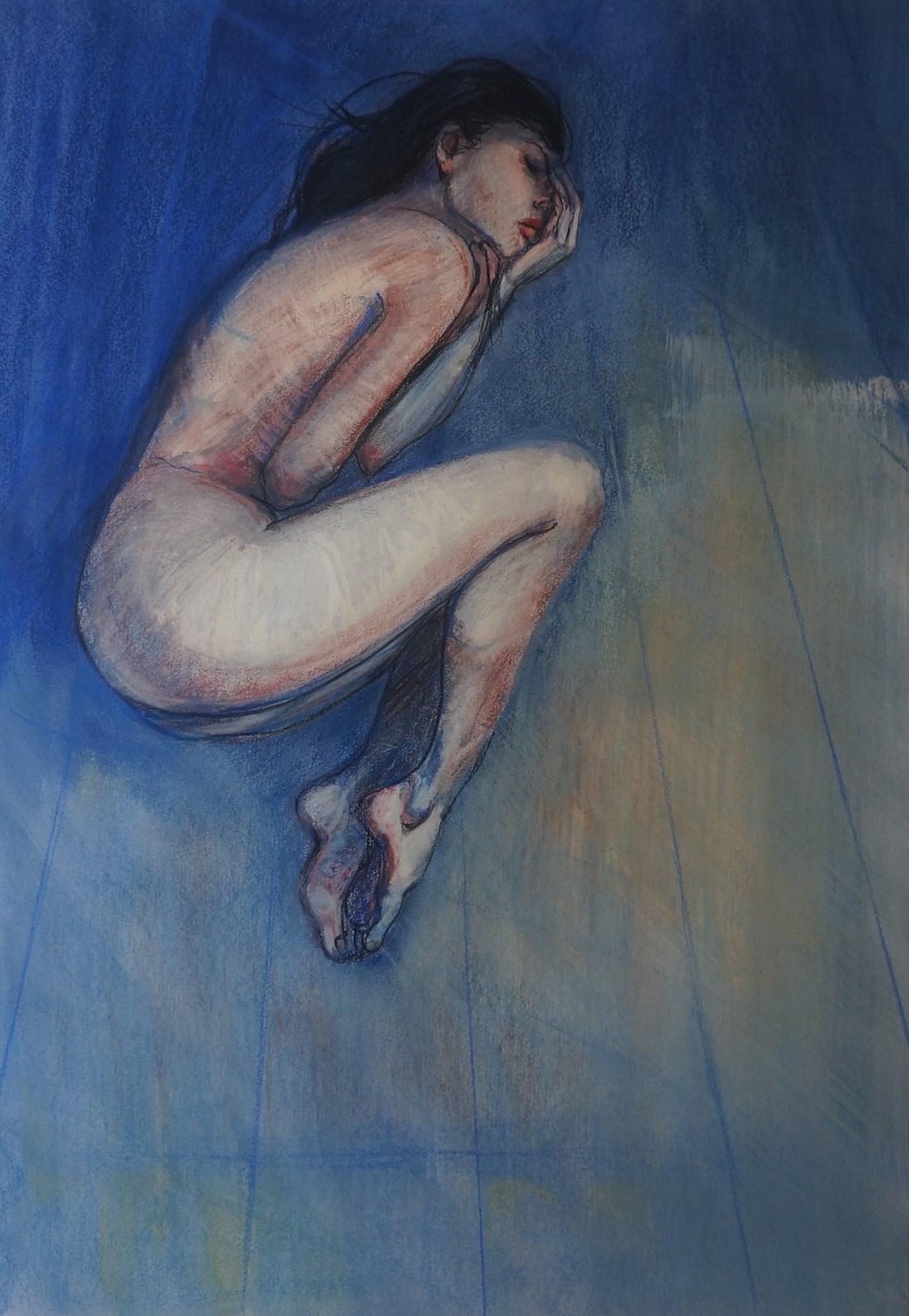
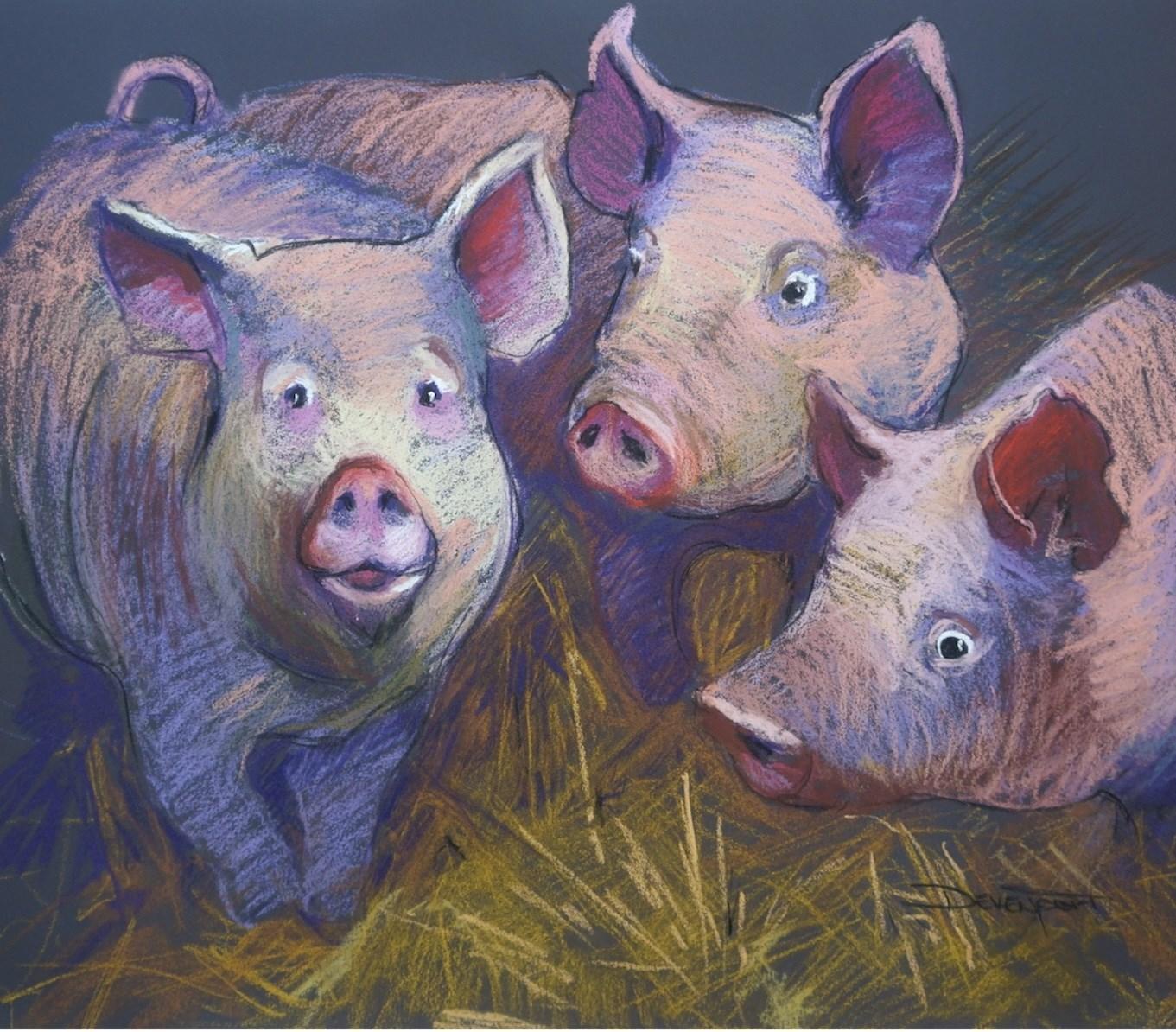
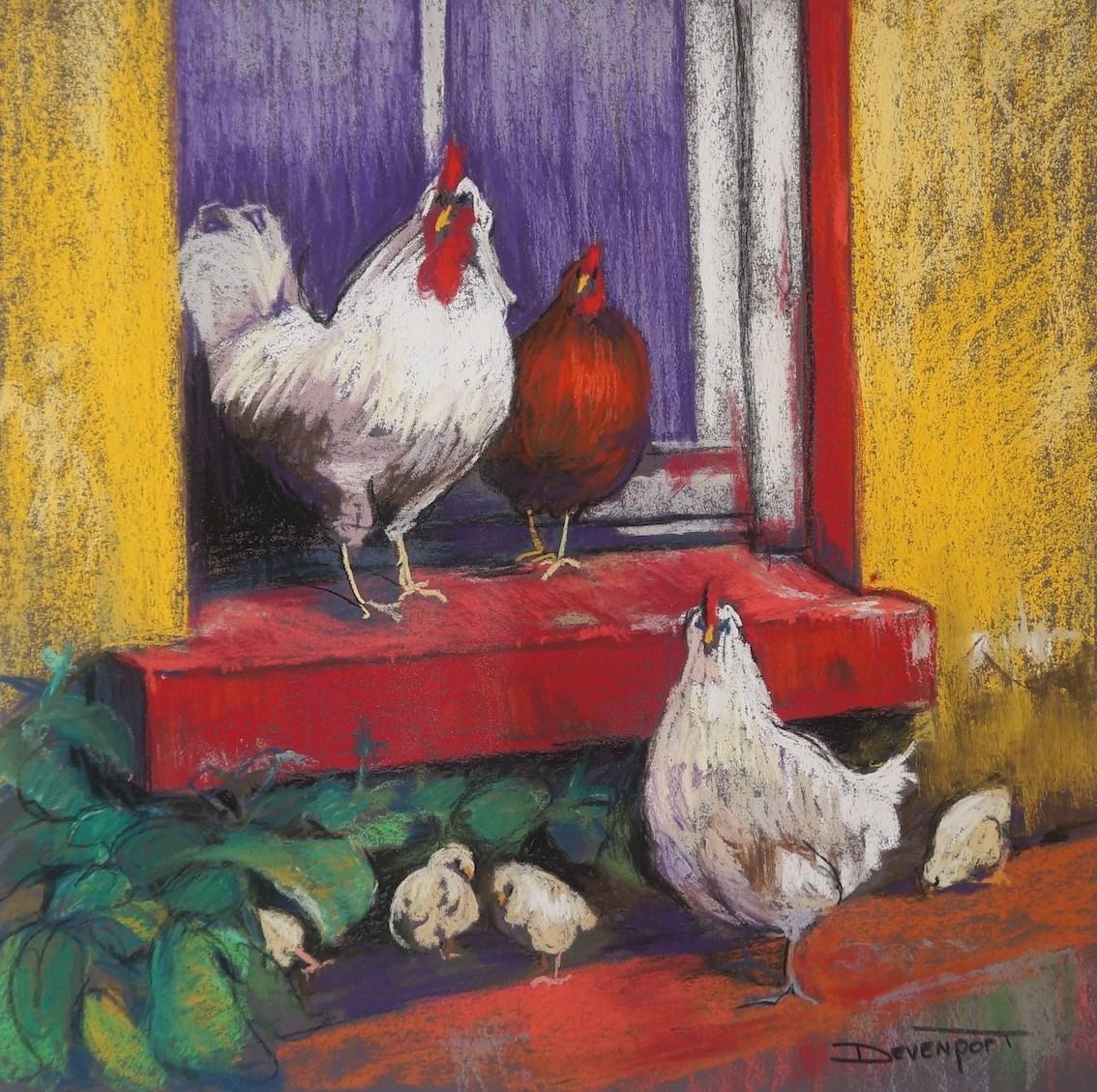

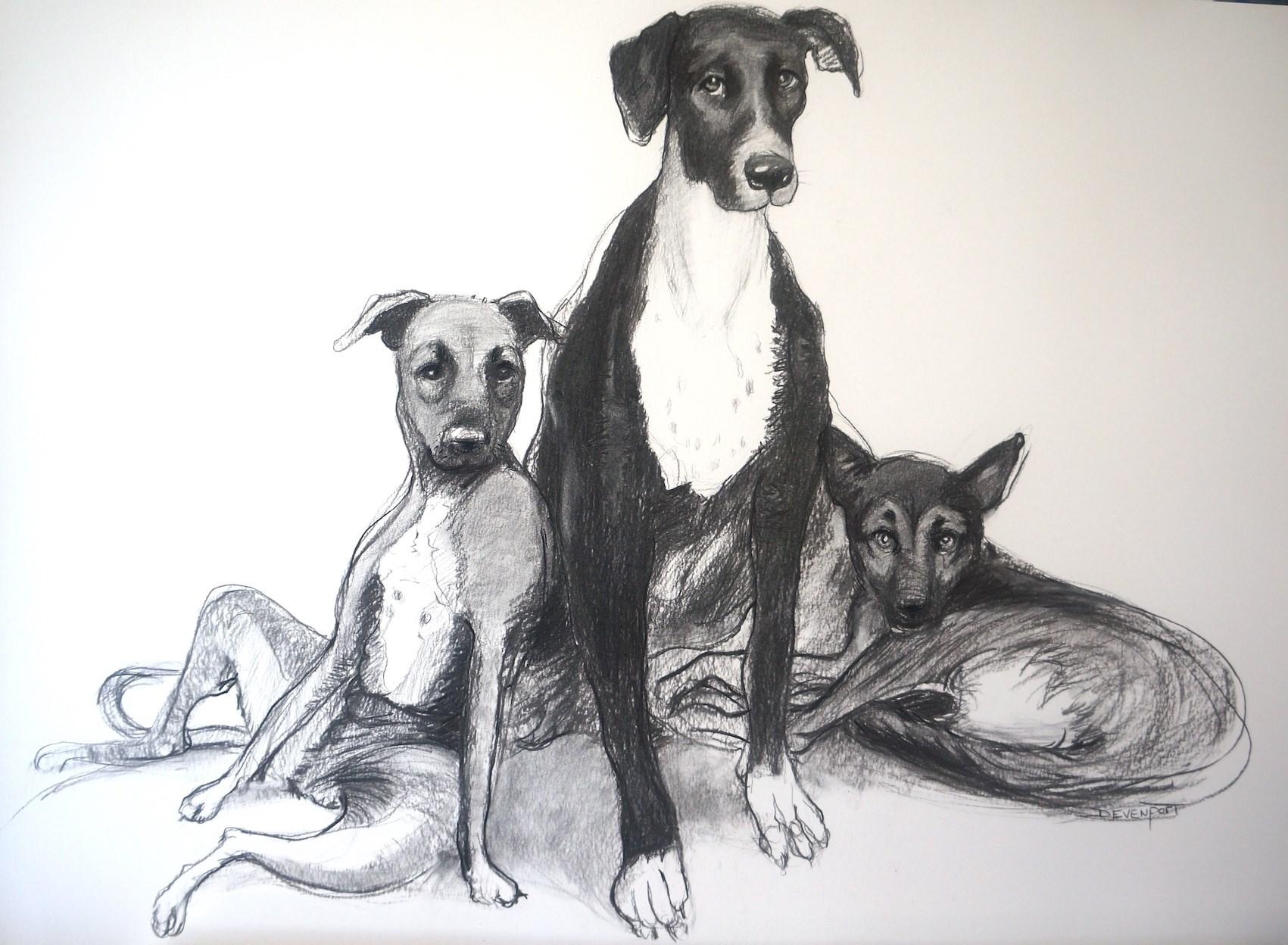
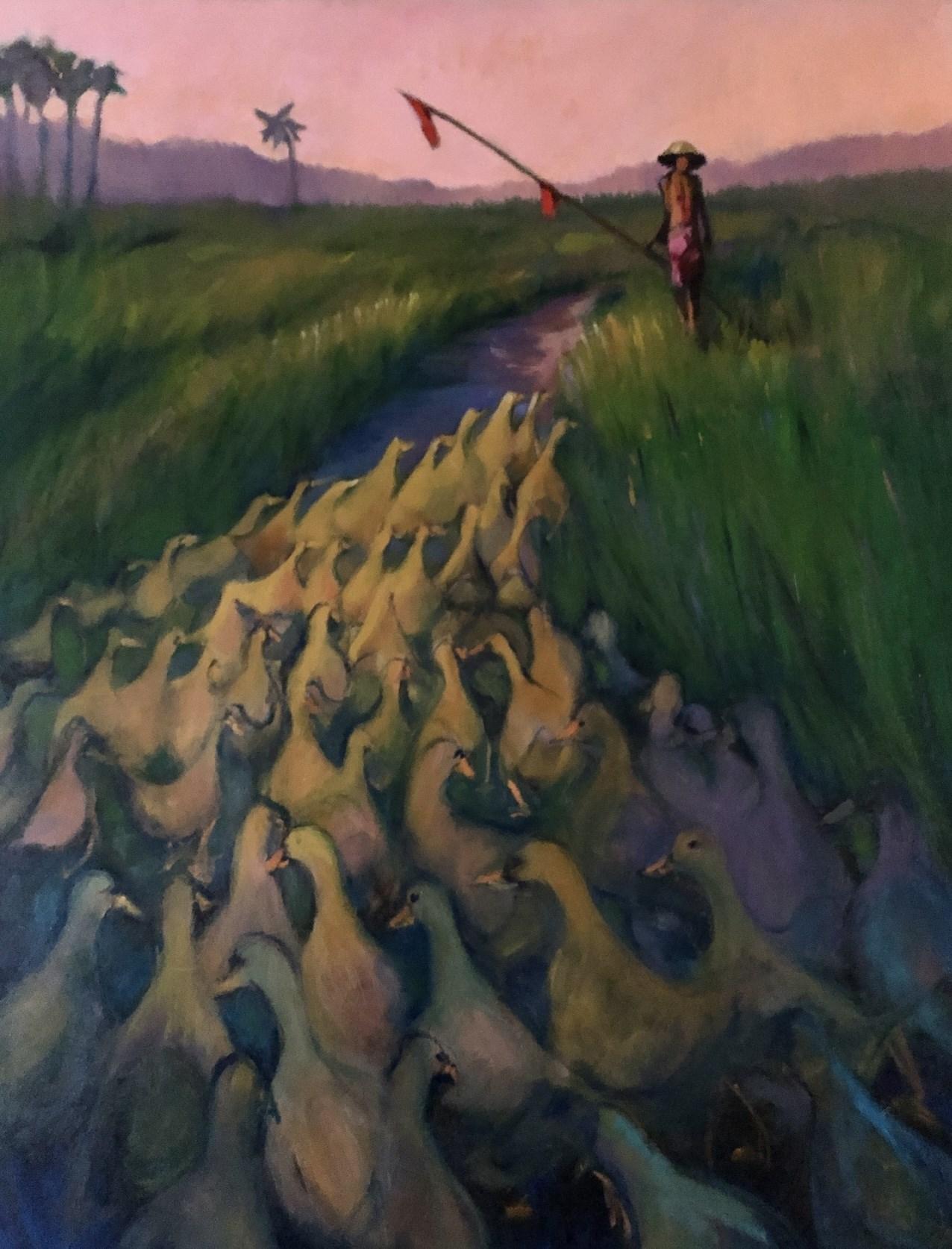
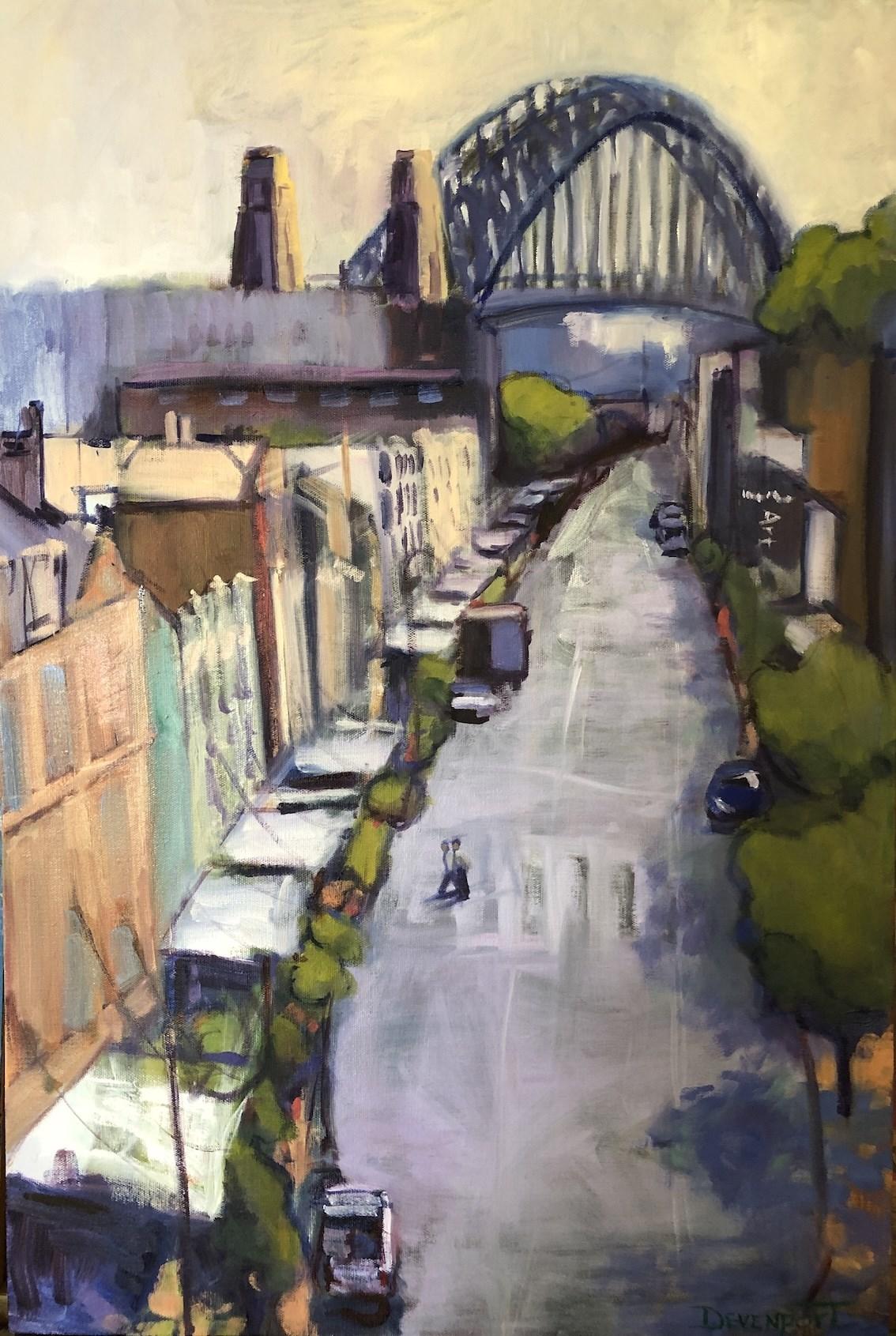
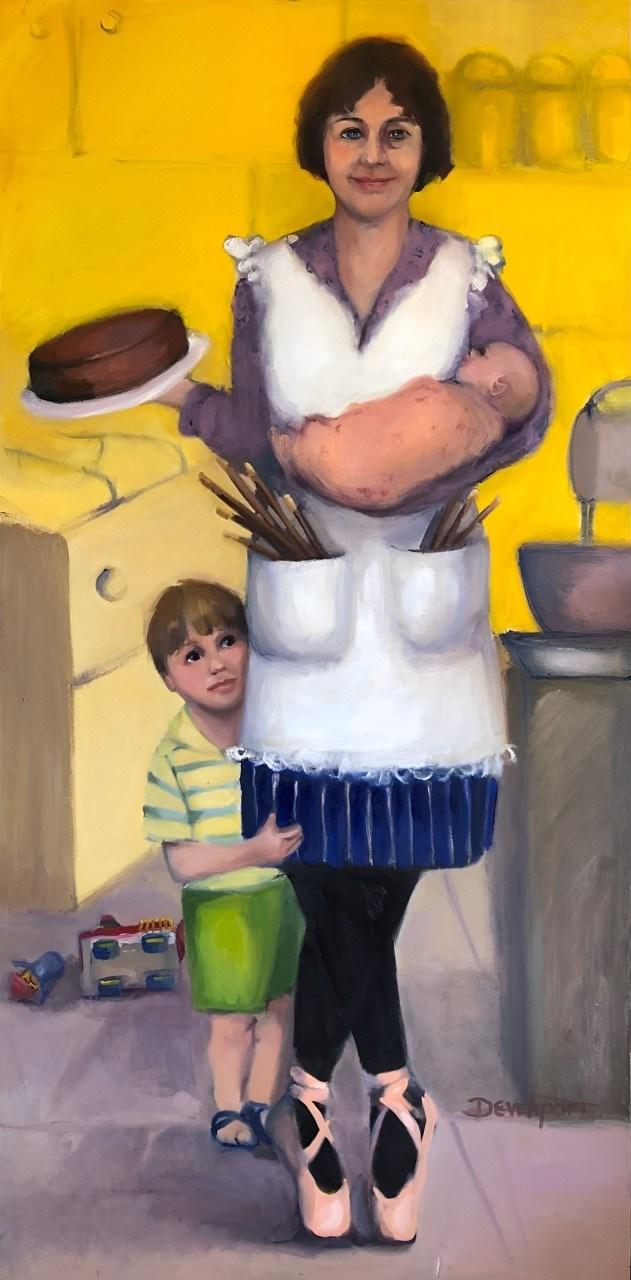

Artist Joseph Turrin grew up in rural Dungog NSW, later moving to Sydney, he works primarily in the medium of clay.
“Drawing inspiration from nature, Turrin’s ceramic practice involves experimentation with a variety of form, colour and texture. Turrin’s work ranges from utilitarian tableware, to unique vessels and sculptural pieces”.
Turrin’s passion for the medium of clay developed during his studies at the College of Fine Arts at the University of New South Wales. Gaining a Bachelor of Design Honours in 2017.
Turrin was studio manager at Kil.n.it experimental ceramics studios in Glebe, NSW from 2018 -23.
Winner of the inaugural Bluethumb Art Prize for Sculpture 2021. Winner of the 2016 Royal Doulton & UNSW Art and Design Award.
Turrin has been in numerous group shows, art prizes and commissioned for the National Gallery of Victoria Design Store for the Picasso Century exhibition.
Recently he is working as the Exhibitions Coordinator - Cessnock City Council - Performance Arts Culture Cessnock.

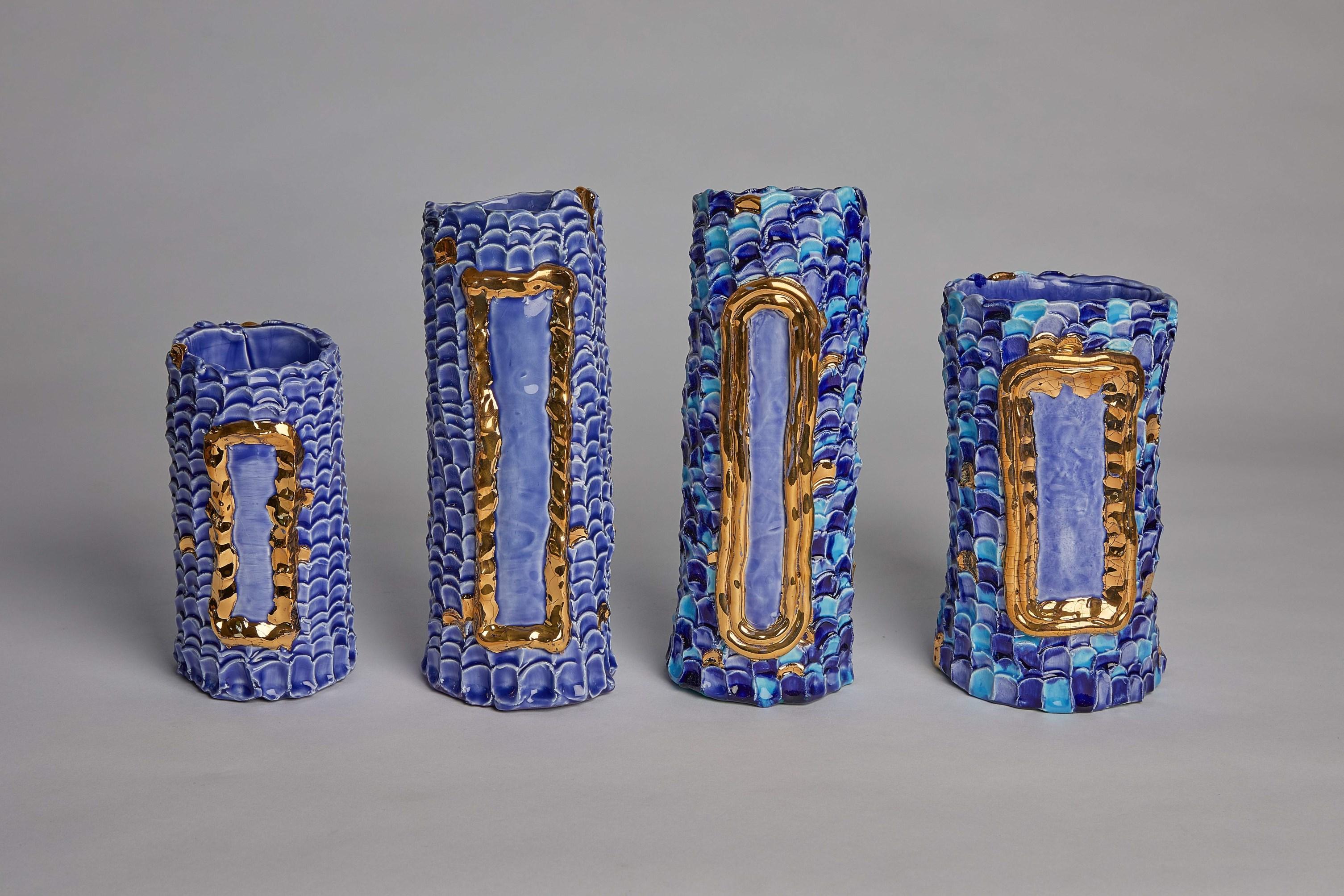
When did your artistic passion begin?
My passion for art started as a child. I was exposed to beautiful objects and creative endeavours from my parents who owned the local antiques and homewares shop in the rural town of Dungog where I grew up. Our house was eclectic and full of bold pieces of furniture, art, texture and colour. A trend that seems to be coming back. My dad works with timber (restoring furniture) but also collects Australian pottery both old and contemporary, Mum paints and quilts bold colourful works. So I was drawn to working with my hands, and the tactile nature of clay captivated me from the moment I picked it up at University. There was something about transforming raw earth into a sculpture or functional piece. I also have fond memories of playing with clay down at the creek with my siblings and friends in primary school, maybe this is all where my introduction to the medium really began.
Have you always wanted to be an artist?
I didn't always know I wanted to be an artist. I enjoyed both science, art and sport in high school. Studying both chemistry and Art for the HSC. I was accepted into university for a science degree which I graduated from with majors in Pharmacology, Anatomy and Histology. However, a future in this field wasn’t for me. I had an itch to create so I went back to university to study design. The journey to ceramics was an elective in which I was fortunate to win a prize in. As a result I got an internship with Royal Doulton at their Global design centre in the United Kingdom which I undertook during my degree. I haven’t looked back since. Describe your work.
My work is a fusion of somewhat traditional forms with contemporary design. Whether it’s a bowl, a vase, or a sculpture, there’s an intentional aesthetic and a story behind each object, blending form and function in a unique way. I want each piece to feel like art. Some pieces are highly textured and have bold colours. I would say I’m a bit of a colourist when it comes to glazing.
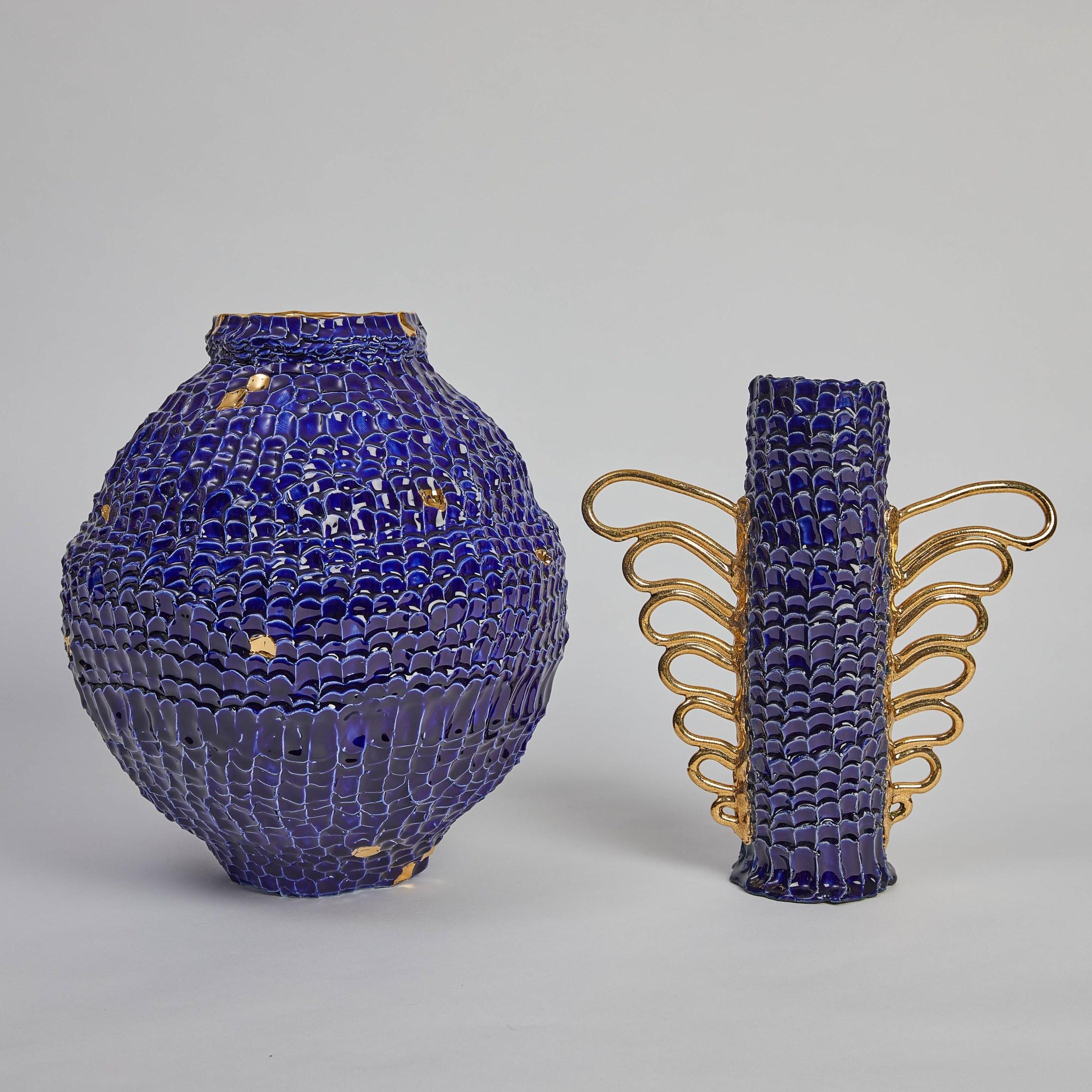
is no shadow without light and Butterfly effect
is the philosophy behind your work?
My philosophy is that everyday objects should bring joy and beauty into people's lives. I believe that handcrafted pieces have an energy that mass-produced items simply don't. My goal is to make items that people cherish, both for their functionality and their artistry. Do you have a set method/routine of working?
My routine is fairly unstructured. Sometimes I have a concept which could just be a texture, form or surface decoration. With this in mind I just start making and let the clay dictate. There’s a rhythm to my process which is meditative so it's easy to get lost making for hours. There is always room for experimentation in my process. As I rarely have a fully realised piece. I am informed by my environment and love getting out in nature.
Why do you choose this material/medium to work with?
Clay is an incredibly versatile medium. It’s responsive, grounding, and tactile. I love the challenge of working with ceramics because it combines so many elements—design, chemistry, and even chance—especially in the firing process. The unpredictability is part of what keeps me coming back. How important is drawing as an element to your artwork?
For me as much as I would like to say it is a big part, drawing is non-existent in my practice at the moment. What inspires your work/creations?
My work is inspired by nature, architecture, and the textures of the natural world. I’m also influenced by the Japanese philosophy of wabi-sabi, which embraces imperfection. The organic nature of clay aligns with that philosophy, and I often let the material guide me.
Major influences on my work include my parents, my environment, the clay itself, colours and textures. Beyond that, I’m inspired by artists who blend craft and art, like Lucie Rie and the Hermannsburg potters.
What are some of your favorite artworks and artists?
Any with bold colours, The Hermansberg potters, Lucie Rie’s ceramics which are both delicate and bold. Their ability to merge art and craft is something I aspire to.
What are the challenges in becoming an exhibiting artist?
One of the biggest challenges is gaining recognition and finding the right audience. Ceramics, while growing in appreciation, still straddles the line between craft and fine art, so there’s sometimes a need to educate the audience about the value of handmade, sometimes functional sometimes non-functional art.
Name your greatest achievement, exhibitions?
Some of my greatest achievements in the space of ceramics include my tenure as manger of Kil.n.it experimental ceramics for 5 years where I saw the medium exponentially grow in popularity. Kil.n.it is now one of the industry’s leading studios, we had some great group exhibitions and working here allowed me to have my first solo exhibition at The SHAC in the Southern Highlands. I met some many great practitioners and got to impart my knowledge to so many starting out their journey. A few highlights include: Winning the Royal Doulton and UNSW Art and Design award for my homewares range which saw me intern at the global design headquarters in Staffordshire, UK, situated in the Wedgwood Factory of the potteries. A very inspirational place :Winning the inaugural BlueThumb award for sculpture judged by Ken Done and Hubert Pareoultja: And being commissioned by the NGV (National Gallery of Victoria shop) to produce some pieces to go with the Picasso Century exhibition.
Currently, I’m having a little break as I have work in two group exhibitions one at Gresford Community Gallery and a pop up in Sydney called Ware Where with colleagues Rina Bernabei, Kelly Brown and Beanie Aldrett Flemming
What do you hope viewers of your artworks will feel and take with them?
I hope people feel a connection to the piece—whether it's through the tactile nature of the clay, the form, or the glaze. I want my ceramics to evoke a sense of boldness, the spirit of wabi sabi through the organic nature of my pieces.
Your future aspirations with your art?
I want to continue refining my craft and experimenting with new techniques and materials. I’m also interested in expanding my work into larger-scale installations or sculptural pieces that move beyond function and into purely artistic territory.
Forthcoming exhibitions?
I have a couple of group shows lined up next year, and I’m working on a solo exhibition that will showcase a new line of ceramics inspired by landscapes and the idea of place. Keep an eye out for more announcements from Turrin Designs!
- Joseph Turrin © 2024.

A L L E R Y

J O S E P H T U R R I N

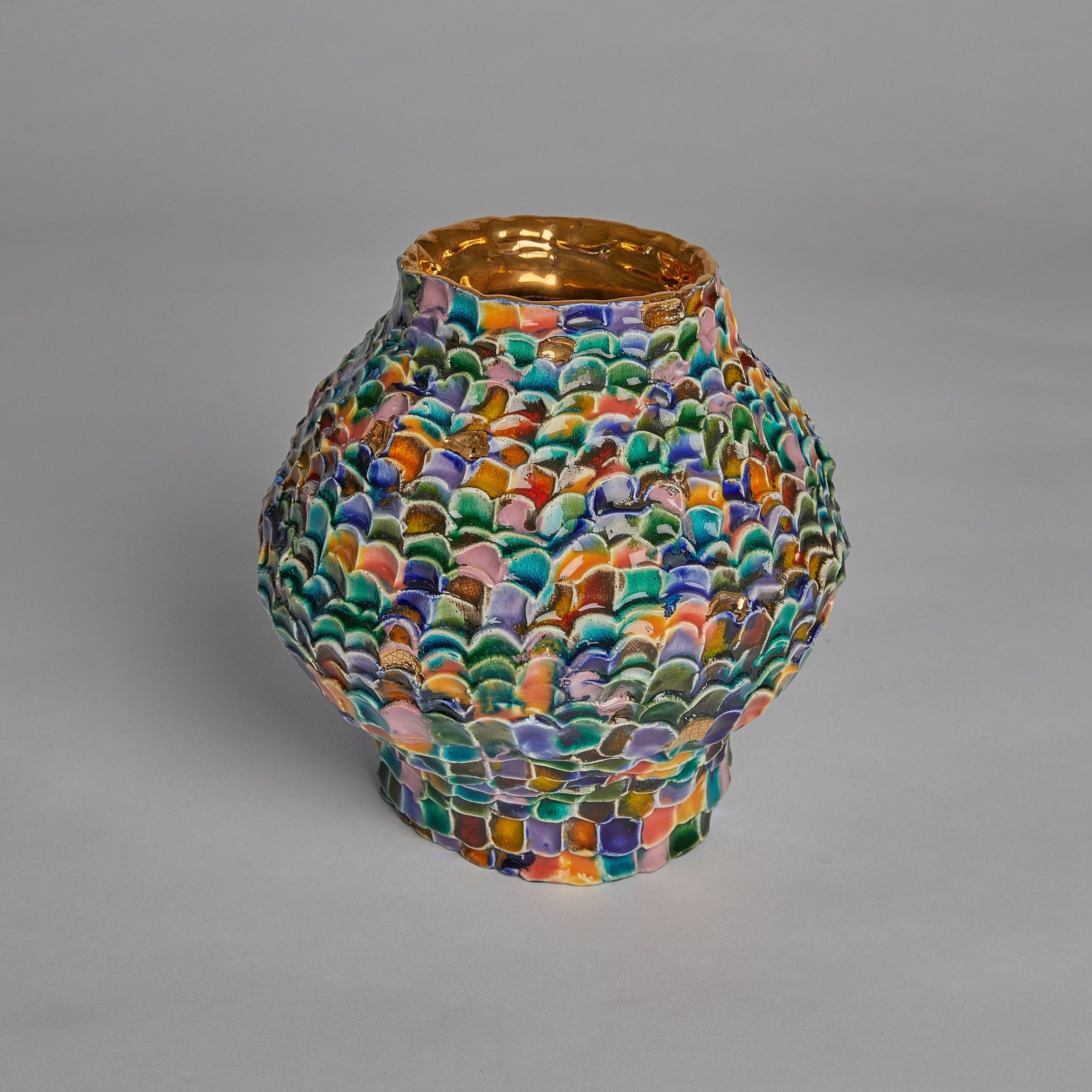
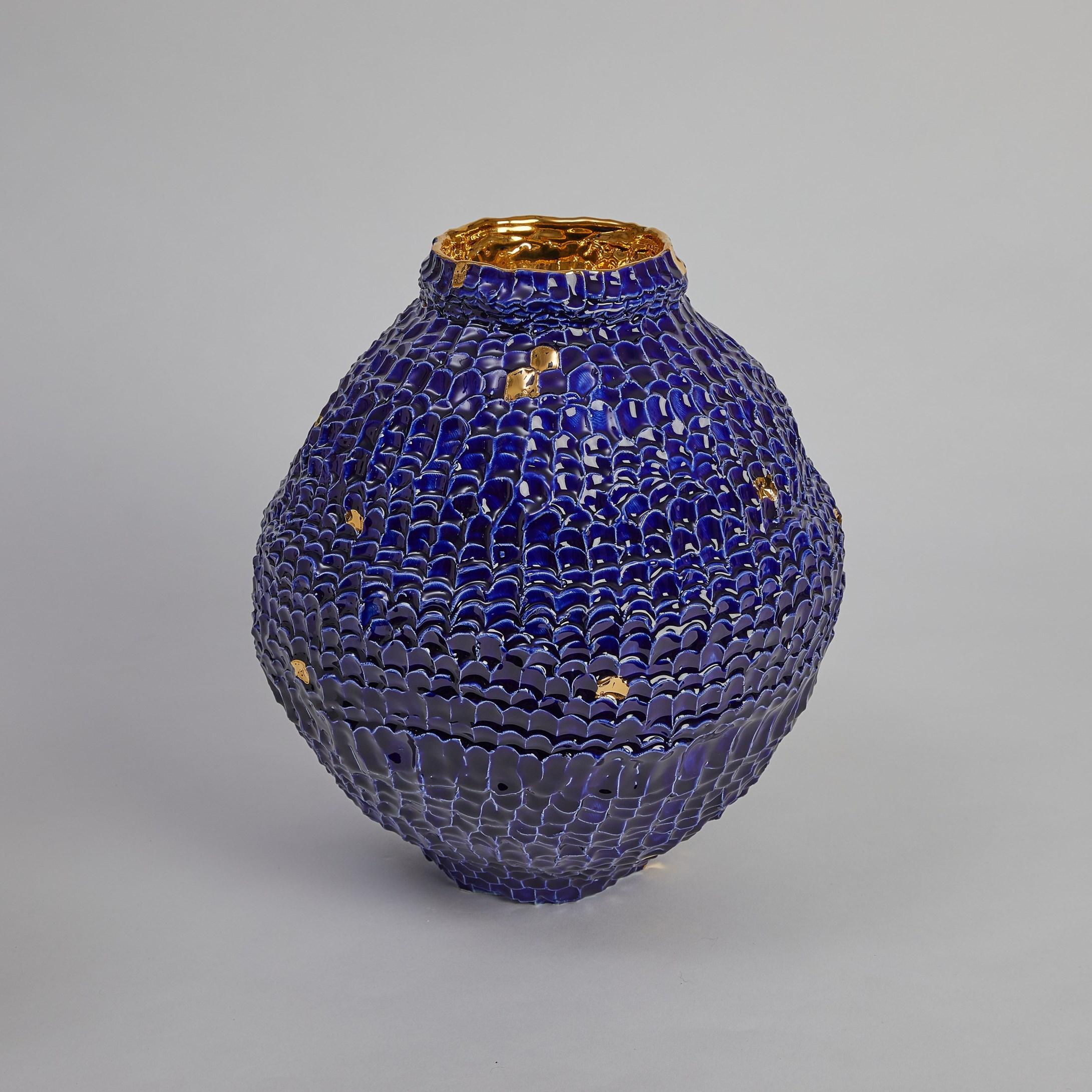
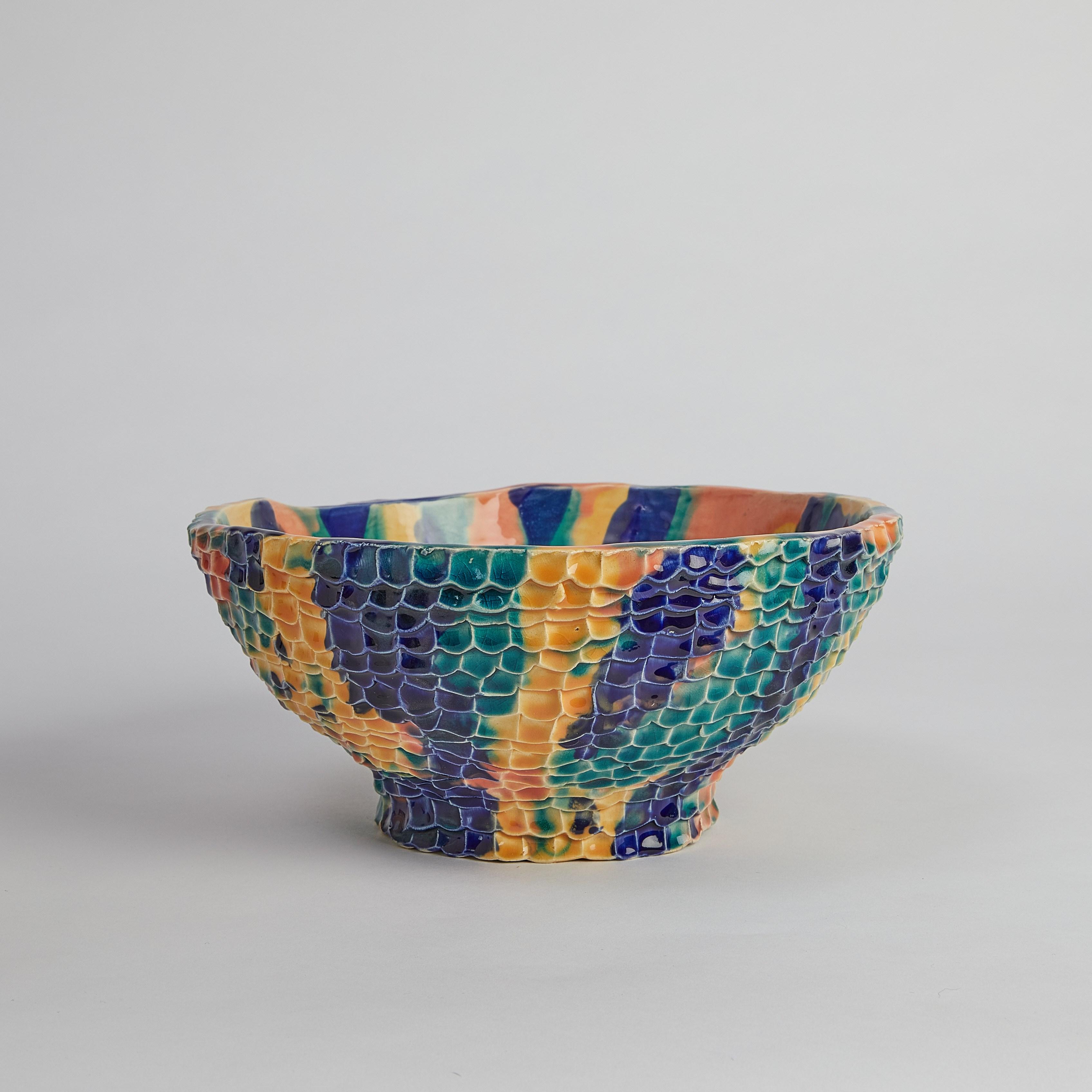

In the shallows Earthenware, glaze and
O S E P H
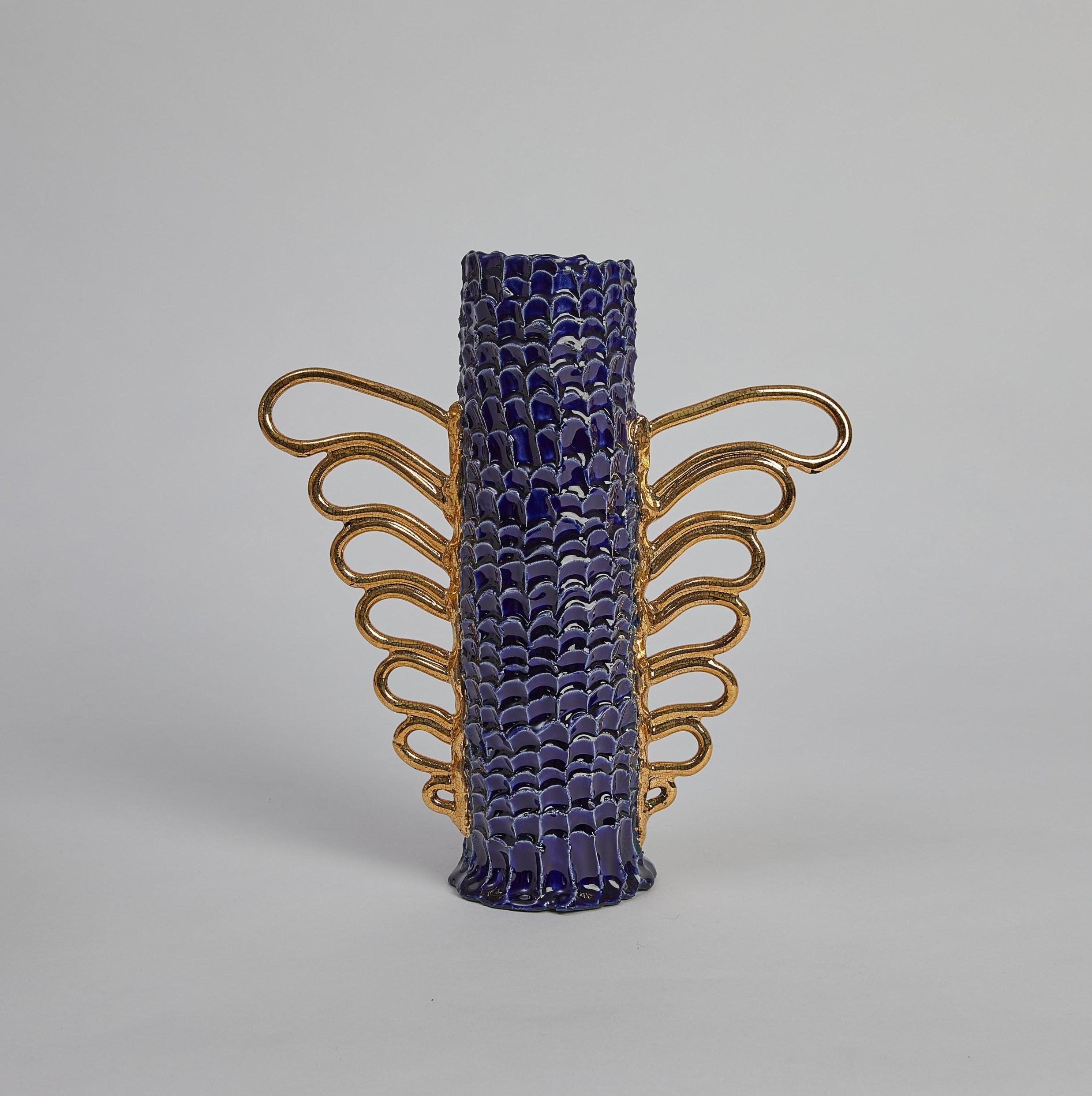
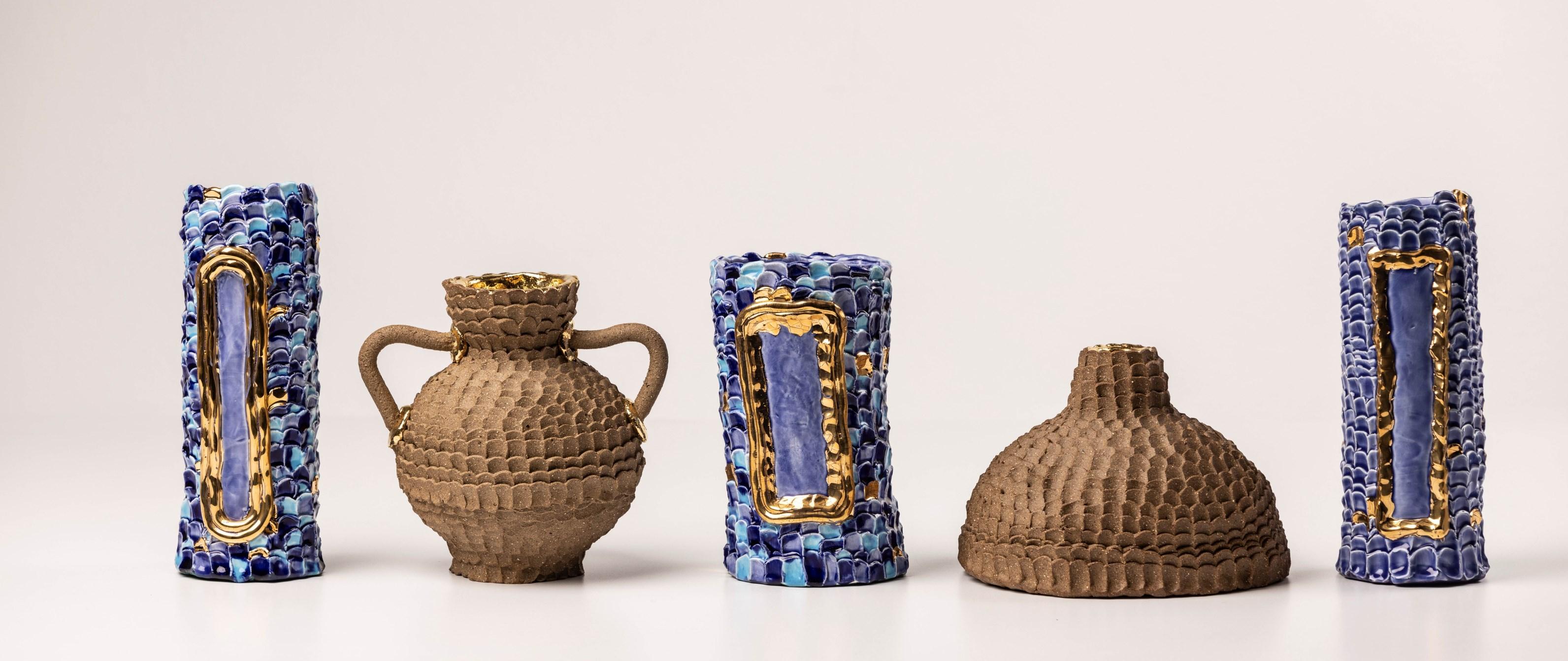

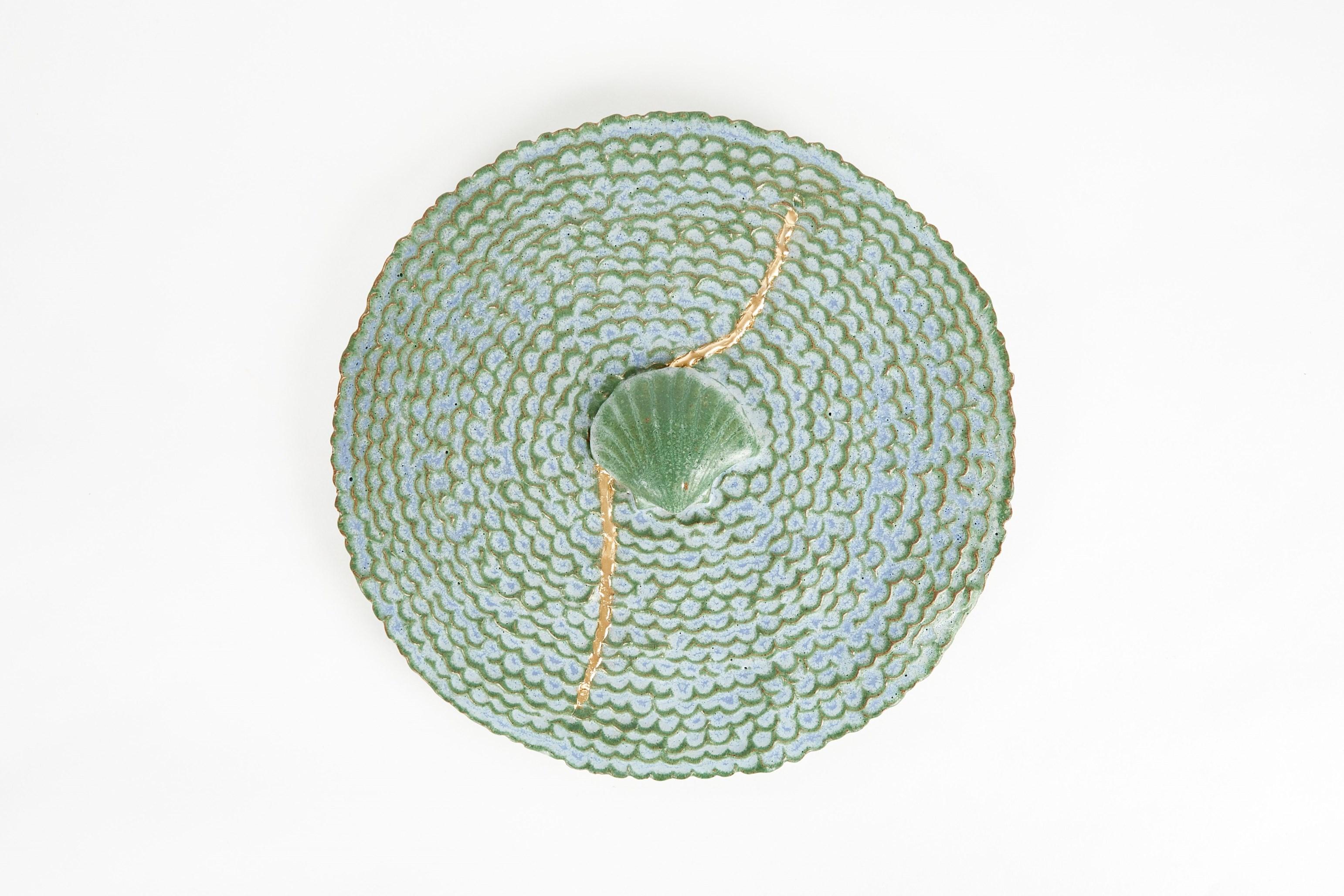

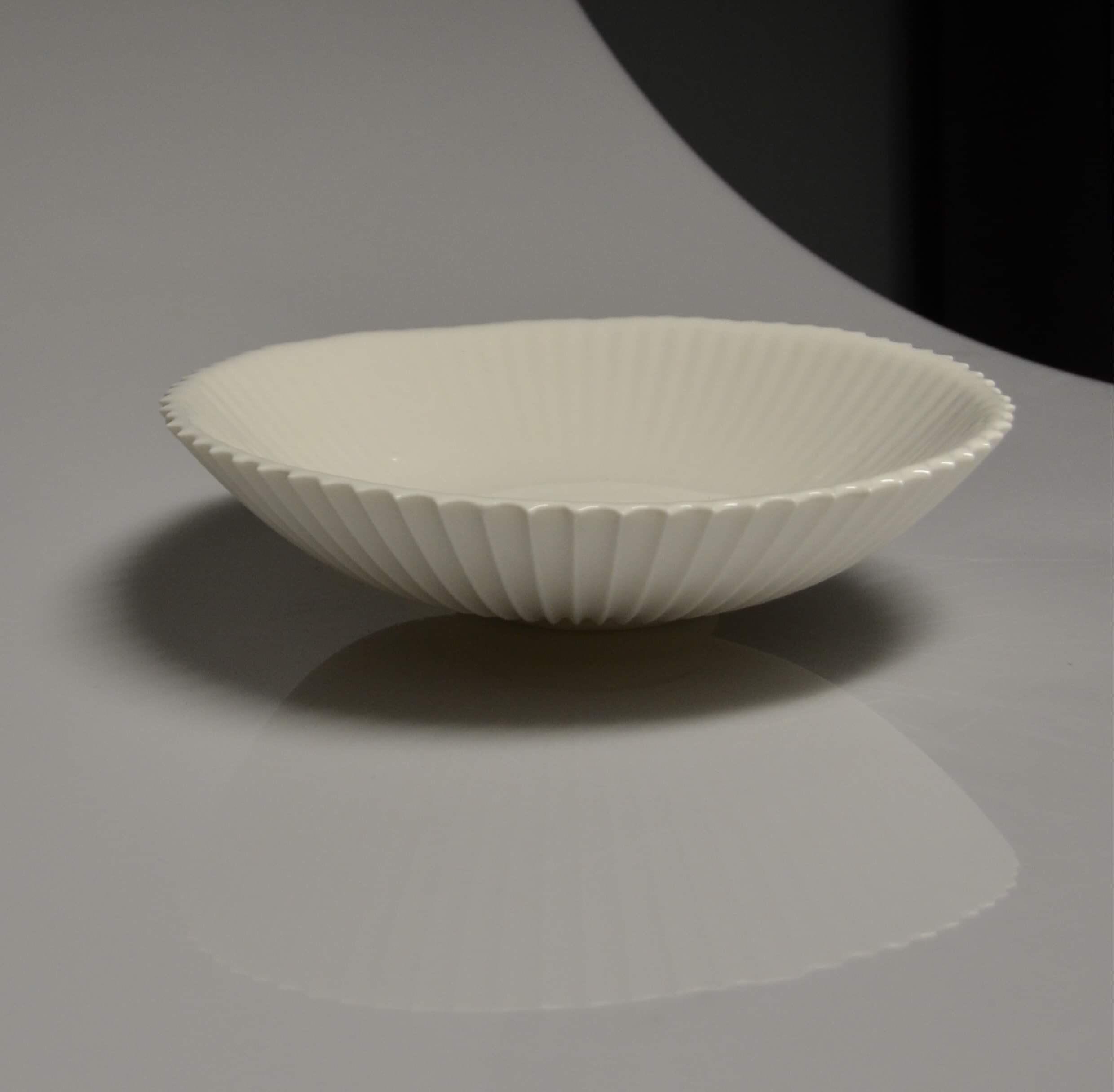
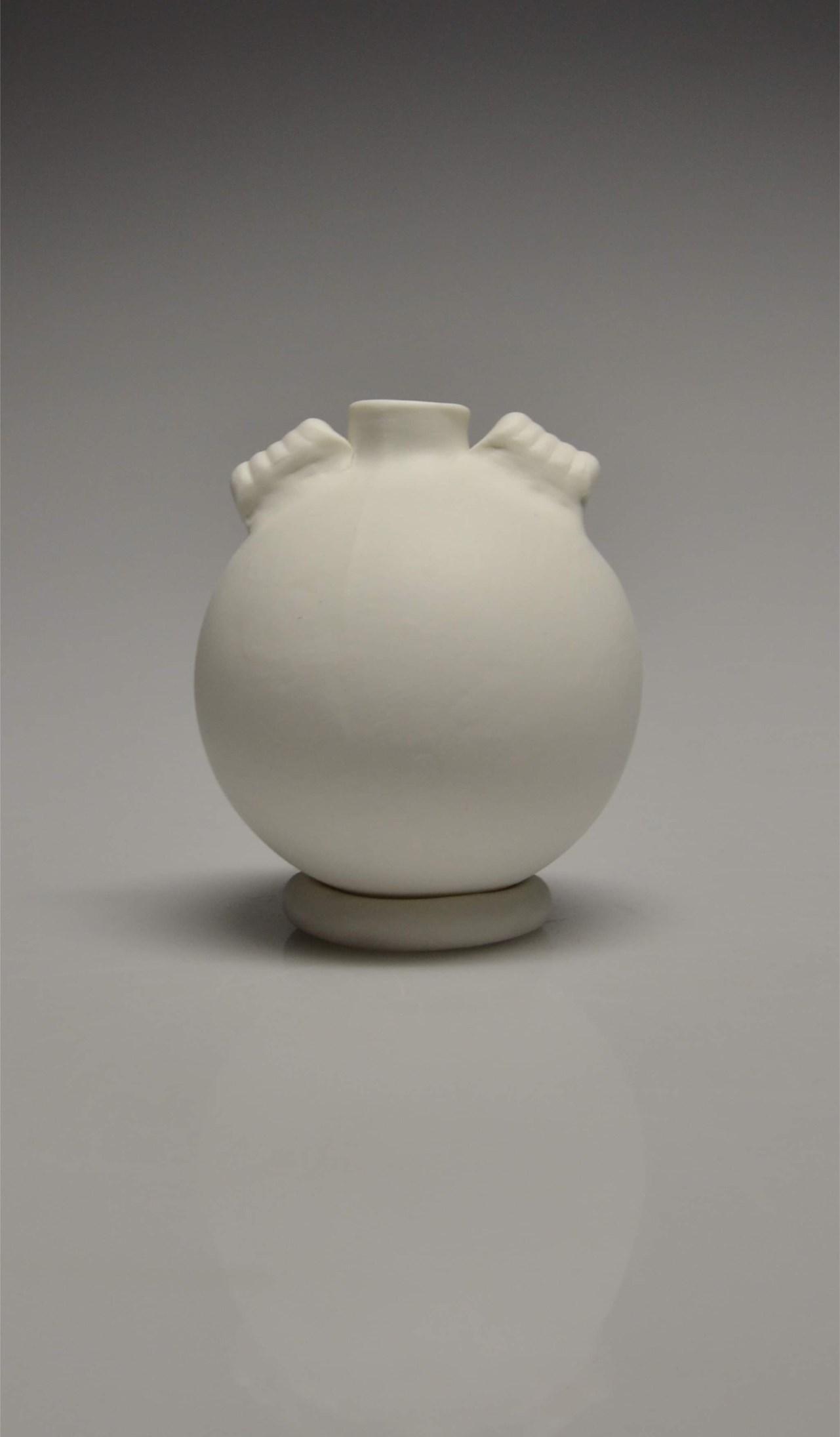
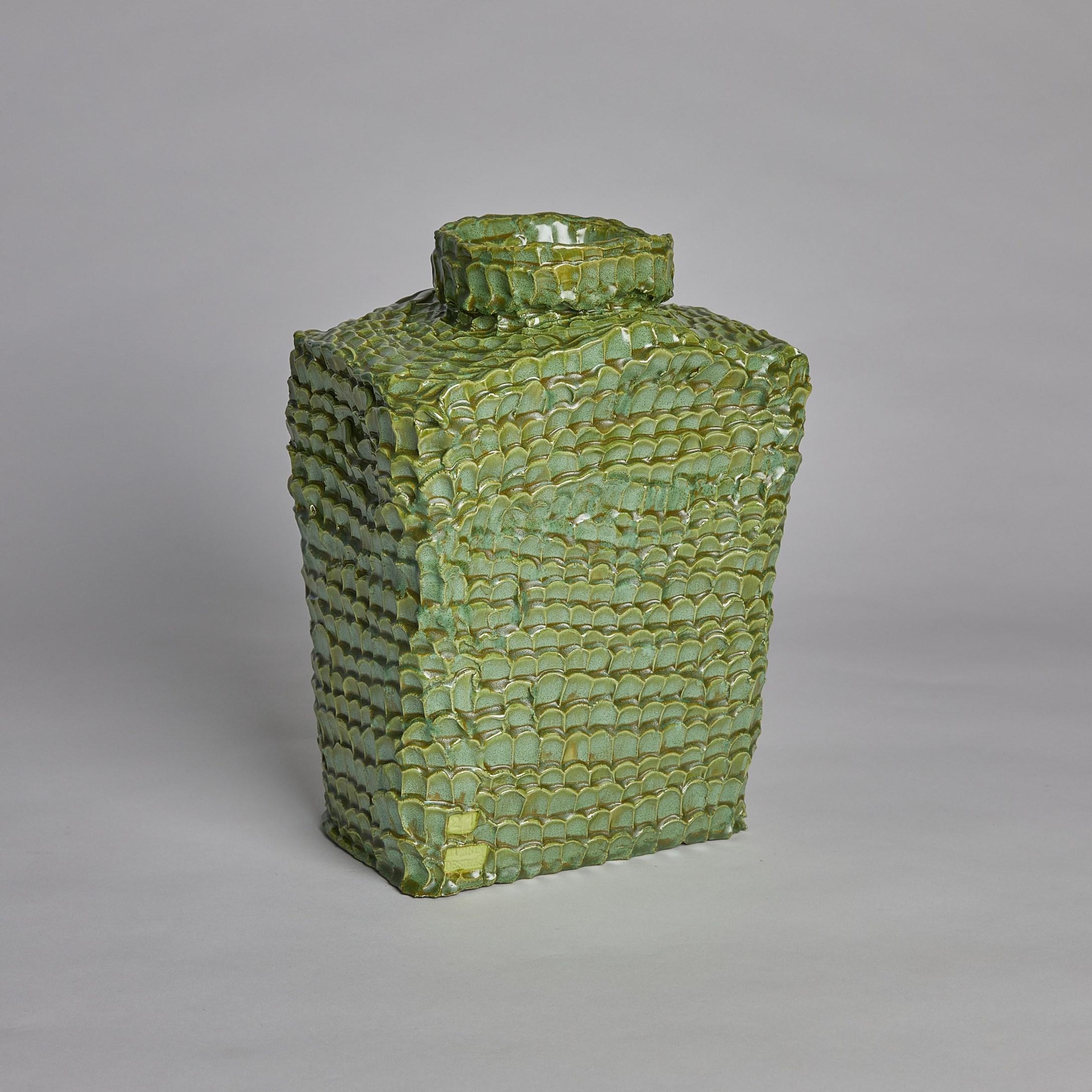
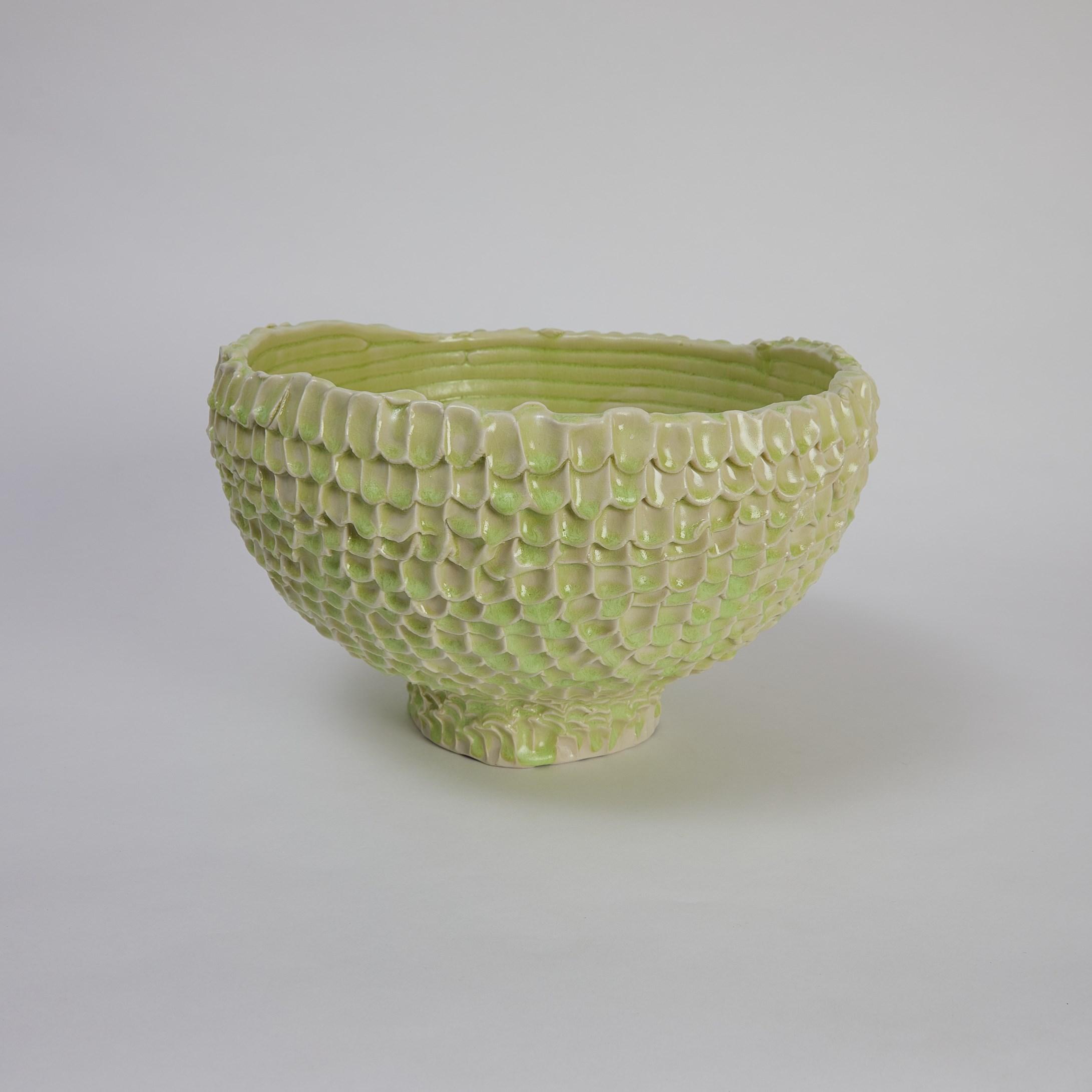

Julie Hutchings is a Wiradjuri Clarence Valley, NSW based artist.
Julie is a full time artist who has won numerous awards both locally and nationally throughout her career.
Drawing is a major discipline and Julie conducts life drawing sessions once a week in Grafton.
Julie has been featured in 2012 Portrait Artists Australia and several art magazines and newspaper articles also her work been presented on ABC 7.30 Report on Anzac Day 2019.
Finalist Jacaranda Drawing Award 2022 and 2024.
Finalist in 2023 Naked and Nude Art Award, Manning Regional Art Gallery NSW.

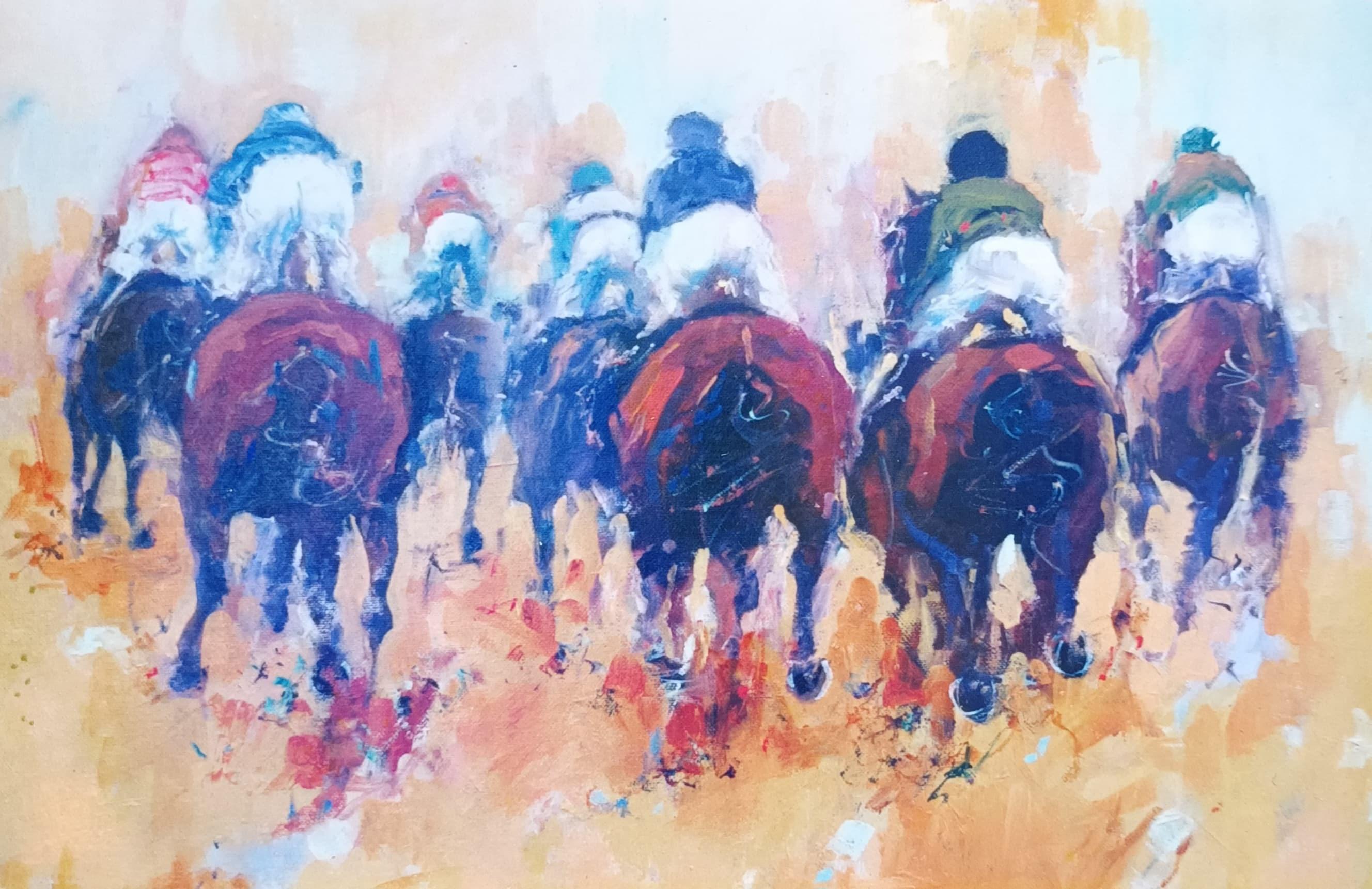
Where did you grow up and education?
I was born & raised in Grafton on the Northern Rivers of NSW. I attended St Marys Catholic School.
I did not come from an artistic family. Sporting activities were encouraged especially with the school, competition was rife between Grafton and South Grafton, with the mighty Clarence separating the two towns. I think that early grounding made me challenge myself with anything that I tried to accomplish.
As young child I was obsessed with Vincent van Gogh and his art. I think I was given a book of his work. I was constantly drawing on anything and everything, nothing was safe not even family photographs nor the bedroom walls. As we lived in a commission house my mother was constantly berating me, in fact without proper guidance I was heading for the life of a Graffiti artist. My parents sent me off to Tafe to learn showcard and ticket writing. When did your artistic passion begin?
Straight from the cradle according to my mother. I can still remember my first set of coloured pencils. They were only a half set in both quantity and size but they were greatly treasured. I used to draw images for my friends to use in their assignments at school. Academically I was okay however nearly all my reports suggested that I stop drawing over everything and concentrate more on my studies, I was a bit of a dreamer.
Have you always wanted to be an artist?
My intention when I left school was to study fine arts at University however I got a job in the school holidays working at a racing stable where I met my future husband, married young and had two sons. I supported his riding career and we lived on a hobby farm. When my boys were toddlers, I studied Graphic Design by correspondence while teaching myself to paint in oils.
Describe your work?
I consider my work to be emotive and thought provoking, expressive and loose. I paint mainly in oils and my drawings are constructed with charcoal and oil sticks. When I am not working towards an exhibition that is formed around a topic I love creating imagined portraits, en plein air painting or revisiting my equine themes. Most of my work is centred around the figure, I guess I go where the mood takes me.
Why do you choose this material / medium to work with?
I work on both canvas and heavy paper. I particularly like paper as the charcoal dances across the surface.
I sometimes introduce other mediums to my work, such as oil pastels acrylic and inks. Charcoal is so versatile and forgiving, you can get amazing marks & expressive lines. How important is drawing as an element to your artwork?
What is the philosophy behind your work?
To be expressive and create a narrative within my work, to story tell without being too literal, to keep my work open ended.
Do you have a set method / routine of working?
No, I don’t have a set method when I paint. When I go to the studio and begin a new piece I like to make random marks with the charcoal then eliminate the unwanted with gesso, I continue with this for a time until something starts to formulate. I like the work to evolve and grow slowly it’s like dancing or being in a relationship, even the frustration is relevant, like an argument. I keep working like this, keeping the work in a state of flux. Putting information down then eliminating the unnecessary, developing and refining until a story starts to present itself.
Drawing is key. Drawing is my passion. It’s the foundation for painting and it strengthens the work. It also sits wonderfully in its pure form. I have been facilitating a life drawing group in Grafton for 30 years. We meet every Friday; I provide the model and sessions run for a few hours. It’s vital for me to maintain the discipline of drawing every day. I live and breathe it. I have countless journals. I take some with me when I travel or just to a café. I document, write and continuously draw.
What inspires your work / creations?
Everyday life…. being in the moment. A poem…a song.
Stories…. other peoples or mine…. memories….. the good the bad and the ugly. I keep a very open mind as I start a new work and just let it evolve.

What have been the major influences on your work?
I had a wonderful tutor that influenced me when I went to his workshops, Michael John Taylor, he was so inspirational, he taught me to dig deep emotionally and be spontaneous and put the energy into the paintings and drawings. He broadened my artistic scope so much. I keep an open mind with my art practice and absorb as much as I can, to express my work in an honest way.
What are some of your favourite artworks and artists?
Work by Vincent van Gogh. Brett Whiteley’s Christies series…Cy Twombly. Francis Bacon, I quite like the macabre and dark.
I like and appreciate all styles. There is something to learn from viewing and absorbing what’s in front of you. I am partial to modern art and works from our First Nations artists.
What are the challenges in becoming an exhibiting artist?
I love to challenge myself with my work, to keep exploring and evolving. There is often a pressure from some galleries to produce certain works however when left alone to create without too much outside influence, the best paintings are created. I like to stay open minded when I create but disciplined in the pursuit of a successful exhibition.
Name your greatest achievement, exhibitions?
My greatest artistic achievement was my Battle scars exhibition at the Grafton Regional gallery in 2018. I was awarded the Yulgilbah Travelling Fellowship in 2017 and I travelled to the battlefield WW1 in Belgium & France to trace my two Great uncles who died in the war. I travelled in the footsteps of the Anzacs. I visited memorials graves museums and drew and documented to return back home and produce an exhibition. I am proud of the fact that I have been a finalist in the Jacaranda Acquisitive Drawing award four times including 2024 titled “Hanging by a thread”, about mental health issues.
What are you working on at present?
I am constantly working on various projects at any given time. I want to continue on with more works along the Battle Scars Series, I returned to France last year to explore this genre further. My great uncles were first nation soldiers, Charles Gage being the first to die in combat on the western front in 1916. I want to investigate more the difficulty they had when enlisting because of their heritage, the equality in the forces and the treatment of those who returned from the war. I want to take something personal and make it universal, there’s the challenge.
What do you hope viewers of your art works will feel and take with them?
I want viewers to feel some emotion when the look at my art, whether they like it or not does not matter I would like the images to touch in some way, even if they do not understand it. I want the work to hold someone’s attention for a while.
Your future aspirations with your art?
As an artist, the journey involves sacrifices, failures and challenges. I want to continue to grow artistically, to explore new territory and experiment with new approaches.
Forthcoming exhibitions?
I am full of new ideas; I need to sift through and approach some with more deliberate intent. I guess I will just play with my thoughts and see what develops.
- Julie Hutchings © 2024.
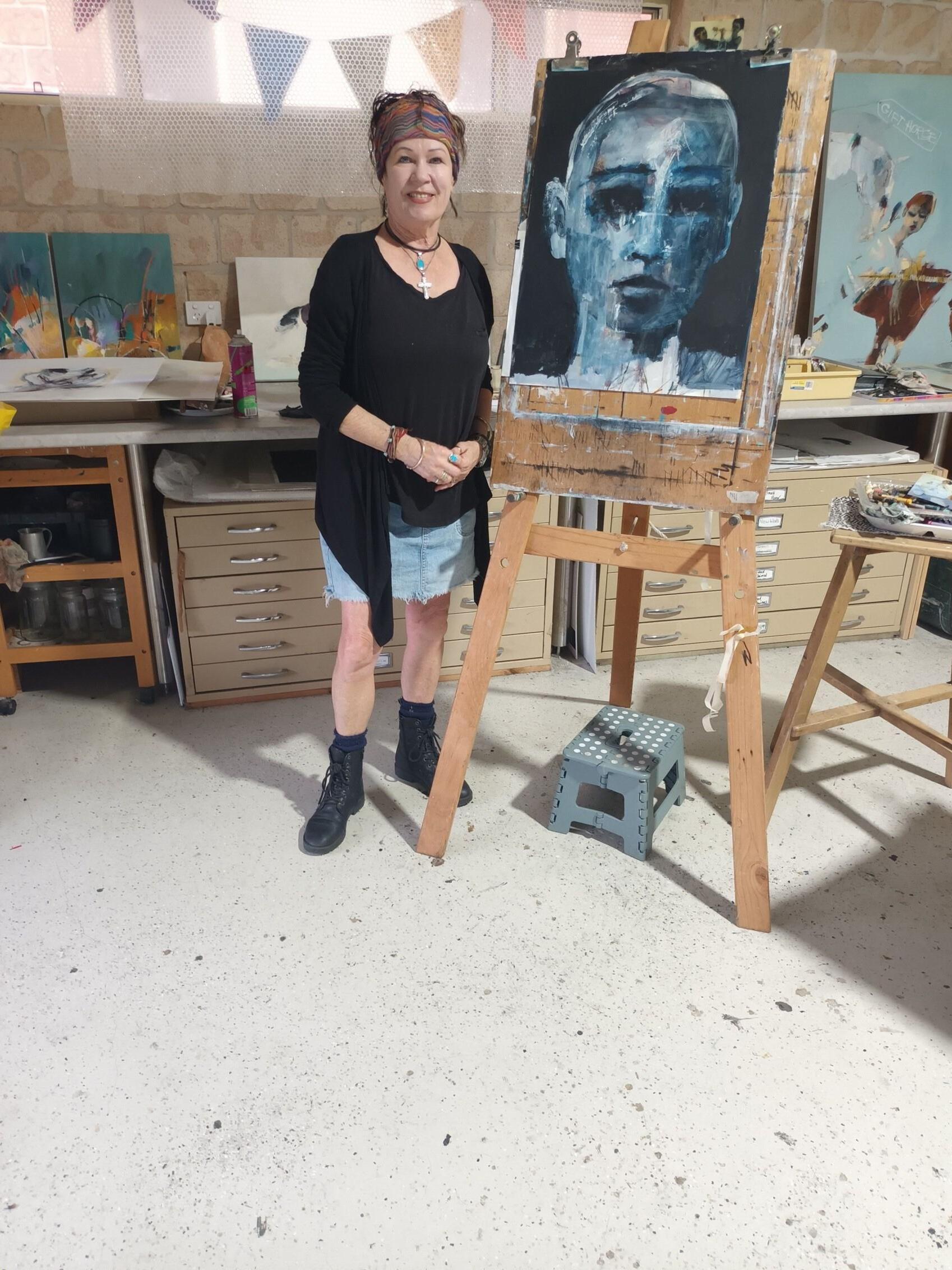
A L L E R Y J U L I E H U T C H I N G S


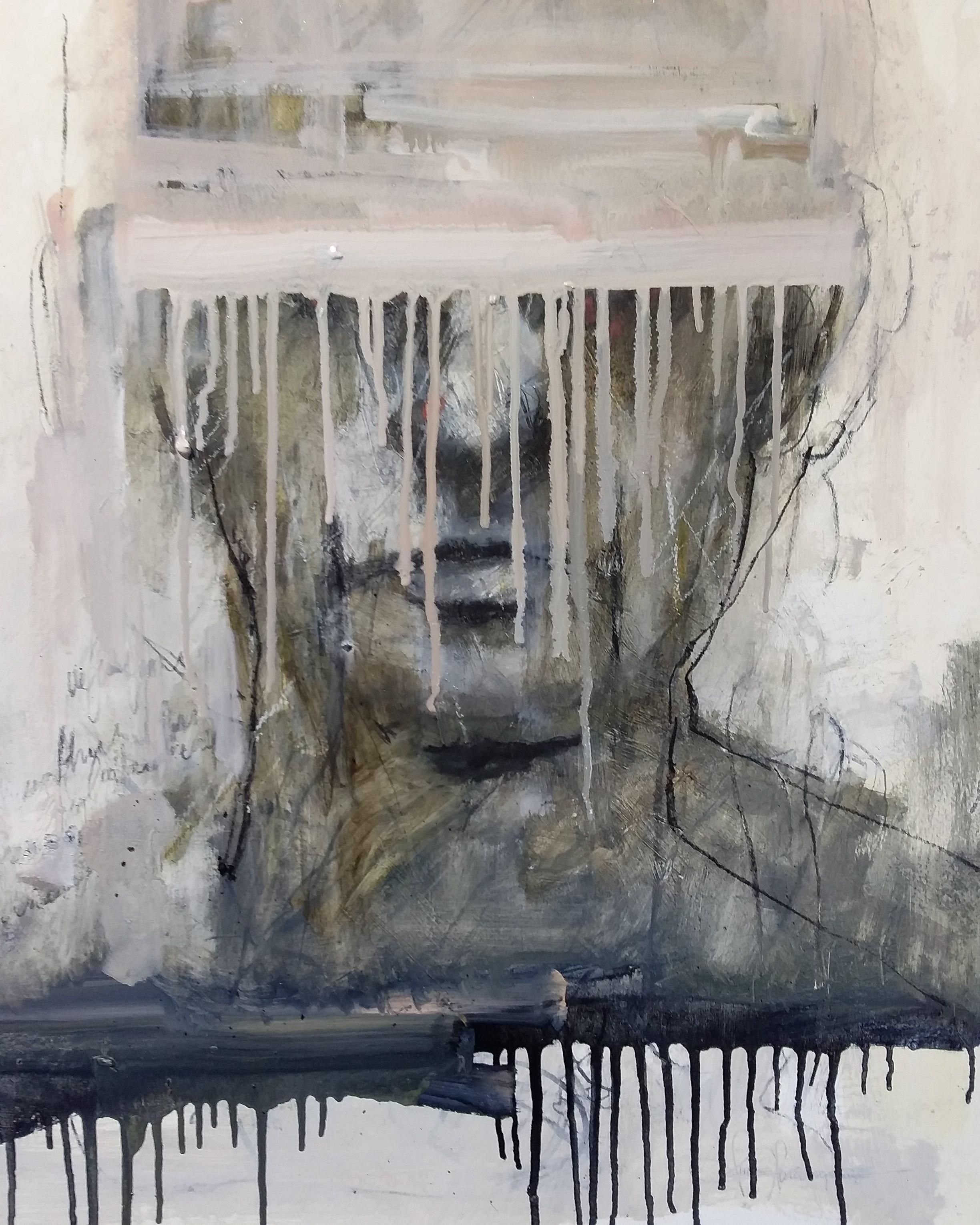
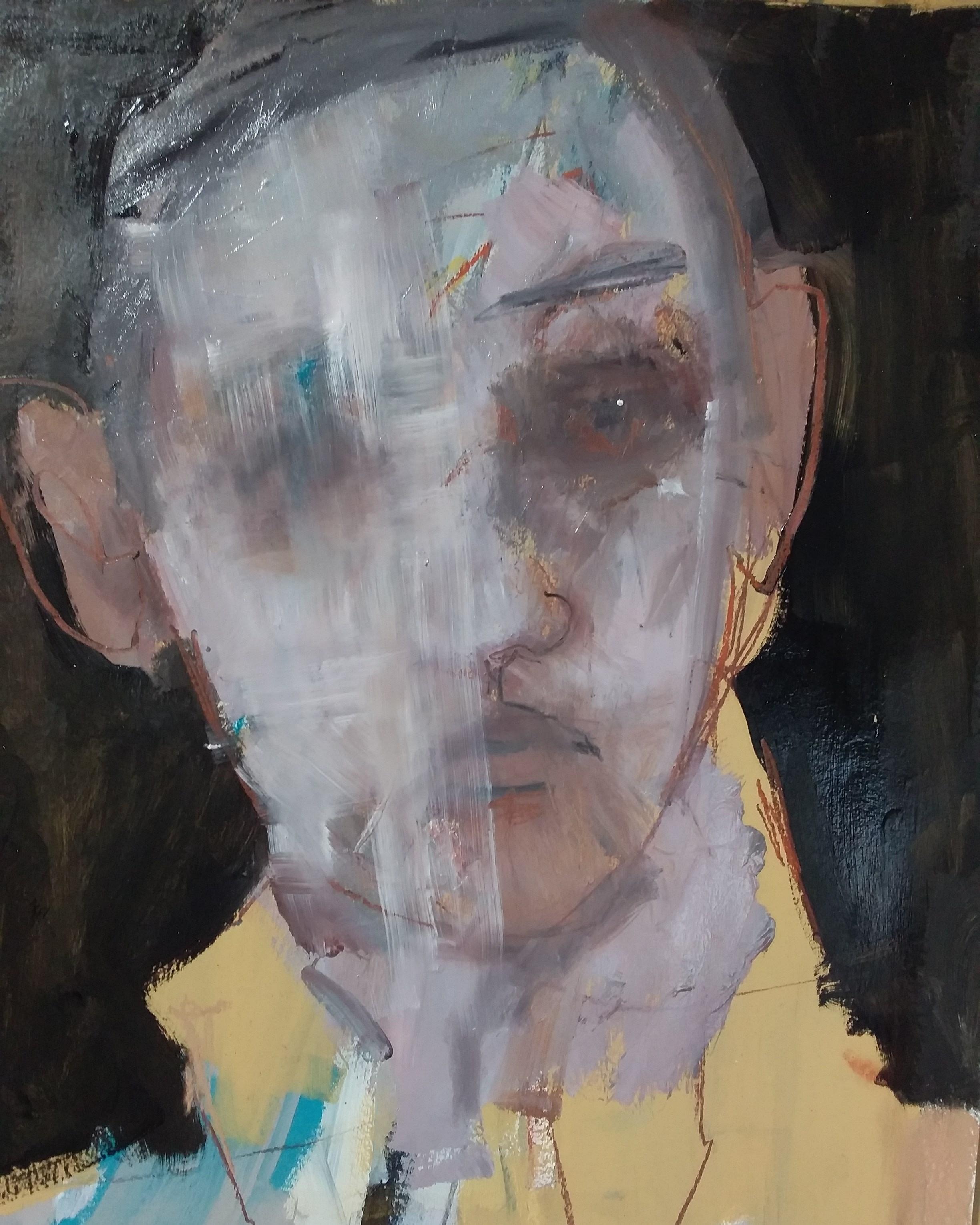

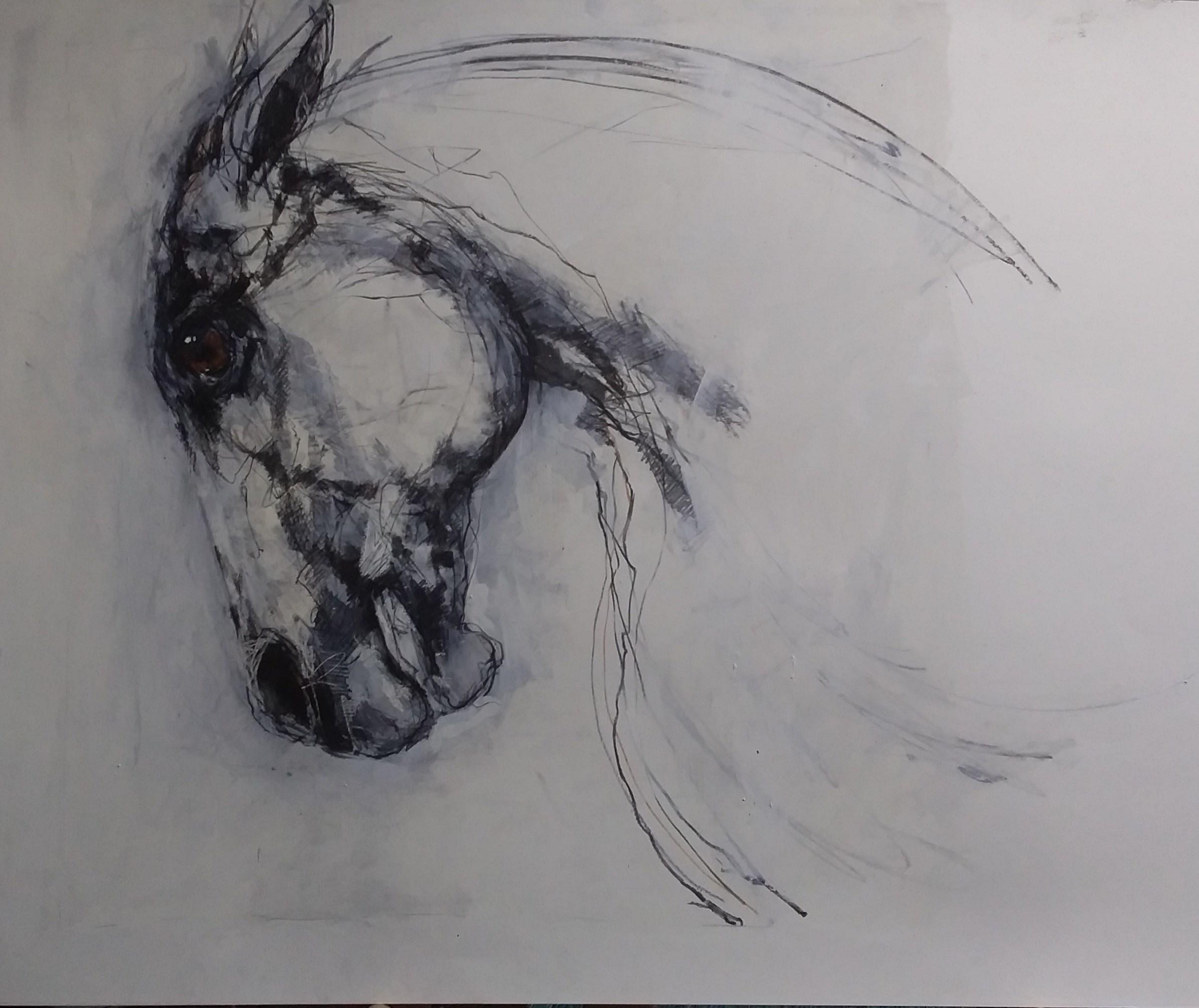

Handle with Care

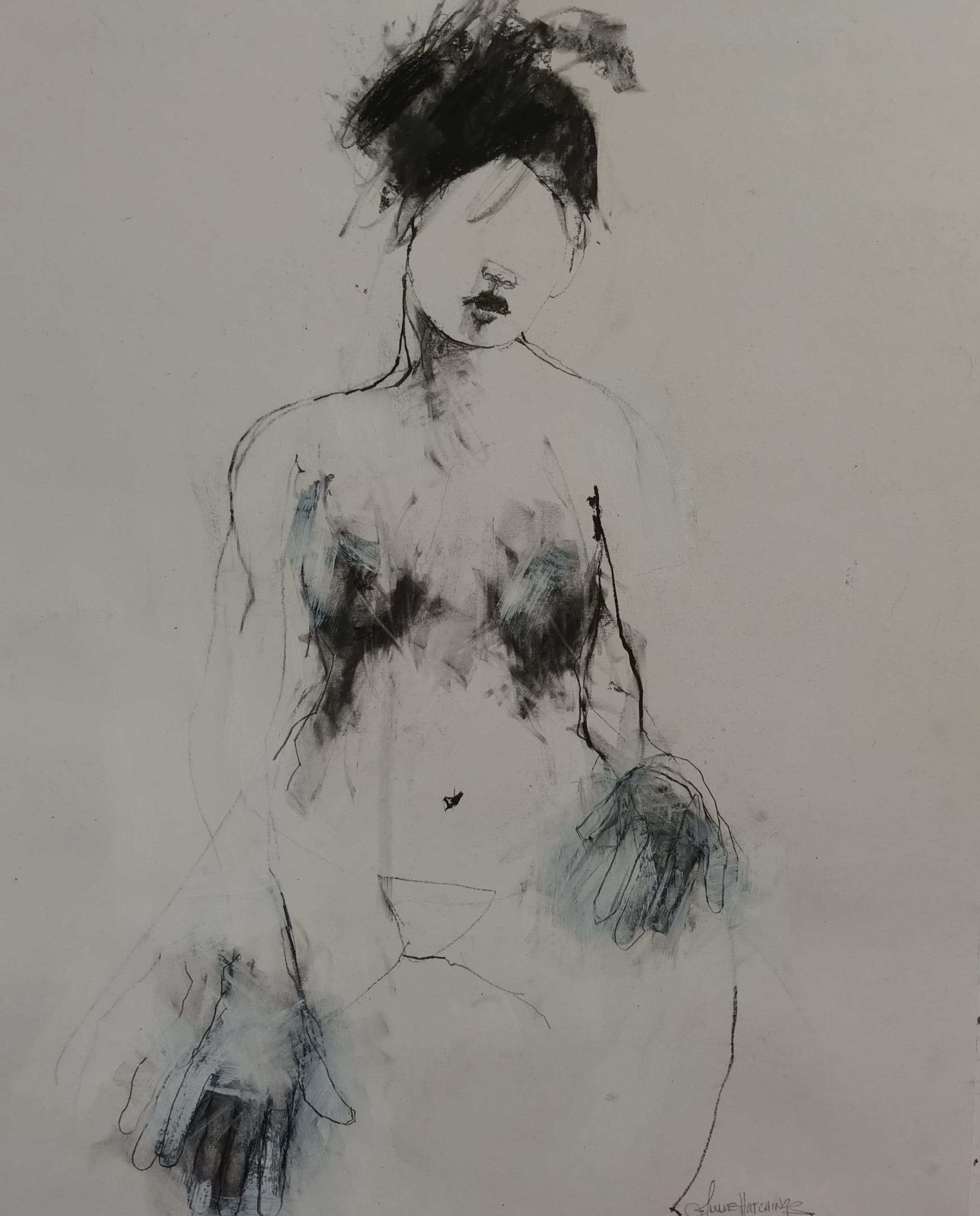

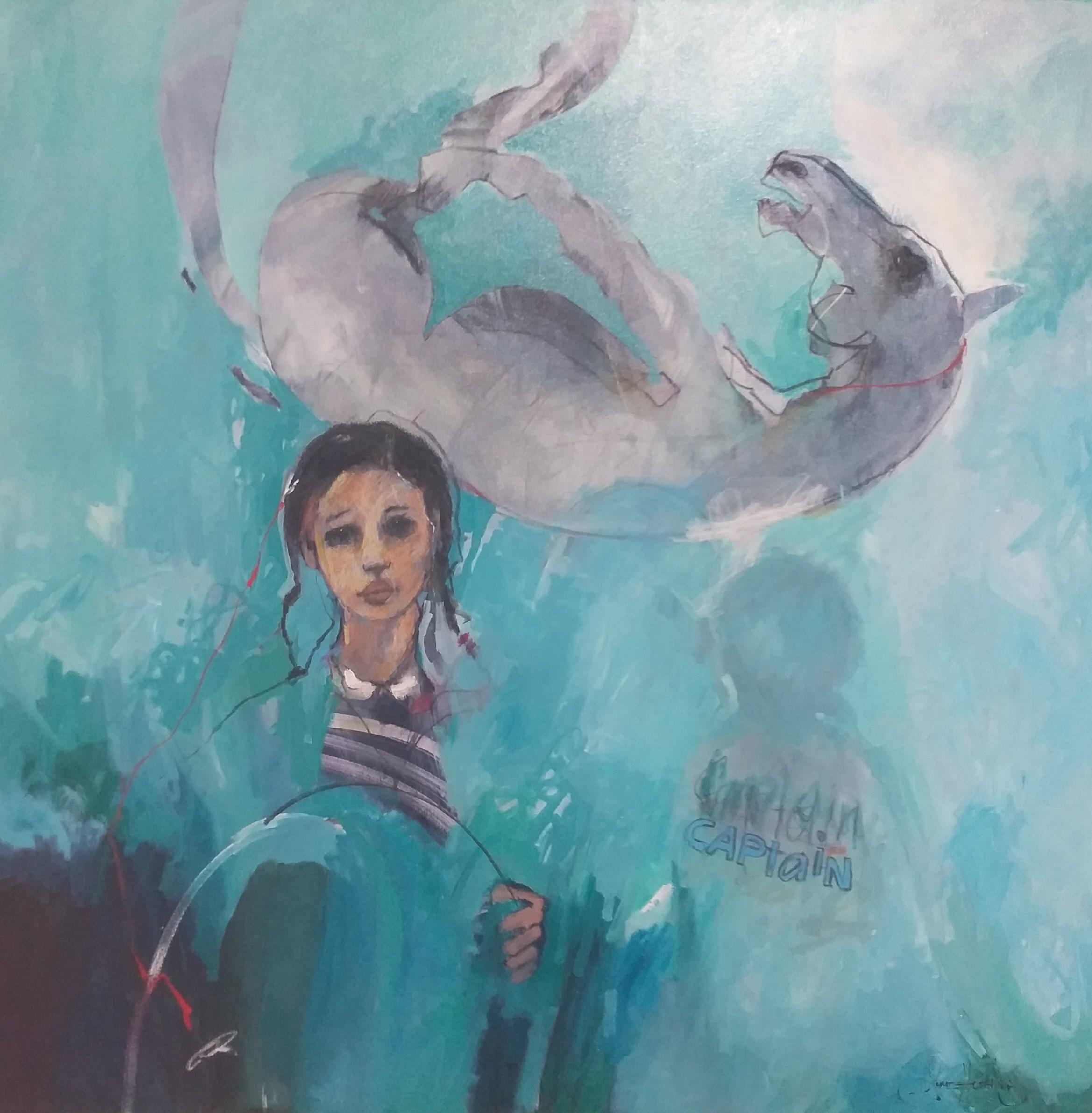


Fire and Flood
Mixed media on paper
Finalist JADA Award 2022.

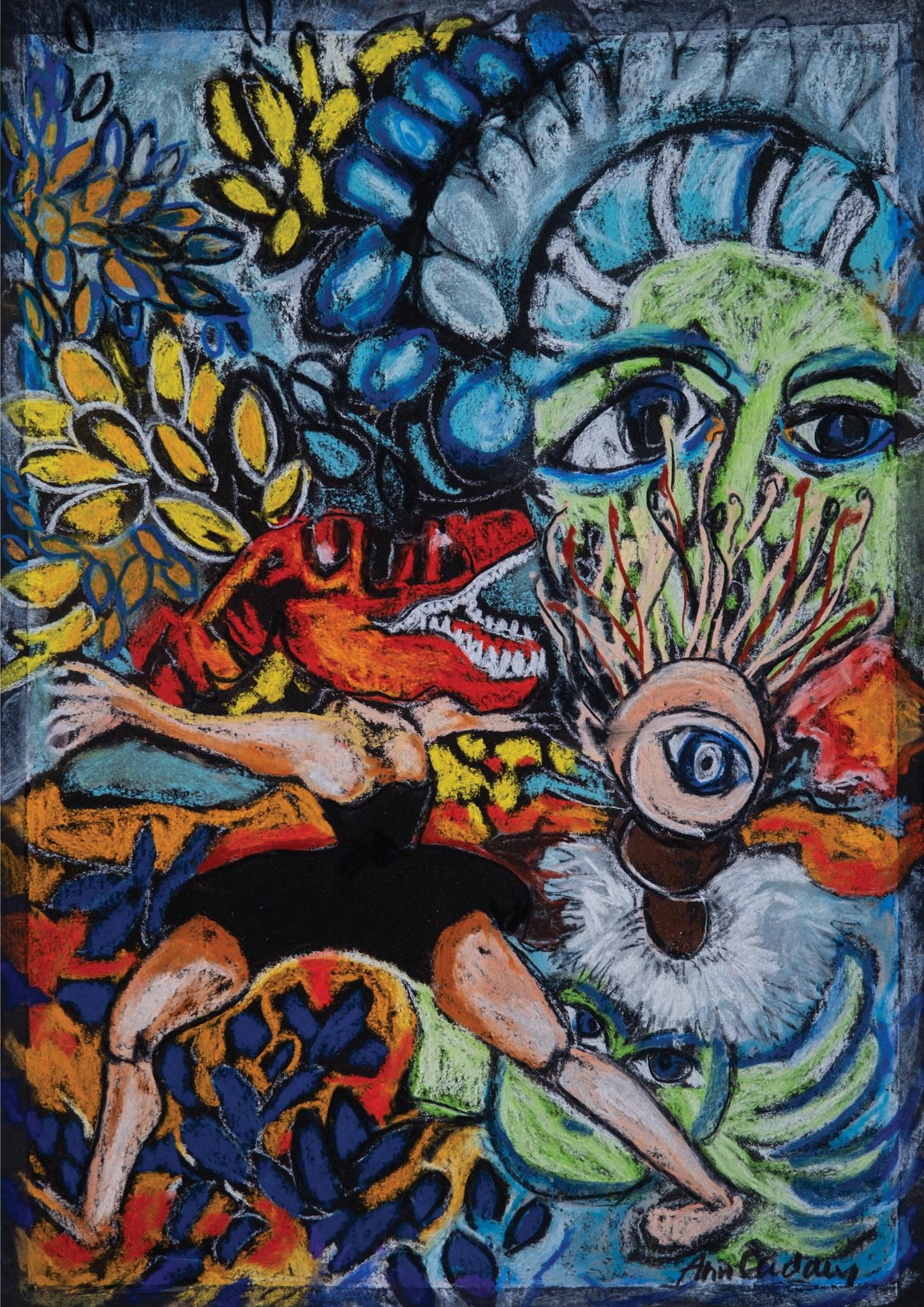
Indomitable artist and teacher Ann Caddey lives and works in Newcastle NSW.
Ann Caddey completed a BA in Fine Arts, Art History at Sydney University in 1976.
In the following pages Ann writes with passion about her life, art, the Drawing Room project, the art community and her mother Zel Caddey.
Caddey’s recent exhibition – Not So Still Life at Blackstone Gallery, Newcastle was a sellout.
The exhibition featured her spontaneous, exquisitely coloured still life works“explore the intrinsic power of carefully chosen objects and their stories, and they were all drawn with joy and laughter in the company of creative friends”. – Blackstone Gallery.
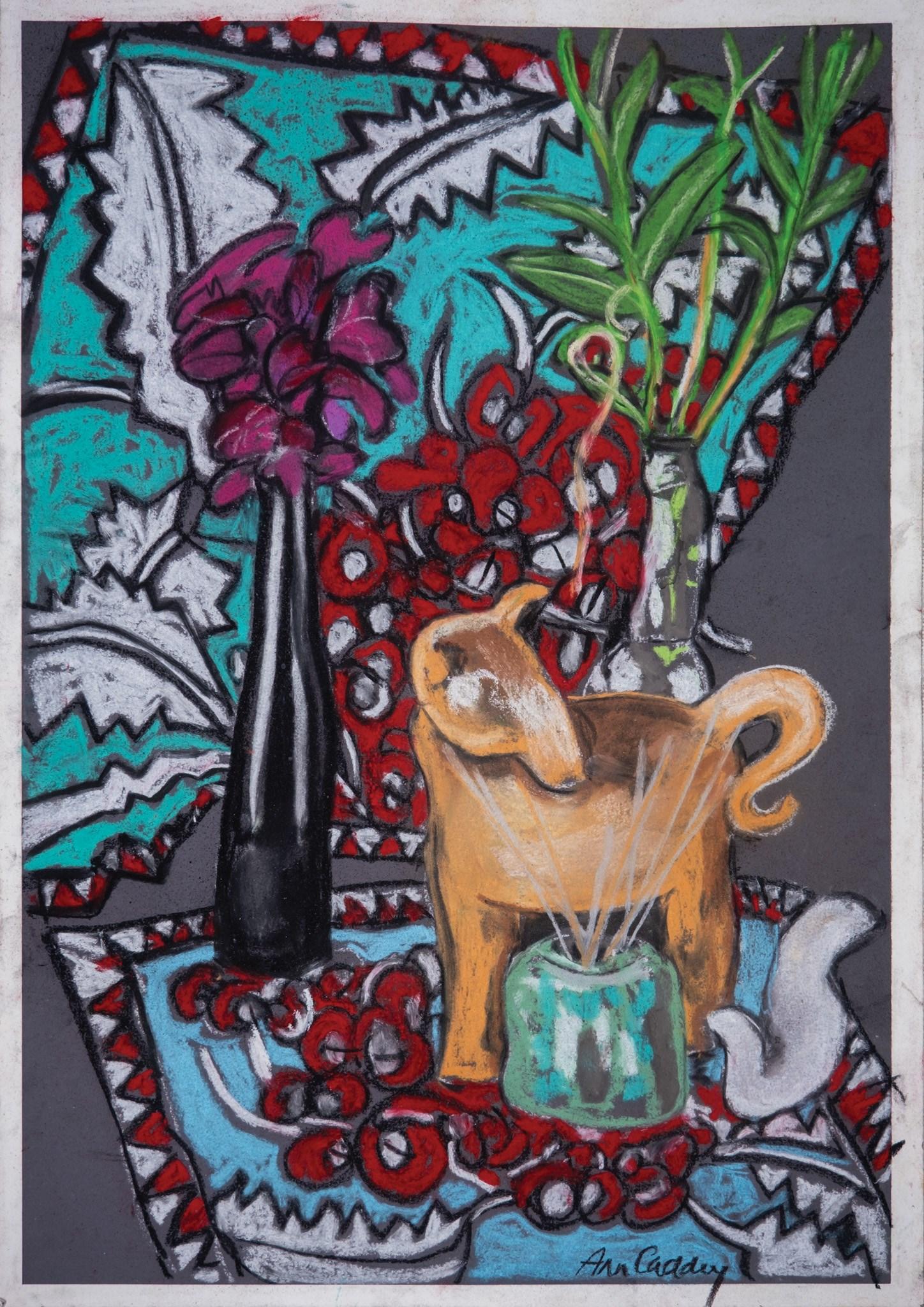

Growing up in Tathra, on the far south coast of NSW, was an absolutely joyful experience. Dad (Joe) was a timber man, fisherman and a powerhouse in the surf. He had an extensive library of reference books, wrote stories, sang with a beautiful crooner’s voice, and played the mandolin and the banjo. Mum (Zel) was a wonderful creative and happy homemaker who always arranged the flowers in artistic ways and grew beautiful gardens. She drew and painted birthday cards and was known as being very crafty. Luckily, I had a twin sister, Kate, who shared my enthusiasm for all things colourful and creative.
Both my parents were recognised as community people. They helped others, organising fundraisers for the surf club, the fishing club, Legacy and so on. This was an idyllic world where prawning, collecting and eating oysters and mussels, and fishing for flathead were considered normal parts of living. The beauty of rockpools and the wonders of the garden constantly amazed me.
One day, Dad added a surprise book to his library: The Reader’s Digest History of World Art. My sister and I became so engrossed we had to time each other reading it so that we could each had an equal share. A prized possession, this book opened up the magical world of art and artists to two small humans. From then on we were hooked. We drew, we painted, we even raced to the mailbox to be the first to get Dad’s Time magazine, but only for the Robert Hughes section on art.
Of course, Art was our favourite subject at Bega High, as well as literature and writing. We had some wonderful teachers who inspired us to create, observe, work hard and learn. Recognising our love of art history and our love of writing, Mrs Galton told Kate and I about the University of Sydney’s Fine Arts Bachelor of Arts degree, and also the Teachers Scholarships that could get us there. She changed our lives. I became determined to become a teacher.
University was now free for everyone with the right HSC results. Being one of Gough Whitlam’s beneficiaries, I have been a passionate advocate of great, fairly-funded, public education and free university for those who deserve it (not those who can afford it). A Fine Arts BA was a deep dive into the why and how of art from all cultures. It was unbelievable to be there with such esteemed teachers, and Sydney's art galleries beckoned every day.
Art theory, Art History and Art Philosophy have always played a major part in my lifelong passion for art. The why and the how artists create such wonders has fascinated me for ever. My art practice has always been influenced by other artists' ways of seeing the world, of course; this philosophy informed my 30 years of teaching in NSW state schools, learning so much from creative students, giving public school kids the keys to the joys of art and the possibilities they have. The classroom became a community for co-creatives. My art practice evolved over the teaching years, and I have loved the influence of the knowledge gained through teaching. The artists I would consider my loved influencers are Paula Rego (for her fierce personal narrative works), Elizabeth Cummings (for her rich mark-making and works of joy), and Wendy Sharpe (for the humanity, drama, power and colour of her works). I continue to explore landscapes, the human form, and still life.
After completing nearly 30 years of teaching I saw a need in Newcastle for a place where people could draw, share ideas, and chat with likeminded co-creatives. A fun, non-judgemental, welcoming and interesting place which encouraged a curiosity in art and art processes, and all things creative, all based around the discipline of life drawing. And so The Drawing Room was created. For 12 years we provided a beautiful theatrical environment regularly at The Royal Exchange Theatre in Newcastle.
The drawing sessions were curated and offered carefully selected music, themed cinematic visuals that were often based on art history, and local models –dramatically dressed were sourced from the many prodigiously talented creative folk that Newcastle produces in drama studios, dance studios, performance and circus troupes, the ballet schools (a Degas theme, with French impressionist music and a real ballerina). Our circus performers and models had a Cirque de Soliel soundtrack and famous artworks from Picasso and Seurat based on the circus theme as a backdrop. The beautifully costumed Tina, a Frida Kahlo model, was a favourite, and of course Frida’s artworks provided a dramatic backdrop. All the sessions started with a brief outline of the artist, and the themes of interest. We followed a normal life drawing structure, from quick poses to long poses, but all interspersed with chatter, discussions, laughter and a hefty glass of el Torro Macho Spanish Tempranillo. Lifetime friendships were created, Artists were born, and the joy of making art and talking about art continues to this day.
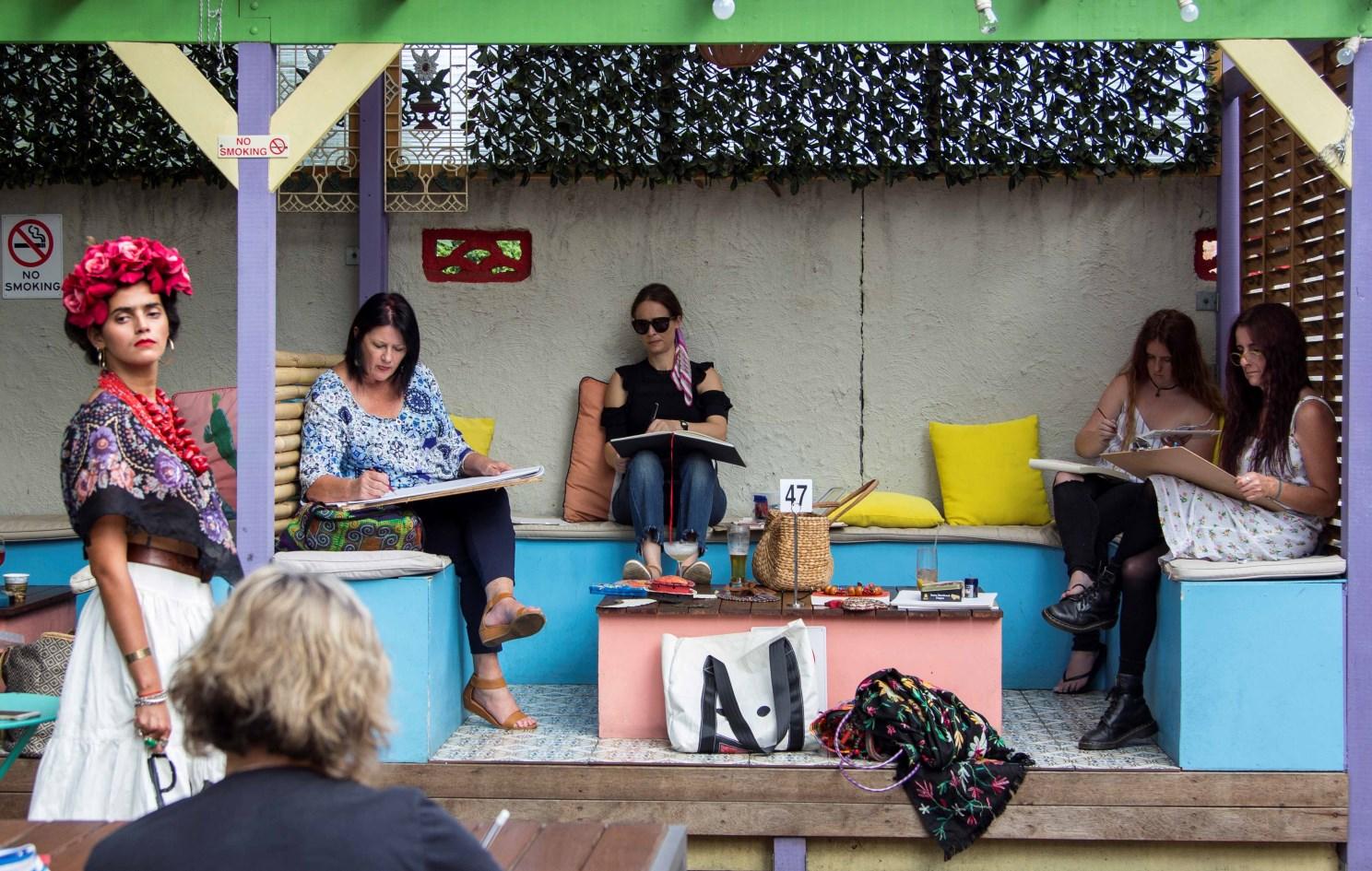

R A W I N G R O O M
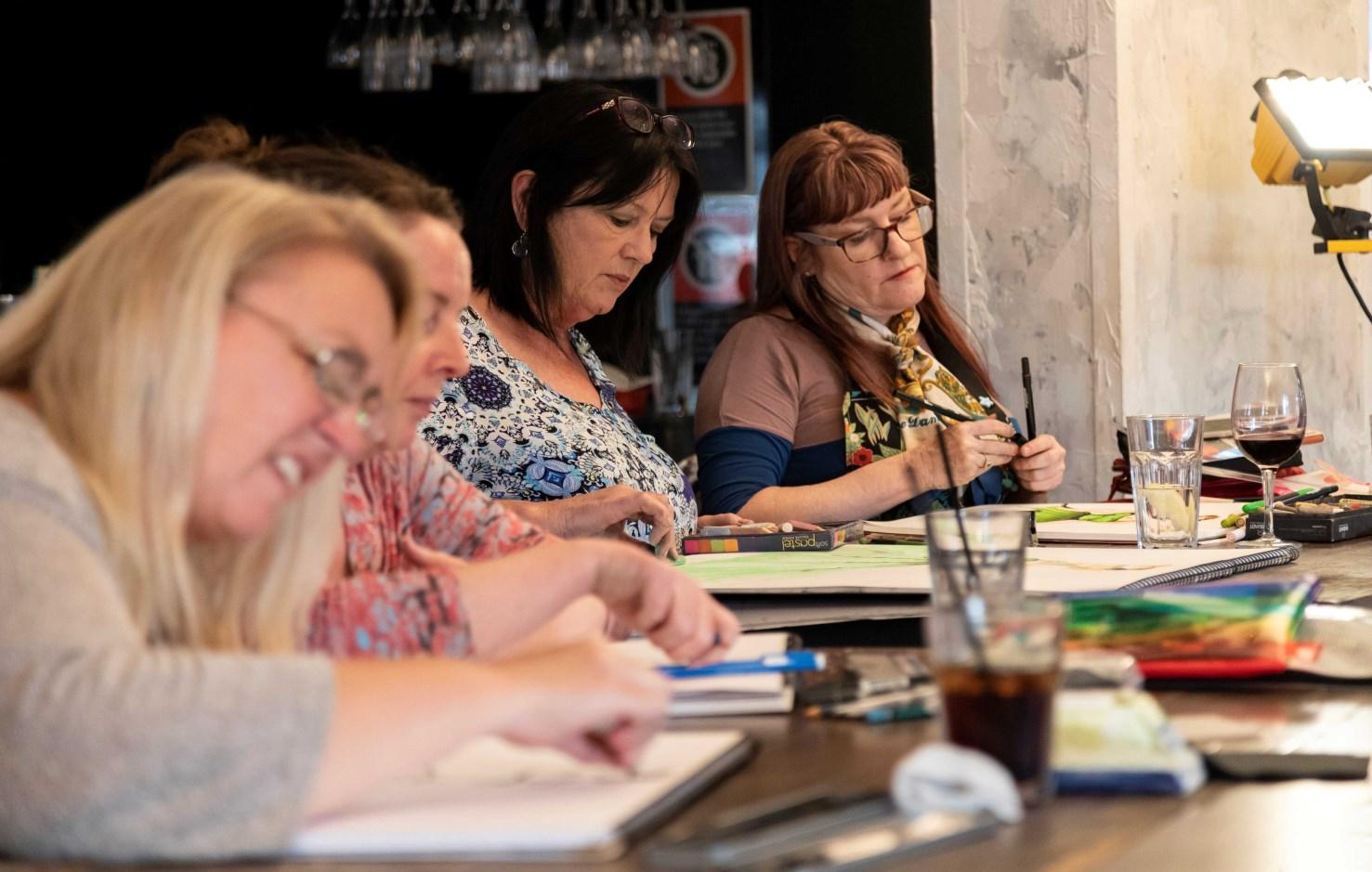
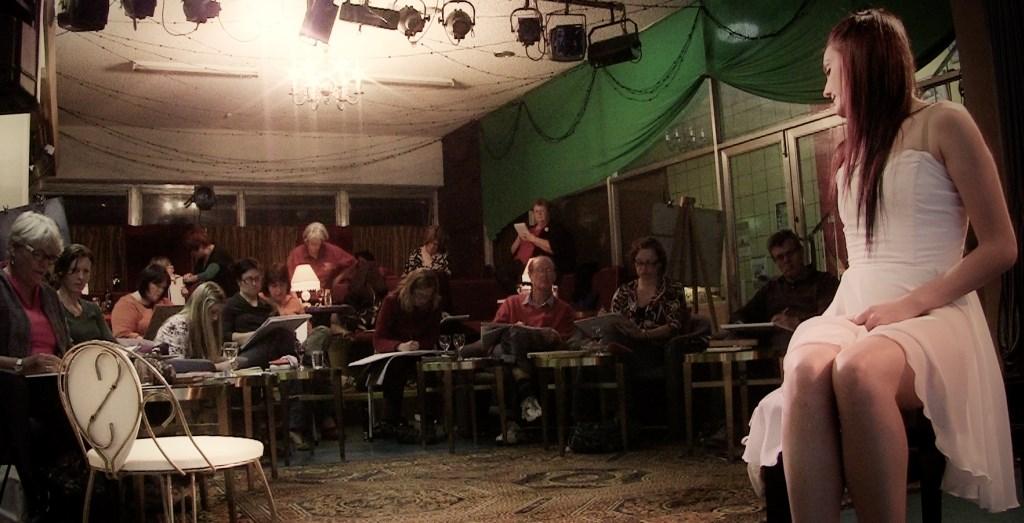
There were also Drawing Room Life Drawing lessons run in parallel to the sessions for many years, usually over a course of six weeks, where many people came to learn and love drawing for the first time.
Over time we introduced the Sunday Session Themed Pop Ups, held in many varying venues around the Newcastle area, mainly upstairs at pubs, sometimes at big cafes or restaurants. These became very popular and, again, creativity and community saw many friendships formed.
During this time I was also teaching many adult drawing groups at regional galleries, some with Drawing Room models. I am never surprised by the sense of a common purpose, and a joy in learning about and making art with likeminded creatives.
Over time my home (studio and flower-fringed deck) became a gathering place for drawing afternoons with fellow co-creatives, Drawing Room style, and the still-life arrangements we all drew and painted and rearranged and chatted over became the catalyst for my last exhibition, "Not so Still Life", a Solo Exhibition at Blackstone Gallery, Newcastle, August 2024. A series of 27 still-life drawings, each completed in one day, often on my deck, usually with a large circle of co-creatives. Sometimes created at someone else's house, always with others and always with carefully chosen and arranged objects. The stories carried by objects are very important to me. The joy of summer flowers take me right back to mum's garden. The image of Marcus Aurelius references my philosopher / stoic husband. The magical mystical figures in vibrant patterns refer to the stories I heard in Mexico with the Gods fighting the age-old battles of good and evil. Pattern and colour dominate, and the warm jewel-like glow of chalk pastels on a coloured ground always fills me with joy. As does the immediacy of drawing, the wonder of watching others making totally different artworks from exactly the same subject. Materials and media vary but are always the result of a lifetime of wide-ranging experiments, risk-taking and curiosity. This process of learning about materials and techniques are skills gathered on a shared path with my co-creatives. I believe that, in drawing, your first moves, your first responses, are often the best. I consider all my artworks to be drawings, even when drawn with paint.
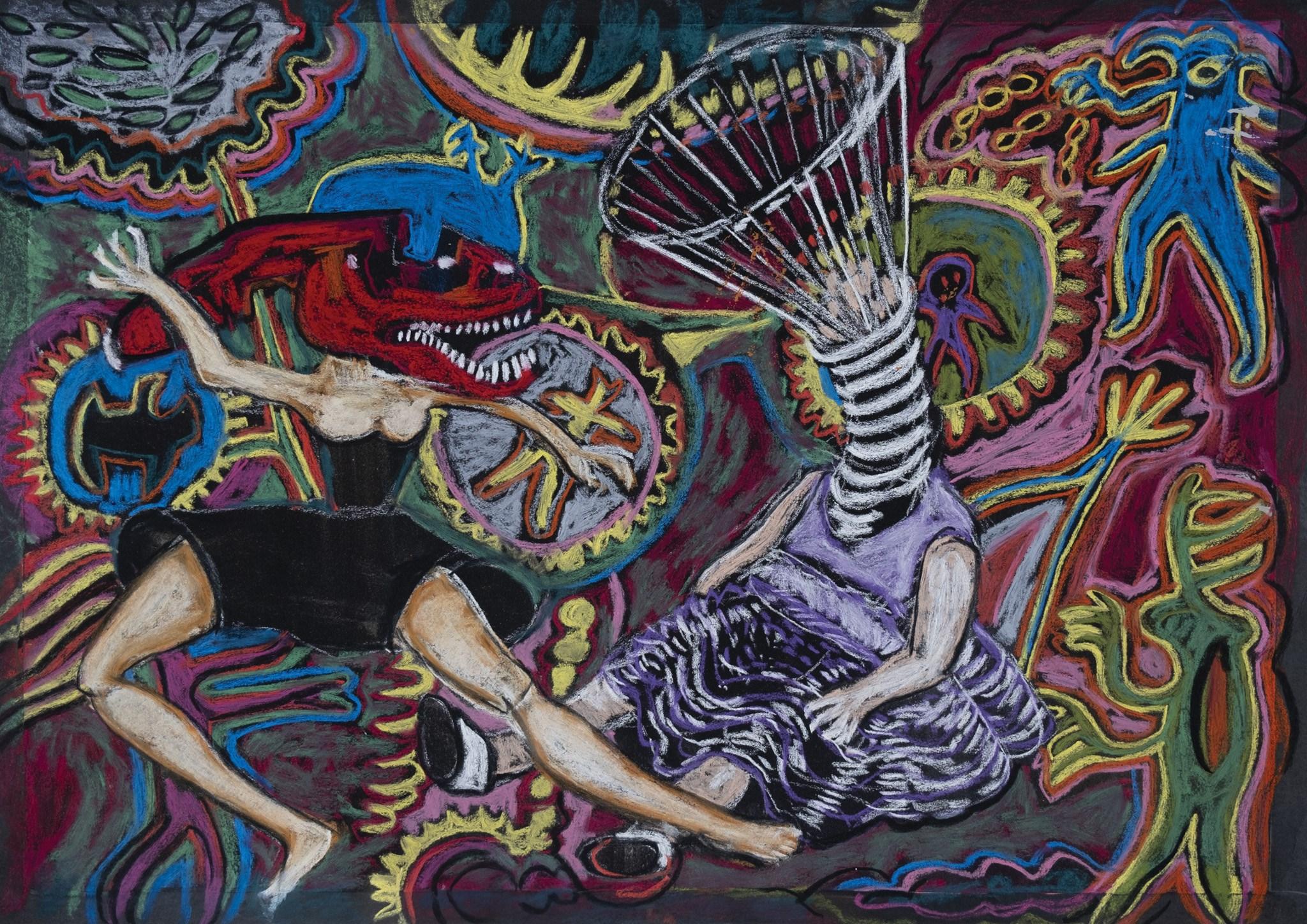
My mother Zel instilled in me the joy of creativity and community. She was often making art in Tathra, often realistic landscapes, sometimes with me. When she was diagnosed with Alzheimer’s, and with her approval, we moved her to Newcastle to be closer to family. She rapidly became obsessed with making art. She had her own studio space at her aged-care facility and was a very happy, very community-minded artist in residence. As her faculties slowly failed, her ability to take creative risks, to draw profound memories, and to create magical immediate responses to her own unique world flourished. One of my proudest achievements has been given the gift of nurturing and learning from this powerful and loving woman's final creative path, culminating at 88, (wheelchair-bound and fully in the depths of dementia), in a sold-out solo show at Curve Gallery in Newcastle, called "Zel: Mind to Hand" (video link provided). Zel has always been to me the most perfect example of the power of creativity and community to spread joy. Her gifts to me were beyond measure.
In The Waters Reglittered, Henry Miller states: ". . . it is often in the cradle of friendship . . . that our creative energies are strengthened and renewed. Through its tendrils we find community – a place where our own creative work is reflected and refracted through that of others to cast a shimmering radiance of mutual magnification that borders on magic.”
I hope my work gives an insight into my people- and art-centred world, the joy I find in the creative processes, and the love I have gained for my community, and sharing our creativity generously and with joy.
- Ann Caddey © 2024

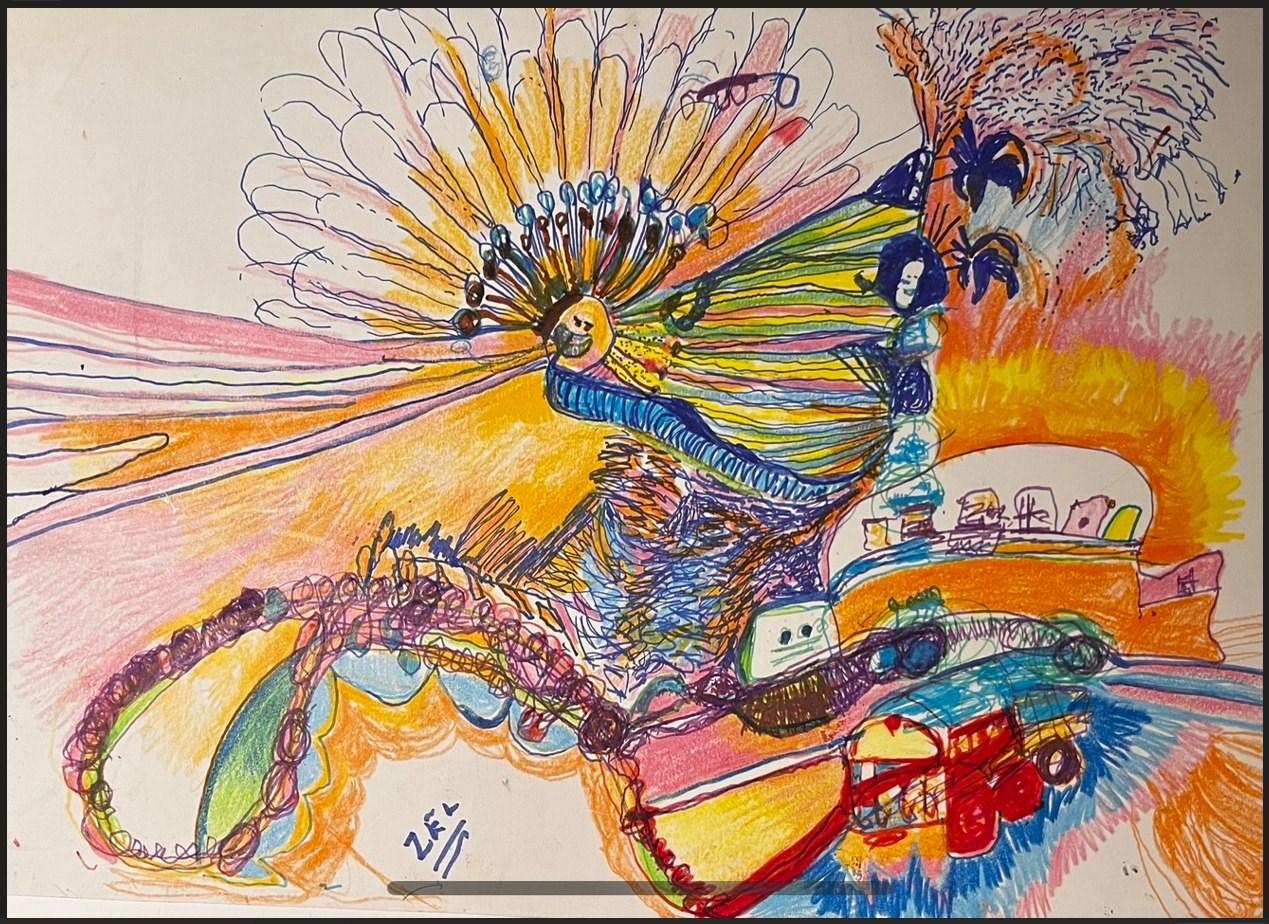
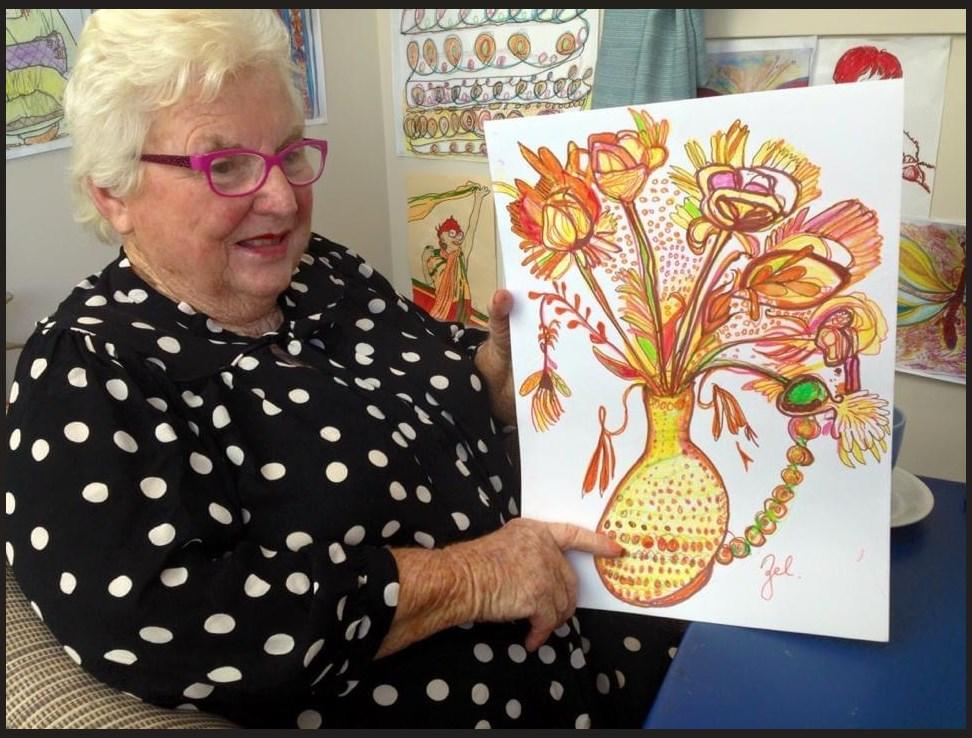
G A L L E R Y A N N C A D D E Y

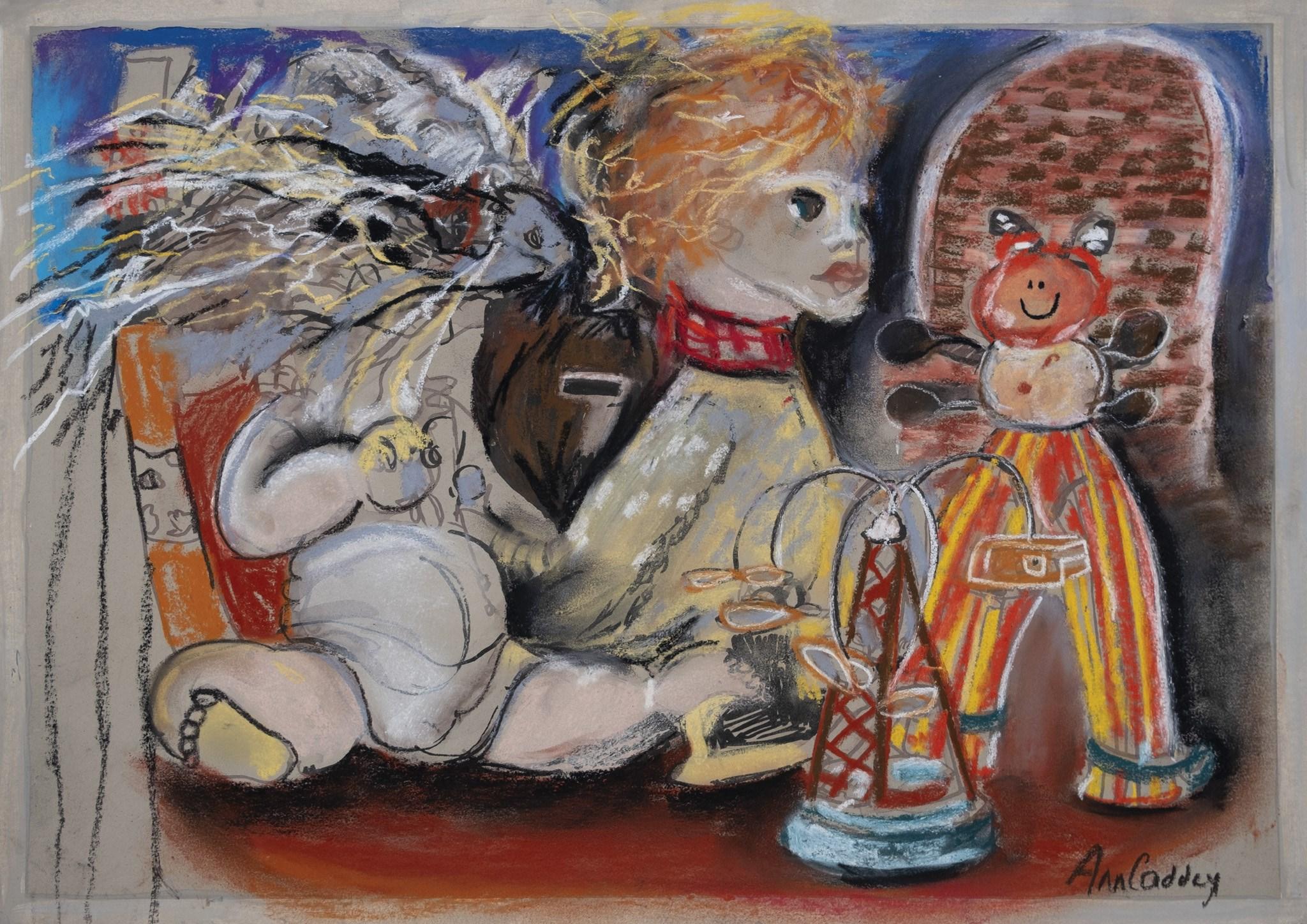

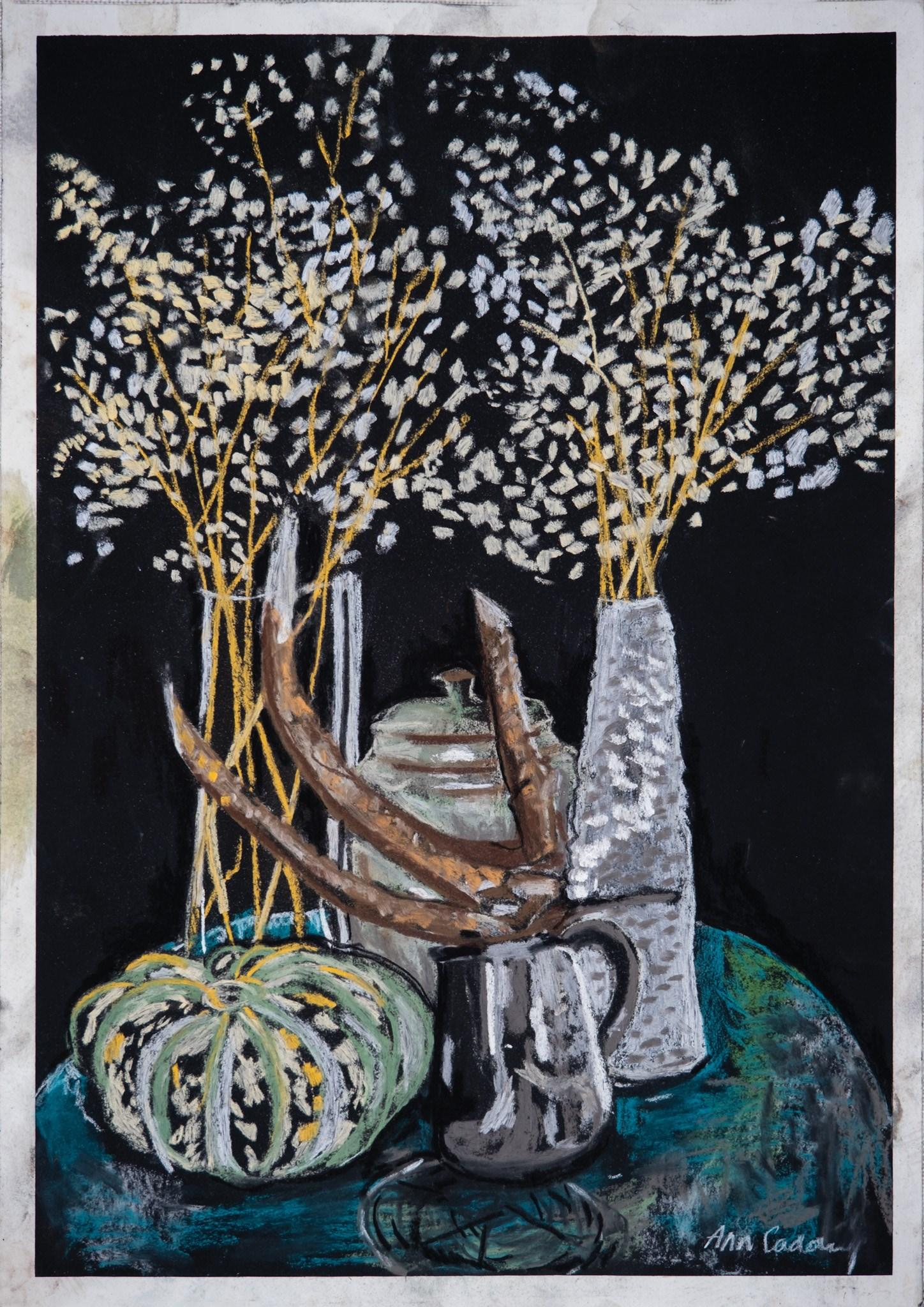



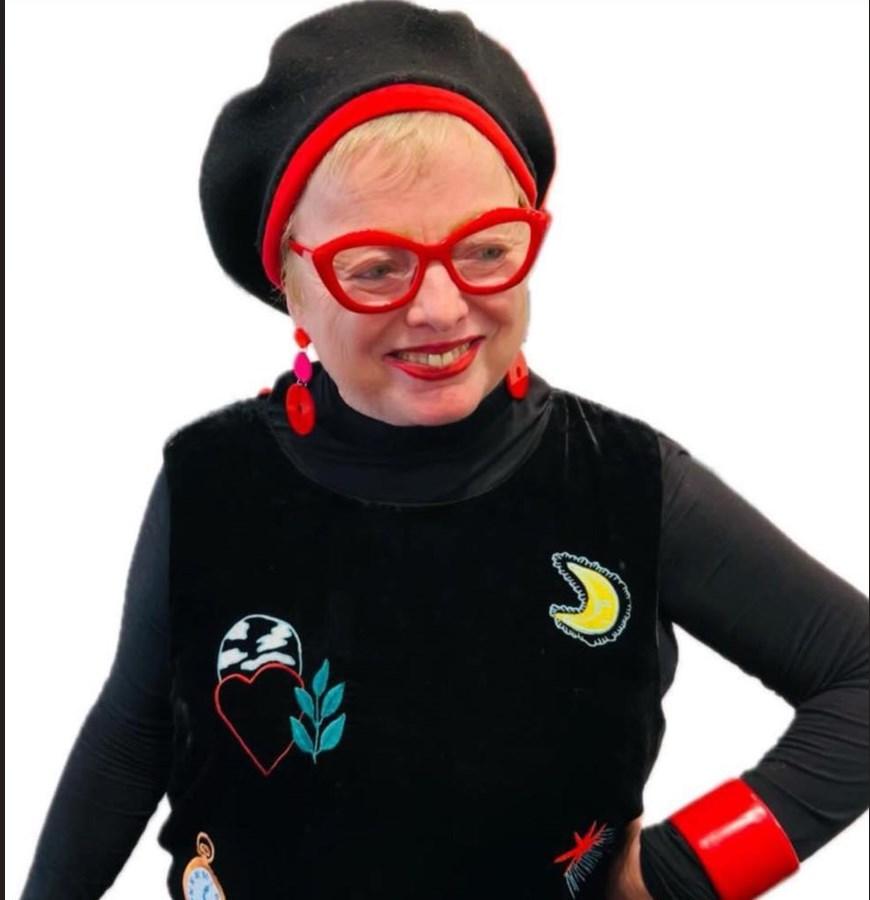
D R A W I N G R O O M G A L L E R Y
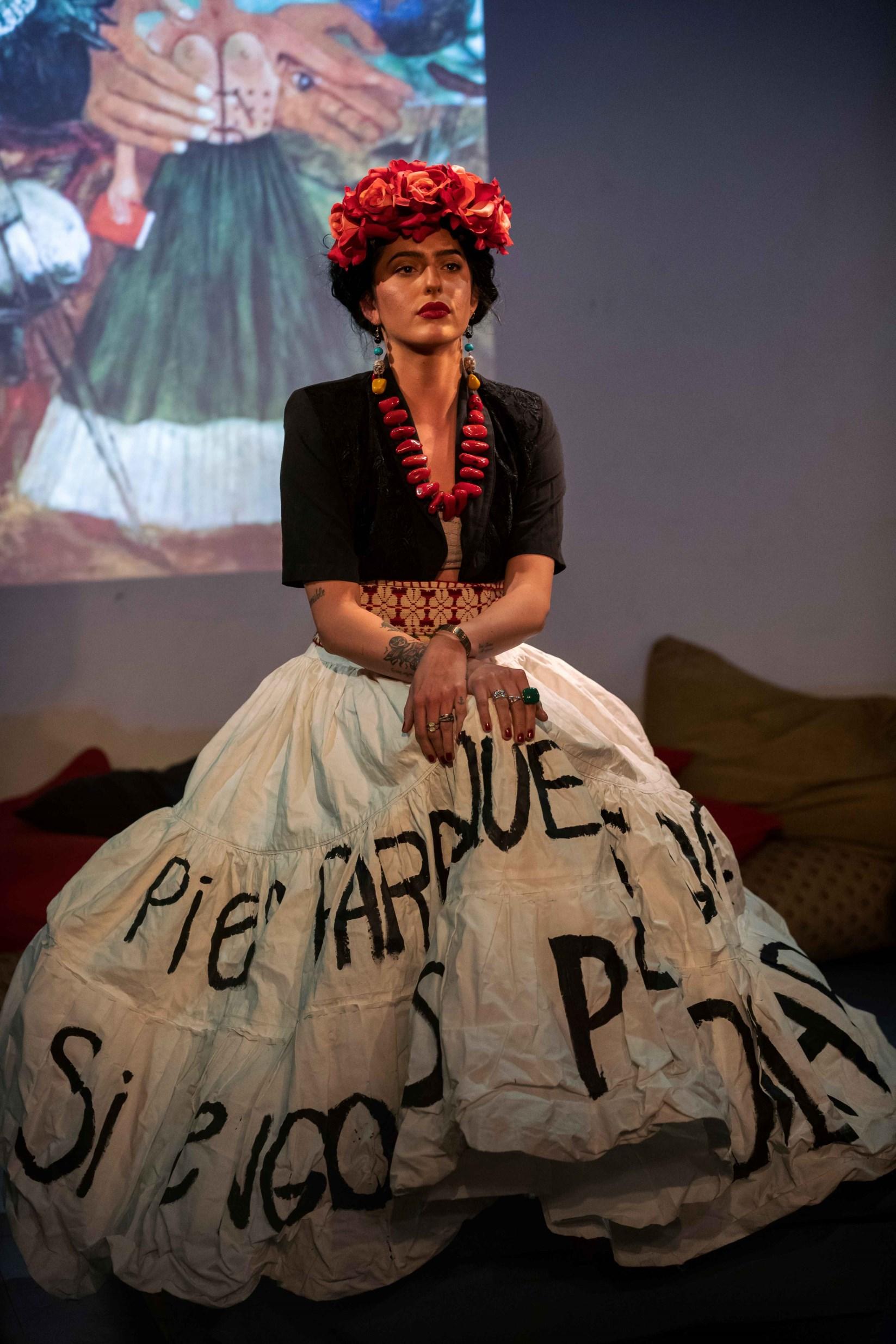
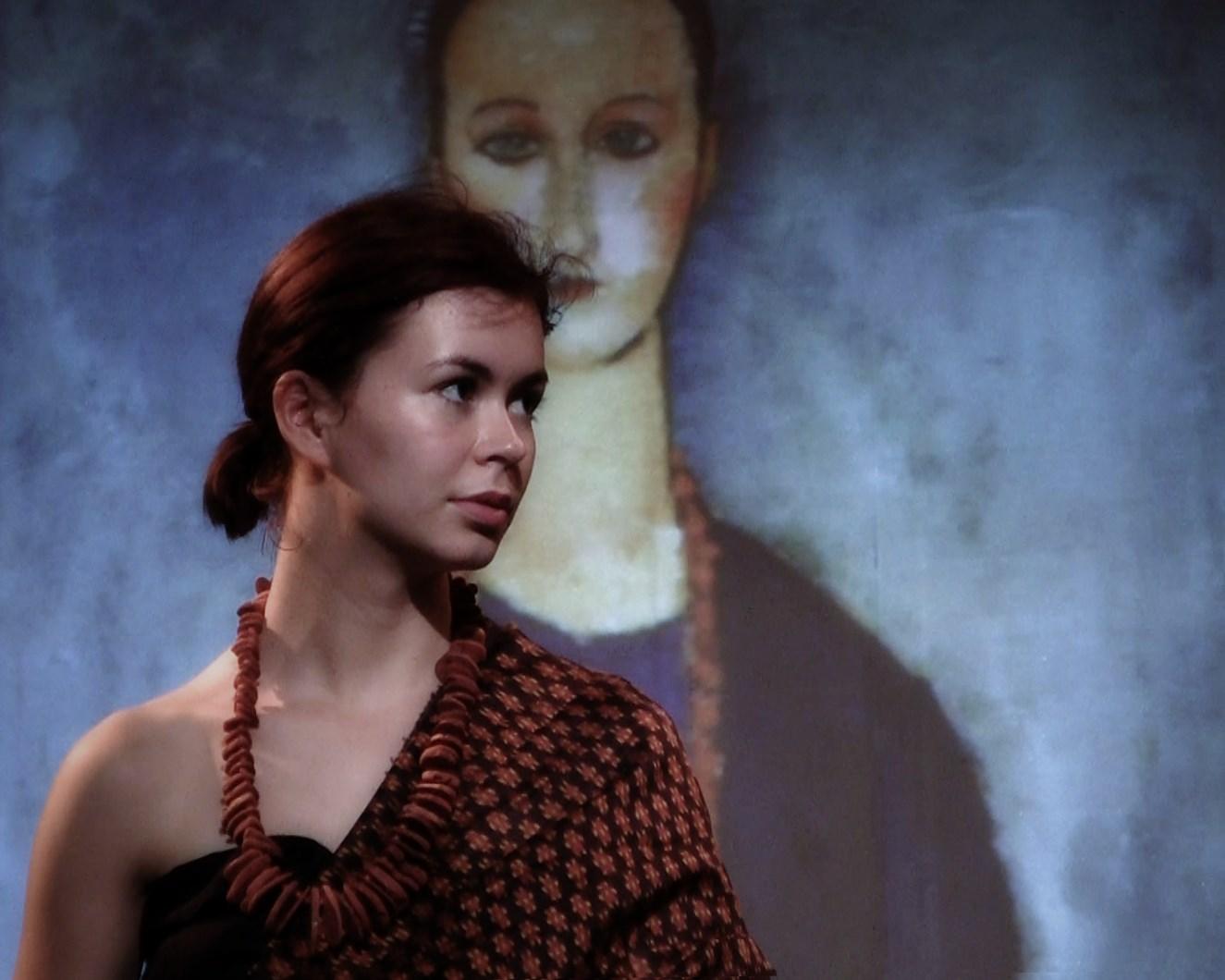
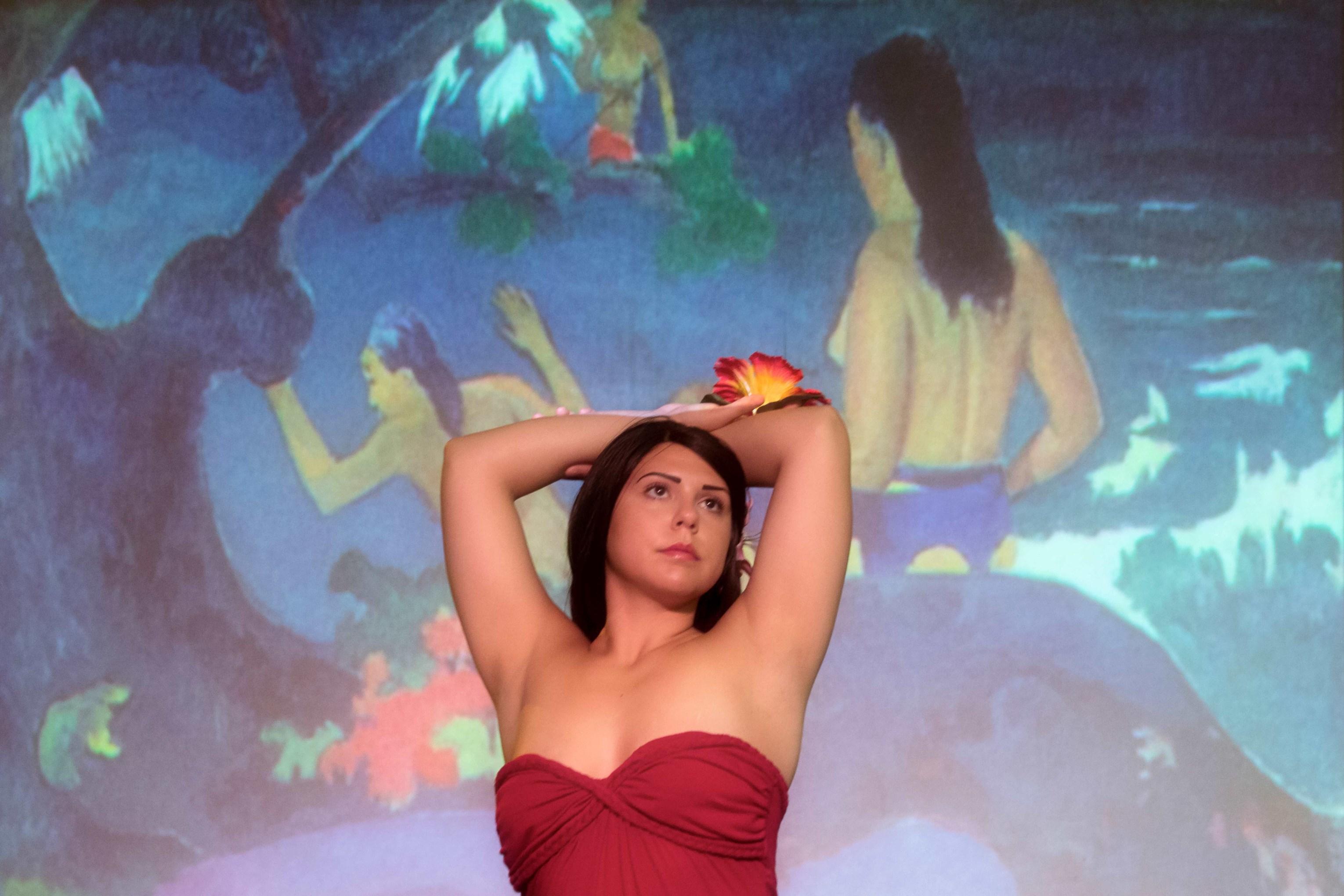
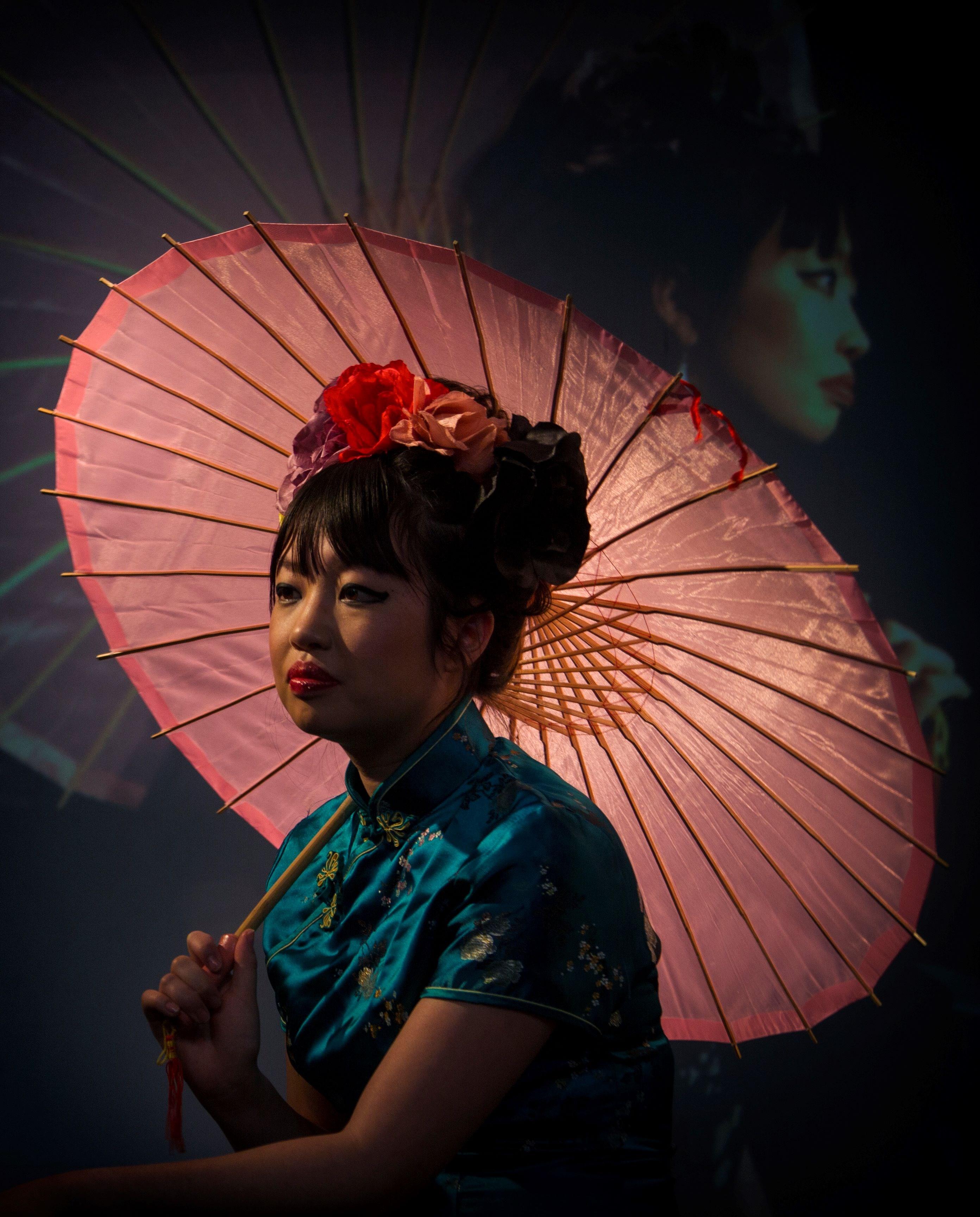
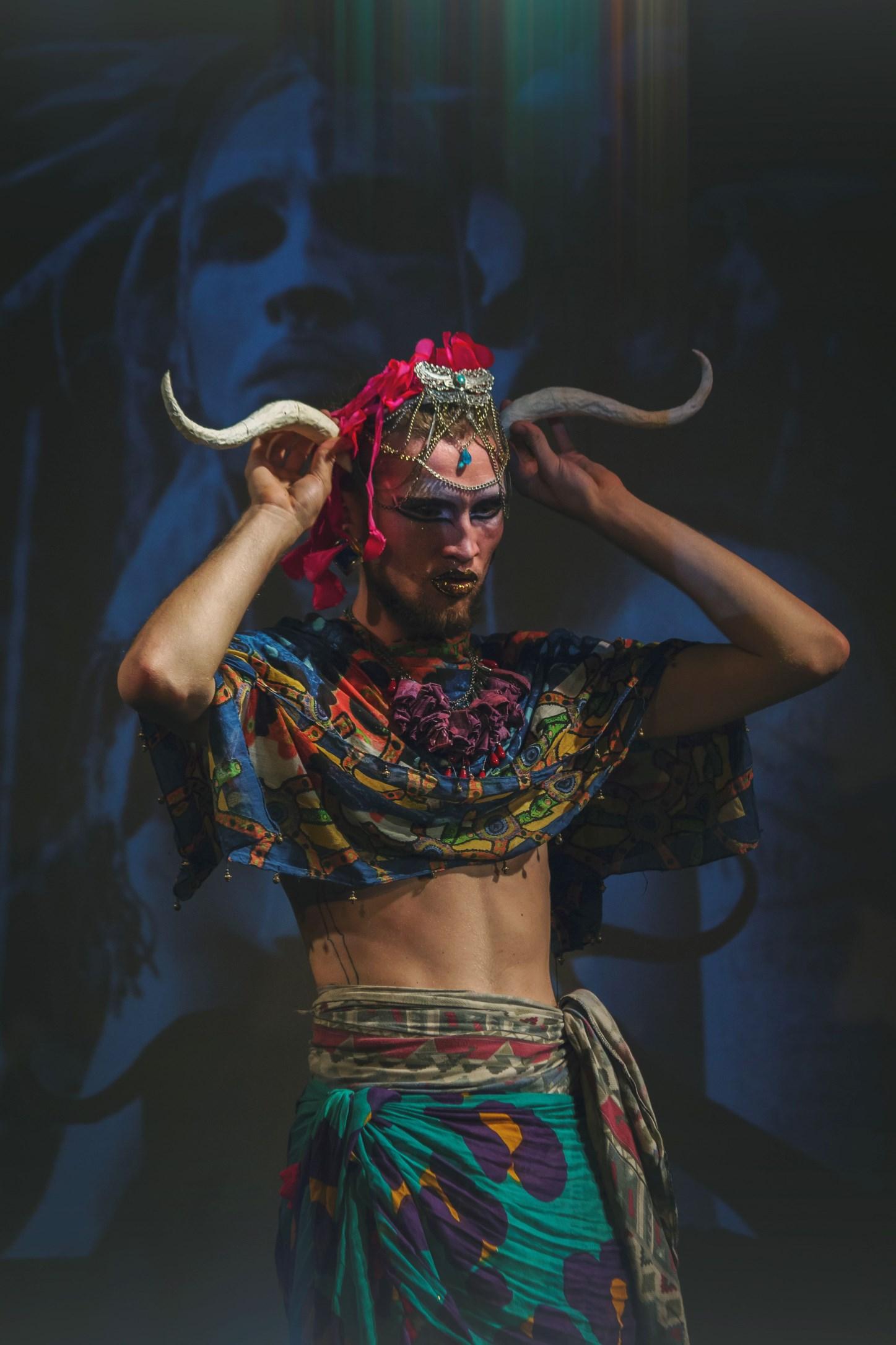
D R A W I N G
R O O M
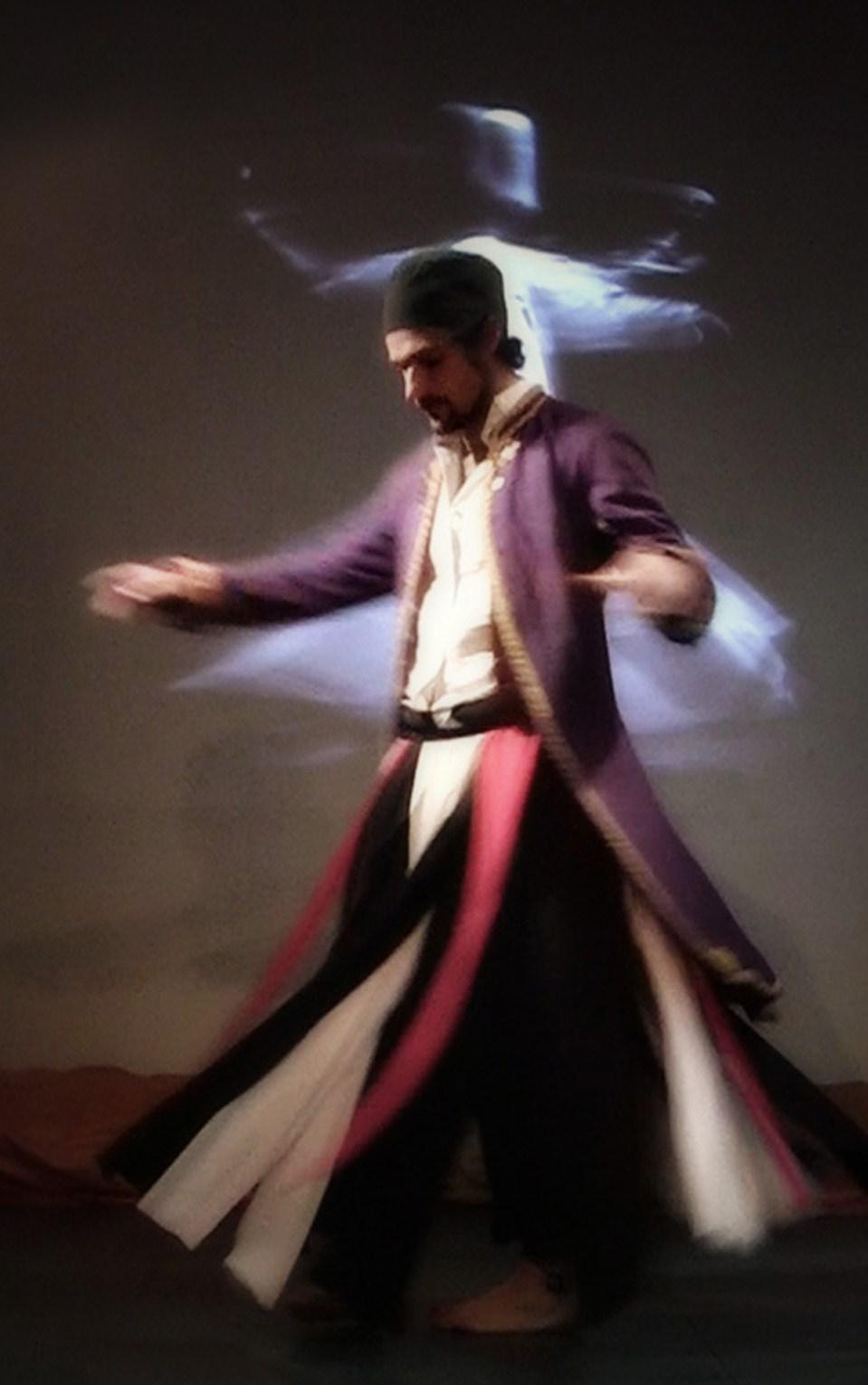
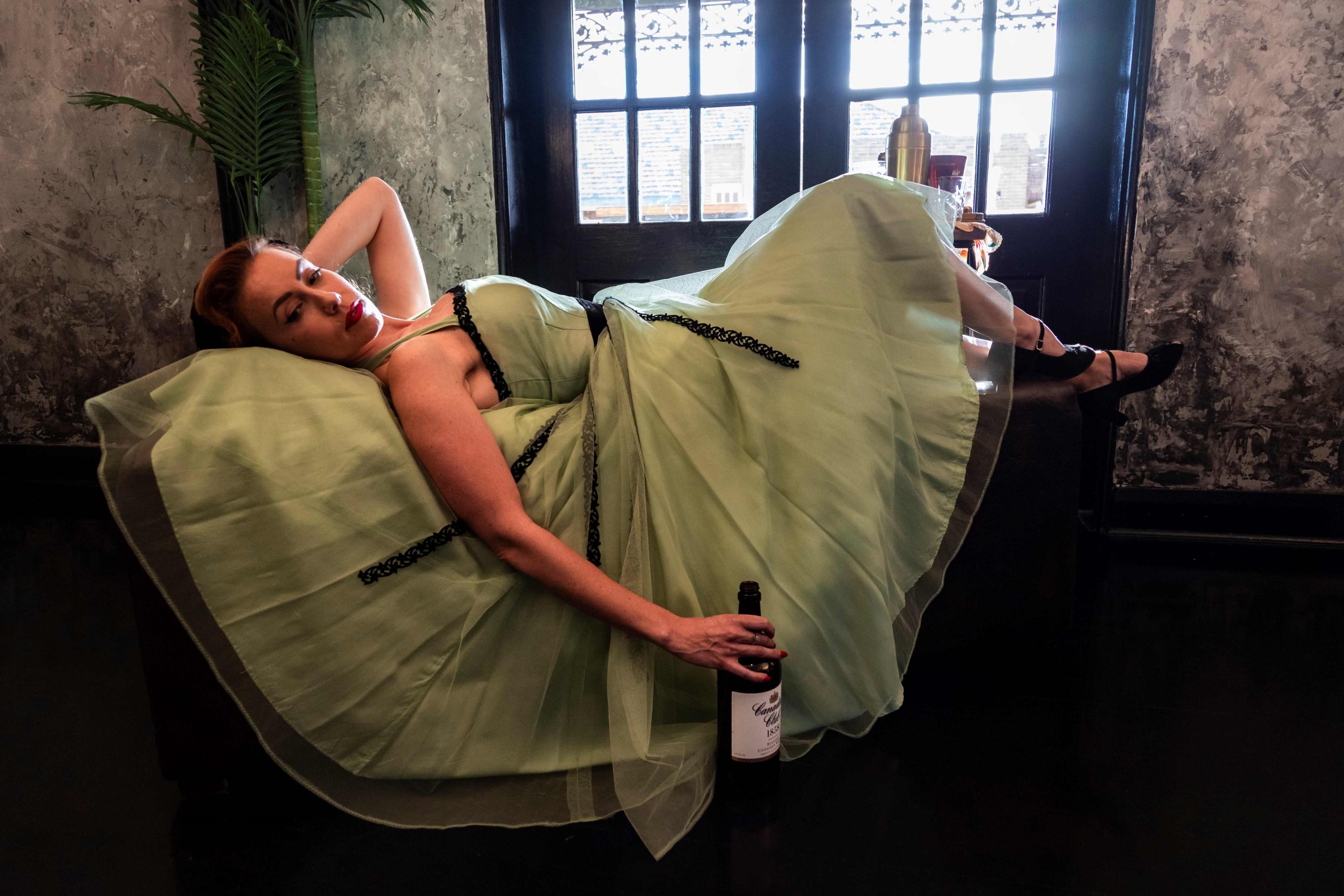


https://www.instagram.com/anniecadz/
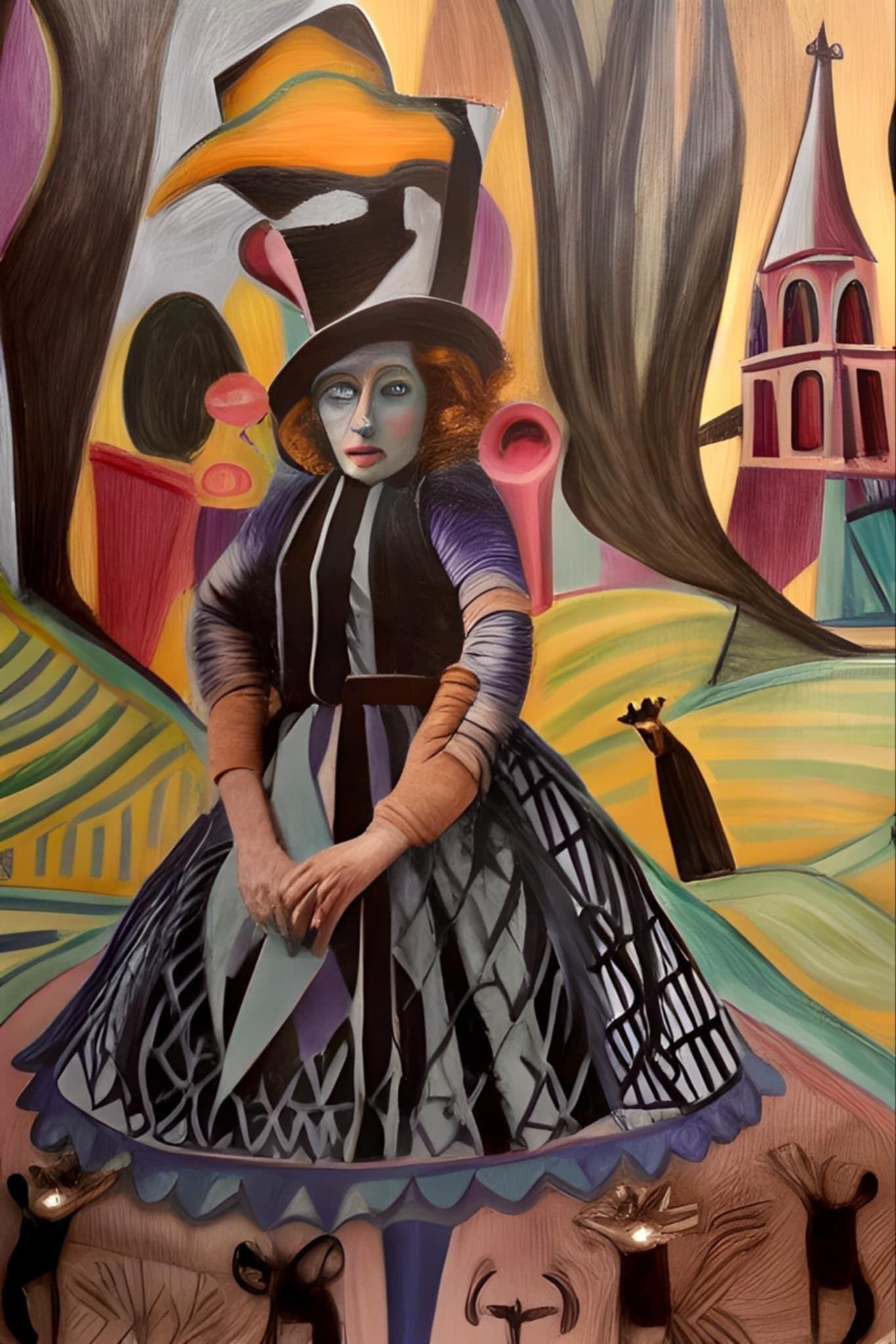
THE PURGE: Another side of Alice
“WISE MEN OF THE WIND ONLY SING TO THE FEY” MAGGIE HALL
In the Kalevala Demi-Gods laid eggs with saffron gold stitching. Maidens played music against the sky white owl in silver titanium offerings. Clouds of trapped spiritus paw gently at her outstretched skin, piercings between the bone and a chance at the opening.
It is the mist coming from his mouth that drives her mad. A Songbird streaming through chemical genius, ritual madness, the kill, a beautiful lie, that song that never gets played, alive.
In the script of a papyrus, they cut a slit beneath each eye. Insertion completed; the journey begins.
Standing upon a stage the lady with nine faces bends with each mark the quill makes. She lifts her lids to looking into every face, a clown waiting to get painted.
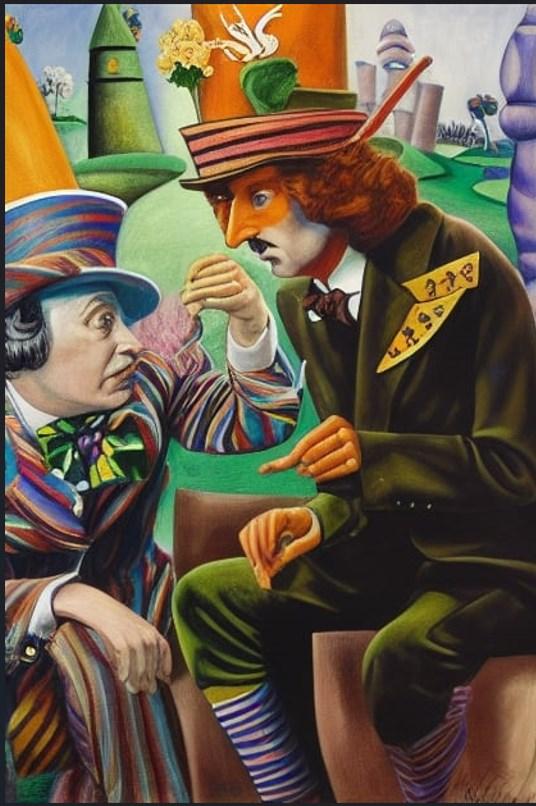
Tonight is a tea party, and nobody is invited. There are no poets here, but everybody is writing. I am watching the girl reading out a suicide letter masked by a reflection that does not reflect. Can she see how much pain costs unrepented. When the etching has not yet been rolled in the dried body of a cochineal beetle. Rembrandts Jewish Bride, as an example. Mixed with black sea salt and the juice from three fruits of a lime tree, the ink of a seal is created.
It is exciting to be sitting in the first row. Dermal band-aids cover up the holes and metal between her skin and bones.
Tonight, you can see your-self imprinted on the reflection of a double-moon, watching sweat glimmer and shine off each of the nine brows, one emitted. Standing up to applaud the cutter she exclaims delight at the first glace of the new face. The one that just gave birth to twins.
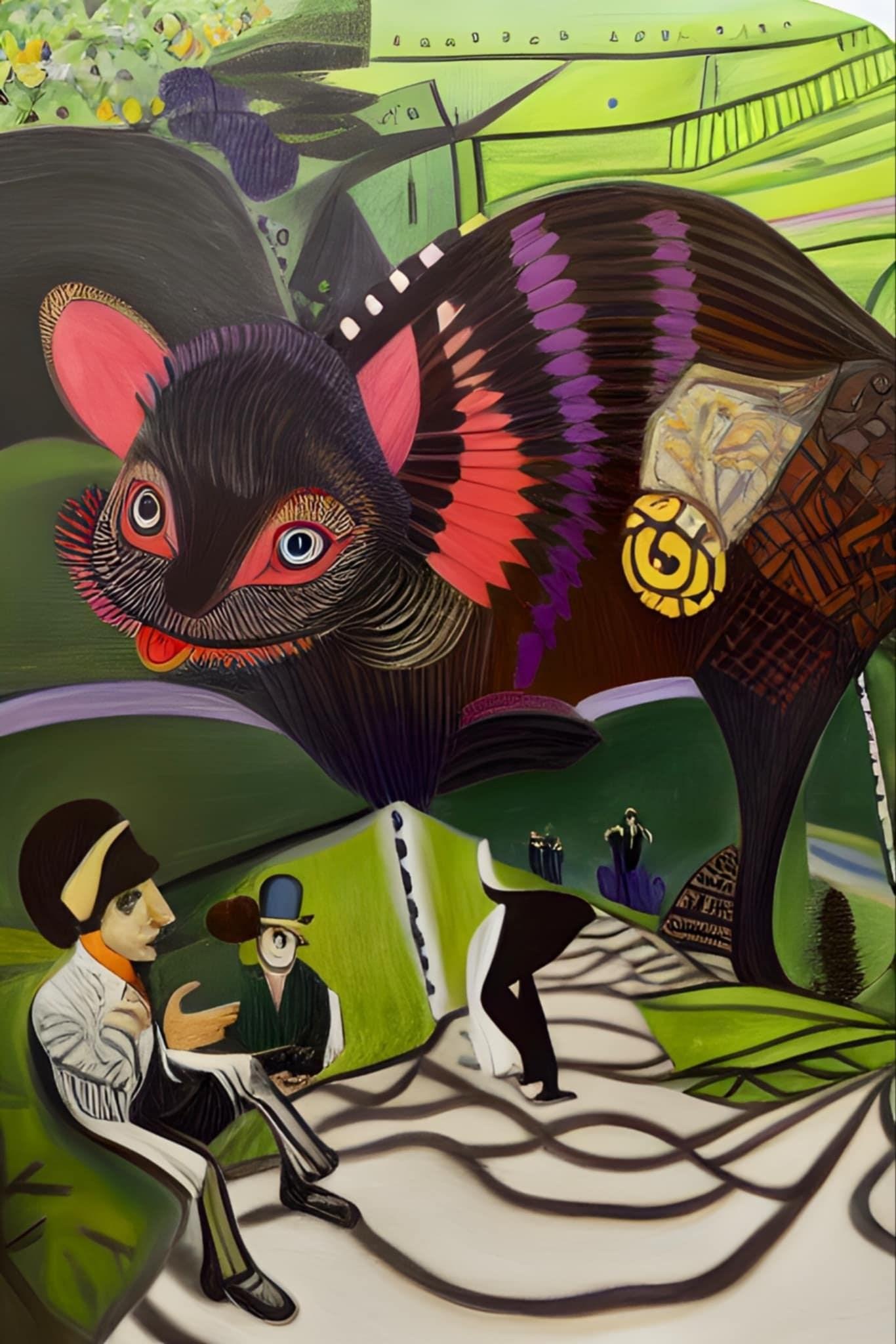
We have a comedian up on stage next. His name is Fate, and he is starting with a few words about peace. I can feel the titanium plate under each eye tighten, beneath broken skin covered in spider silk, an email received yesterday wrote of the book I began years ago, before the pandemic, before the fires, before my daughter attempted suicide. Before she divorced me from her mind. Thinking of that photograph, the one where we all looked so happy. I look at that image every time the feeling of cutting my wrists in a hot bath overcomes my sensibilities. We were happy once upon a time. Down the rabbit hole where the warren was safe from the outside. Thinking of that moment I can feel my mind tighten like the skin around this fresh implant. Healing while reasserting a new space to grow.
Now we are back in front of the stage clapping for the comedian who has just sealed our fates. Poets wearing outfitted dresses designed to fit each one uniquely, for their verse and musing graces to look into a mirror reflecting images of you once created.
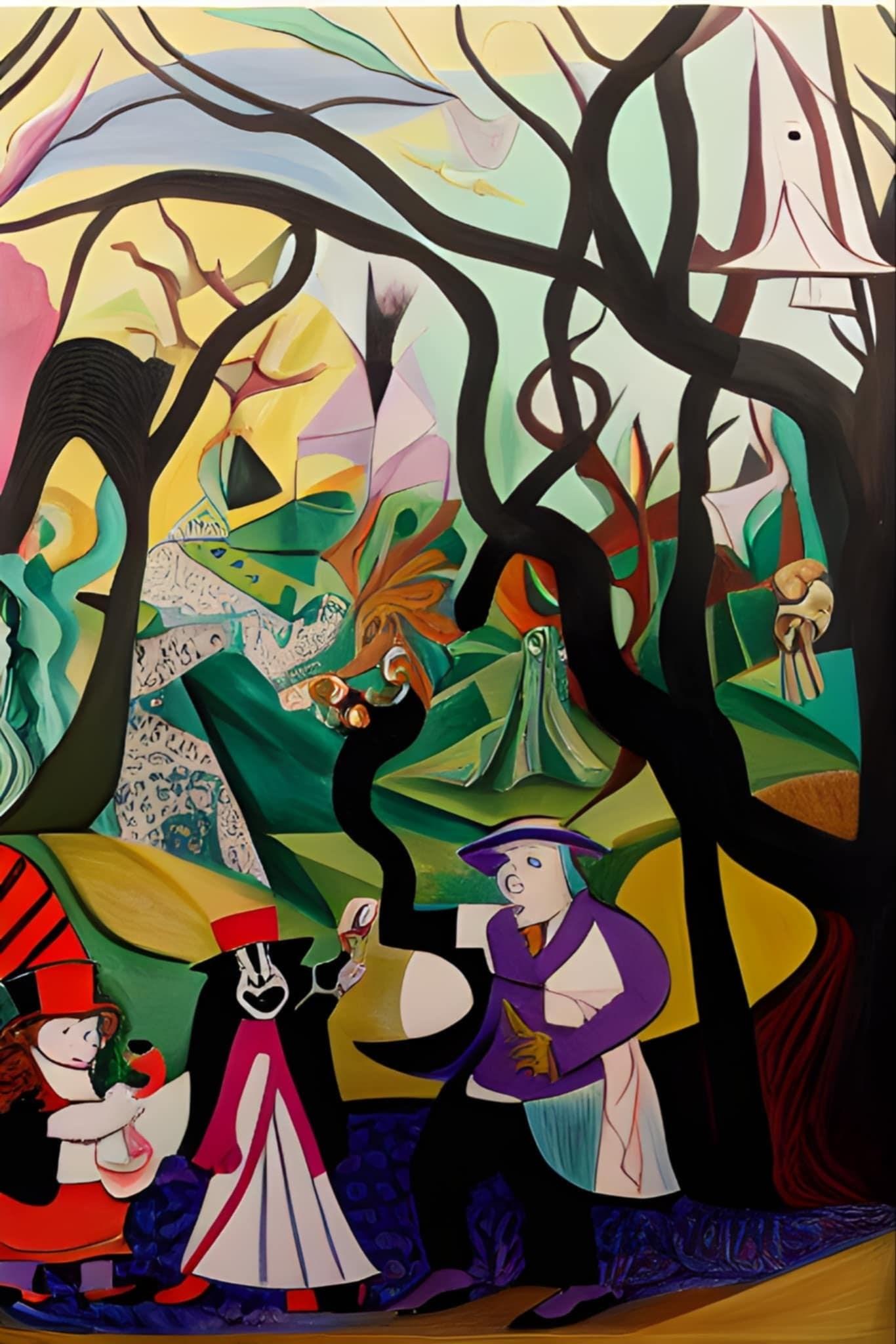
Can you hear the numbers vibrating?
Can you see the black screen between each side?
Can you touch the invisible glass that is cracking?
Each sectioned square tells a different story about the same moment they came into existence. Expelled energies turn around to speak these three words; I am sorry.
Ego is the pathway we followed, down the hole in a soft patch of grass. Taking time to read each letter of every word unprinted. It is obvious. A writer can only exist if they are willing to tell the tale of each existence. To be selfish enough, to be honest. To be egotistical enough, to be creative. To be understood enough, to be experienced. I am sorry.
Playing a game of cards with the queen of hearts, winning.
Breaking the rules on a first date, fucking. A best friend comes in many layers, I am still stripping. There is a telephone at the end of this line, and I am still tripping.
- Maggie Hall © 2024.

All Rights Reserved on article and photographs Maggie Hall © 2024.
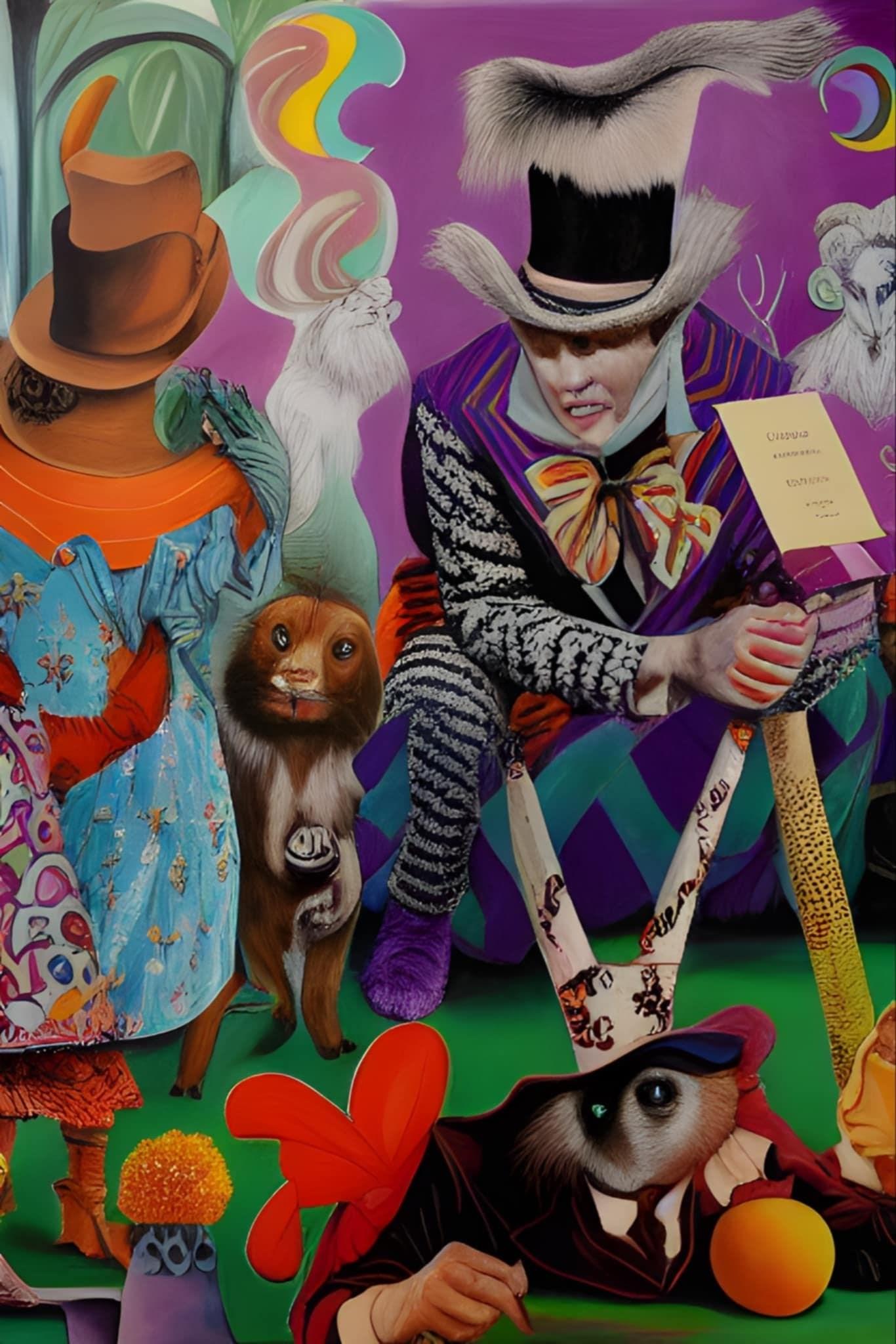
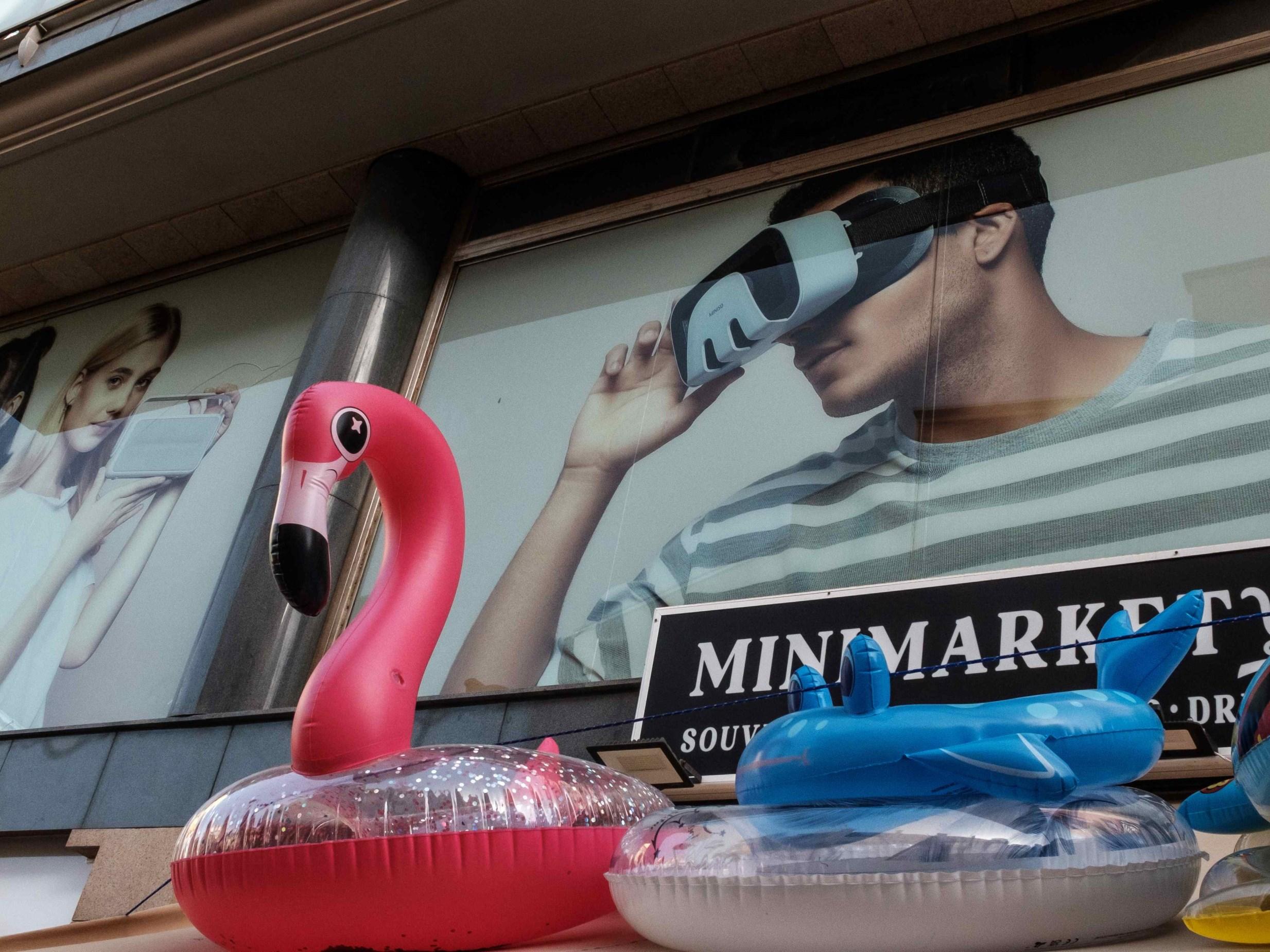
S E I G A R
This holiday series shows the summer of some bathers in Tenerife, in Los Cristianos, a coastal resort in the south of this Canarian Island bathed by the Atlantic Ocean. The images represent the summer rest time and work as a mirror of our behaviors during those moments. The elements that complete them as towels, hats, umbrellas, sarongs, swimsuits, flip-flops, and sun loungers splash color in the photographs and function as the hyperbole of the stereotype of coastal tourism. This time, I contained myself with the color treatment and left the classic chrome filter on my Fujifilm X30 camera, far from my typical saturated colors. I wanted to maintain a vintage look to set the series in a timeless vacation moment.
Carpe Diem. The series was shot in Tenerife South, The Canary Islands, Spain, in September 2024.
Artist Statement.
Let me share a text with you all, it just defines where I am as an artist and as a person right now. This is the Seigar 2024 version.
The colours of the universe, the senses we have.
The richness of human beings, what we are.
The places to explore, our capabilities.
The adventures of life, our curiosity.
The stories we tell ourselves, our words.
The multiple options, our freedom.
Responsibilities, the true responsibility.
The tasks to complete, the real task.
The commitments, the true commitment.
The songs we sing, the songs I sing to myself.
The stories we read, the stories I tell myself.
The multiple moments, I want to be here and now.
Games, the skill of creating.
The paintings, I paint myself pretty.
The words I conjure to myself, I take care of how I describe myself and how I treat myself.
I affirm myself nicely. Affirm yourself nicely.
The actions I choose, I decide the best actions for me. I do. DO.
The attention, I pay attention.
Pay attention.
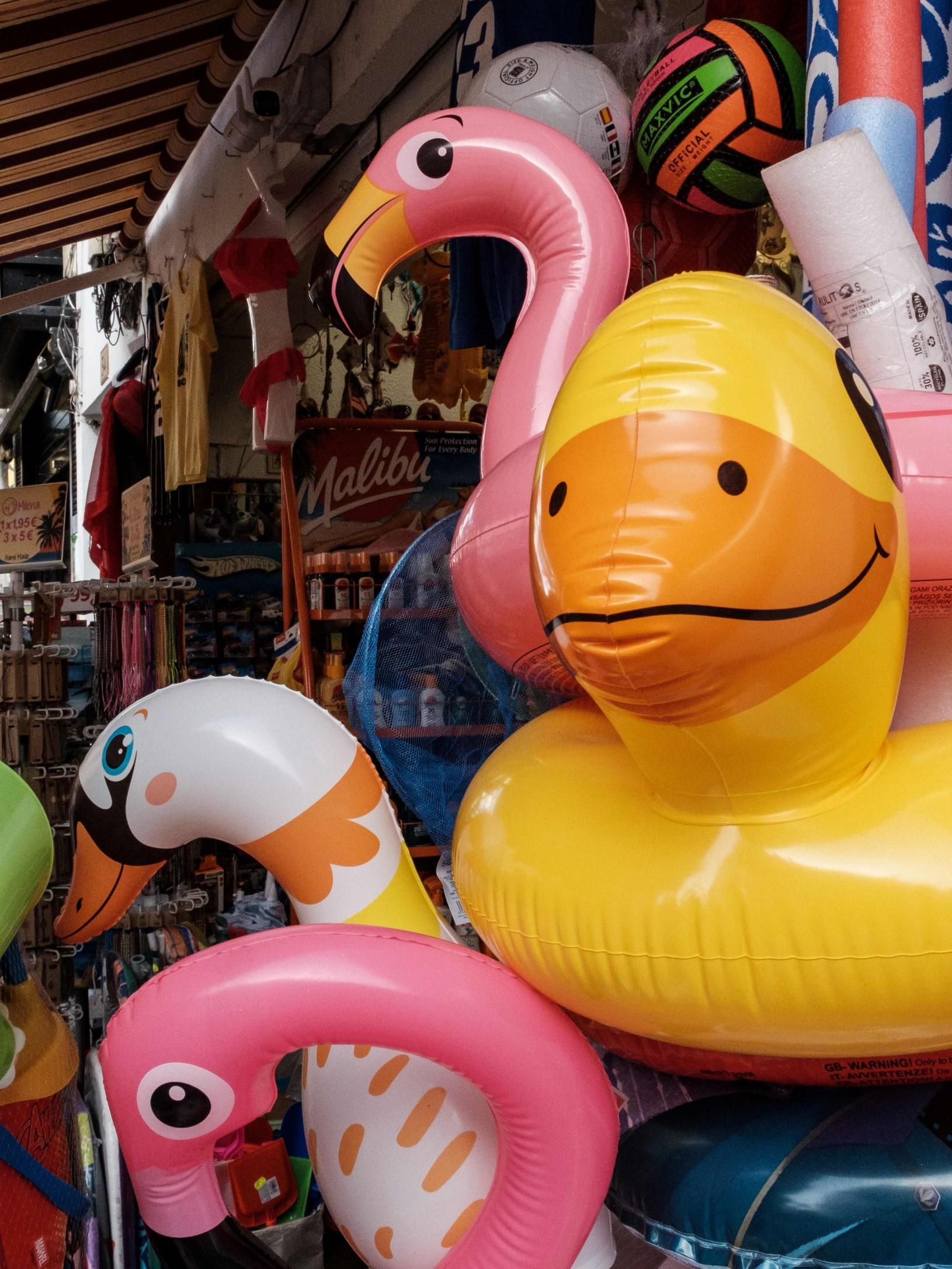
Seigar is a passionate visual artist based in Tenerife, Spain, specializing in travel, street, social documentary, conceptual, and pop art. He is deeply fascinated by pop culture which is evident in his works exploring photography, video art, writing, and collage. A philologist by profession and a secondary school teacher, Seigar is a self-taught visual artist, having completed courses in advanced photography, cinema, and television. His artistic mission is to narrate tales through his camera, creating a continuous storyline from his travels and encounters. He has participated in various international exhibitions, festivals, and cultural events, with his works featured in numerous publications worldwide. His recent focus includes documenting identity and spreading the message of the Latin phrase: Carpe Diem. Seigar was honoured with the Rafael Ramos García International Photography Award. He shares his predilections on art and culture on his blog: Pop Sonality.
G A L L E R Y S E I G A R



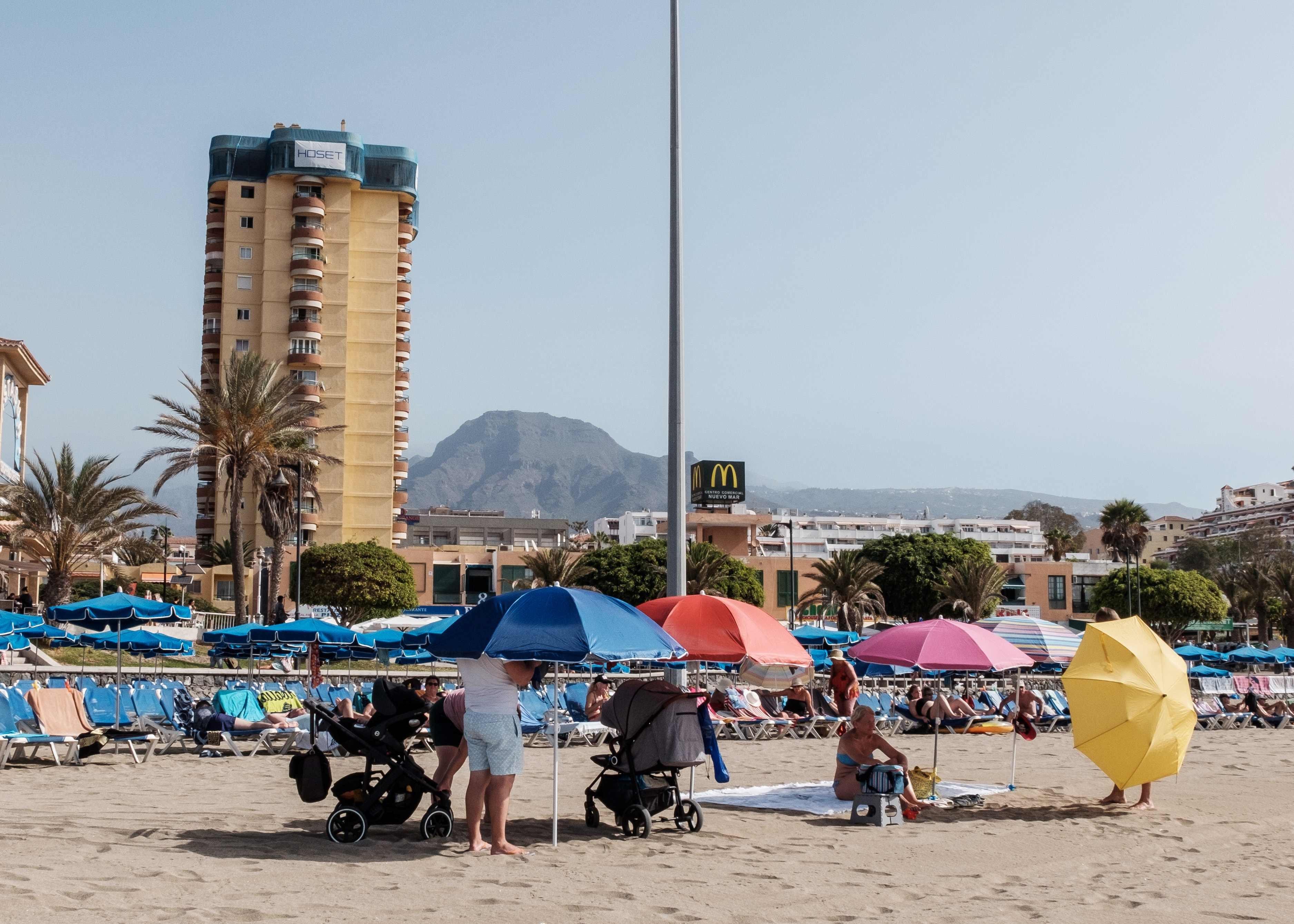
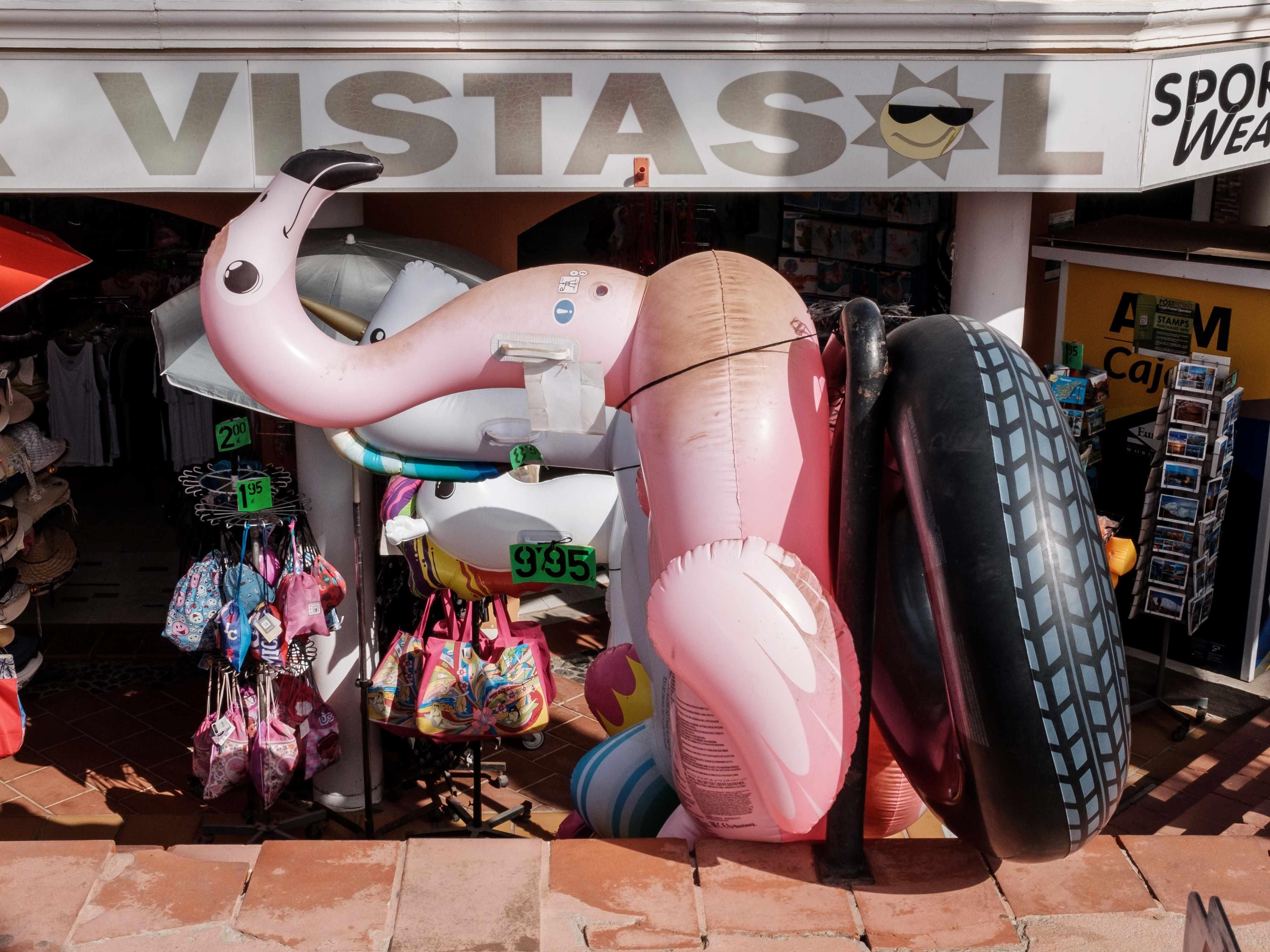


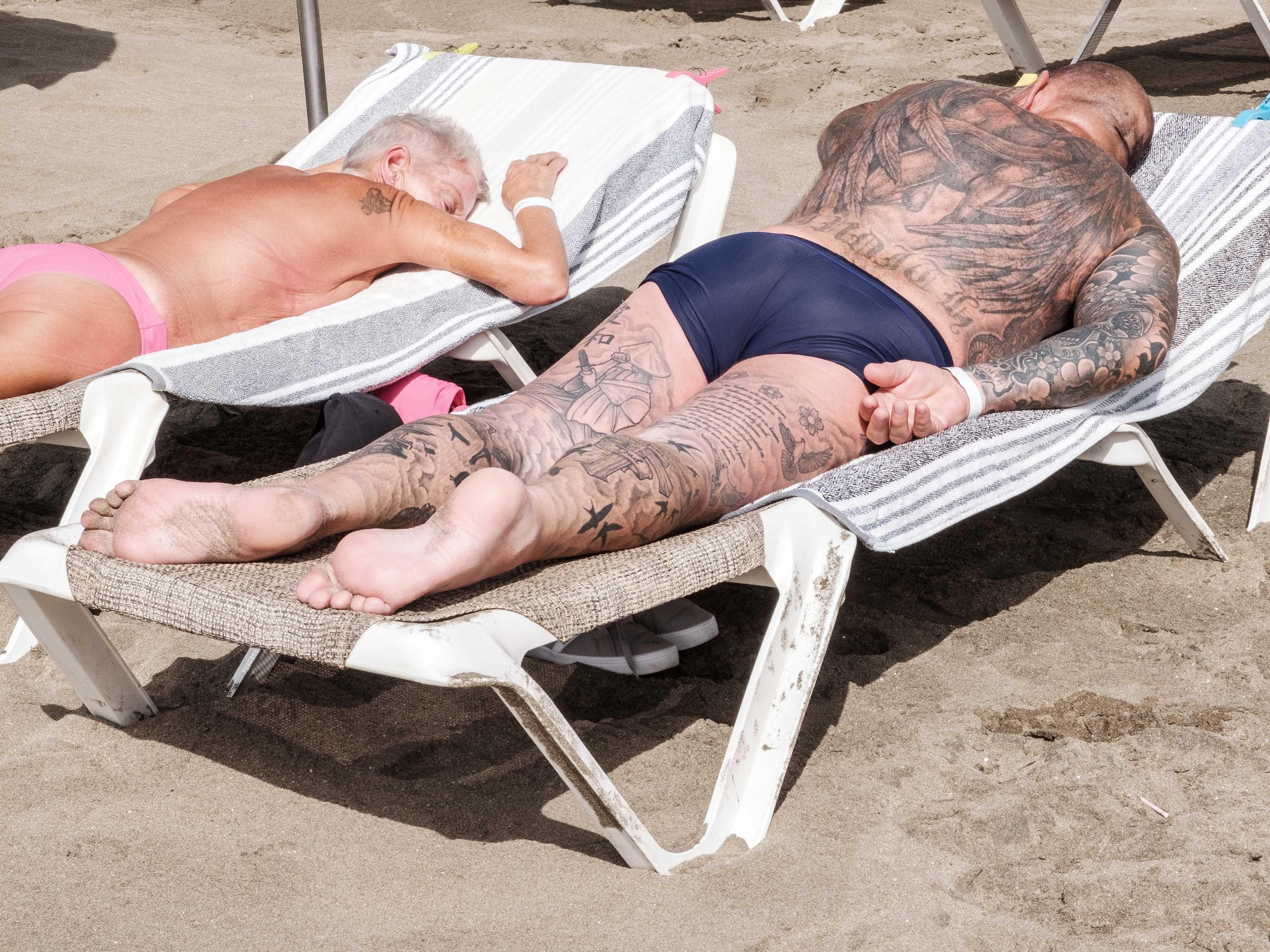
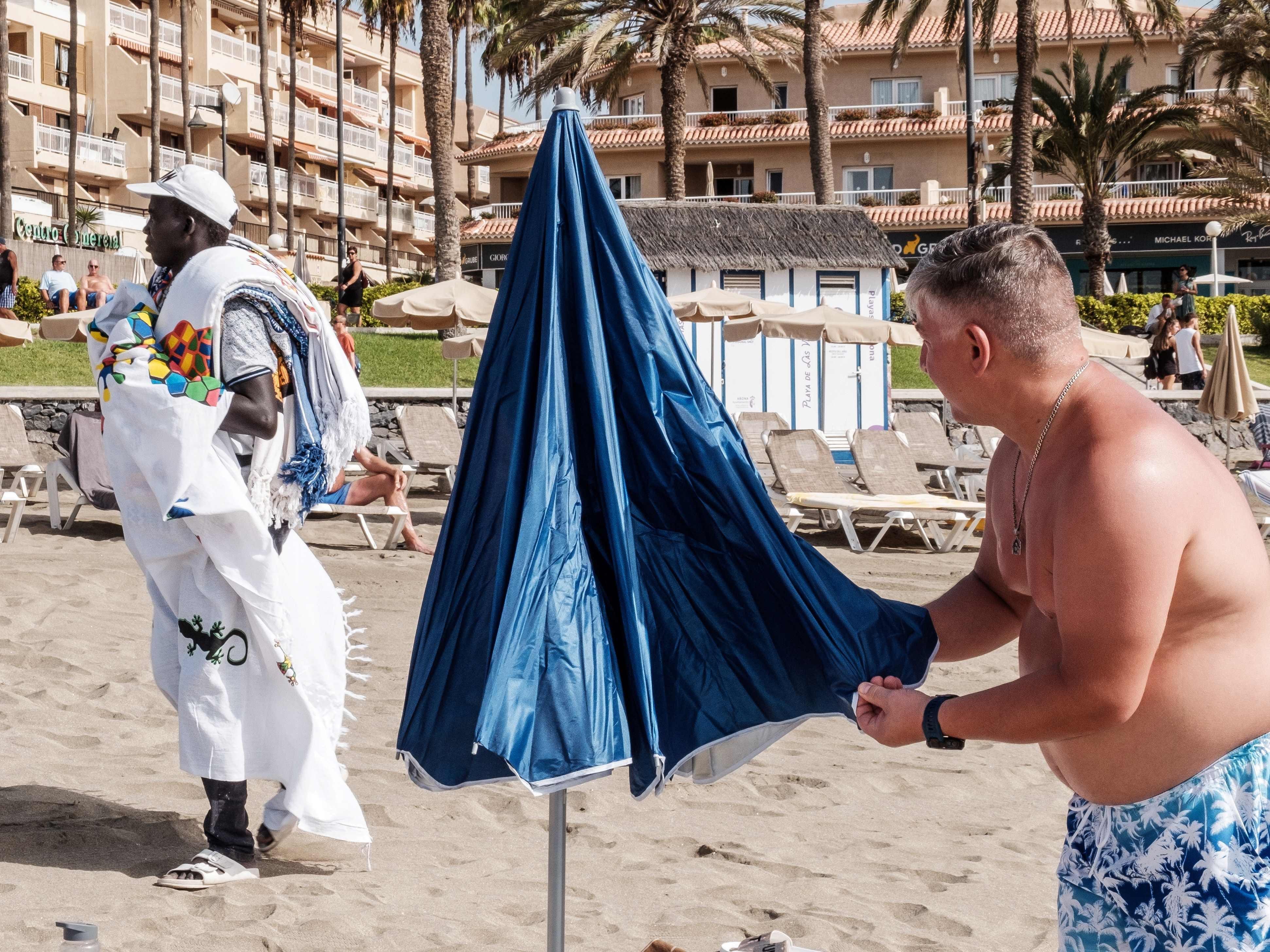

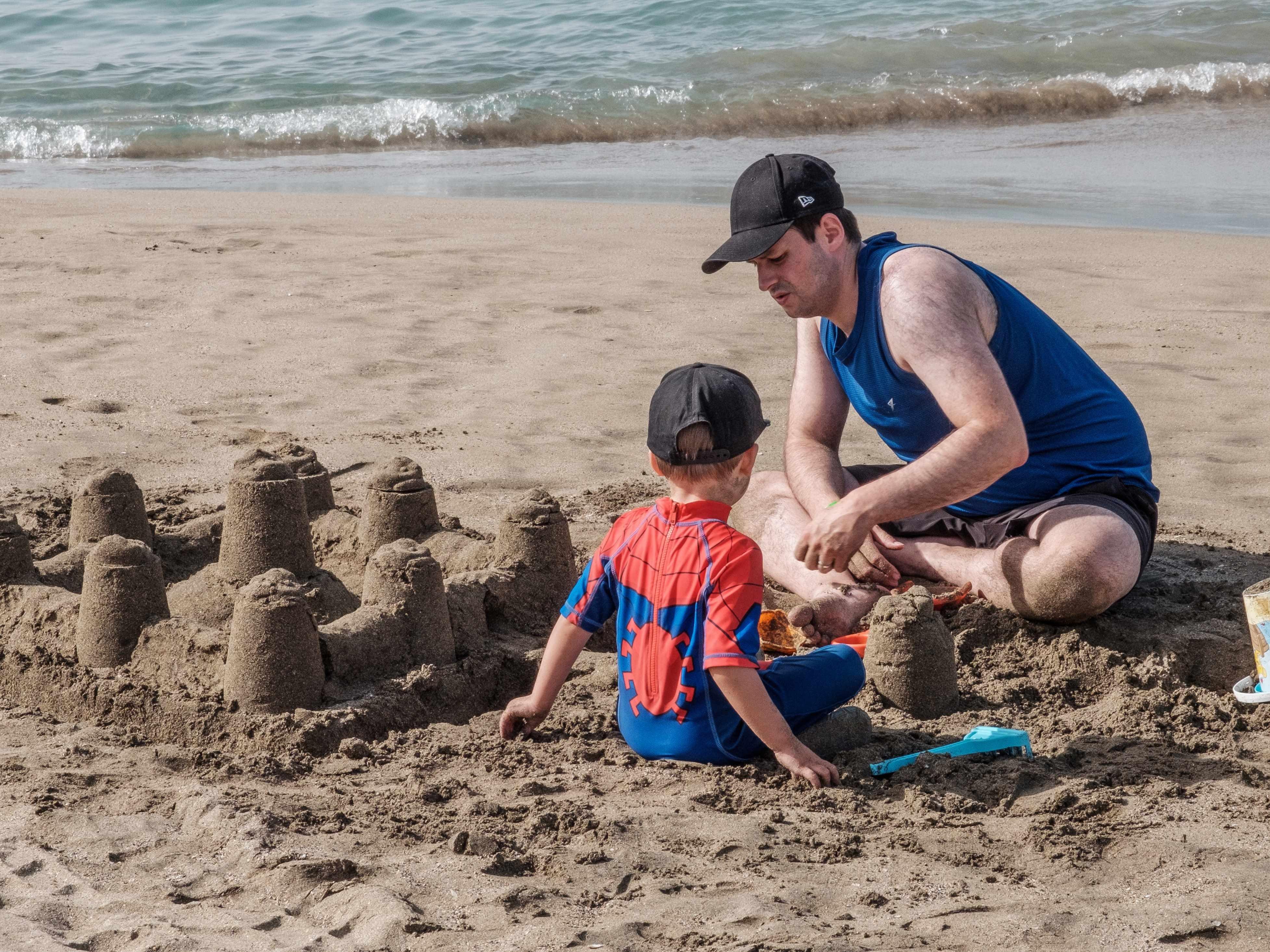

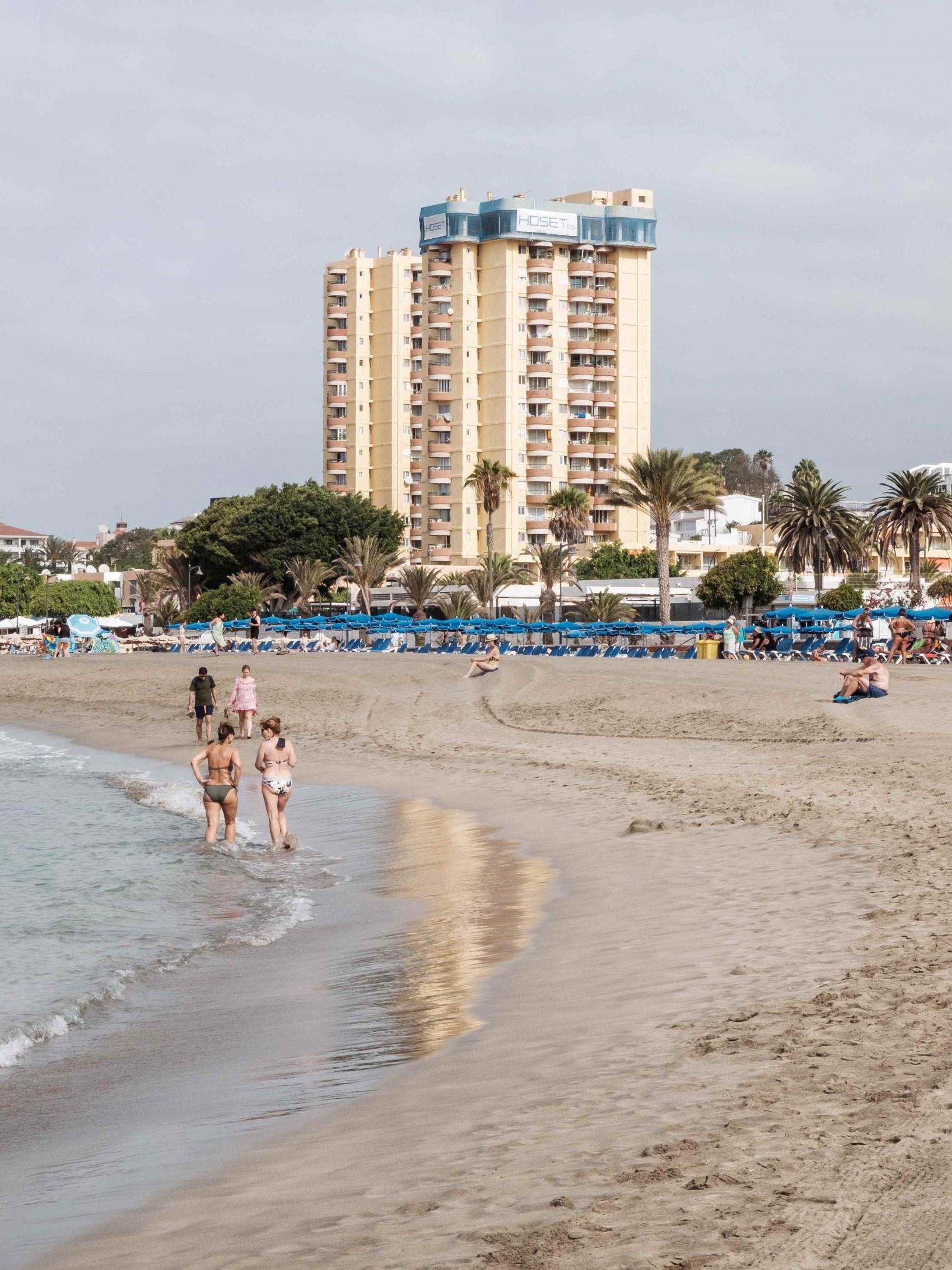
Links:
Instagram: https://www.instagram.com/ jseigar/
Webpage: https://seigar.wordpress.com/ Albums: https://www.flickr.com/photos/ theblueheartbeat/albums/
Writing: https://seigar.wordpress.com/ journalist/
Blog Pop Sonality: https:// www.instagram.com/popsonality/


12 Park Street East Gresford NSW. Gallery Hours: Saturday & Sunday 10am - 4pm.
A group of Hunter Valley artists Judy Henry, Christine Pike, Dawn Thompson, Robyn Werkhoven. Janet Steele and Misha Moon came together with the passion to establish a contemporary art gallery in the rural village of East Gresford, NSW. The gallery is set amidst a lovely botanical garden and visitors’ park.
The Art Gallery will feature exhibitions, highlighting the Hunter Valley arts creative community and will conduct art and craft workshops for children and adults.
The Gresford Community Gallery held a grand opening celebration last September, with over 200 people attending a splendid exhibition of quality Hunter Valley art and craft, featuring painting, drawing, sculptures, ceramics, photography, jewellery, fibre art and video.
12 Park Street East Gresford NSW. Gallery Hours: Saturday & Sunday 10am - 4pm.
Or by appointment phone 0417 686 816 Robyn Werkhoven. E: gallerygresfordcommunity@gmail.com
EXHIBITING ARTISTS
ALICE ROPATA DANIELLE MCMANUS GILLIAN WADDELL RENE BRAGER NATHAN KEOGH JUDY HENRY CHRISTINE PIKE ERIC & ROBYN WERKHOVEN SUZANNAH JONES GISELLE PENN DAWN THOMPSON MISHA MOON JANET STEELE FIONA WRIGHT
REBECCA MUSCAT JANE RICHENS MARGOT DUGAN MICHAEL GARTH JOSEPH TURRIN SUE STEWART SANDRA LEE BROWN
DEBRA LINCOLN MARIAN DAY BARBARA NANSHEE JUSTIN THORNTON DAVID OLIVER HELEN TOLHURST GWENDOLIN
LEWIS NEWCASTLE PRINTMAKERS WORKSHOP HELENE LEANE LINDA GREEDY
Exhibiting artists’ work will be represented in the gallery till 22nd. December.
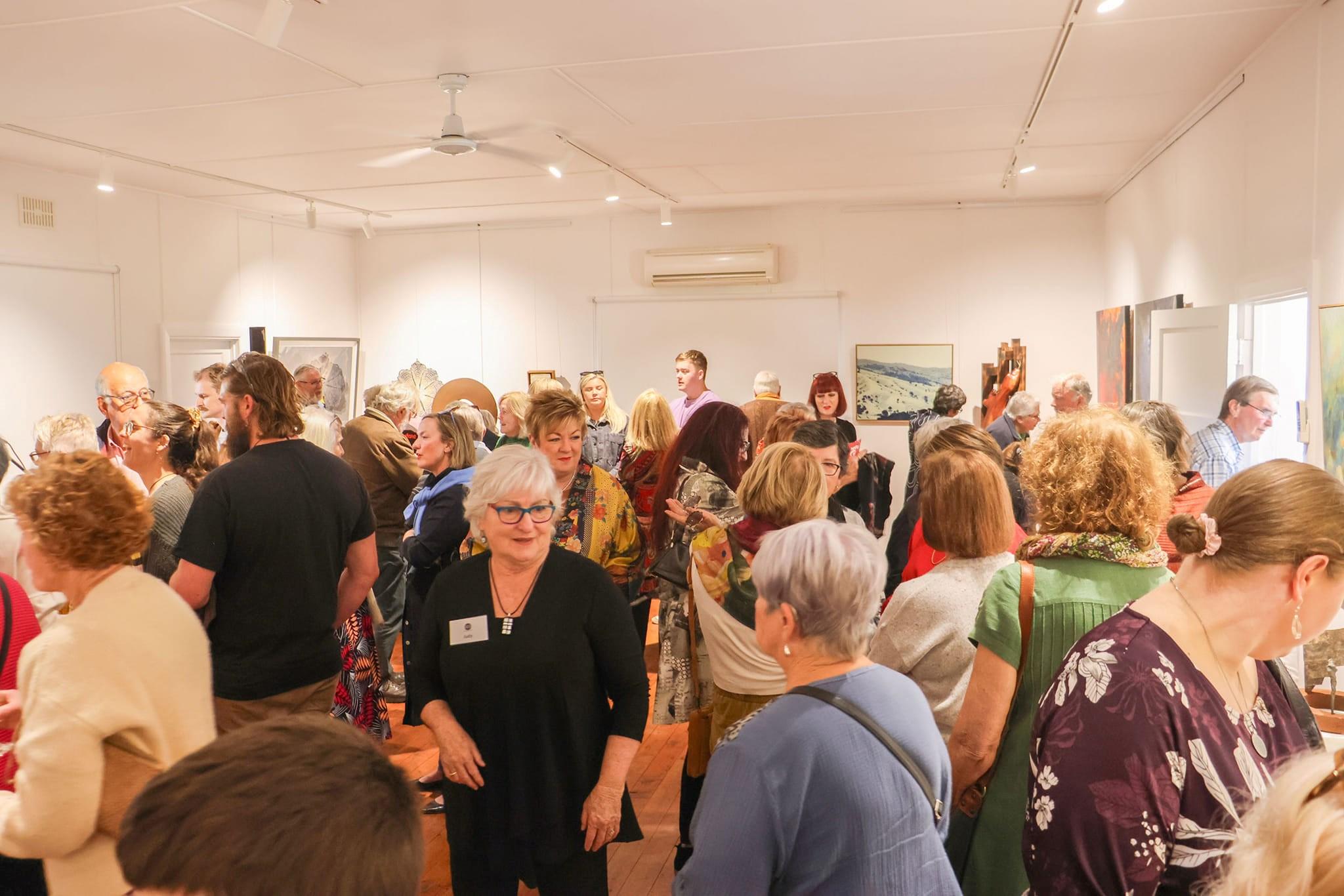
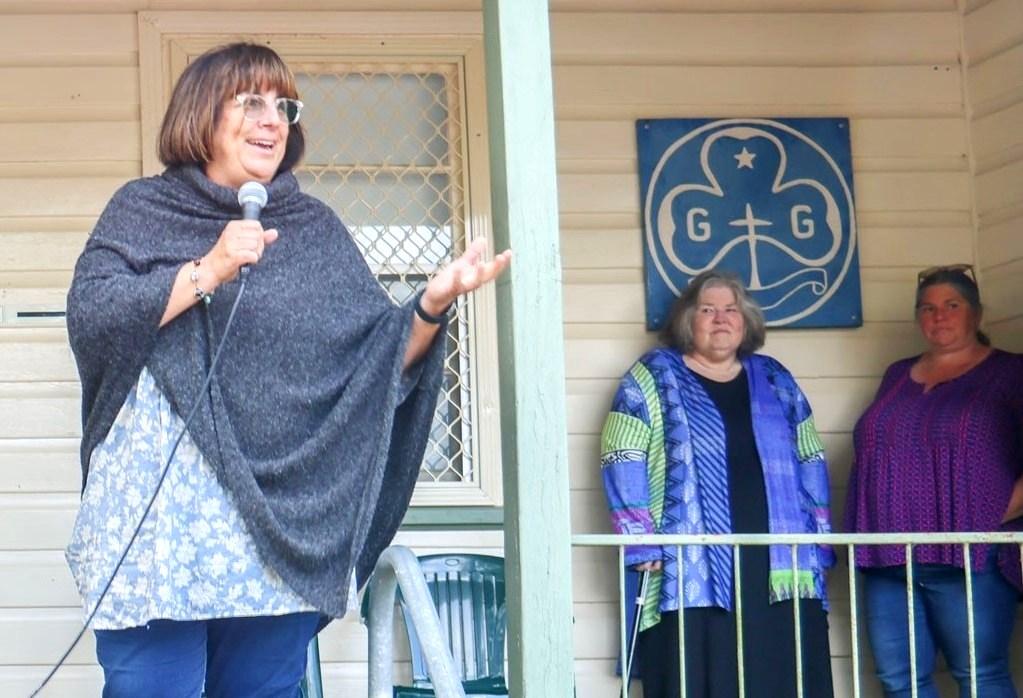
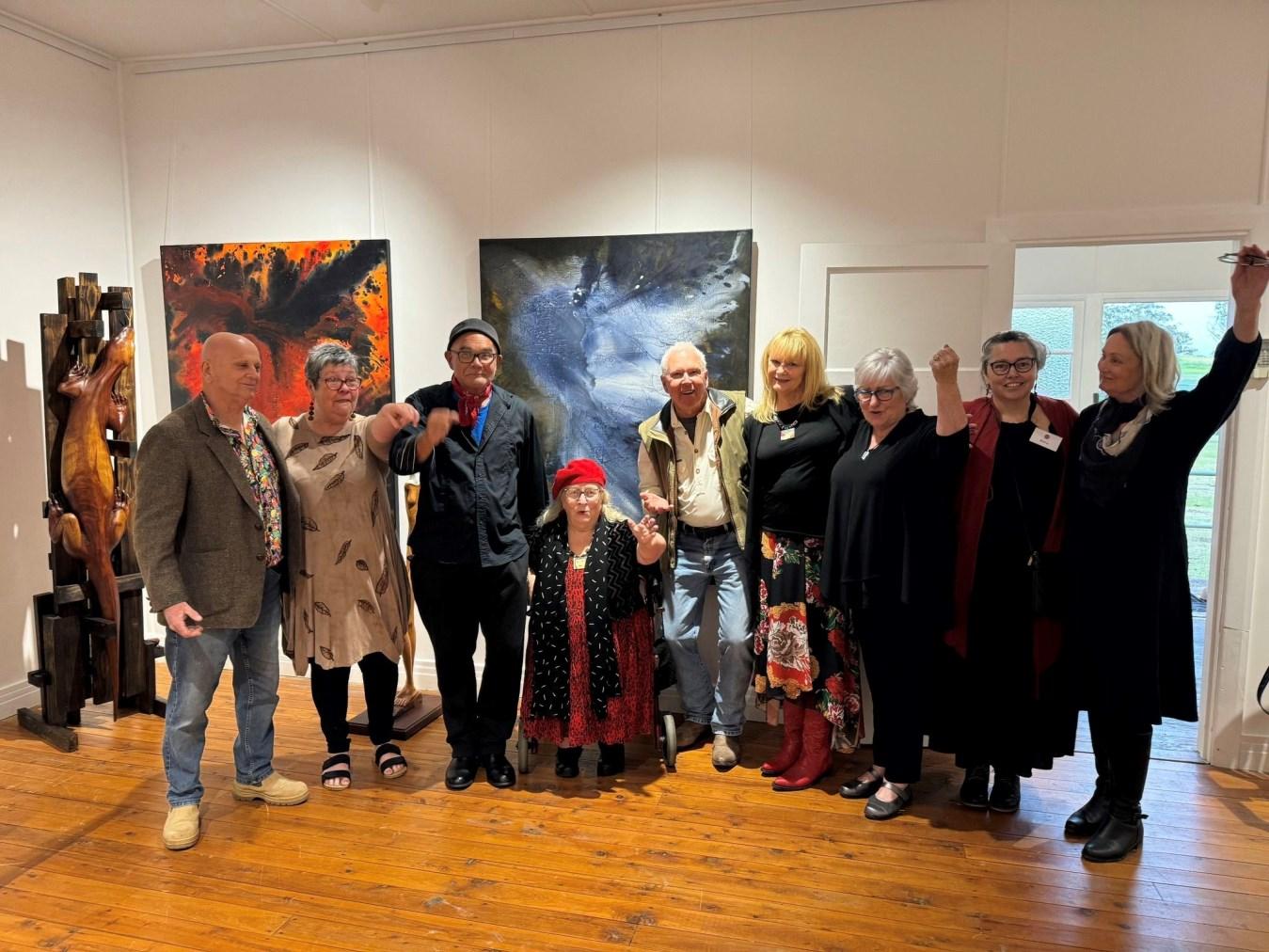


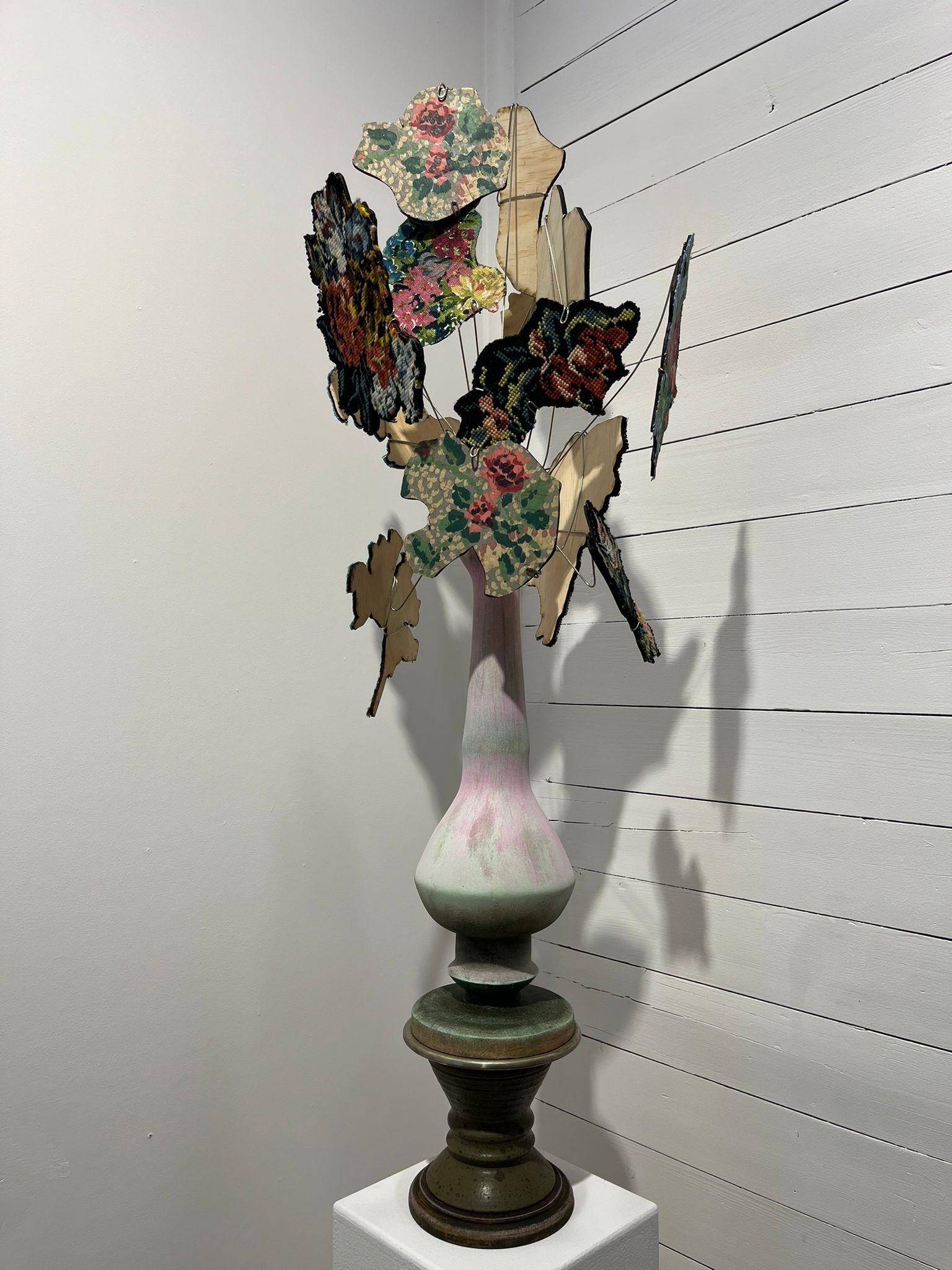
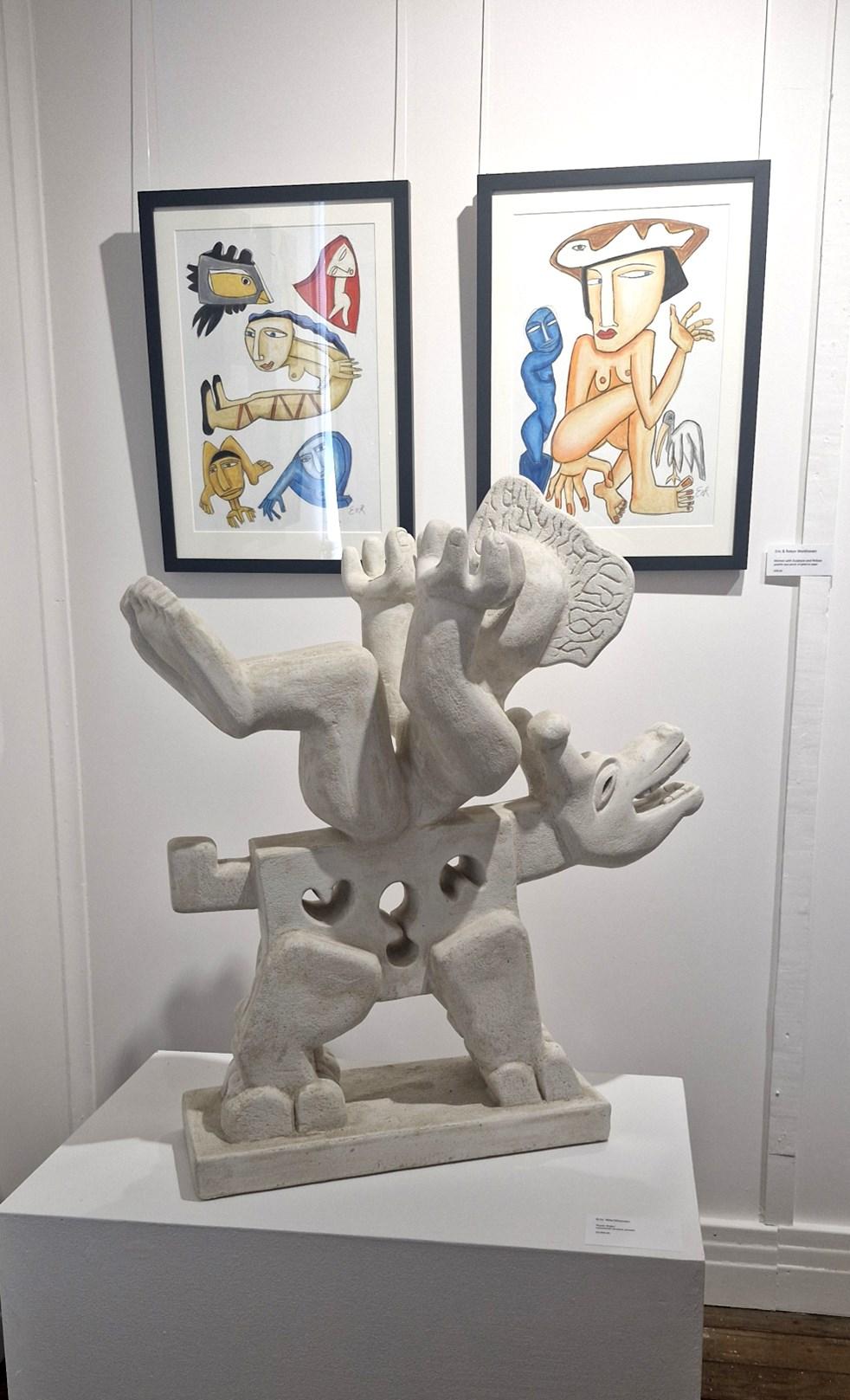

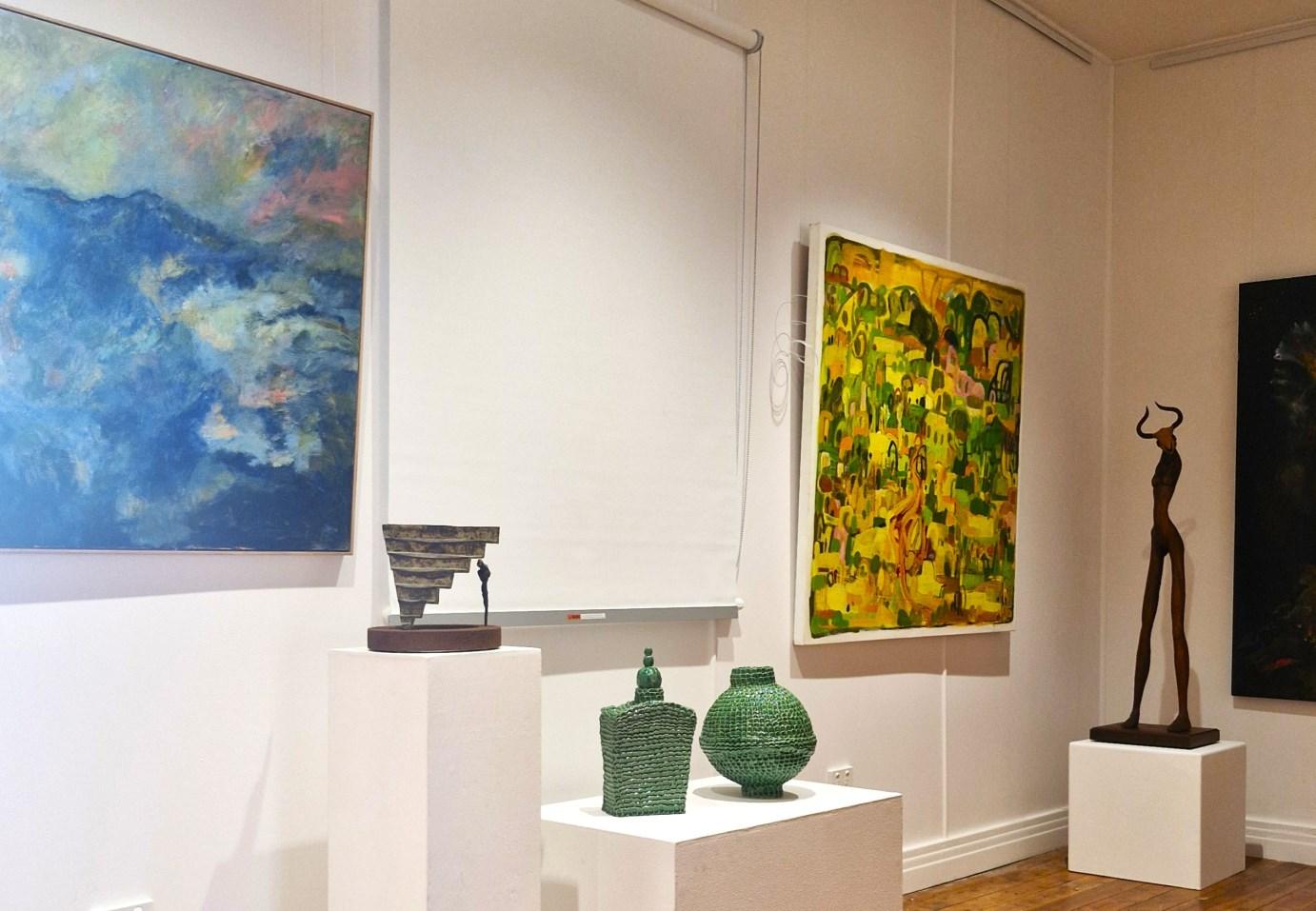

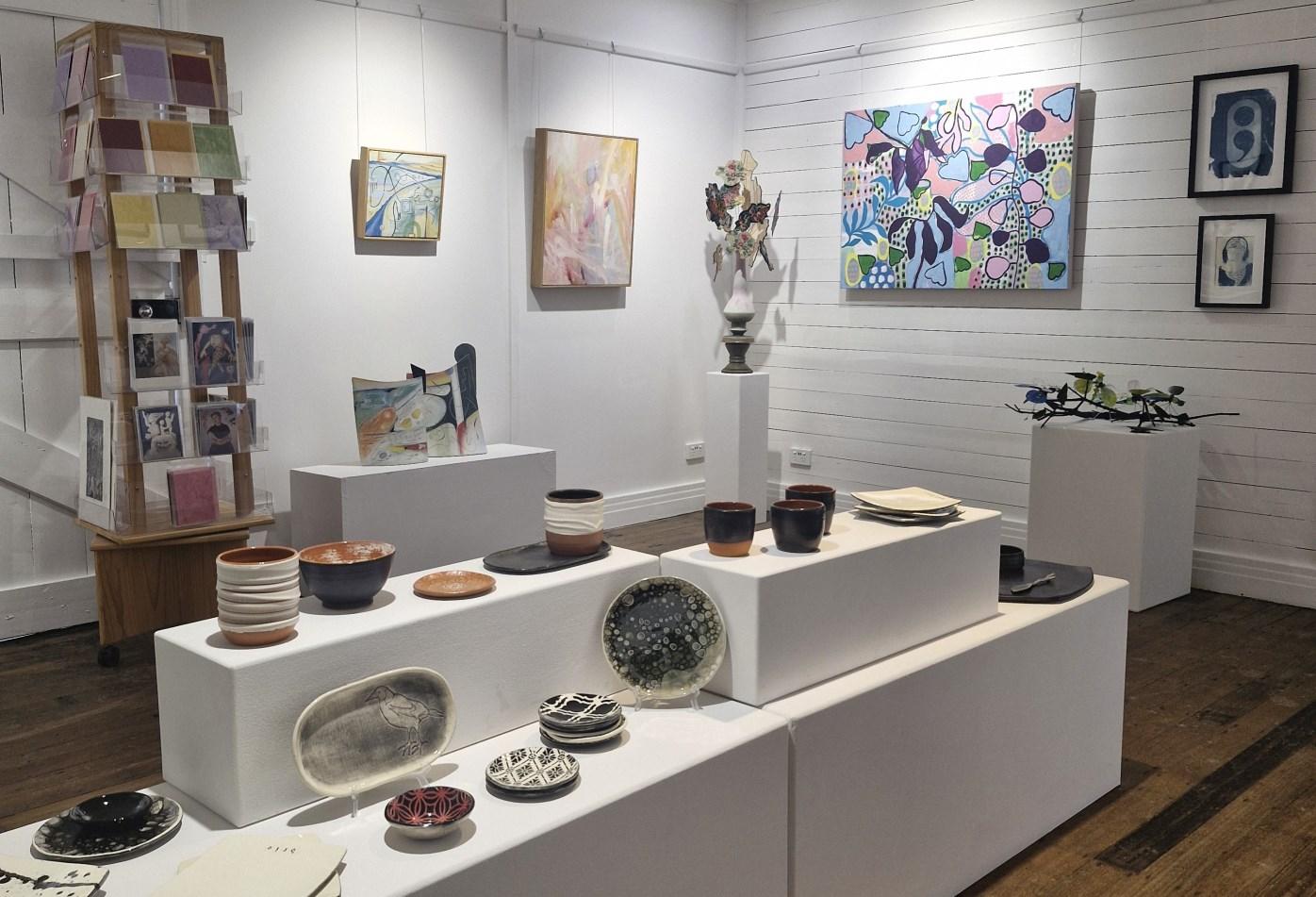
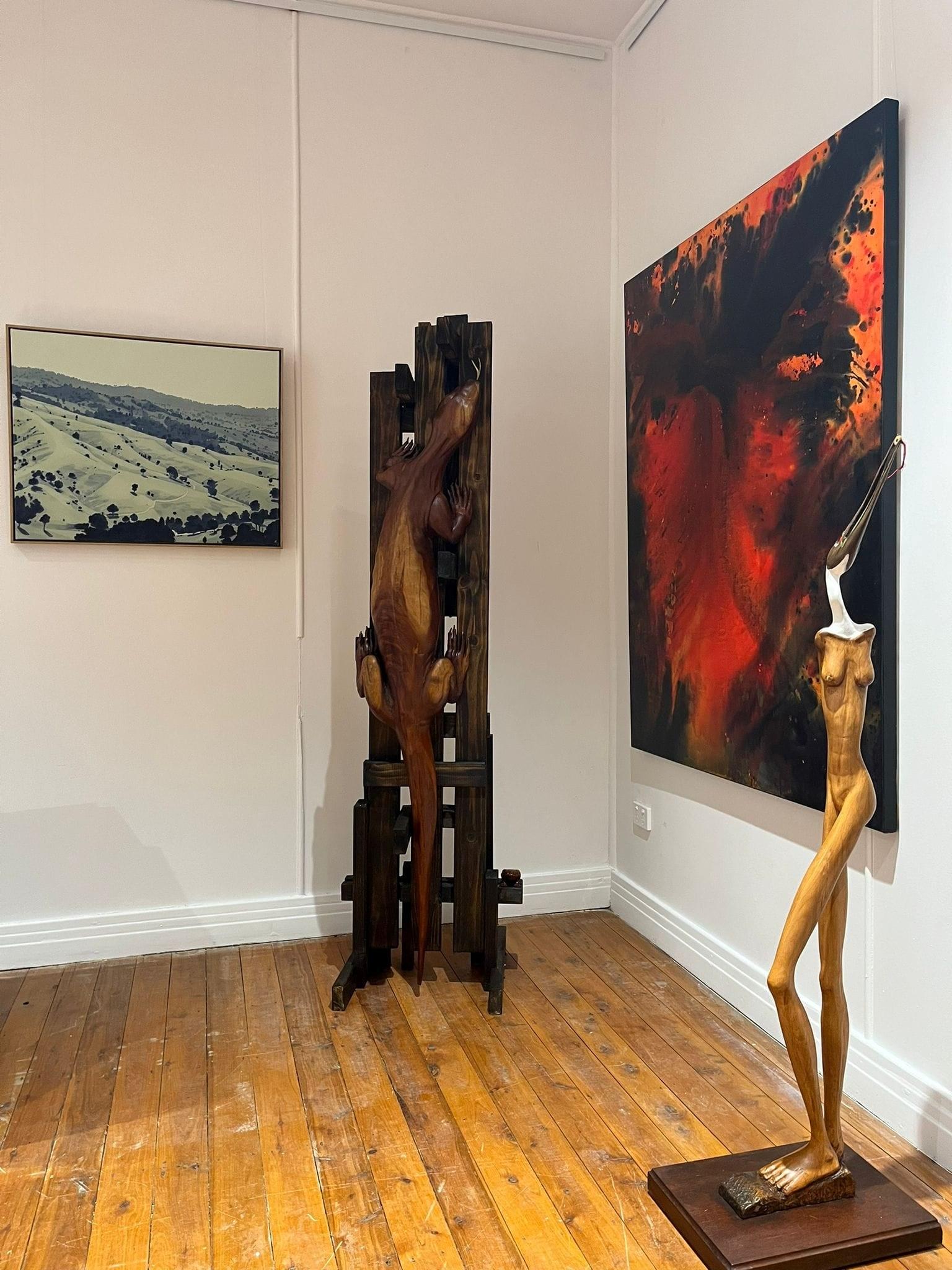
Jewellery Collection "Wild Home"
In Collaboration with Robyn Werkhoven "Wild Women" paintings.
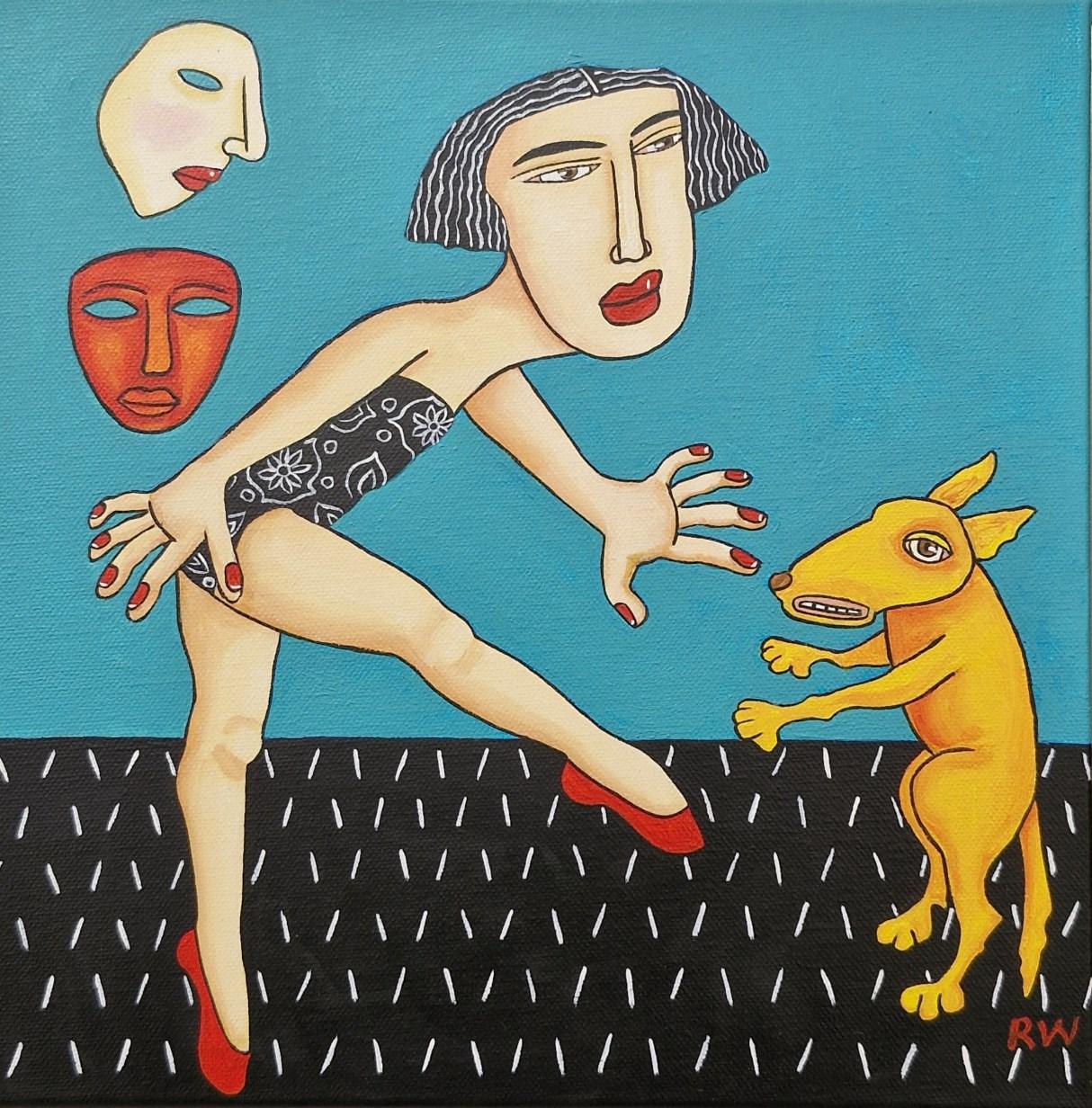

BARBARA NANSHE
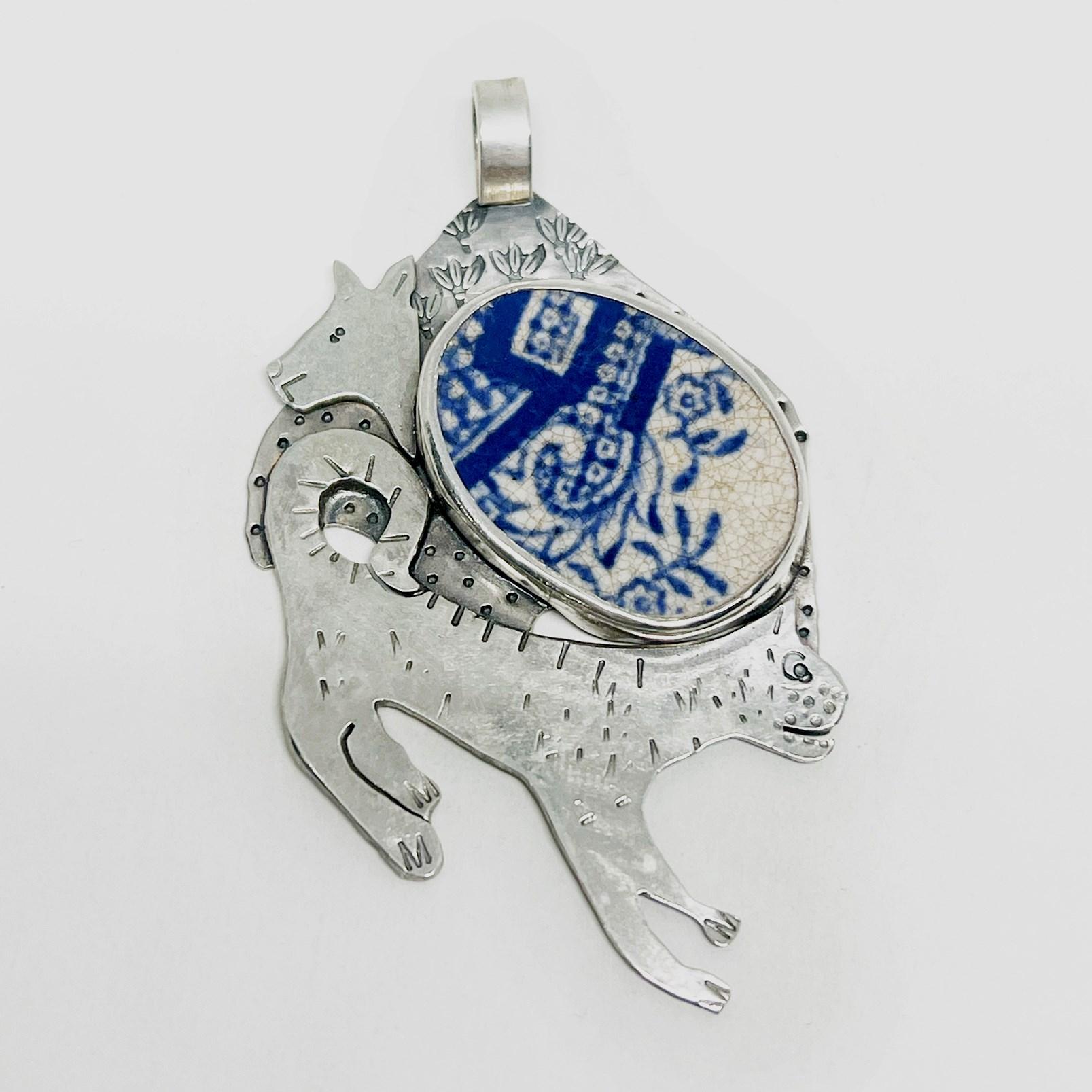



Red lips and black lace
Dancing with dogs and strange beasts
Doleful eyes of love
Wild women of passion
Vases of rich scented flowers
Figures carved from blue marble
Bull riding women
Dancing with fine feathered birds
Dreaming of mad moments
Cavorting with angels
Carved stone horses and acrobats
Looking for lost loves
-Robyn Werkhoven 2024
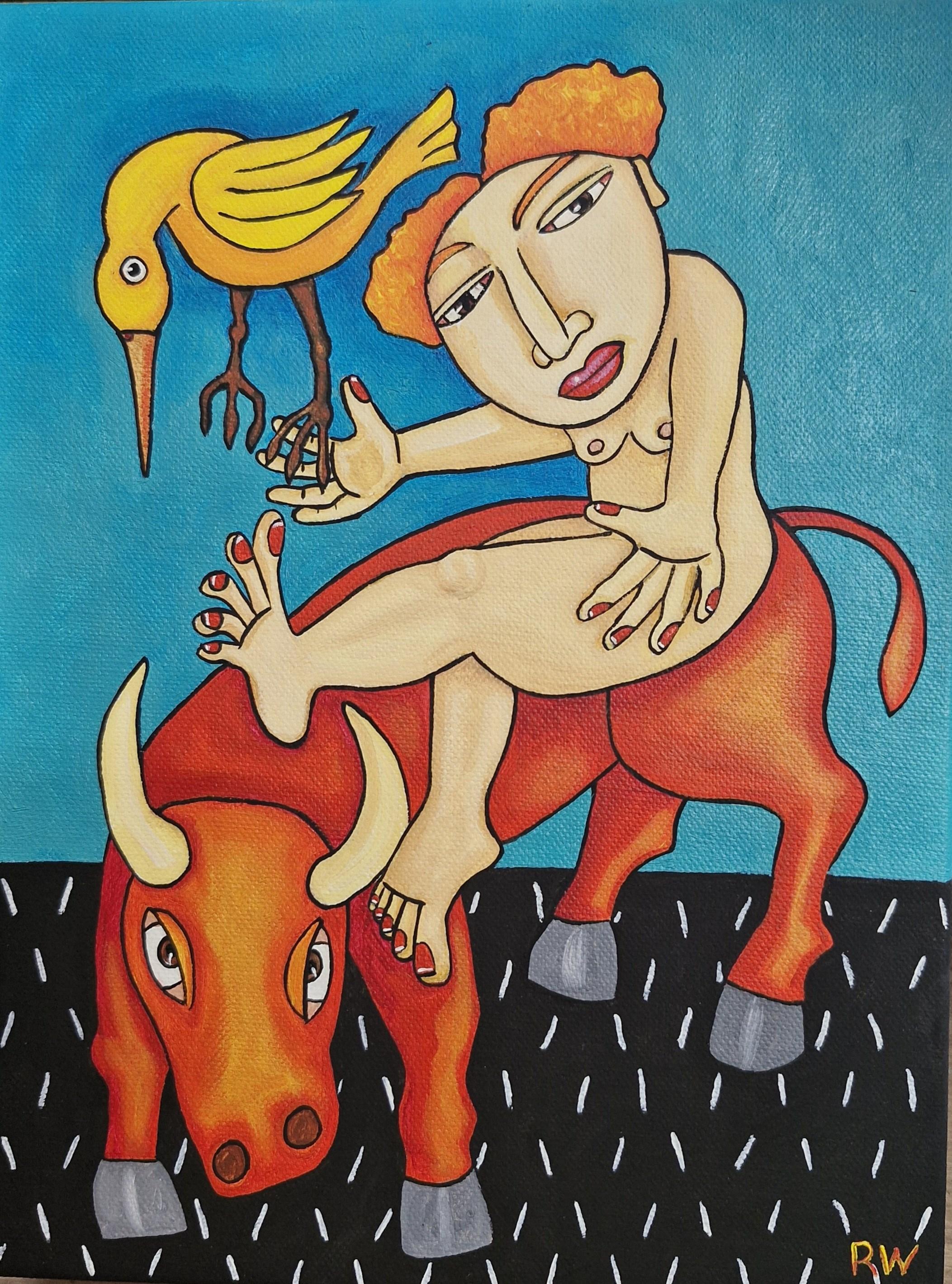
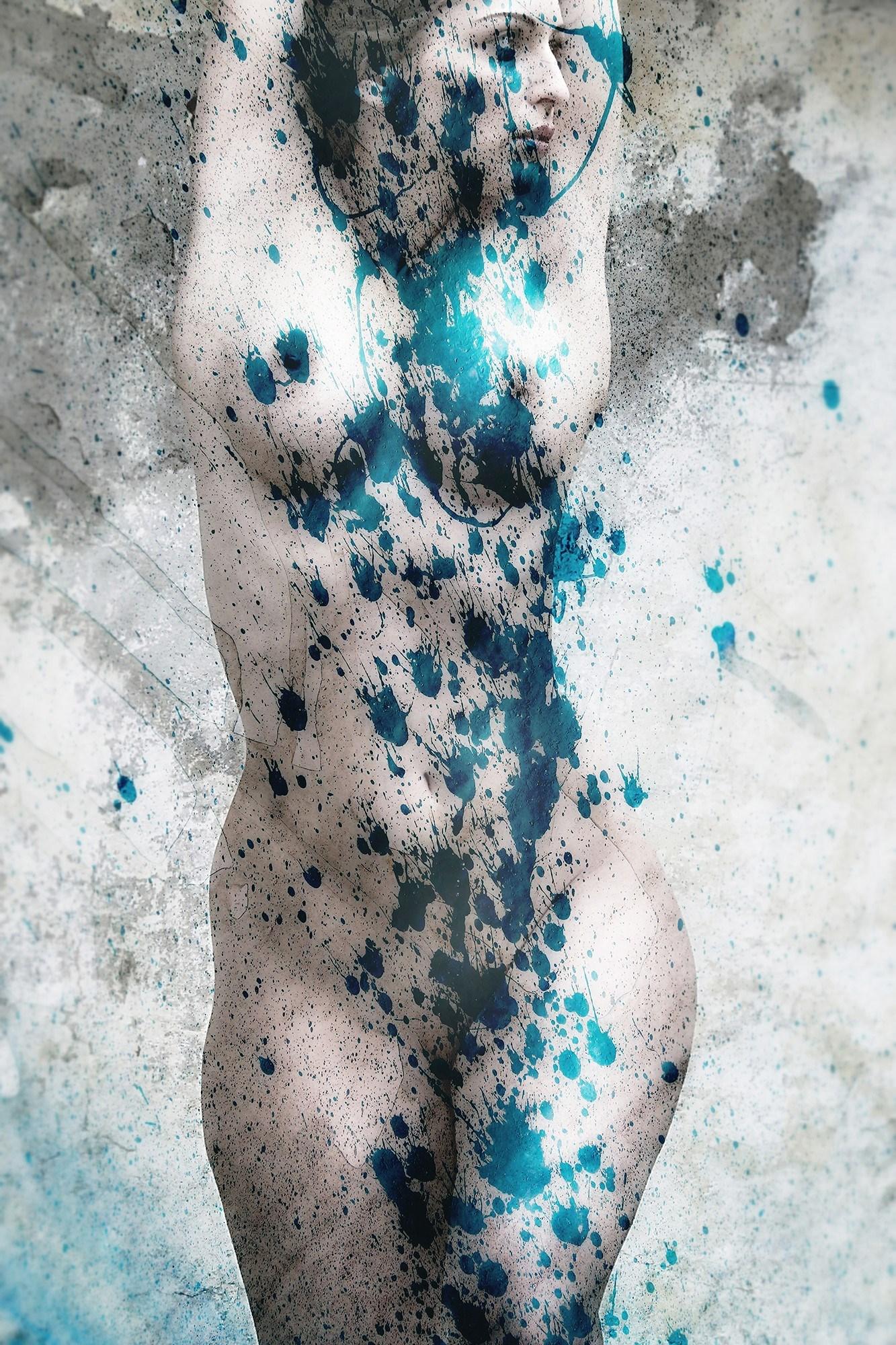
‘Under her skin #6’ blended by Edmond Thommen
6 – 19 November 2024
@ M2 Gallery • 4/450 Elizabeth Street,
Surry Hills NSW 2010 Sydney
Opening hours: 11am – 7pm Saturday & Sunday 9.30am – 7pm
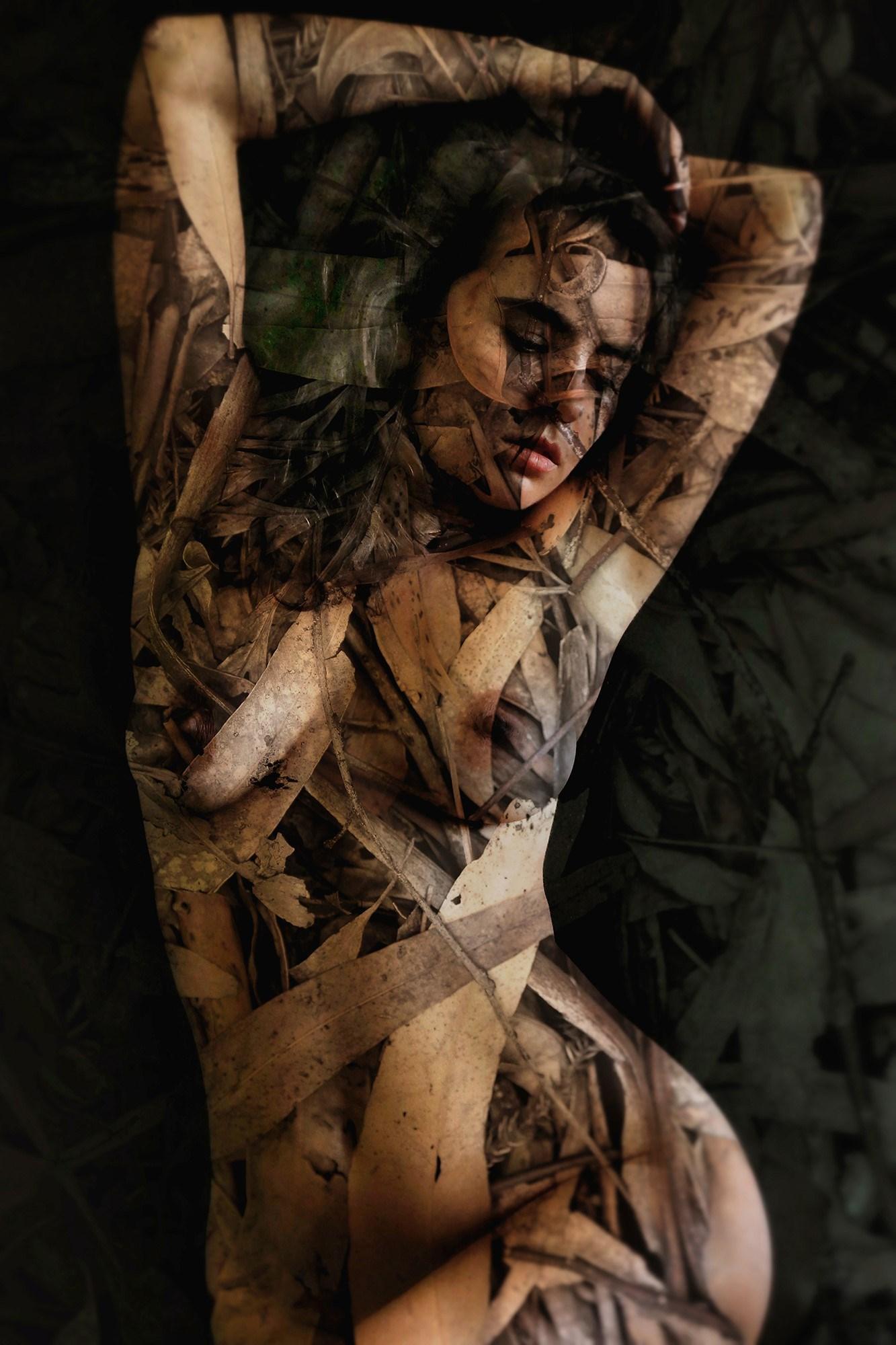
Edmond Thommen describes himself first and foremost as a photographic artist, not a digital artist. For him, the art begins with the camera, his photographs. The digital element is simply the palette that allows him to blend and refine his work.
The female body forms the basis of his art-works; it may be softened and blended, the lines melding, melting into the layers of the piece until one's eyes start to actively search for the lines the mind tells you must be there; or the model's body may leap from the work like some goddess of old, breaking through time, stone and canvas, demanding one's attention and admiration; while also seeming to escape the bounds of the piece, of defini-tion, of objectification.
Edmond's work is "lay-ered" in many senses of the word. The human body is layered between or beneath images -rock, rubble, graffiti shreds, walls, fronds, tree textures. Careful compositions that beguile and draw in both the eye and mind. The works are thus layered both visually and in the attempt to interpret and define.
Allow yourself to discover the deep, complex world that Edmond has created. Bring your-self, your point of view, your baggage, to the art and it will reward you far more than any cursory appraisal could. You will not regret it.
- M.A.Meier
Page 198 Manchas de pintura azul. Unique Photographic print, 90 x 60cm.Unframed.
Left: Return to Nature. Unique Photographic print,60 x40cm.Unframed. Edmond Thommen.
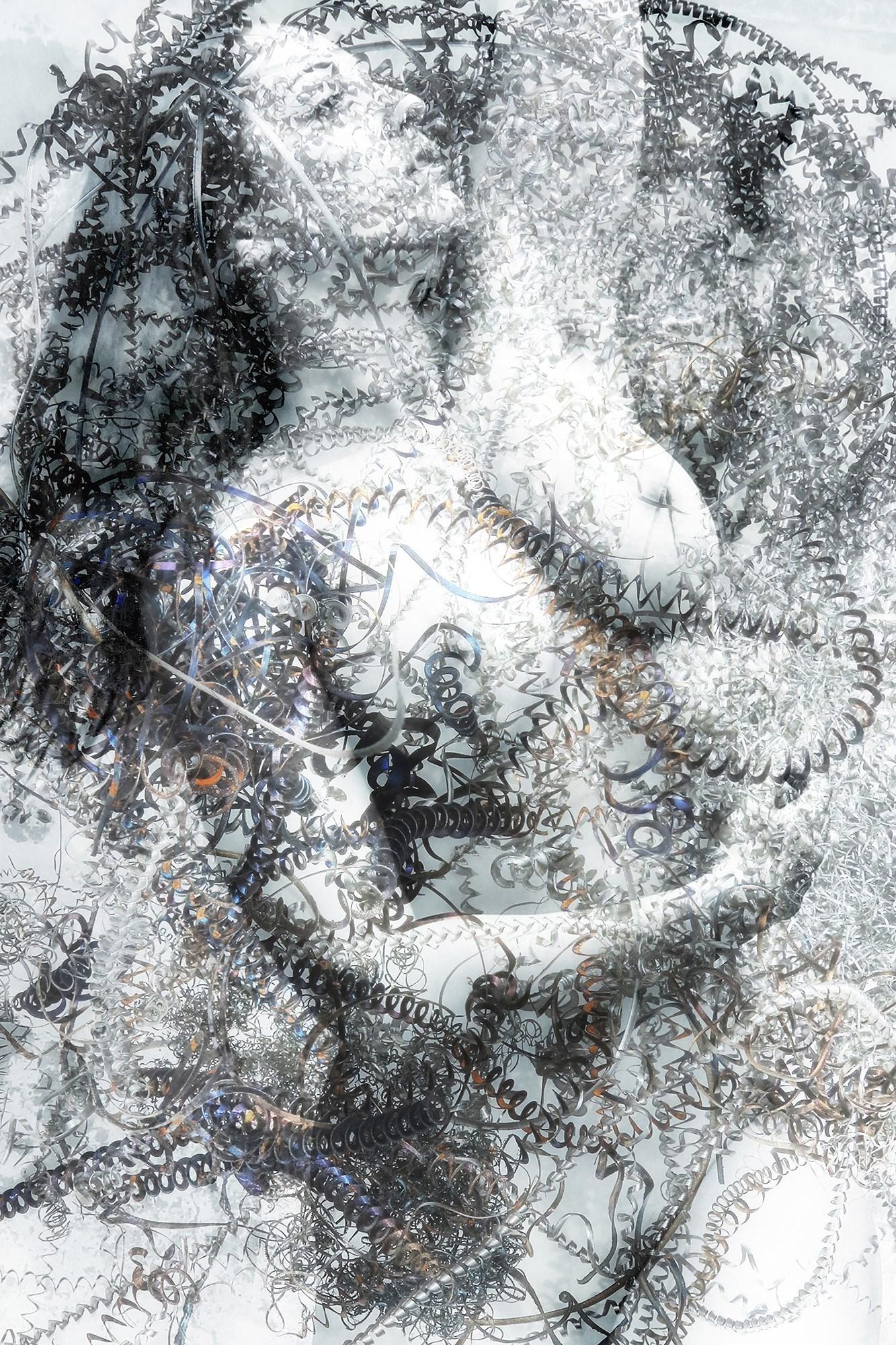
E D M O N D T H O M M E N
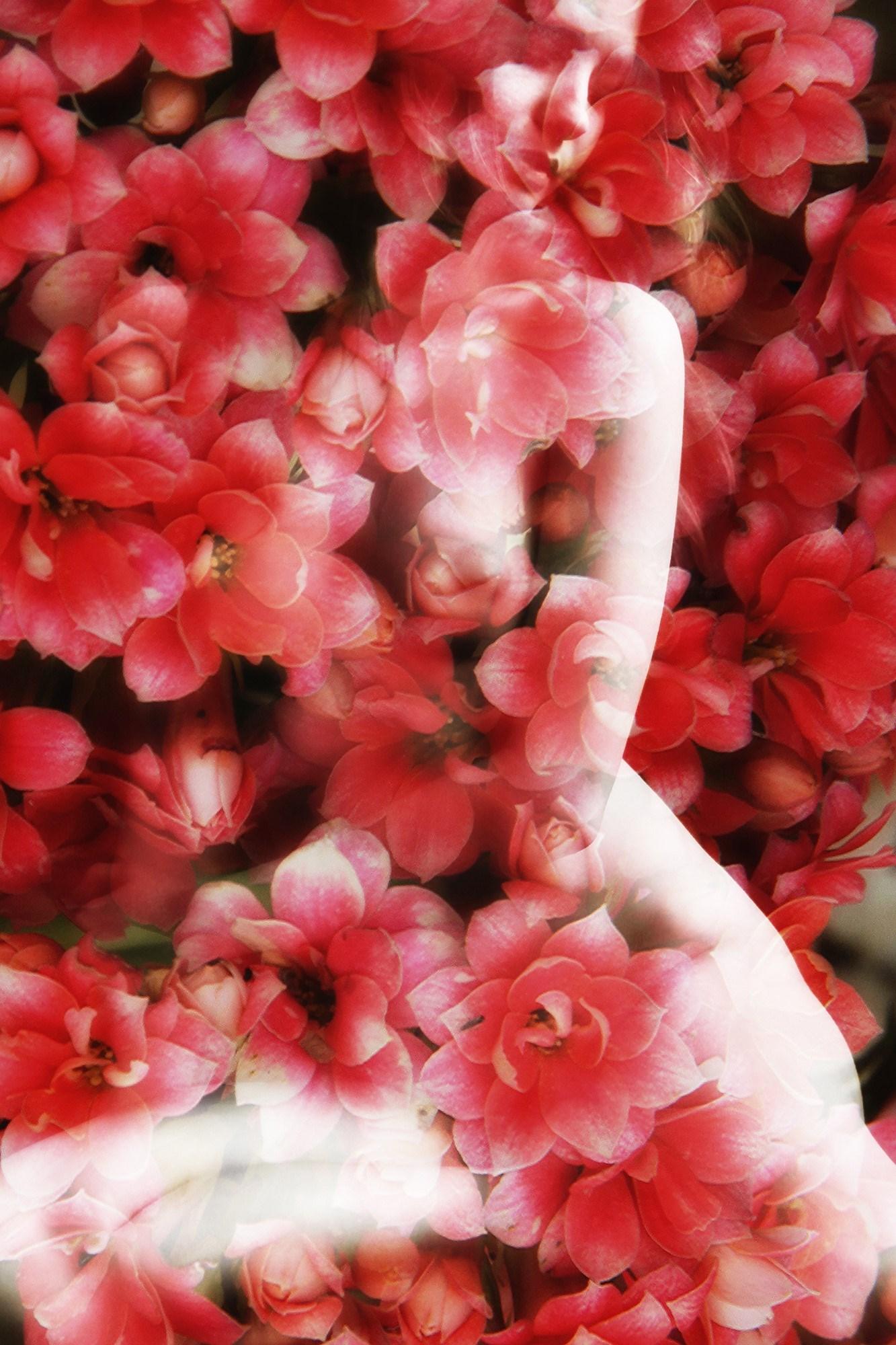
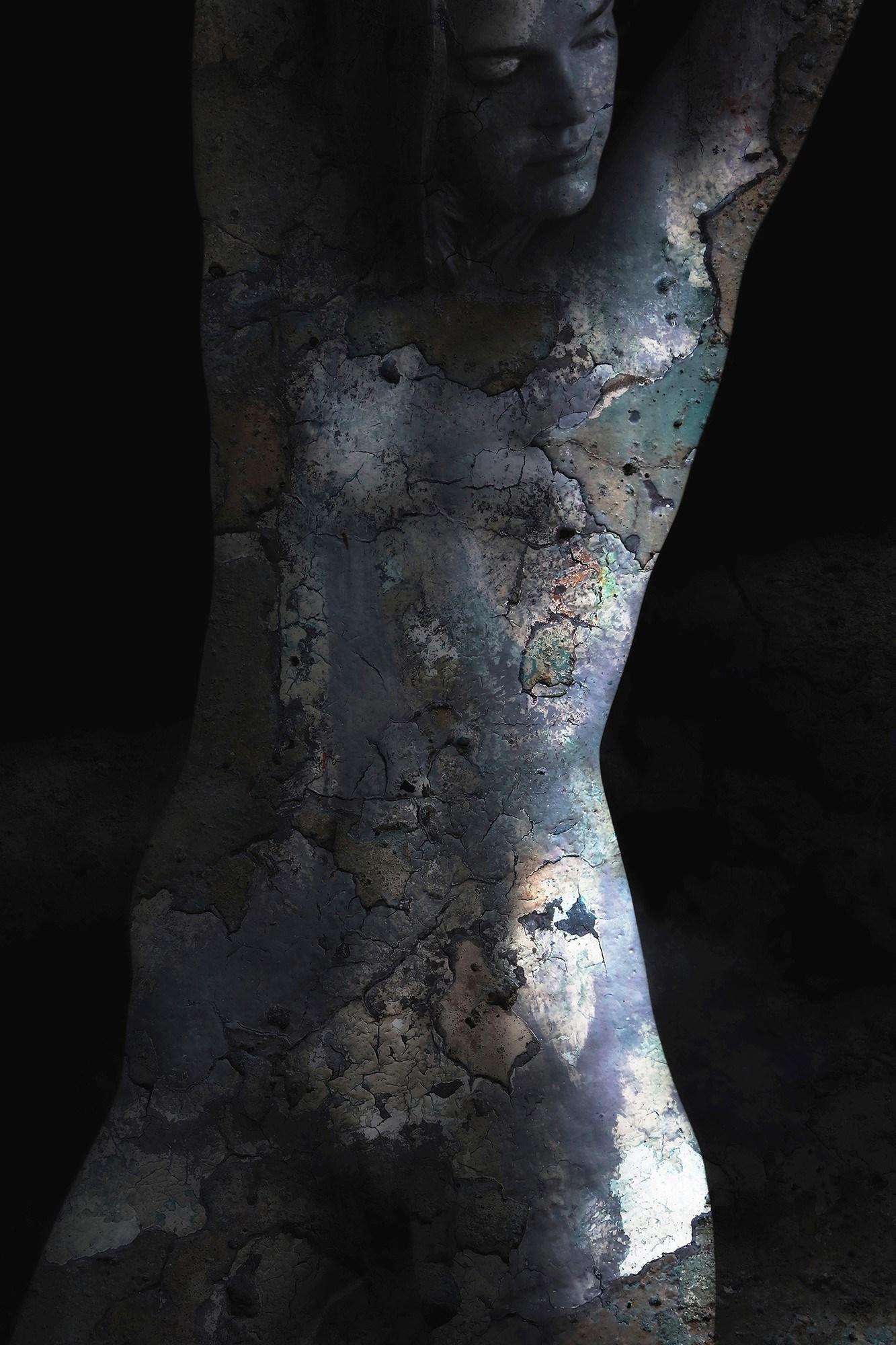

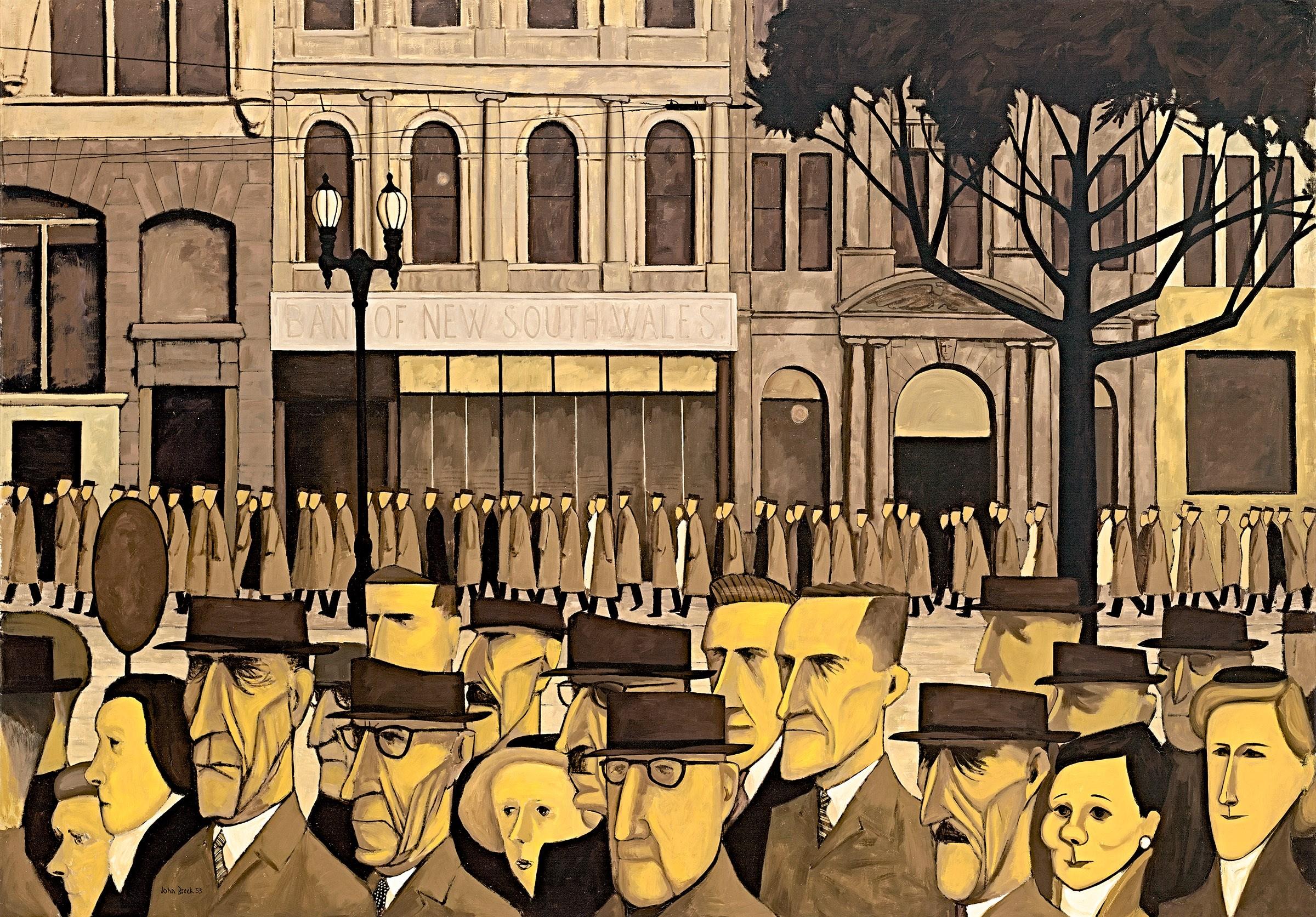
Connecting people with the arts, and each other
2025 membership now available on-line.
Attend nine evening lectures on the arts
– from February to October.
Be entertained, fascinated and informed. Become a member or attend individual lectures as a guest.
The 2025 program includes lectures on John Brack, Georgia O’Keeffe and street art (Art or Vandalism).
After each lecture join the lecturer for conversation and light refreshments.
https://artsnationalnewcastle.org.au/
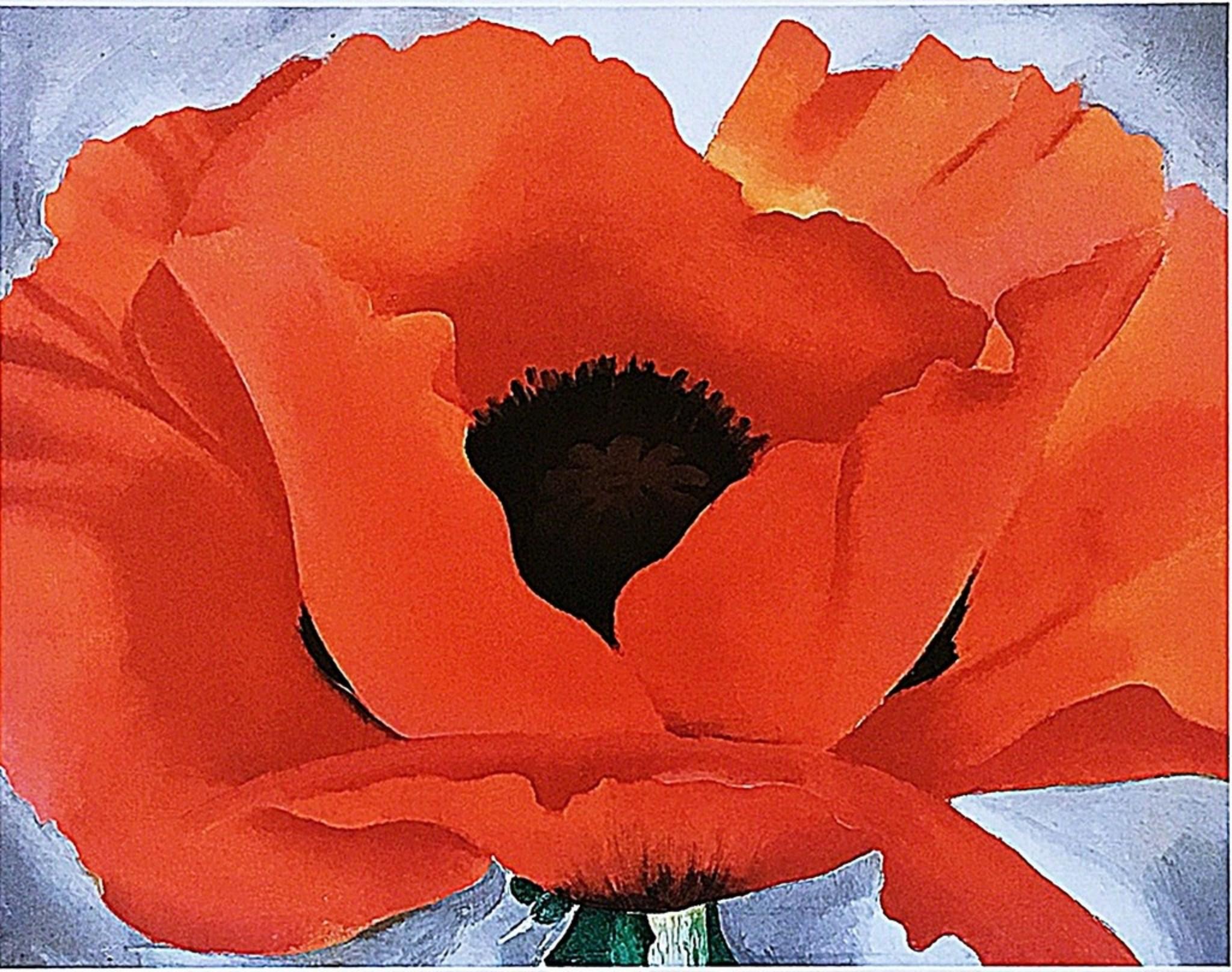
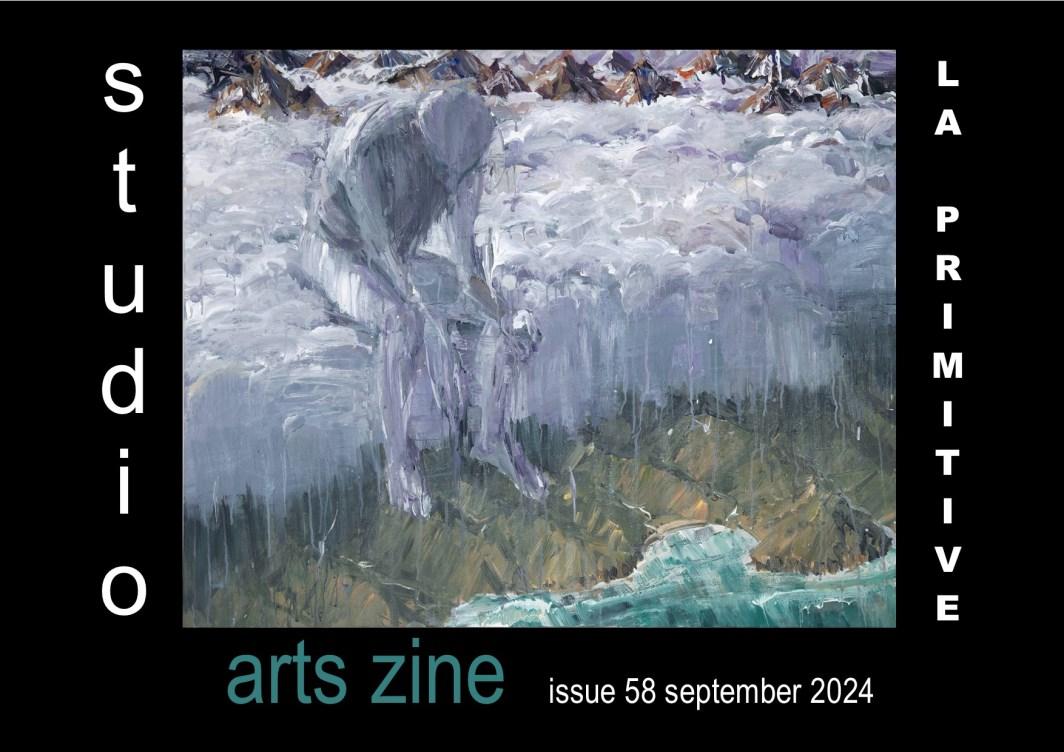

Click
issue.
Arts Zine is an online independent art and literary magazine, featuring artist’s interviews, exhibitions , art news, poetry and essays.
We have been publishing the Zine since 2013, featuring many high profile national & international artists – Blak Douglas, Wendy Sharpe, Kathrin Longhurst, Nigel Milsom, Loribelle Spirovski, Kim Leutwyler ,Matthew Quick, Braddon Snape, and many more. George Gittoes has been a wonderful supporter and contributor to the Zine.
The Zine is free, with no advertising from sponsors. It is just something Eric & I want to do for the Arts, which has been our lifelong passion.
Our extensive mailing list includes art collectors, art lovers and galleries.
Arts Zine in 2017 was selected by the NSW State Library to be preserved as a digital publication of lasting cultural value for long-term access by the Australian community.
- Eric & Robyn Werkhoven

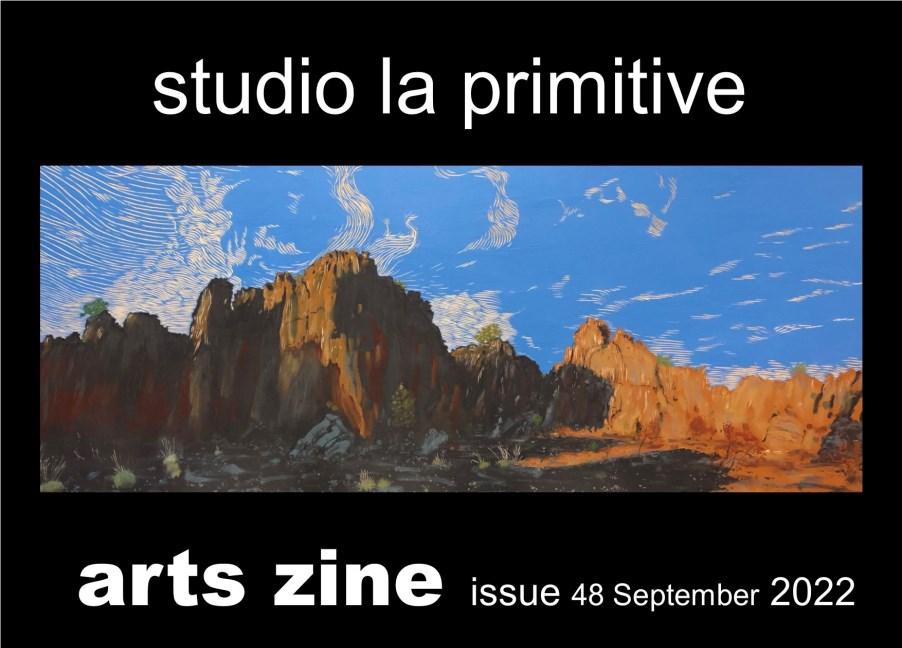
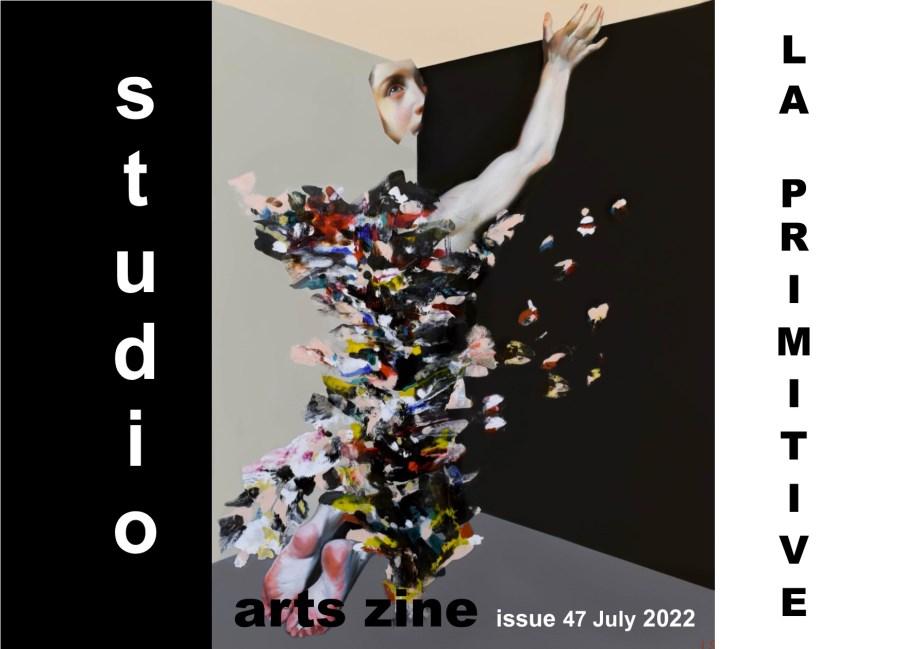
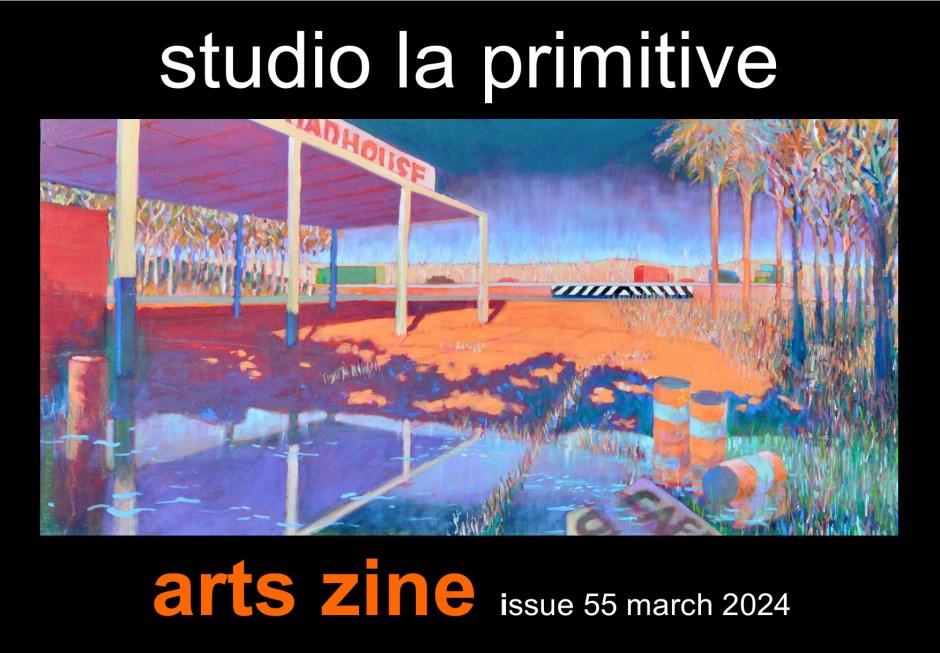

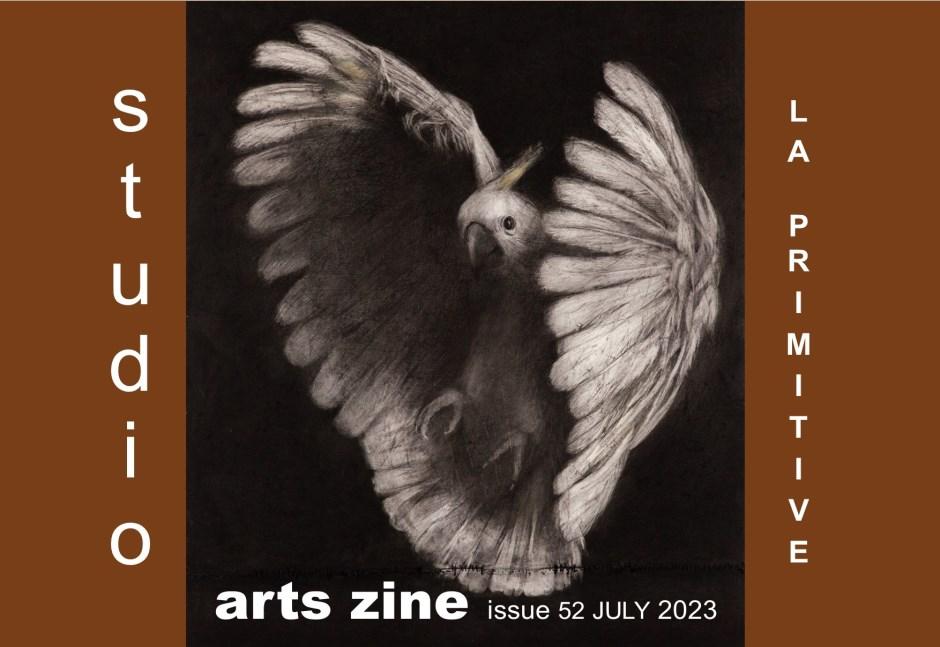
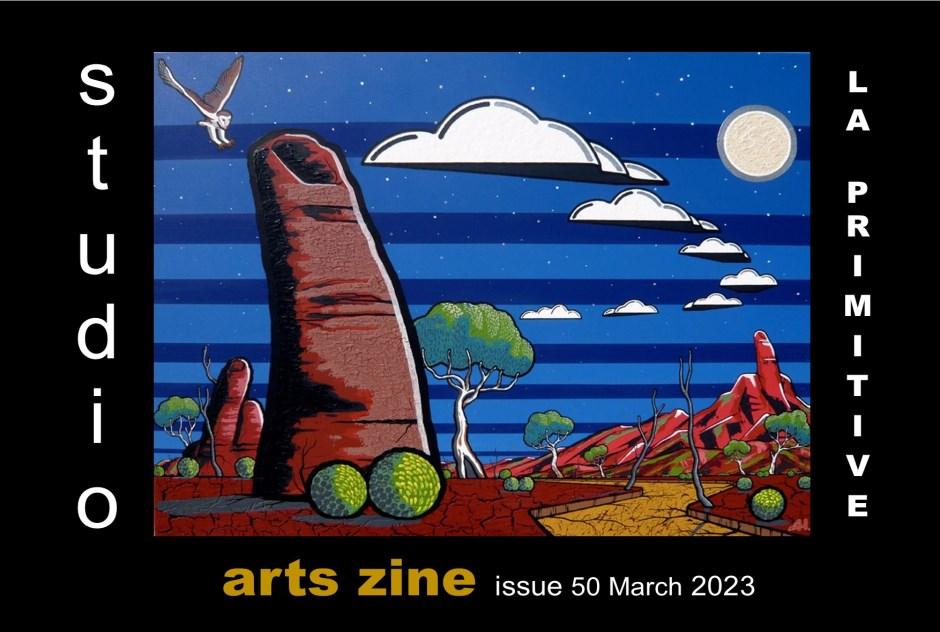
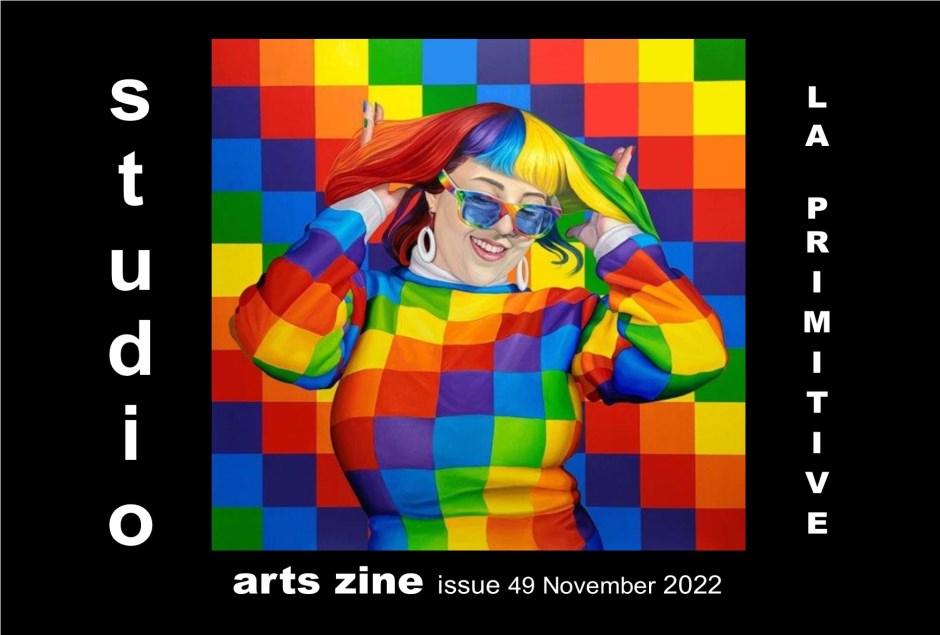
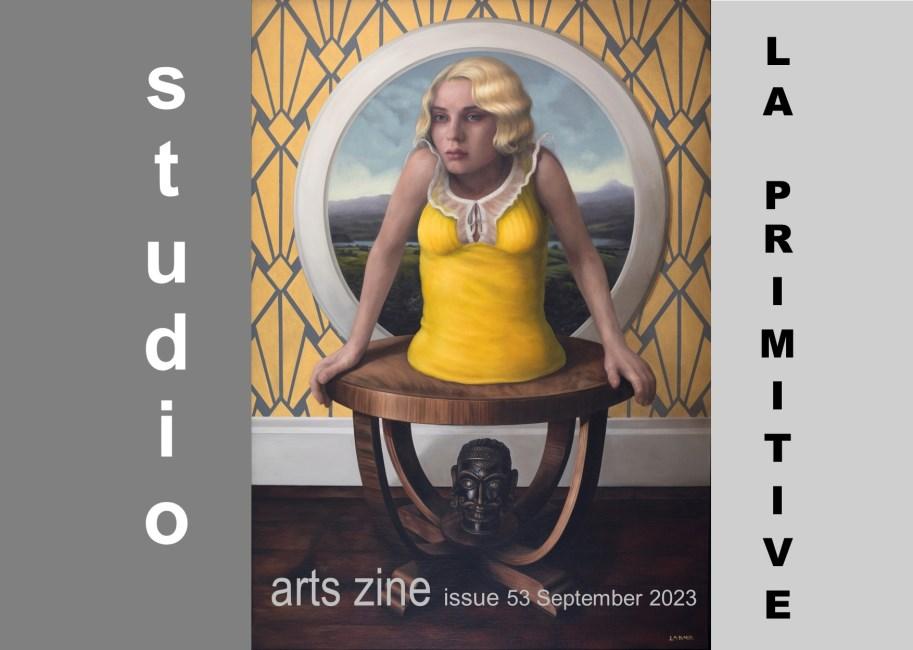
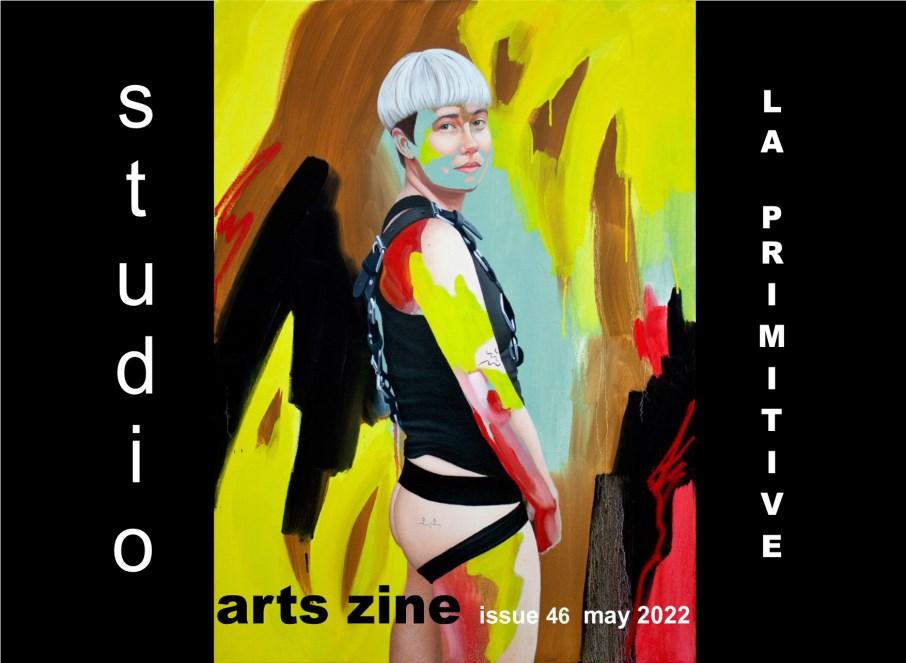
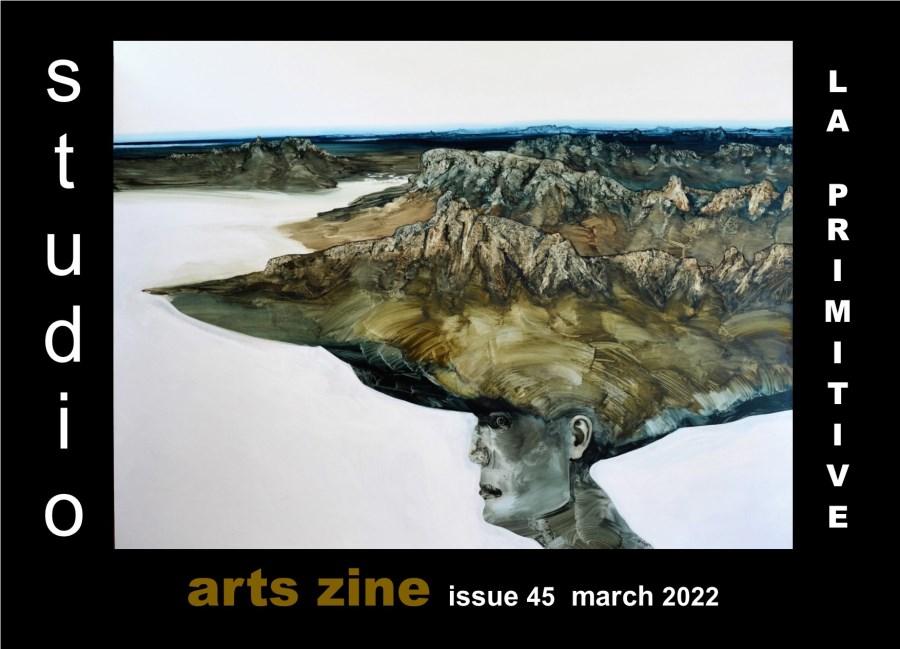
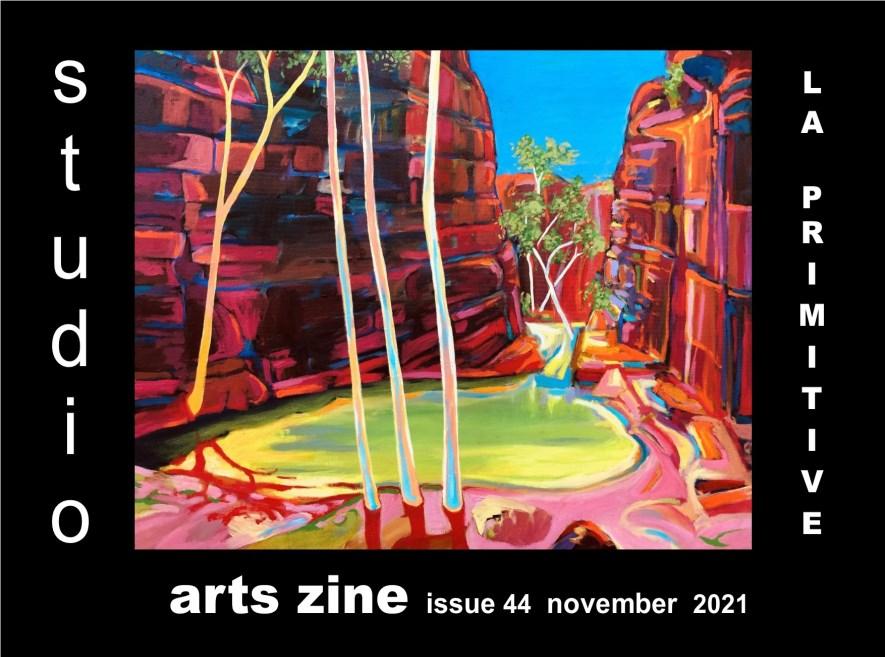

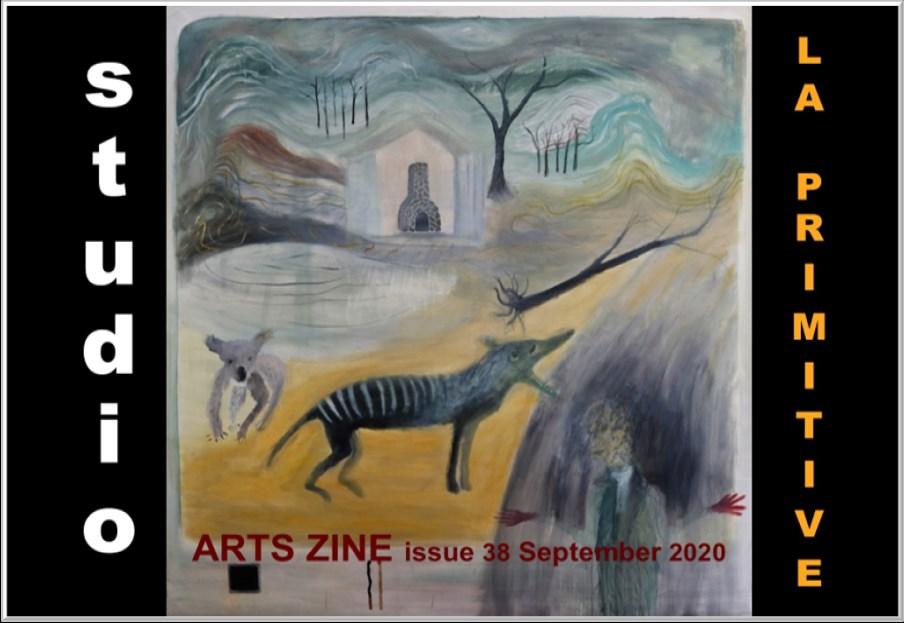

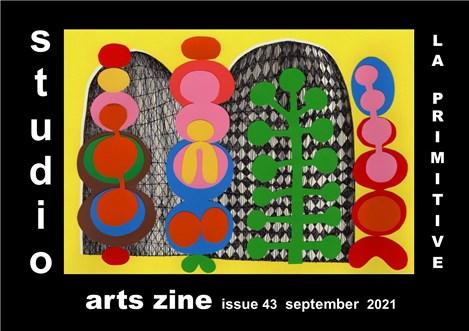
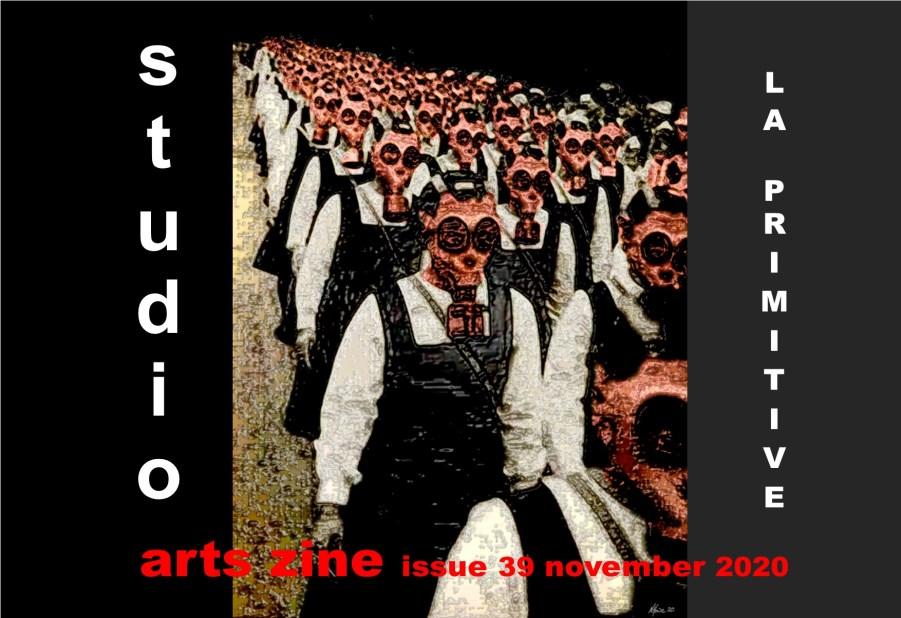

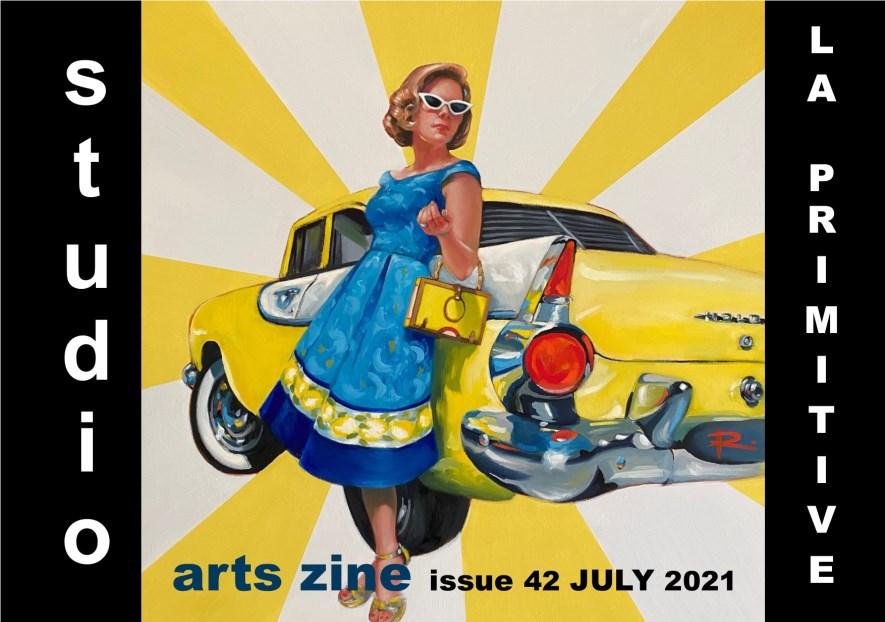



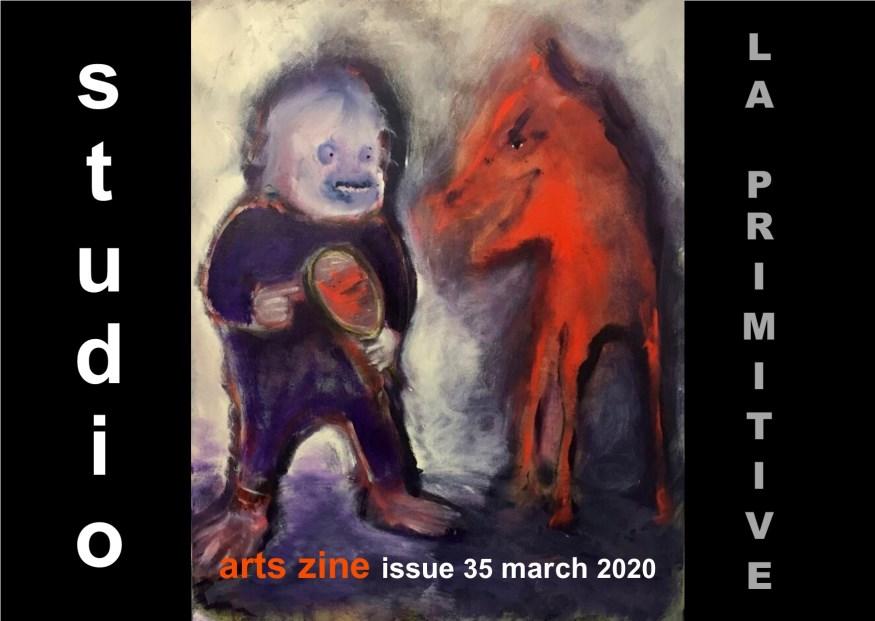

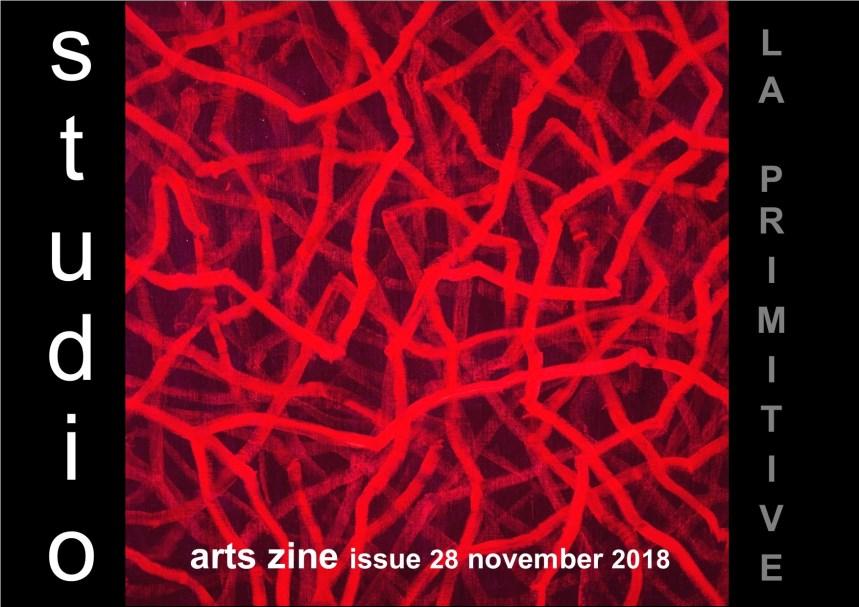
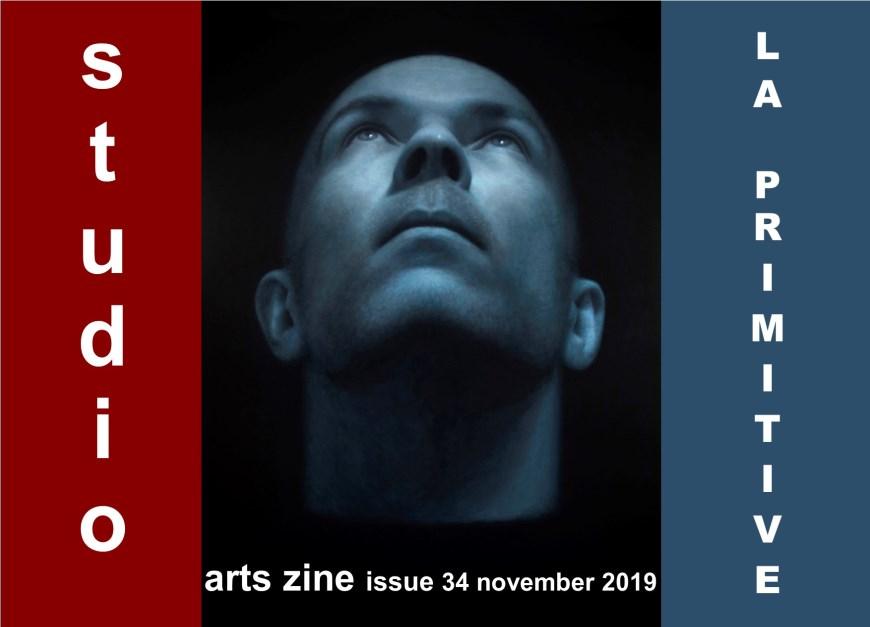



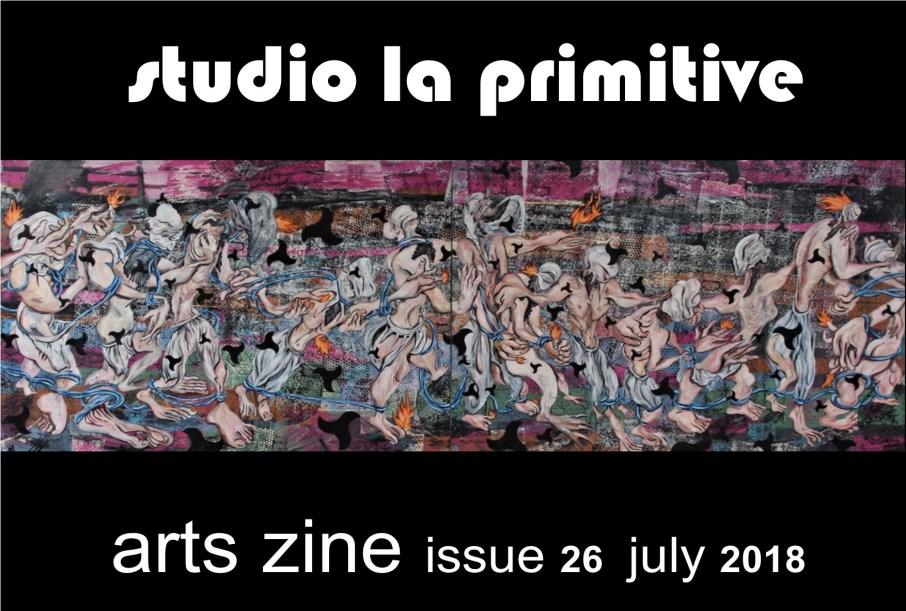
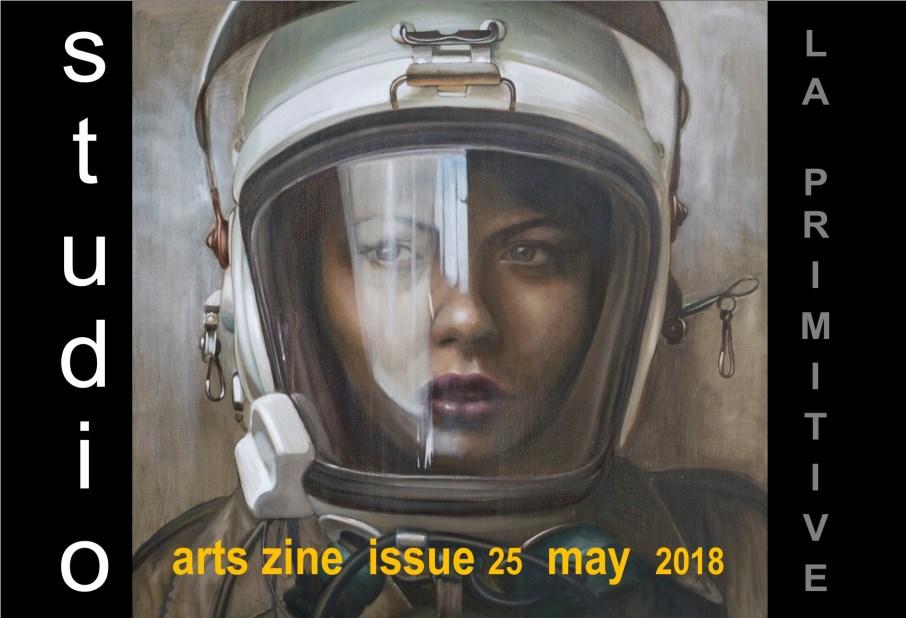
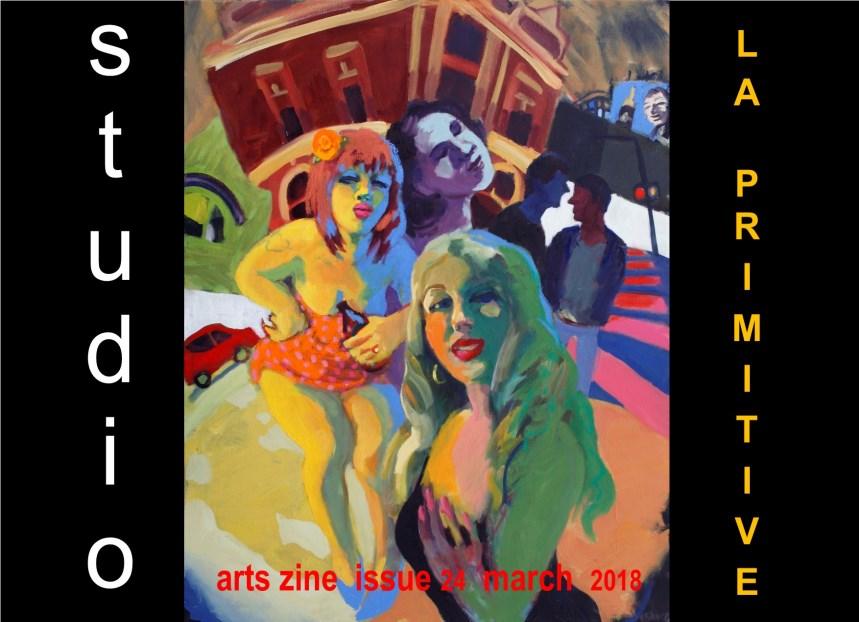

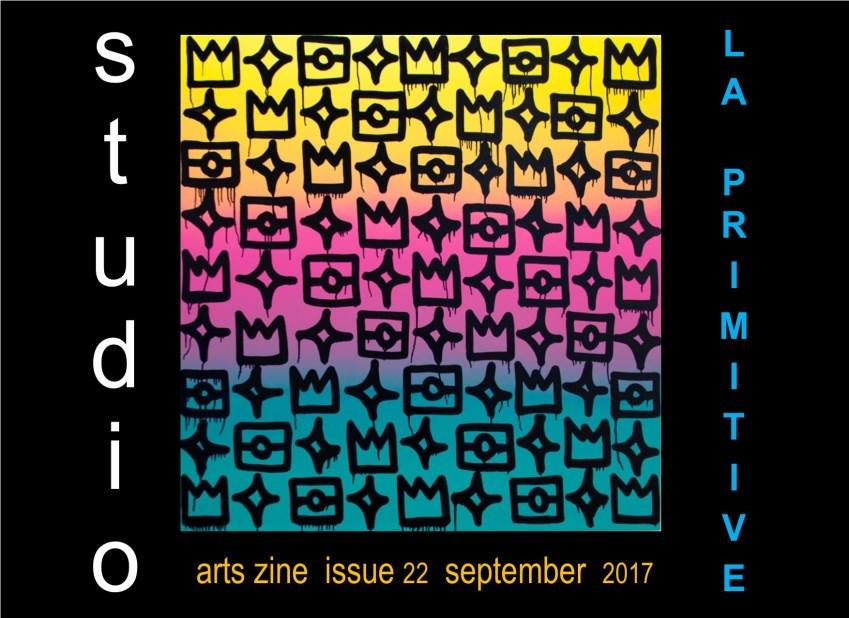


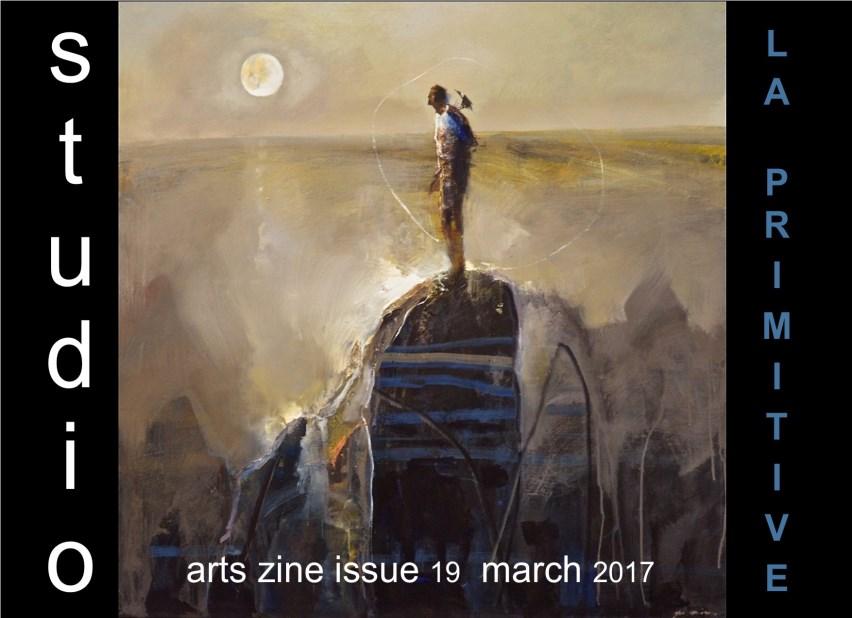
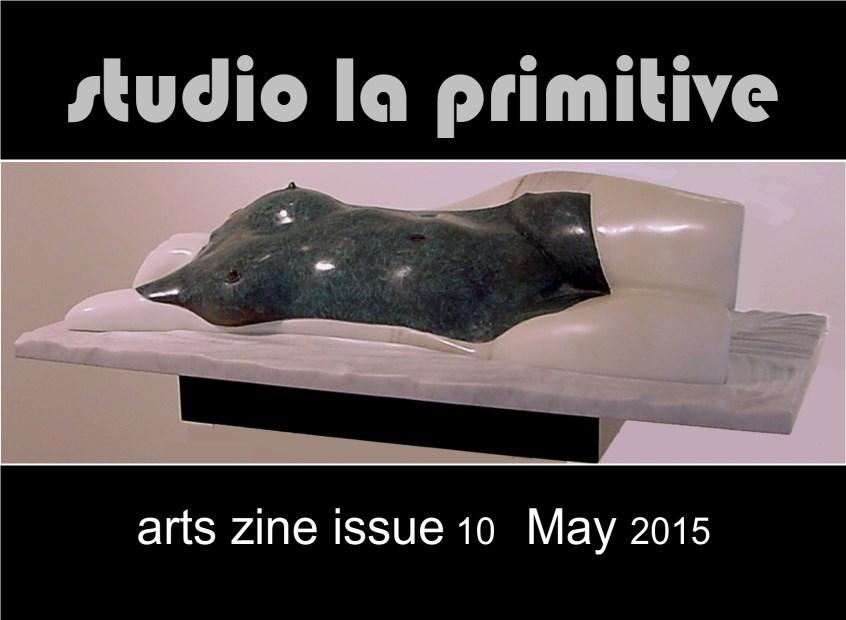
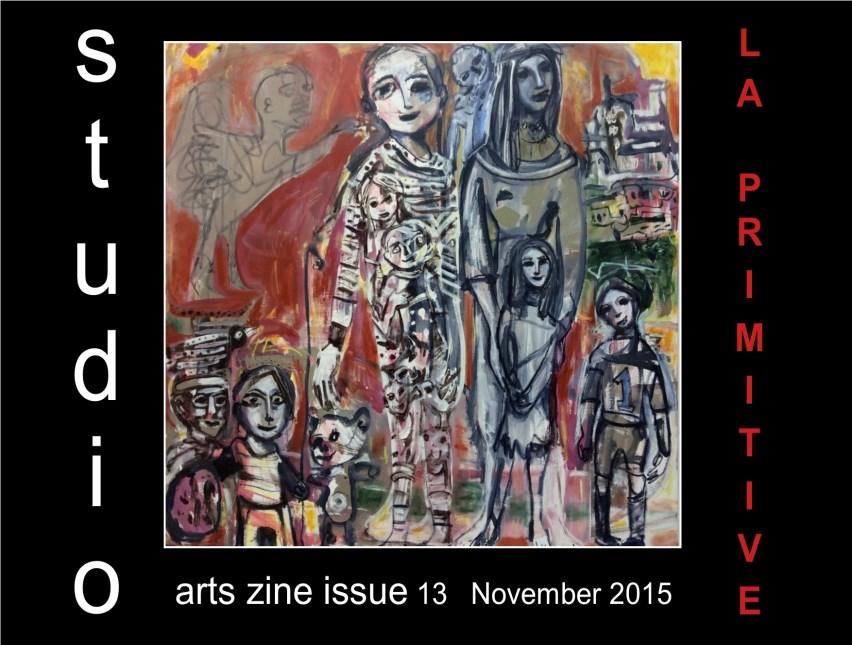
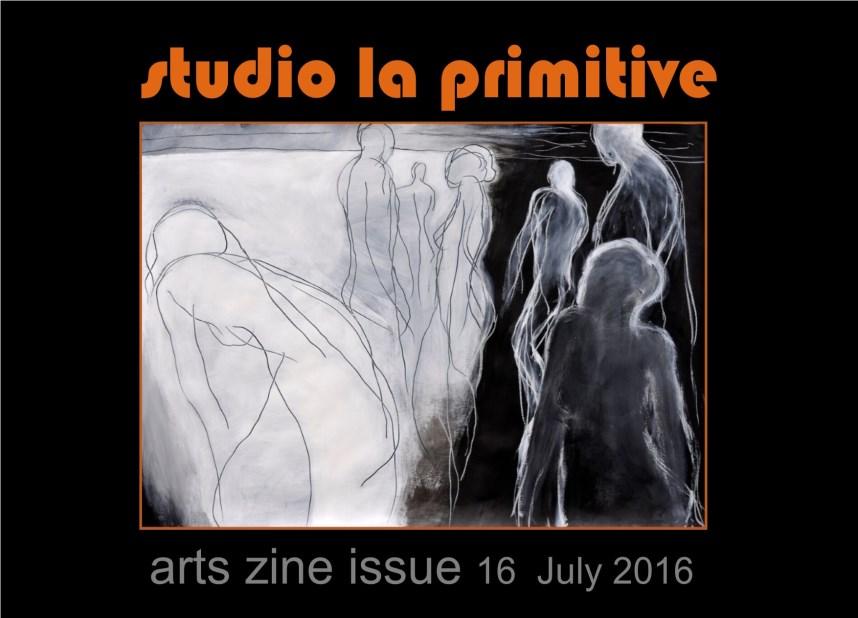

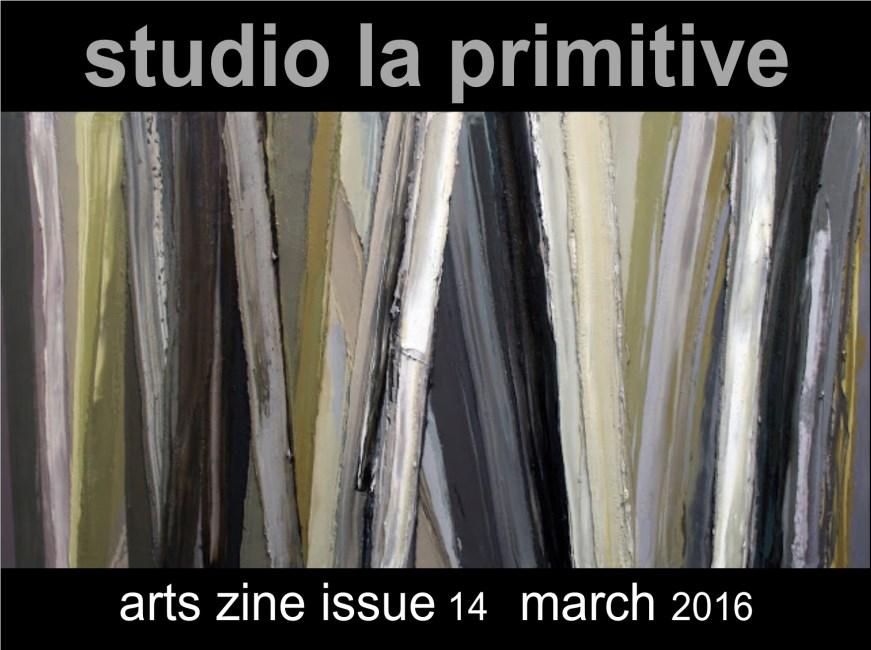


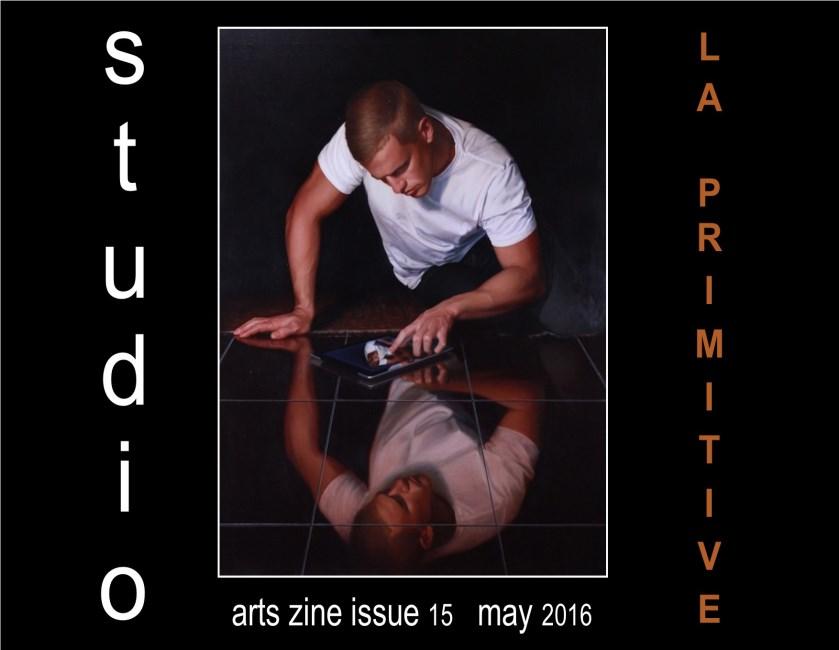
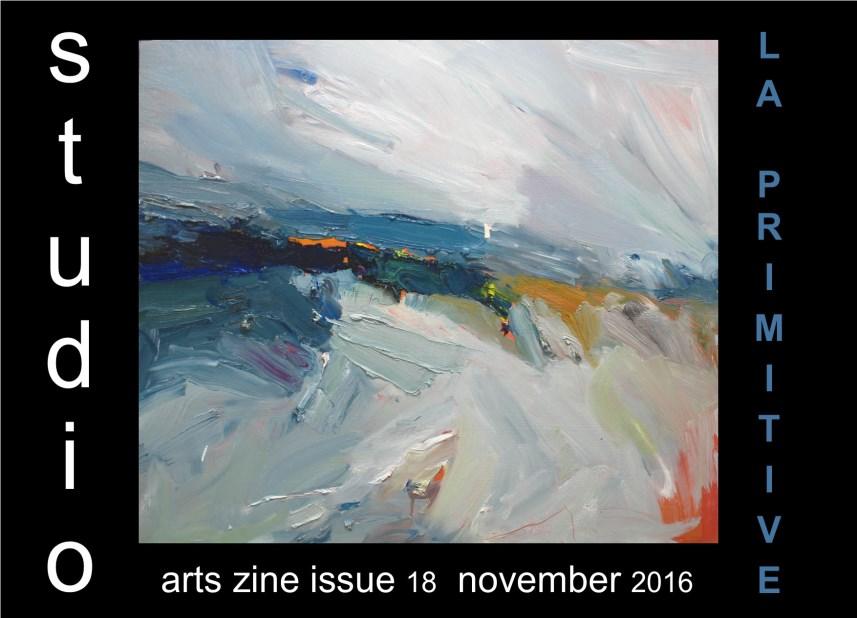
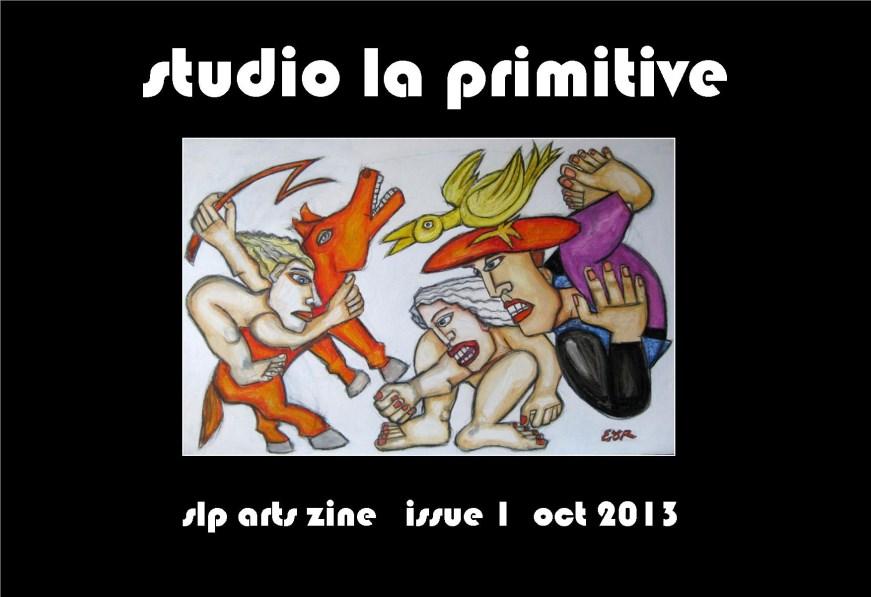

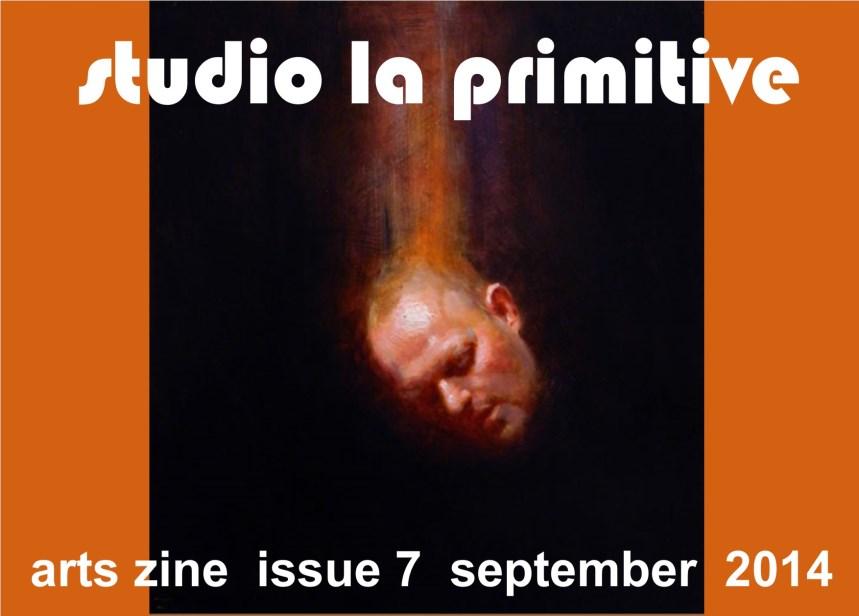

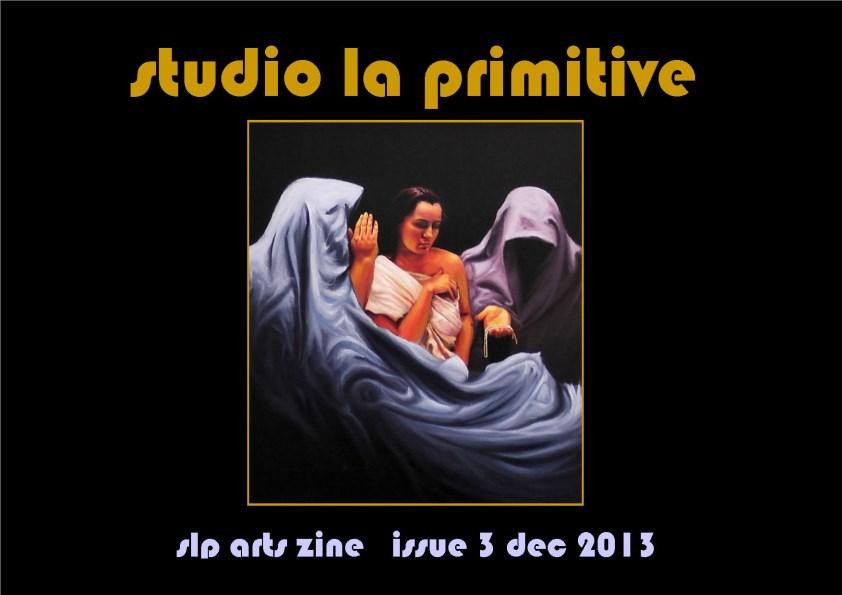
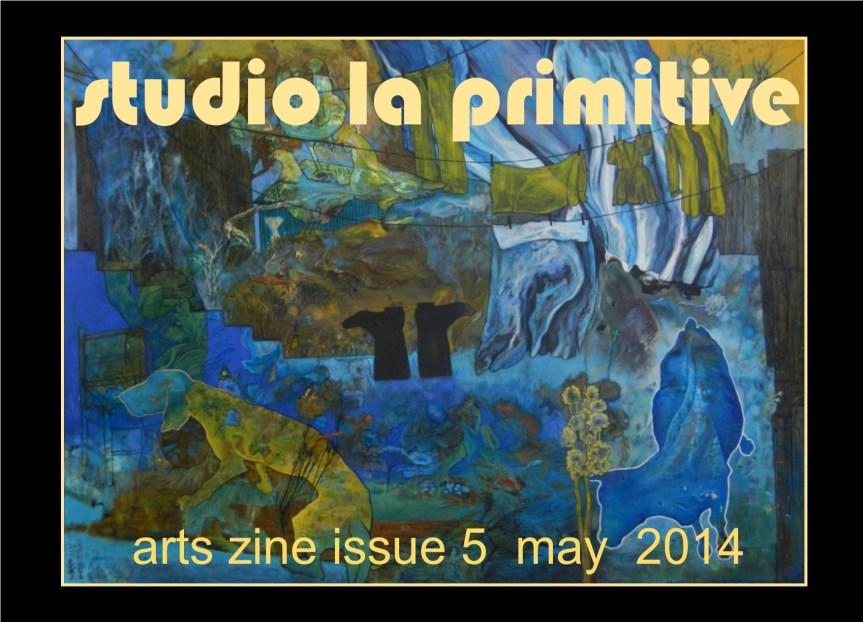
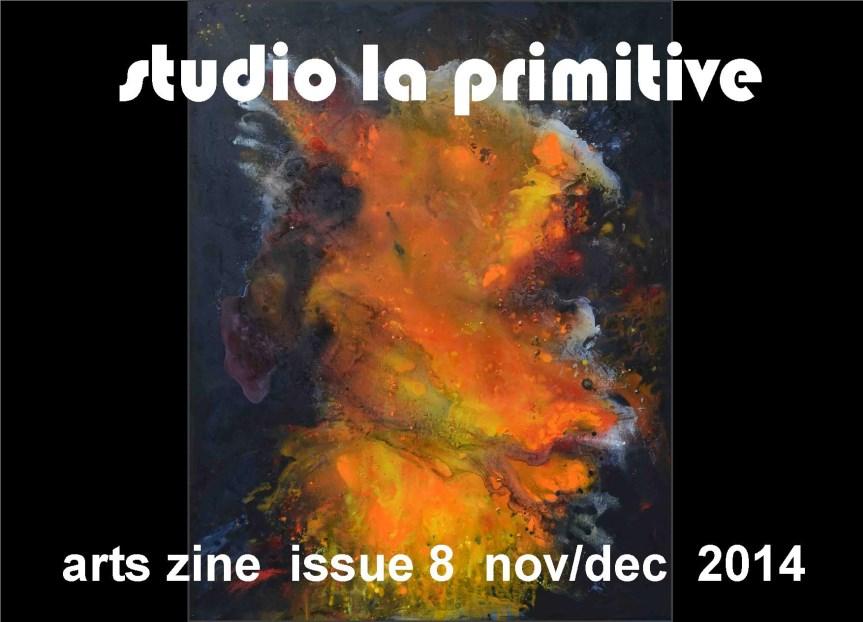
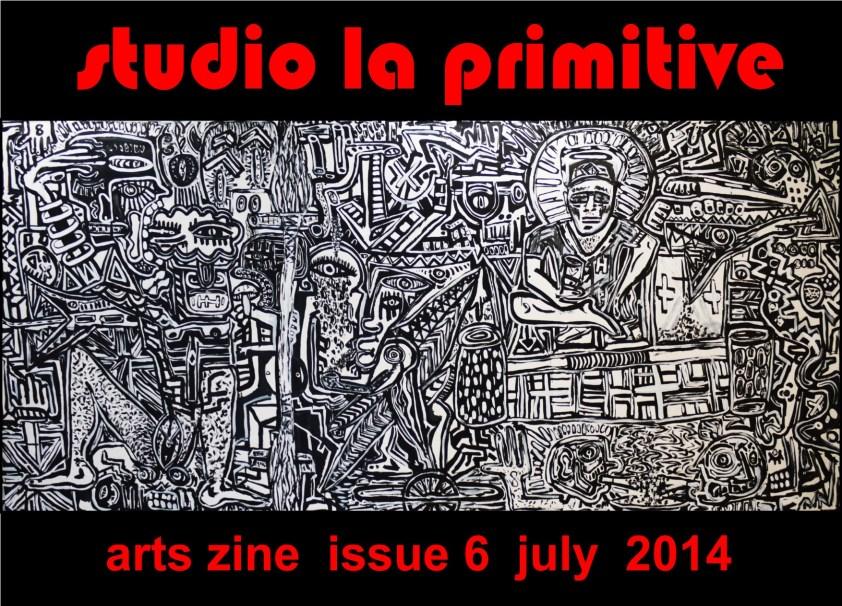
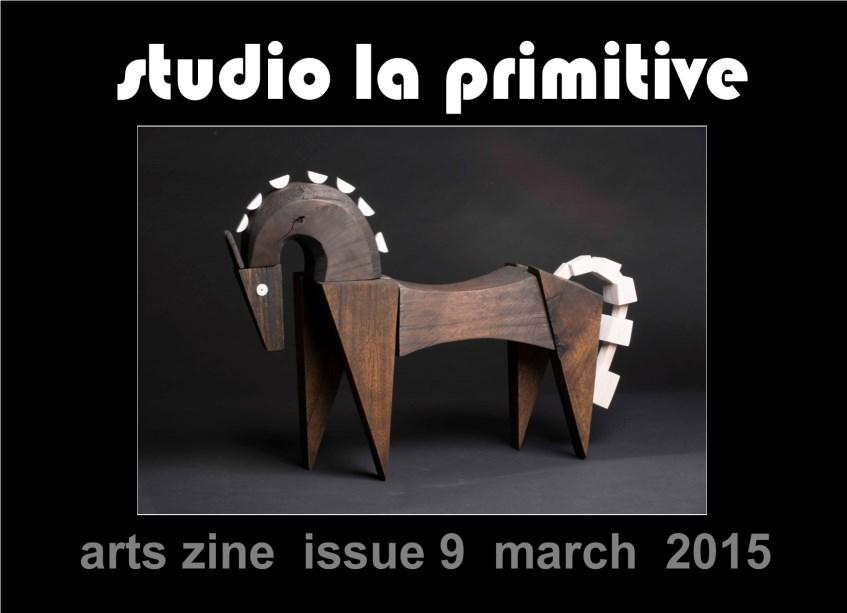
T U D I
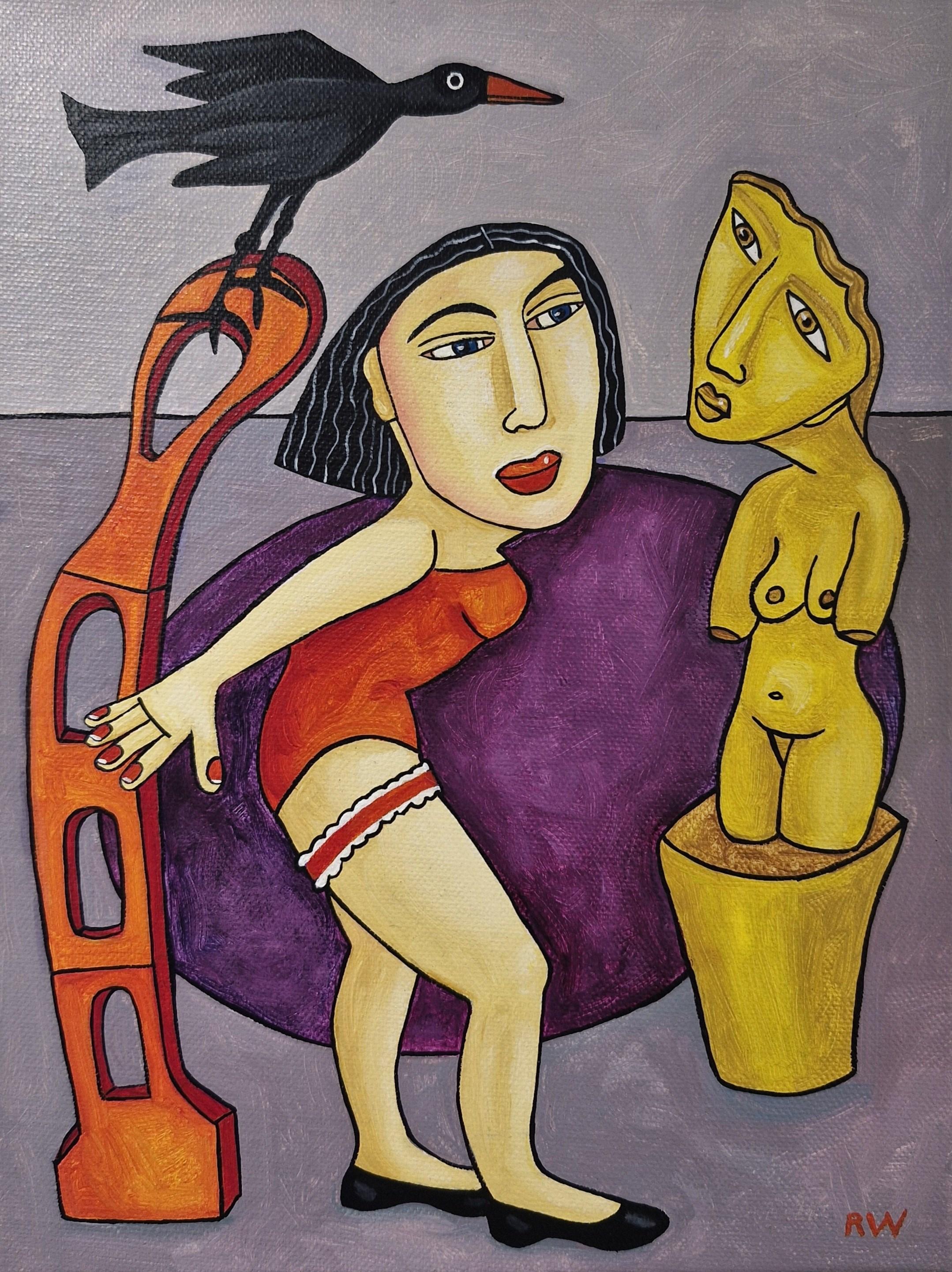
L A P R I M I T I V E


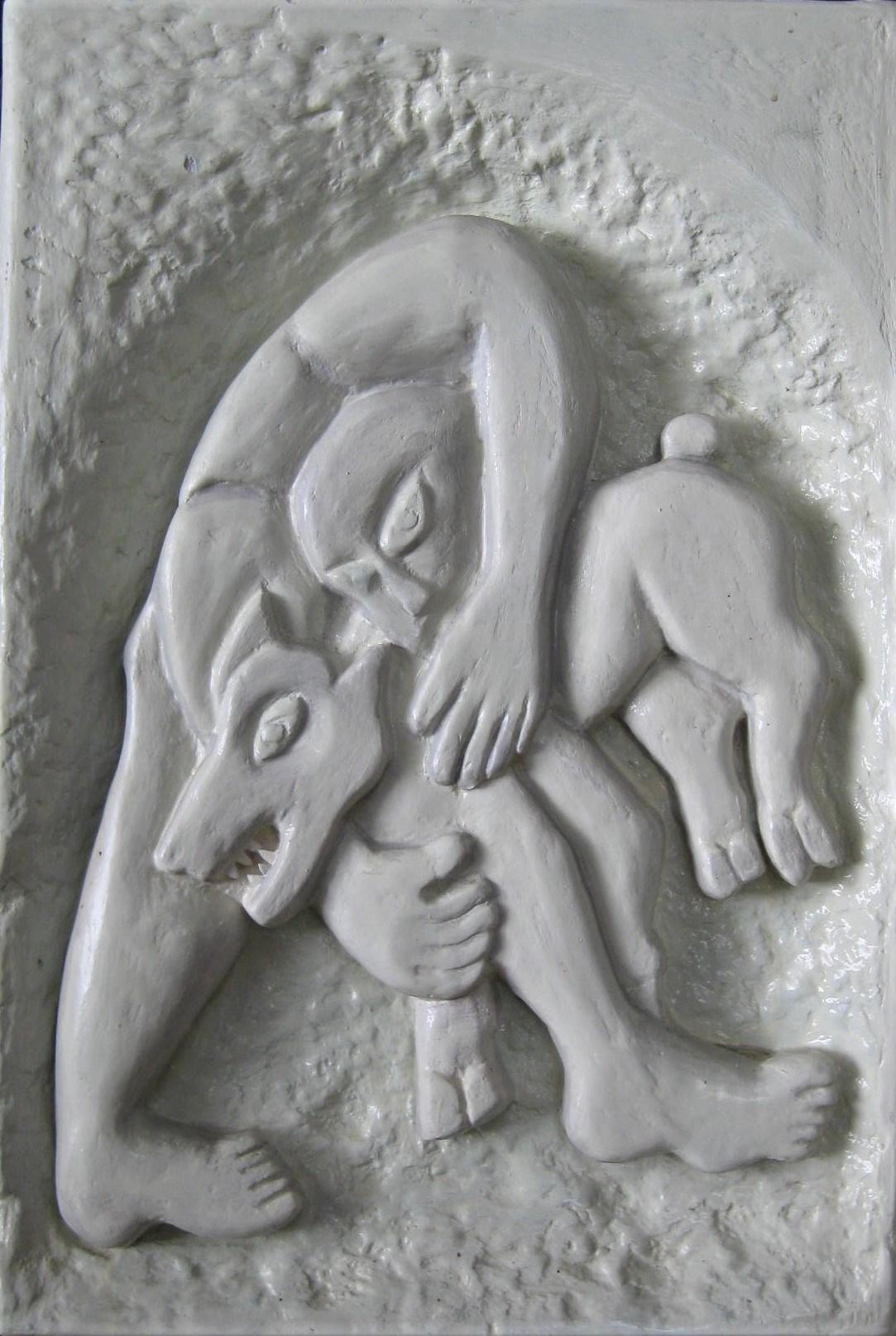


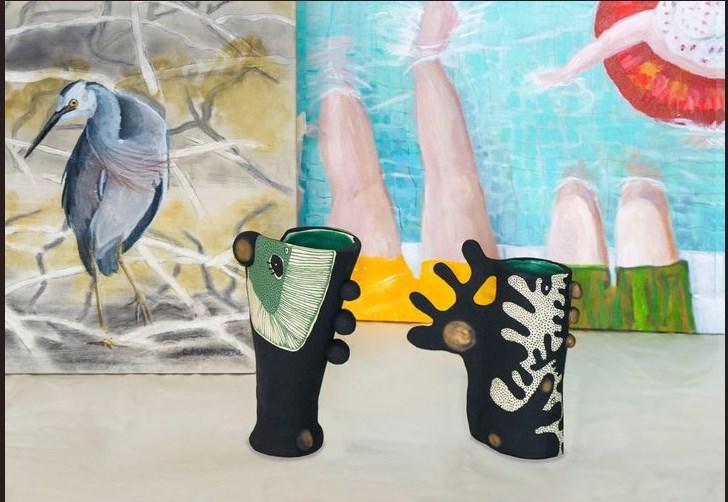
Velda
Newcastle Studio Potters Inc.
Annie Palmer & Jenni Gander

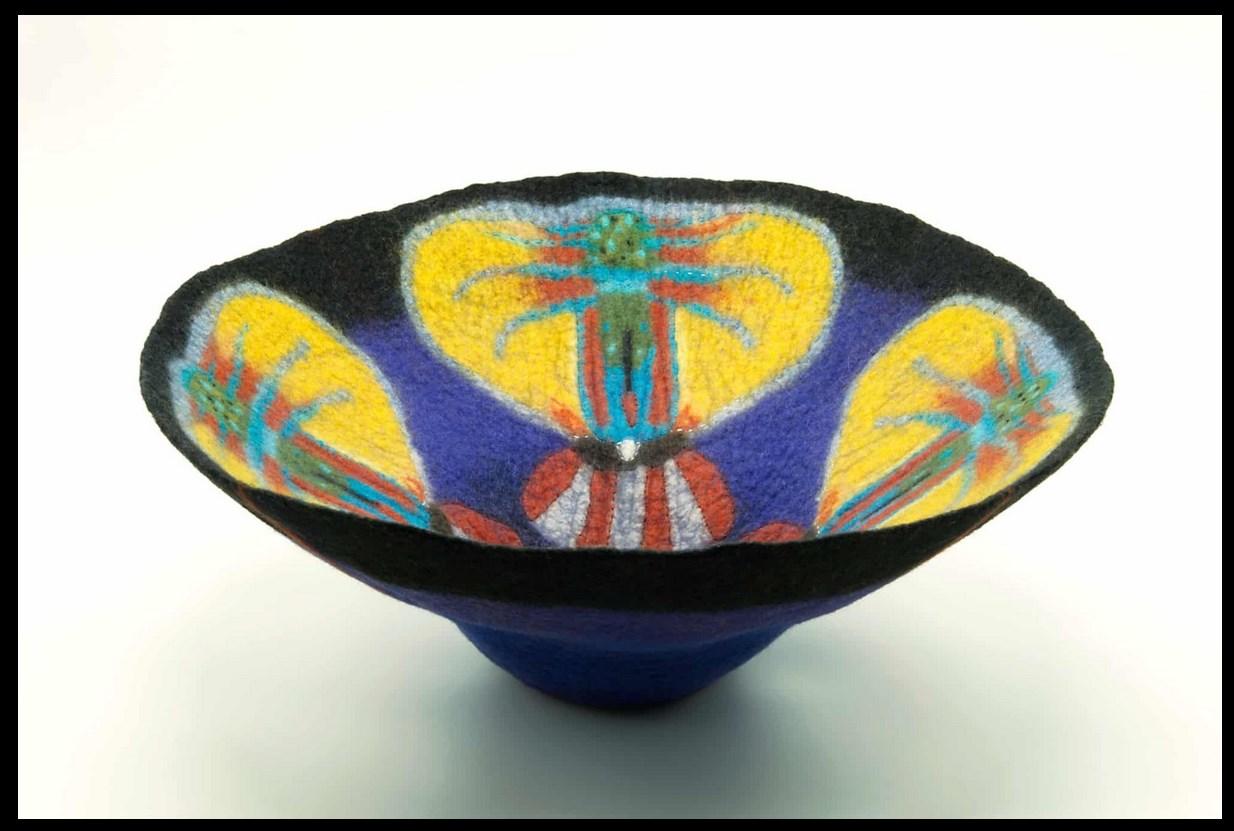
90 Hunter St. Newcastle, NSW. https://timelesstextiles.com.au/



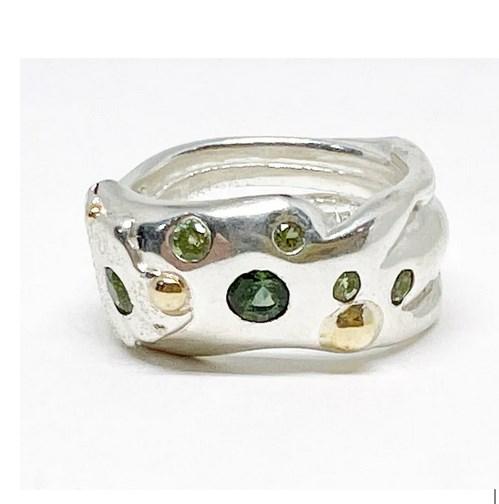
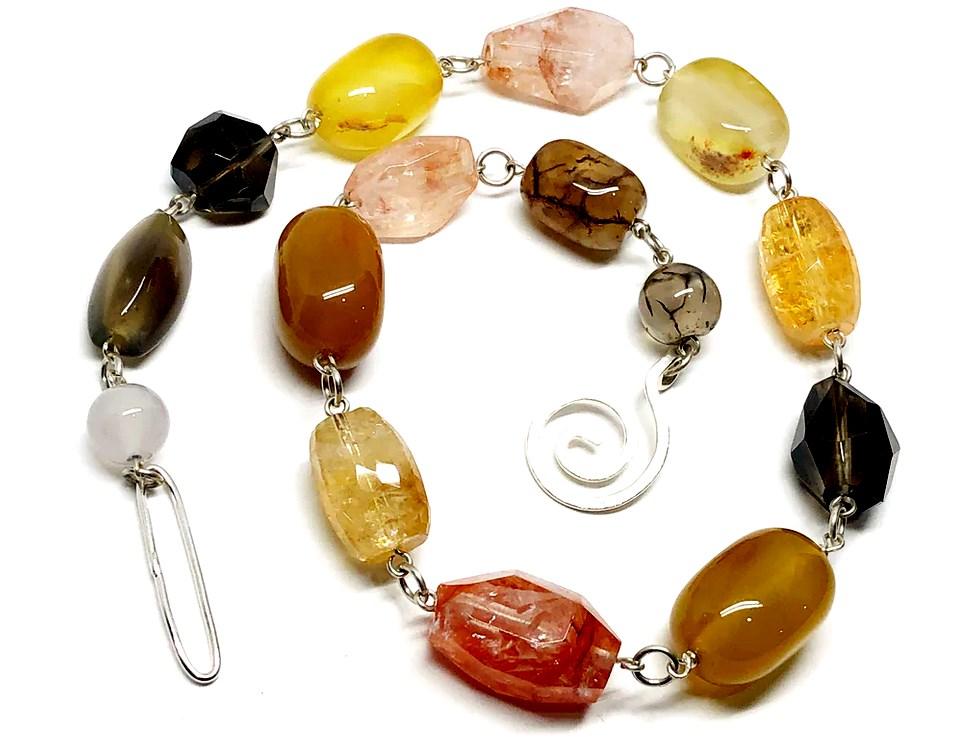
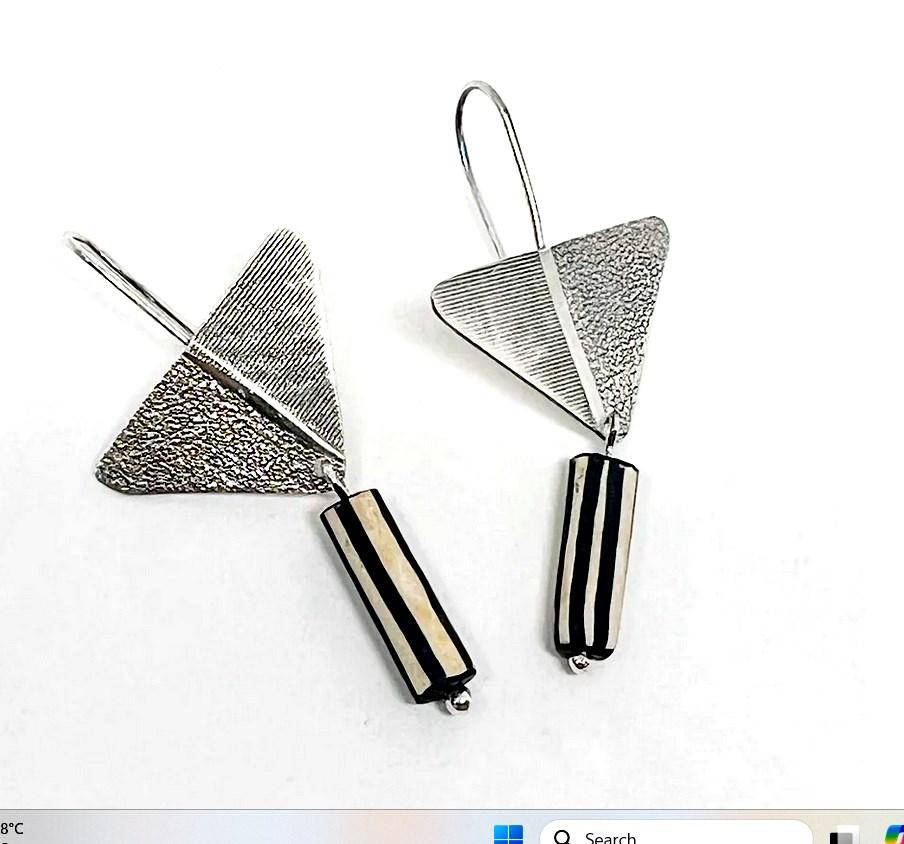


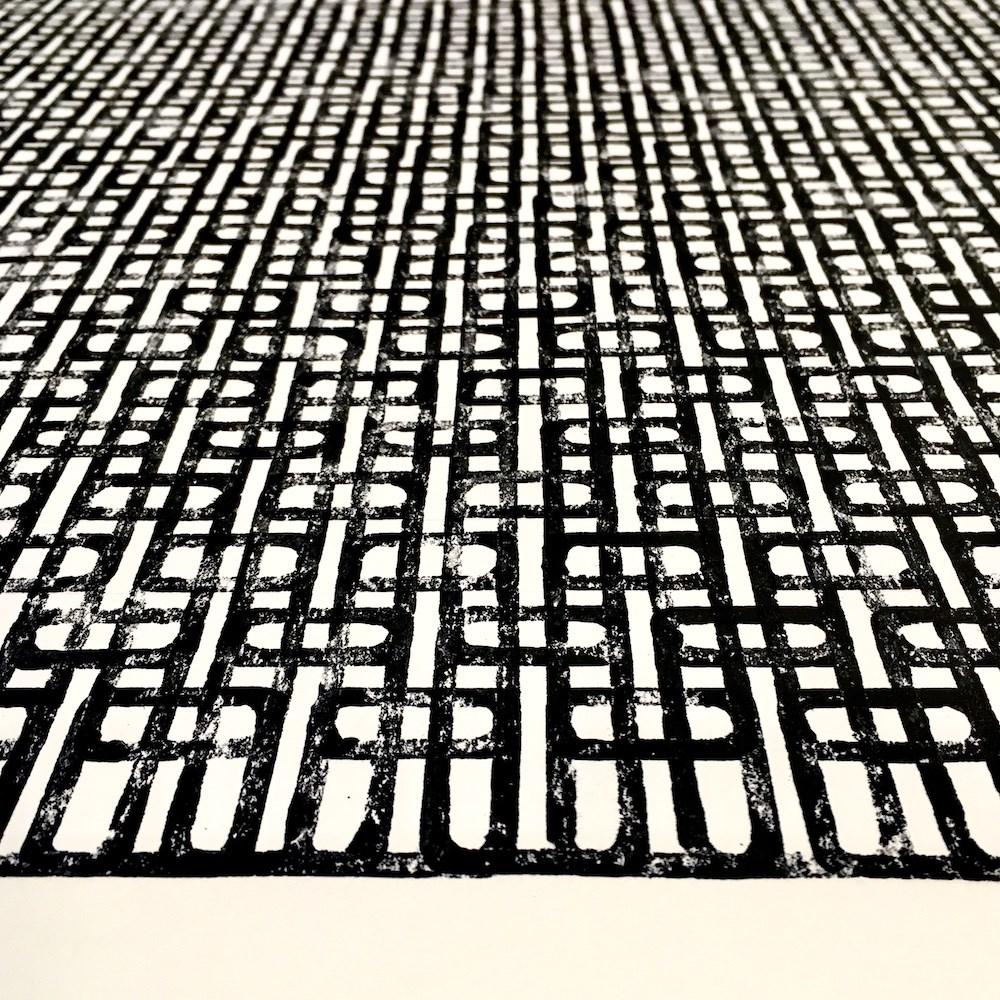
S T R A I T J A C K E T S T R A I T J A C K E T
12 October - 3 November
Raphe Coombes
Graham Wilson
9 November - 1 December
Benjamin Paul Gallagher
Stephen Brameld & Jay Staples
7 December 2024 - 31 January 2025
Summer Salon

1 - 23 March 2025
Ellie Kaufmann


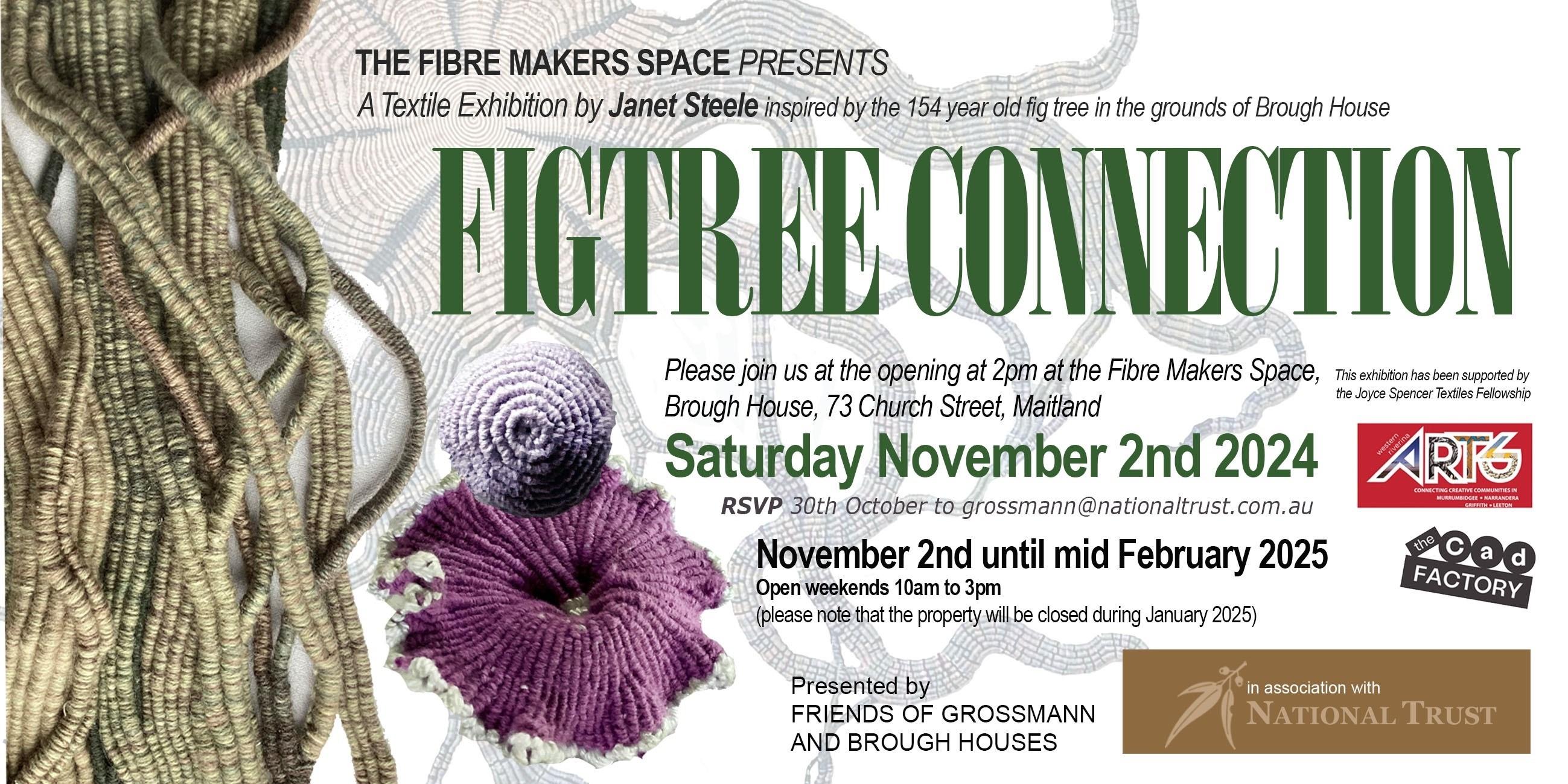

Lorraine Fildes and Robert Fildes.
Art and the Rhinoceros - There are over three hundred Rhino images in this book.
Whether in the ancient past or in the present the rhinos are always represented as huge, powerful and solitary animals. The book includes paintings, drawings, woodcuts, etchings, rock carvings and sculptures of the rhino all depicting the power of the animal.
These images of the rhino range from early civilisations such as in China, Roman Empire, Indus civilisation in Pakistan/ India area and from Southern Africa down to current day images of paintings and sculptures produced by modern day artists.
The text indicates where you may find these wonderful images as well as the websites of the artists concerned, the caves where the rhino images have been found and the places where posters use the rhino image.
There are very few of these magnificent wild animals left in the world, so unless they are protected and managed, artistic images will soon be the only viewing option.
Rhino Images – Art and the Rhinoceros, First Edition, 2017, is available for download at The Rhino Resource Centre web site.
Direct Link : http://www.rhinoresourcecenter.com/index.php?s=1&act=refs&CODE=ref_detail&id=1518479271
Page 226 : White Rhino crash at Whipsnade Zoo, England. Image: Robert Fildes © 2019.
J U L I E H U T C H I N G S

J U L I E H U T C H I N G S